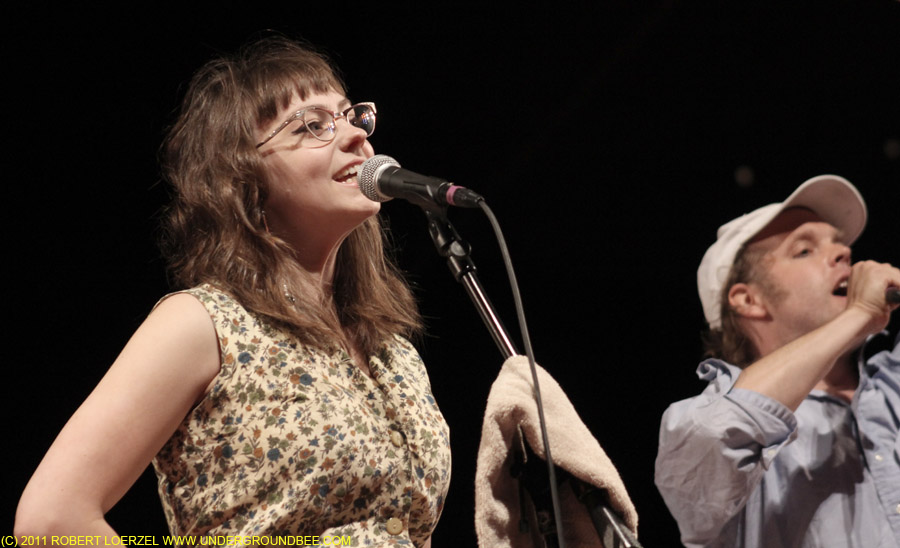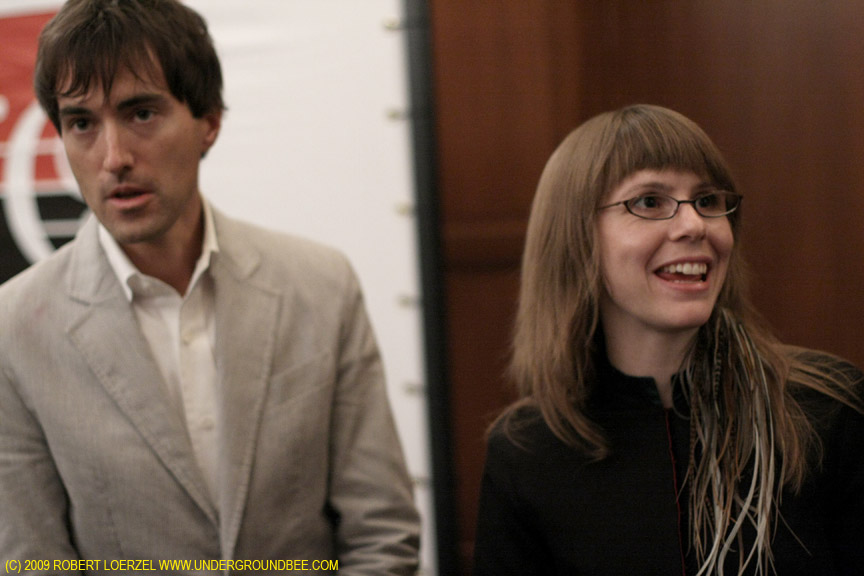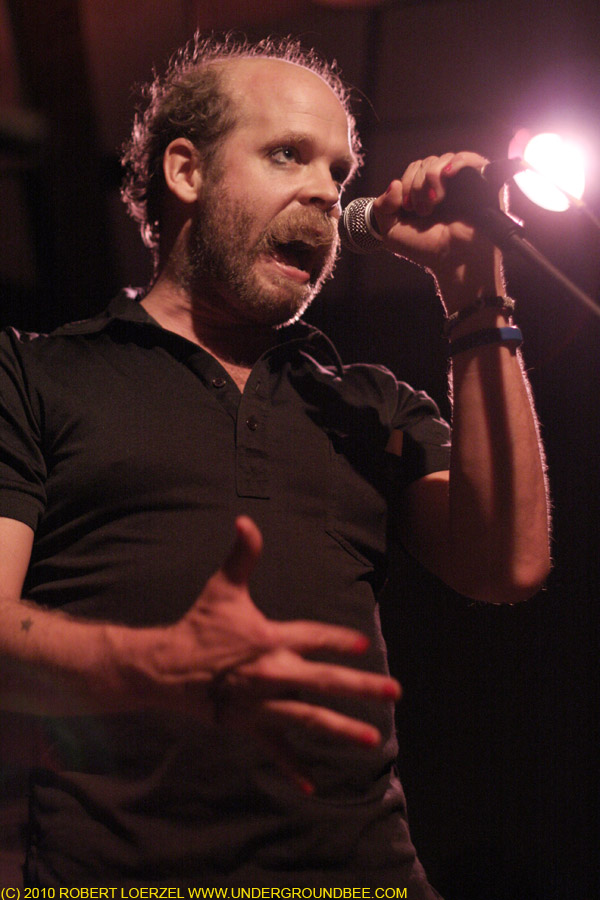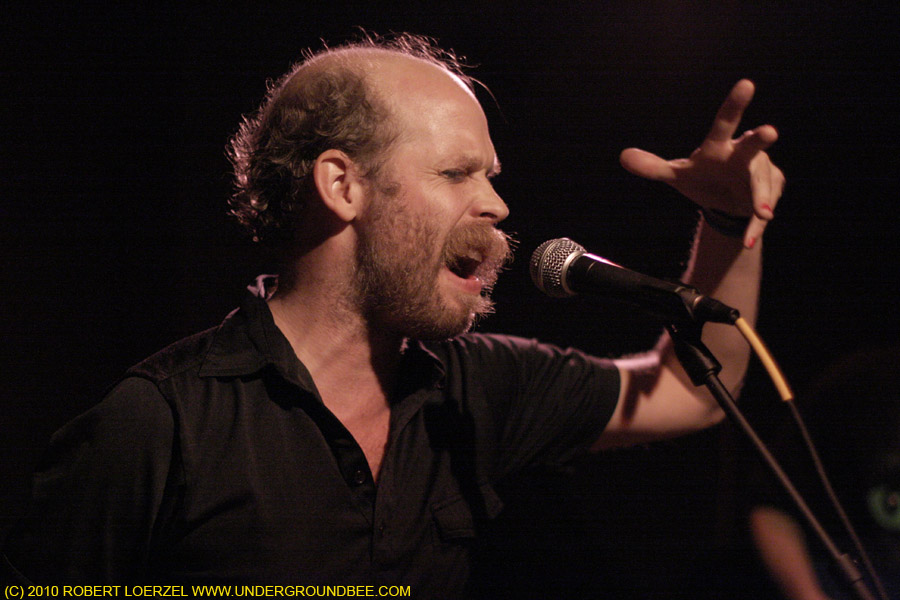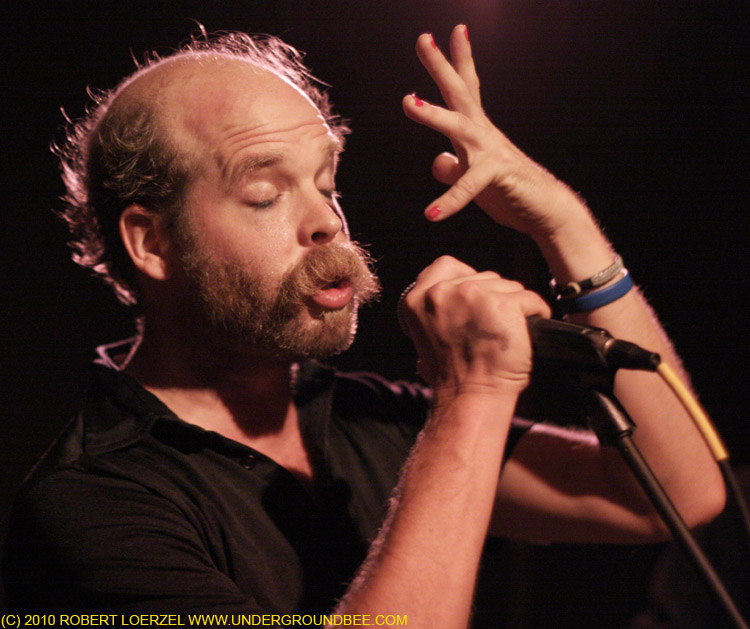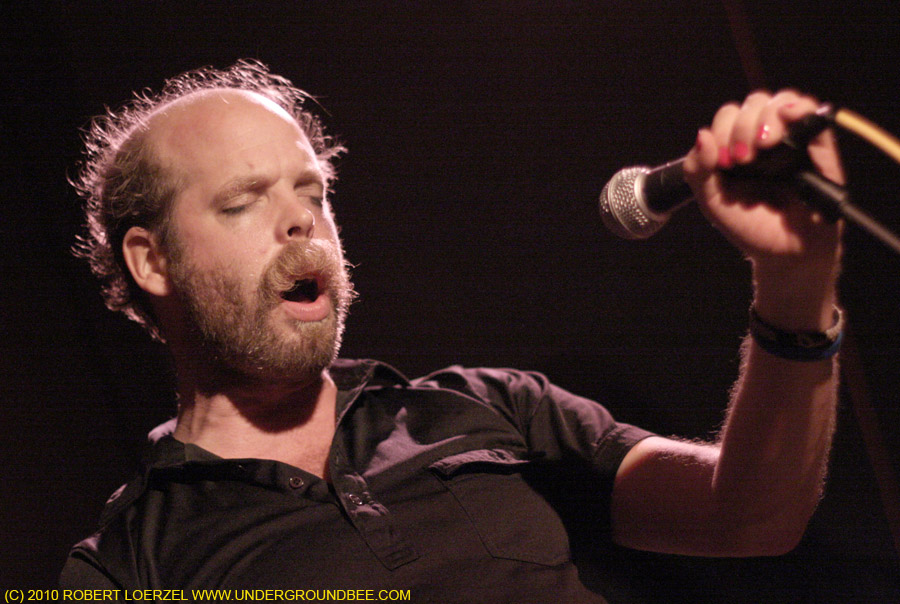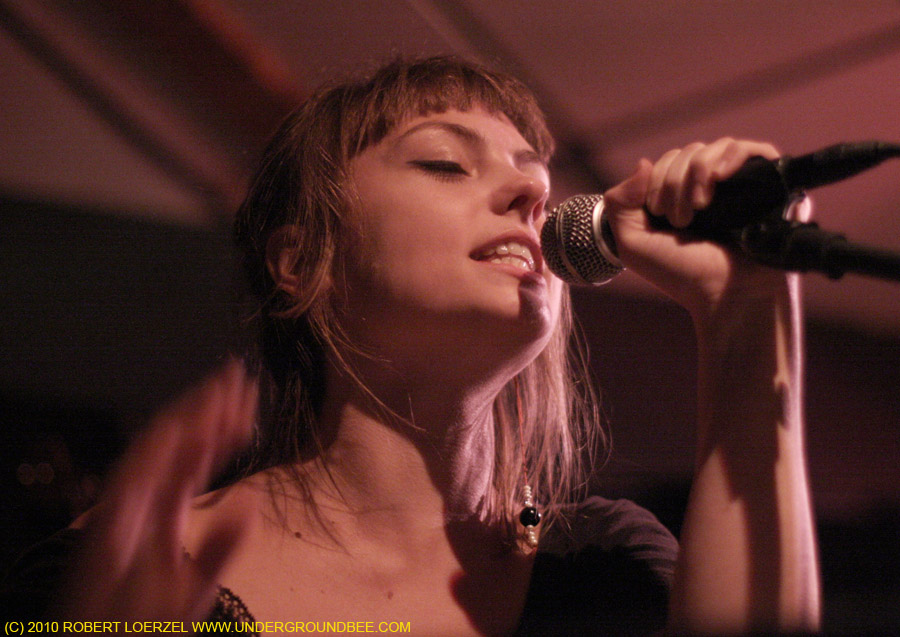Superchunk at the Hideout Block Party/A.V. Fest
Photos of Superchunk performing Sept. 7, 2013, at the Hideout Block Party/A.V. Fest.
Related: Recap of the festival and photos of more bands / Photos of Neko Case / Photos of Mavis Staples / Photos of Girl Group Chicago
Jeff Parker-Nels Cline Quartet
Jeff Parker and Nels Cline, two virtuoso guitarists who are fluent in both jazz and rock, played together Aug. 8 at the Jay Pritzker Pavilion in Millennium Park. Backed by drummer Frank Rosaly and bassist Nate McBride, they played their version of the 1964 avant-garde jazz album The Turning Point by pianist Paul Bley, Sun Ra saxophonist John Gilmore, bassist Gary Peacock, and drummer Paul Motian. You didn’t have to be familiar with the original to appreciate the subtle and terrific playing by Cline, Parker, Rosaly and McBride.
Big Star’s Third in Concert

Back when I discovered the music of Big Star as a college student, my first impression was that the band’s first two albums, #1 Record and Radio City, were overlooked classics, while its third album, Third (Sister Lovers), was a weird mess. But then Rykodisc’s 1992 reissue of that troubled Third opened my ears to what a majestic collection of music it truly was. Over the years, it has grown in my estimation considerably, so that it stands together with Big Star’s other album as a masterpiece. Another remastered version, with a different track sequence, was included in the 2009 Rhino box set Keep an Eye on the Sky. I’m most accustomed to the 1992 Rykodisc version, but one of the things that makes Third so fascinating is that there really is no one definitive version.
It’s a shame that Big Star’s Alex Chilton never performed the whole record live with the string accompaniment it needs. But since Chilton died in 2010, a group of his colleagues and admirers has put together a concert version of Big Star’s Third. It made its Chicago debut on Friday (June 28) at Park West. The driving force behind this project was Chris Stamey of The dB’s, working together with Mitch Easter of Let’s Active, Ken Stringellow of the Posies (who played in the latter-day reunited Big Star), and, of course, drummer Jody Stephens, the only surviving member of Big Star.
As the concert visits each city, it brings in some local musicians to fill out the lineup. The Chicago edition featured locals Sally Timms (Mekons), Ed Roeser (Urge Overkill), Tim Rutili (Califone), Josh Caterer (Smoking Popes) and saxophonist Ken Vandermark as well as Gary Louris (the Jayhawks) and Amy Speace. The touring band included singers Django Haskins, Brett Harris and Skylar Gudasz; and a chamber orchestra. (Gudasz also played flute in the chamber orchestra and performed a short opening set of her delicate piano ballads.)
Like the original record, the concert was messy and imperfect. At a few moments, the guest singers flubbed lyrics. (Rutili seemed unfamiliar with many of the words he was tasked to sing.) But at many other moments, Chilton’s haunting and strange music sounded glorious. Stephens, whose drumming parts were a crucial ingredient in making Big Star’s songs so memorable, stepped out from behind the drums to sing “Blue Moon” and “For You,” a song that he wrote. At the climax of Third, most of the musicians who’d played over the course of the evening crowded onto the stage for a rousing “Thank You Friends.”
The concert didn’t end there. The ad hoc group played several more Big Star songs, as well as three of the songs that Big Star’s Chris Bell recorded as a solo artist, and the one radio hit that Alex Chilton had during his career, the Box Tops’ “The Letter.”
Big Star’s music, which was almost completely overlooked when it came out in the 1970s, now feels like it has the respect it deserved all along.
Watch for the new documentary, Big Star: Nothing Can Hurt Me (opening at the Music Box in Chicago on July 13), with a soundtrack album featuring newly mastered versions of Big Star songs and some previously unreleased versions.




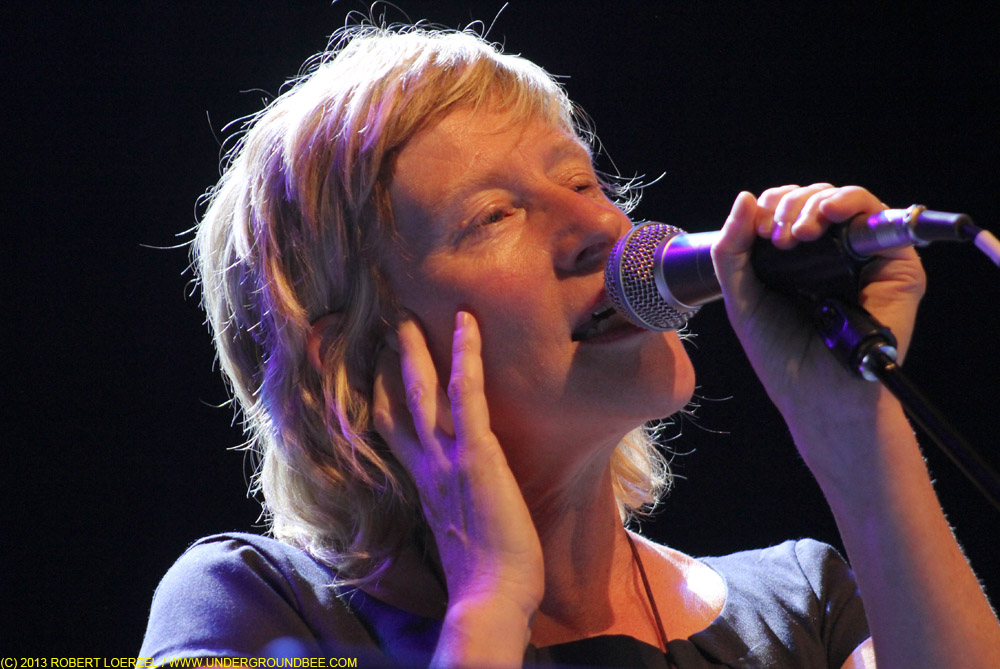
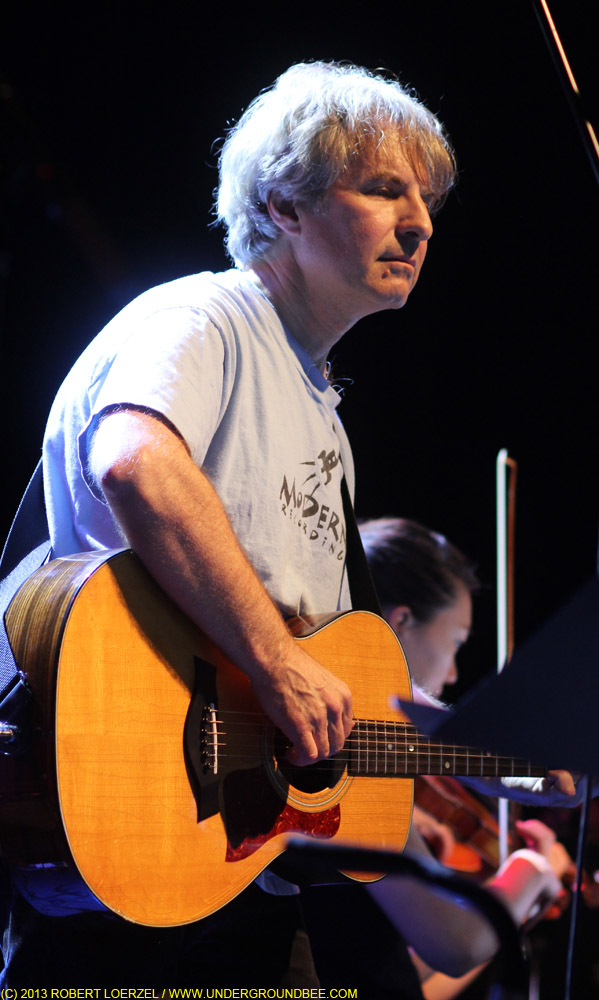
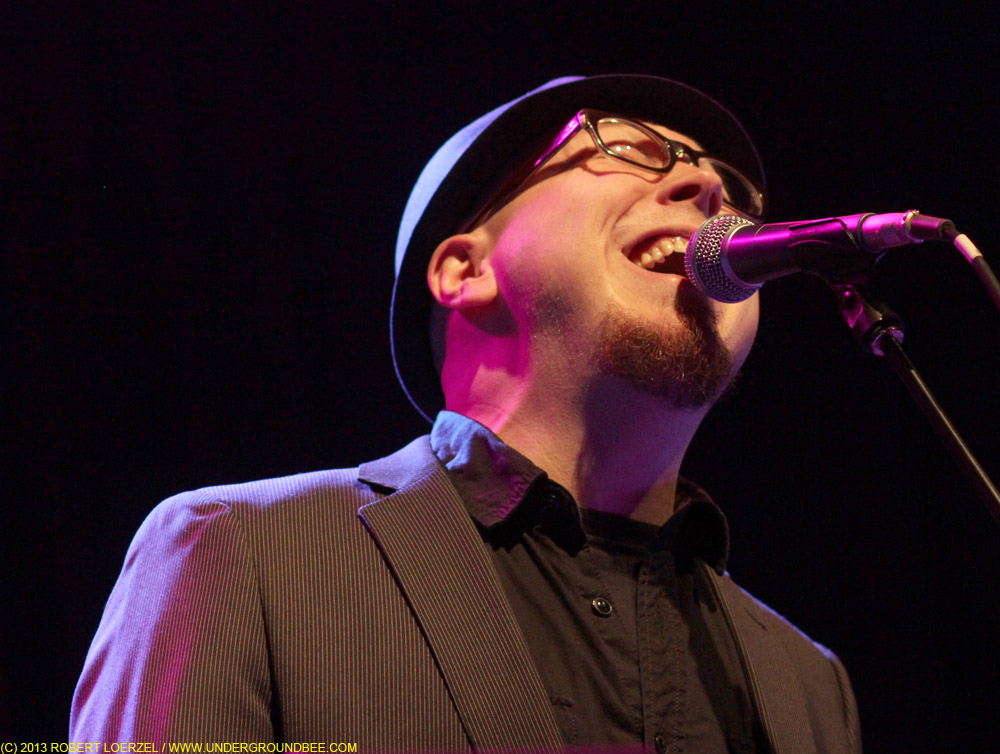




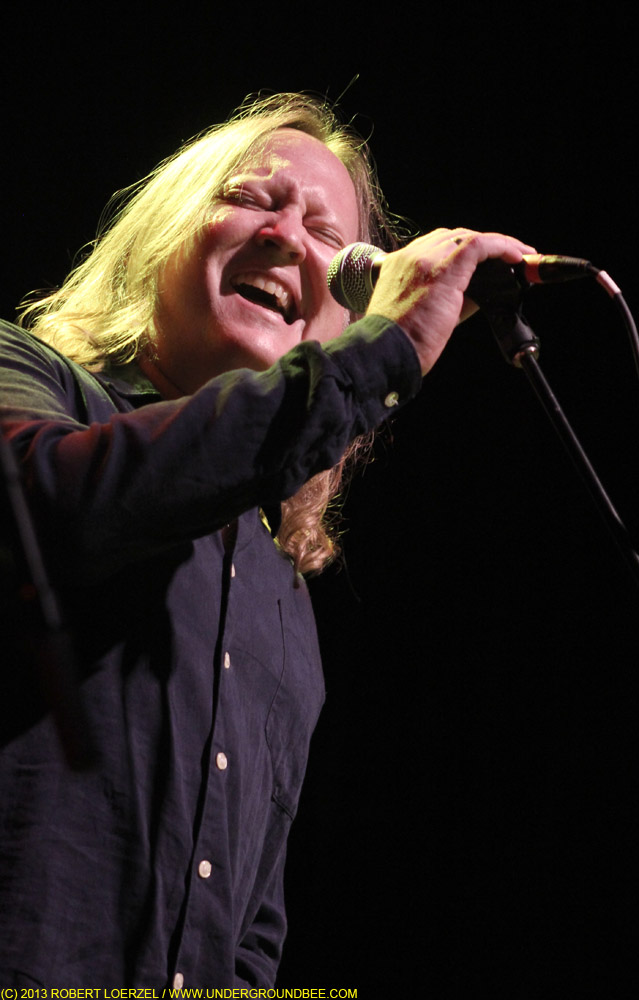



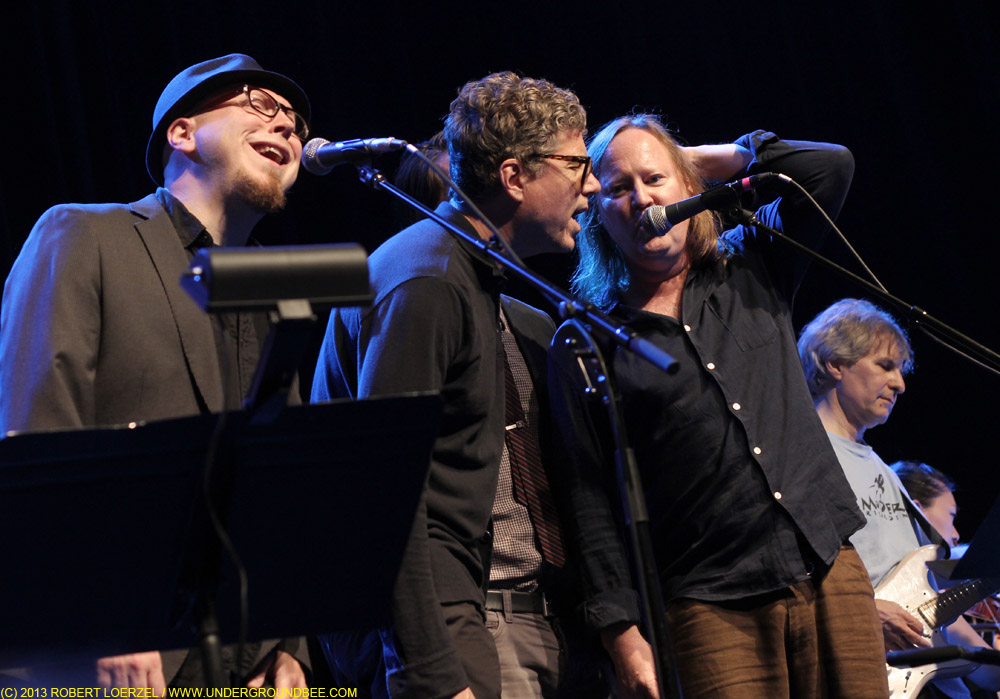




The Bats at Schubas
Some bands really make you wait. The Bats, a New Zealand band that formed in 1982, went for 19 years without visiting Chicago. The previous time they played here was a 1994 gig at the late, lamented Lounge Ax nightclub. The group stopped recording for a while, but then came back together in 2005. But New Zealand is a long way from Chicago, and so, the group’s local fans had to make do with listening to the studio records. Until Sunday (June 9) — when the Bats made their triumphant return.
Schubas was the venue this time, and the show sold out just shortly before the Bats began playing. The room was packed with a who’s who of Chicago’s most stalwart concertgoers and record-store clerks. And the Bats’ set list was packed with 22 songs stretching from the band’s first record, Daddy’s Highway (1987), to the most recent, Free All the Monsters (2011). It was wonderful to hear those clean, jangly guitar lines meshing together and those catchy vocal melodies — sounding like the 1960s by way of the 1980s.
Robert Scott, the Bats’ main singer, kept his face hidden in the shadow of a baseball cap all night. Scott’s onstage personality was low-key, but bassist Paul Kean was exuberant. The whole quartet, which also includes guitarist-singer Kaye Woodward and drummer Malcolm Grant, clicked as a musical unit. And the fans loved it. The Bats promised they’d be back in Chicago faster this time. Let’s hope it doesn’t take another 19 years.
The opening act Sunday at Schubas was the Chicago band Magic Gloves, and they proved to be a great match with the Bats. Three of the Magic Gloves traded off on lead vocals, and the songs made a very strong first impression. Definitely a group I look forward to hearing and seeing again.
Bill Callahan at Garfield Park Conservatory
Bill Callahan’s been quiet lately, revealing no sign yet of a follow-up to his 2011 masterpiece Apocalypse. The beguilingly odd singer-songwriter made a welcome return to Chicago on Monday (May 6), playing at an unusual venue — the Garfield Park Conservatory — in a concert booked by Land and Sea Dept., which featured tap dancer Flat Foot as the opening act. As Callahan took the stage and looked out at the sold-out venue filled with about 400 fans, Callahan laconically remarked, “There’s a lot of people here. You look like trees.” And then, appropriately enough, he began with a song about trees. “There’s sap in the trees if you tap ’em,” he sang, beginning the concert with “Sycamore,” from his 2007 album Woke on a Whaleheart.
Callahan was in top form, stretching out his songs for emphasis at key moments, turning around phrases from his lyrics like incantations coming to him in a fever. Although the music was a far cry from Van Morrison’s, Callahan and the two players accompanying him on Monday achieved a mystic flow that occasionally evoked Morrison’s famous musical prayers. Guitarist Matt Kinsey, who played on Apocalypse and toured with Callahan in 2011, offered a sort of call-and-response to Callahan’s vocals, reeling off tiny guitar solos squeezed between the lyrics. There was no drummer this time, just Kinsey and bassist Jaime Zuverza. As a result, much of the music was wonderfully rubato (“intentionally and temporarily deviating from a strict tempo”).
Callahan was more talkative than he has been at the previous concerts I’ve seen, showing a dry sense of humor. When he asked for more vocals in his monitor, a fan called out that the mix sounded great. Callahan replied, “It sounds different up here. Just so you know. Two different worlds. Trying to merge them into one.”
Callahan — who is known for his understated stage presence — later remarked: “A security guard asked me tonight if there’d be any Justin Bieber action. I’m doing my part. The rest is up to you.”
Callahan played one song from his early years when he recorded under the name (Smog), “Our Anniversary” from the 2003 album Supper, saying that he’s surprised people still want to hear him play it, but that he’ll keep playing it as long as fans request it.
He included two covers in his set: Percy Mayfield’s 1950 soul classic “Please Send Me Someone to Love” and Jim Jackson’s 1928 blues song “Old Dog Blue.” As he sang that old tune about a dog, a cat scampered along a nearby wall into the conservatory’s Horticulture Hall. In one quiet — practically silent — moment in between songs, Callahan noted the sound of a passing L train.
And after the main set finished and Callahan’s fans responded with enthusiastic applause, Callahan returned to the stage with his band and began strumming the chords to his 2011 song “Riding for the Feeling.” But before singing, he talked over the music for a bit, speculating on what life was like in 1908, when the Garfield Park Conservatory opened. He imagined how early people had to wake up for work back then. “Right after they got off stage, they got up … and were grinding their wheat for their breakfast,” he said — and then finally began singing lyrics that felt like the perfect way to end the night: “It’s never easy to say goodbye/To the faces/So rarely do we see another one/So close and so long…”
SET LIST: Sycamore / Universal Applicant / The Wind and the Dove / Drover / Please Send Me Someone to Love / Baby’s Breath / One Fine Morning / Old Blue / Our Anniversary/ Too Many Birds / ENCORE: Riding for the Feeling
Hogan and Samarov at the Hideout
Kelly Hogan returned on Sunday night to the venue she calls her favorite — Chicago’s Hideout, of course. It was another outstanding performance by Hogan, featuring most of the songs on her 2012 album I Like to Keep Myself in Pain as well as No, Bobby Don’t and the Magnetic Fields’ “Papa Was a Rodeo.” Here’s my video of that song:
Hogan’s band for this gig was essentially The Flat Five, a group she performs with occasionally, although Casey McDonough and Nora O’Connor switched on their usual instruments — he played guitar while she handled bass duties — and the drummer was original Flat Five-r Gerald Dowd rather than current member Alex Hall. During the long encore, McDonough, O’Connor, Dowd Scott Ligon each took a turn at the microphone. It was like a mini-Flat Five set. (For a full one, check them out June 8 at Space in Evanston.)
The opening act was Dmitry Samarov — the author, painter and former cabdriver, whom I profiled for the Chicago Reader in 2011. Among his many creative endeavors, Dmitry recently released a CD called Blue Light, featuring his readings of stories accompanied by improvised jazz by guitarist Bill MacKay, drummer Charles Rumback and bassist Daniel Thatcher. The four of them took the Hideout stage on Sunday and made music and stories together, with the laid-back vibe of a guy recounting stories to you in a bar. Well, I guess that’s actually what this was. You can hear the studio recordings — and buy the CD — at http://samarov.bandcamp.com. I especially enjoy the story “Charles Bronson.”
Shoes and Green
The Shoes have been making great power pop since 1975, though the band has largely gone unnoticed by the public at large. They’ve kept at it, however, even if their recording and concert pace has been pretty sporadic for the past couple of decades. The group, which originally formed in Zion, Ill., re-emerged last year with a fine record of new songs called Ignition, while the Numero Group reissued some of the band’s early records and the Real Gone label released 35 Years: The Definitive Shoes Collection 1977-2012.
Amid this resurgence of activity, Shoes finally got around to playing a local concert last night (May 4), performing at FitzGerald’s in Berwyn.
It was the first time Shoes had played a Chicago-area concert since a 2007 gig in Millennium Park. (I was there for that show, too.) When they played six years ago, I wrote that “they did not sound the least bit rusty,” and that was just as true last night. Shoes sounded quite sharp as they delivered shiny guitar riffs, catchy vocal melodies and harmonies, and the new songs from <i>Ignition</i> stood up quite well alongside great oldies like “Tomorrow Night.” An enthusiastic bunch of Shoes fans filled the room, clearly delighted when the Shoes came back for two encores.
The opening act was another excellent Chicago-area band that seldom performs, Green, who made the superb 1987 album <i>Elaine MacKenzie</i>, among other fine recordings. I’m not sure when their last gig was, but I had managed to see Green only once before — at Phyllis’ Musical Inn, something like 24 years ago. The band was in top form on Saturday at FitzGerald’s, and the Green fans clustered near the front of the stage seemed ecstatic to be seeing this band on a stage again after all these years. In additional to old Green songs, the band played covers of two Buzzcocks tunes and one by Nick Drake — a somewhat odd choice, but a good indication of the band’s range of influences.
eighth blackbird with special guests
The worlds of classical music and indie rock have been intersecting in some interesting and exciting ways lately. I get the sense that certain musicians and composers feel completely free to cross over the old genre boundaries — if they even recognize that such boundaries exist. Several of these category-defying artists came together this past week for two concerts at the Museum of Contemporary Art Chicago.

Top billing went to Chicago’s eighth blackbird, a chamber ensemble that champions contemporary classical music (or “new music,” if you will). But the group’s guest performers — Shara Worden, Bryce Dessner and Nico Muhly — were a big draw, perhaps explaining why the concerts sold out.
Dessner and Muhly both wrote pieces that eighth blackbird played during the concert, but they also sat in with the ensemble during other pieces, performing like integral members of the team. (Afterward, on his blog, Muhly wrote: “it’s always a pleasure to interfere in their patterns.”)
Worden, who performs her singular style of rock under the name My Brightest Diamond, is also a classically trained singer and composer — and that pedigree came in handy as she took on the role of the soprano for two movements of David Lang’s “Death Speaks,” which has just been released on CD. It was delicate and mournful music, with sublime singing by Worden giving it a strong emotional undertow.
The concert also featured playful moments, including the opener: Tristan Perich’s aptly titled, “qsqsqsqsqqqqqqqqq,” which used three toy pianos and electronics to create an undulating, mind-bending pattern of notes. Eighth blackbird member Lisa Kaplan wrote three piano pieces for four hands and played them alongside Muhly, their arms crossing but never tangling.
Dessner, best known as a member of The National, wrote a set of four “Murder Ballades” for eighth blackbird, and this was the U.S. premiere of that suite. Dessner drew on old folk songs for his material, and it did sound distinctly American, with woodwinds and strings taking over for the human voices that might have announced tragic crimes via the folk-music medium in the 19th century.
Muhly wrote his composition, “Doublespeak,” for eighth blackbird in 2012 as a contribution to a festival honoring Philip Glass. It echoed the cycling arpeggios and looping melodies that are Glass’ trademark, without sounding like a slavish imitation.
Appropriately, the concert also included an early Glass composition, “Two Pages” from 1968. Introducing it, eighth blackbird flutist Tim Munro said, “Philip Glass is sort of the grandfather of this entire concert.” He noted that performing “Two Pages” requirers such intense concentration that it feels like “running an ultra-maration,” and that the musicians are really “freaking out” during the piece even if they seems expressionless. That rigorous Glass composition also proved to be something of an ordeal for the audience — harsher and less yielding than Glass’ later music — but it was an impressive feat in its own way.
Throughout the evening I attended (Wednesday, May 1), eighth blackbird and its guest stars played compositions that were equally intriguing and accessible, performing it all at a high level.
Freakwater on the Front Porch
Janet Bean played every Tuesday night in April at the Hideout, except for April 23, when one of her bands, Eleventh Dream Day, had to cancel its gig at the last minute. She played with a different group or configuration of musics each week, culminating this week with Freakwater — the alt-country duo she plays in along with Catherine Irwin. The ever-present guitarist Jim Elkington joined them, adding some nice fills and solos to their acoustic strumming.
The weather was so nice on Tuesday that the Hideout moved the concert out onto its front porch. Not many other Chicago venues could do that, but the Hideout sits in the middle of an old industrial area and it can get away with doing something like this. The outdoor setting added to the friendly, casual vibe. Freakwater hasn’t had a new album since 2005, but Bean and Irwin are working on new songs, and they played a couple of them. They also noted that their 1999 song “Dog Gone Wrong” somehow became popular in Turkey for a while.
And they revealed that Freakwater is working on a collaborative project with Jon Langford and Sally Timms of the Mekons. The combined groups might be called the Freakons, Bean said. Sitting in the crowd, Langford called out another suggestion. “Meekwater!”
Frank Rosaly at the Hideout
The always-inventive Chicago drummer Frank Rosaly has played with many groups of many musical styles, but the sextet Cicada Music is an especially personal project for him. Rosaly is the leader of this ensemble, which has just released its debut album on the Delmark label. The group played April 14 at the Hideout. While Rosaly’s intricate percussion was as remarkable as ever, it was clear from the first note that this was more than just a vehicle for his drumming. These compositions are designed for a full band to explore — and the interplay among the six musicians on the Hideout stage was impressive to behold.
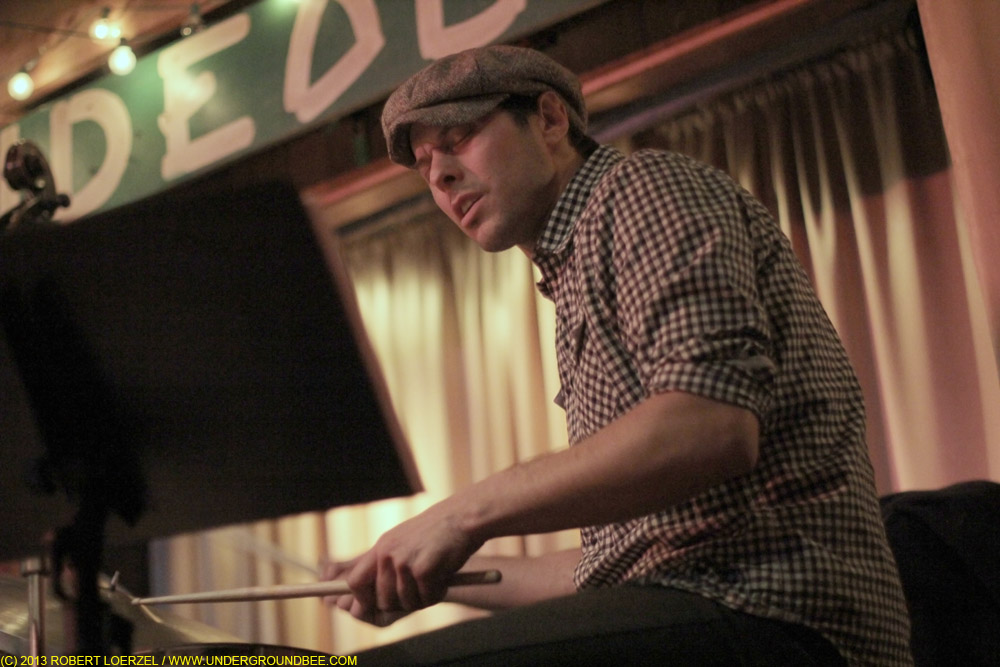
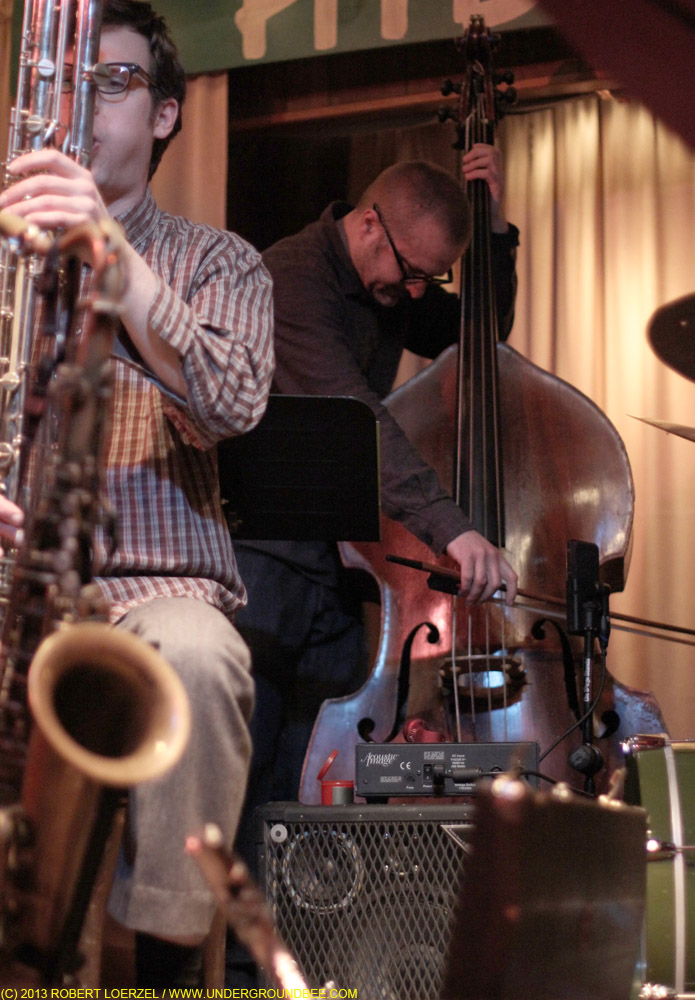
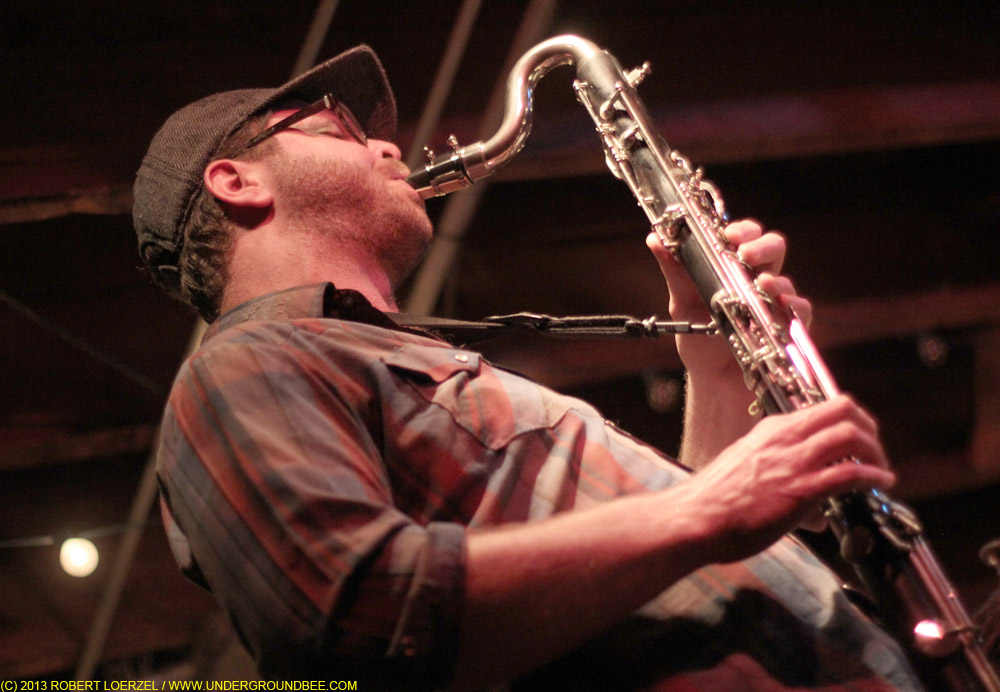
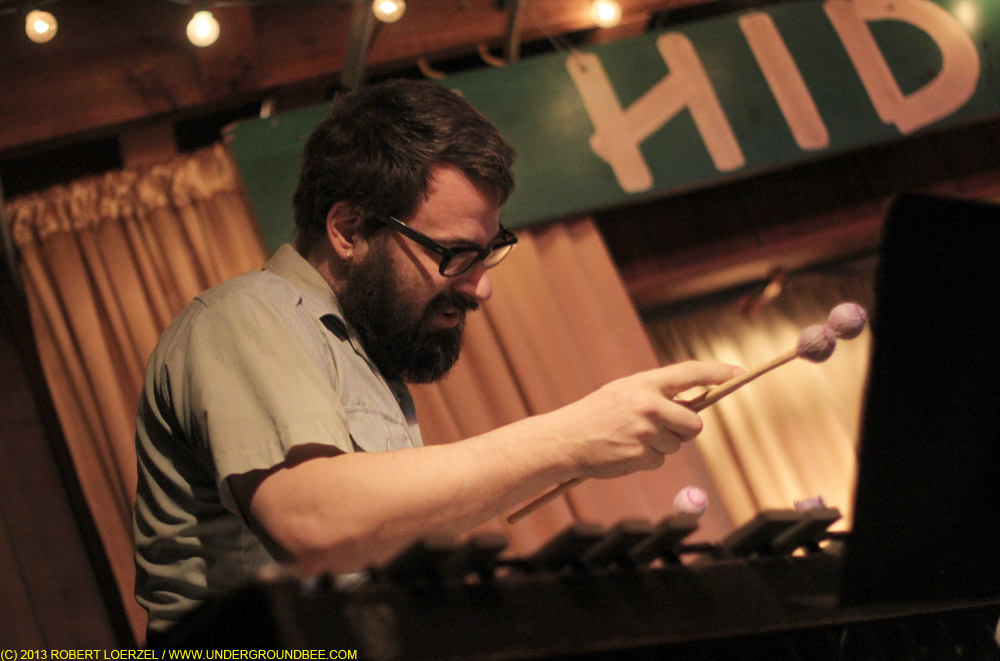
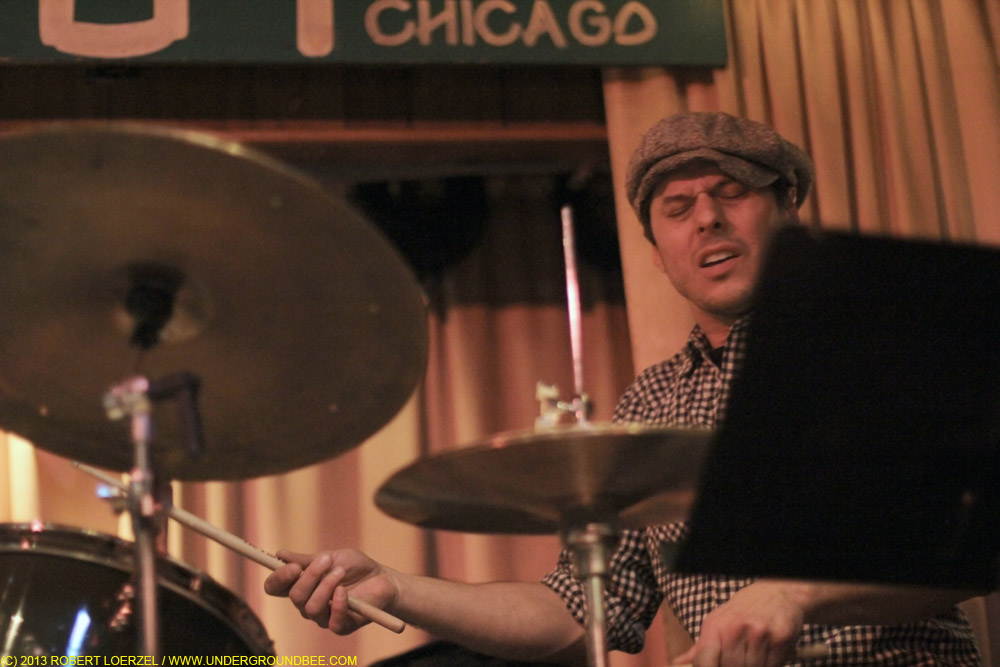
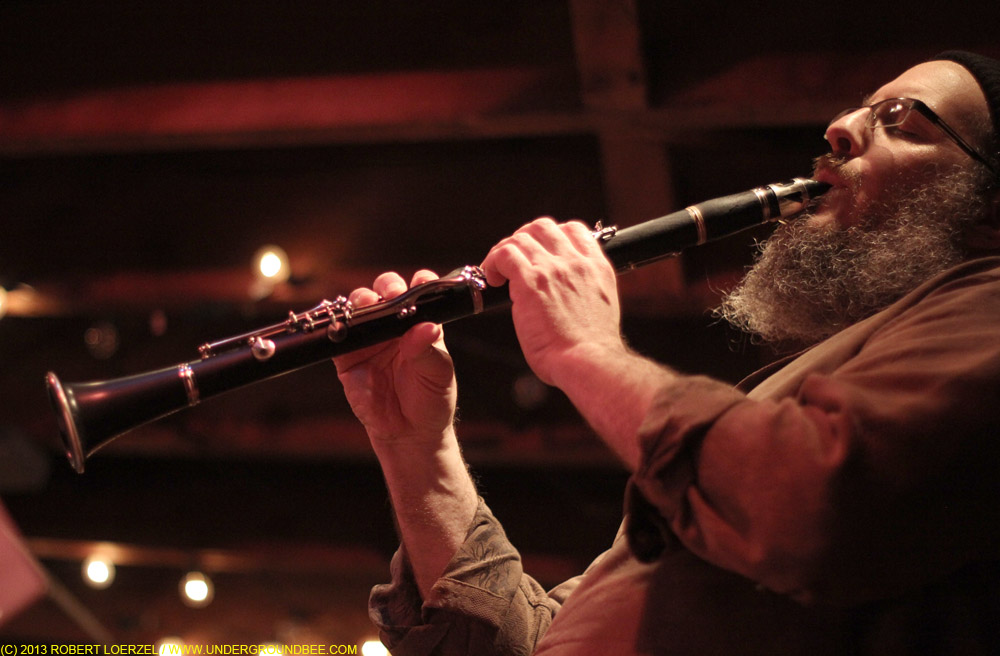
Record Store Day at Laurie’s
Saturday, April 20, was Record Store Day — not just a chance to buy some special-edition records released for the occasion, but also a great excuse to hang out at a record shop and see some free live musical performances. Yesterday, I shopped in at the Numero Group’s pop-up store at Logan Square’s Comfort Station, and also made a brief stop at Saki. But I spent most of the day at Laurie’s Planet of Sound in Lincoln Square, where the atmosphere was unflaggingly festive.
I didn’t catch all of the live music at Lauries, but the afternoon included three wonderful sets: Edward Burch and the Grand Ennui covering the entirety of Michael Nesmith’s 1972 album And the Hits Just Keep on Comin’; the newly signed Bloodshot Records artist Luke Winslow-King playing acoustic blues with able assistance from washboard/horseshoe player and singer Esther Rose; and Chicago’s esteemed Dolly Varden, playing songs from their great new album For A While plus a few older tunes.
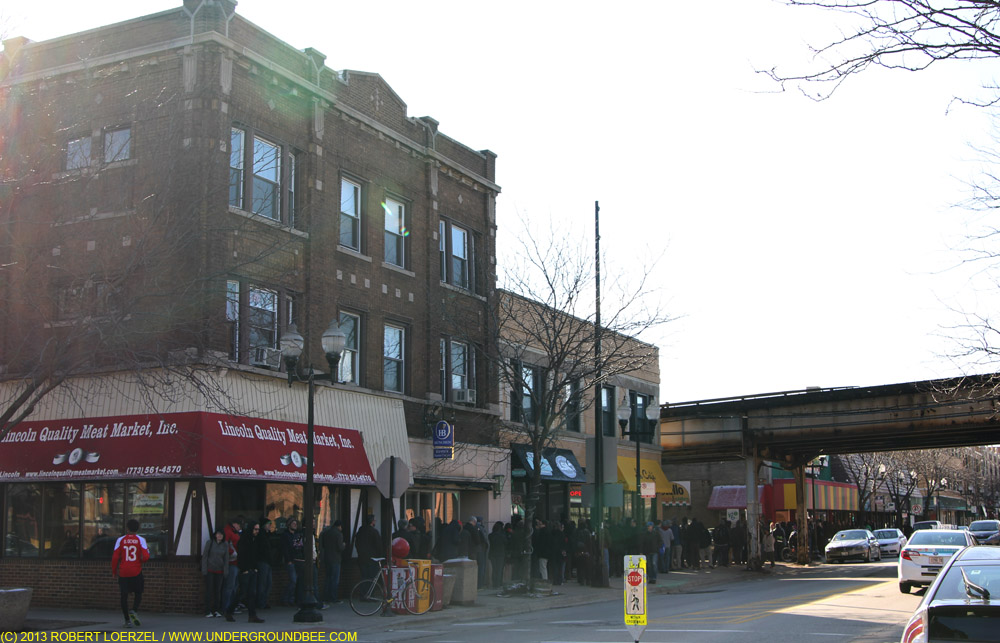
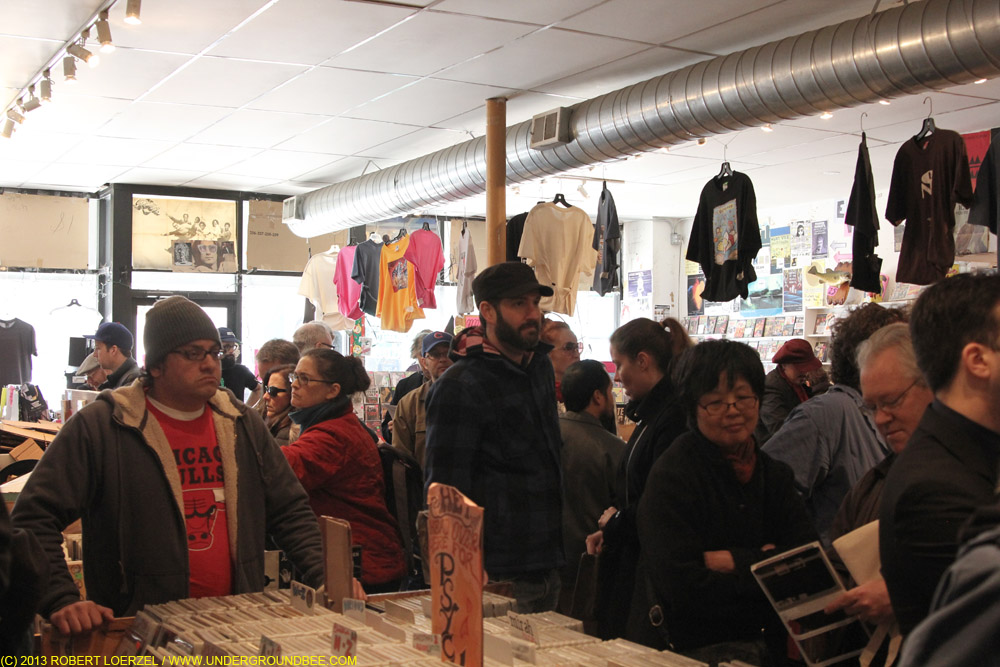

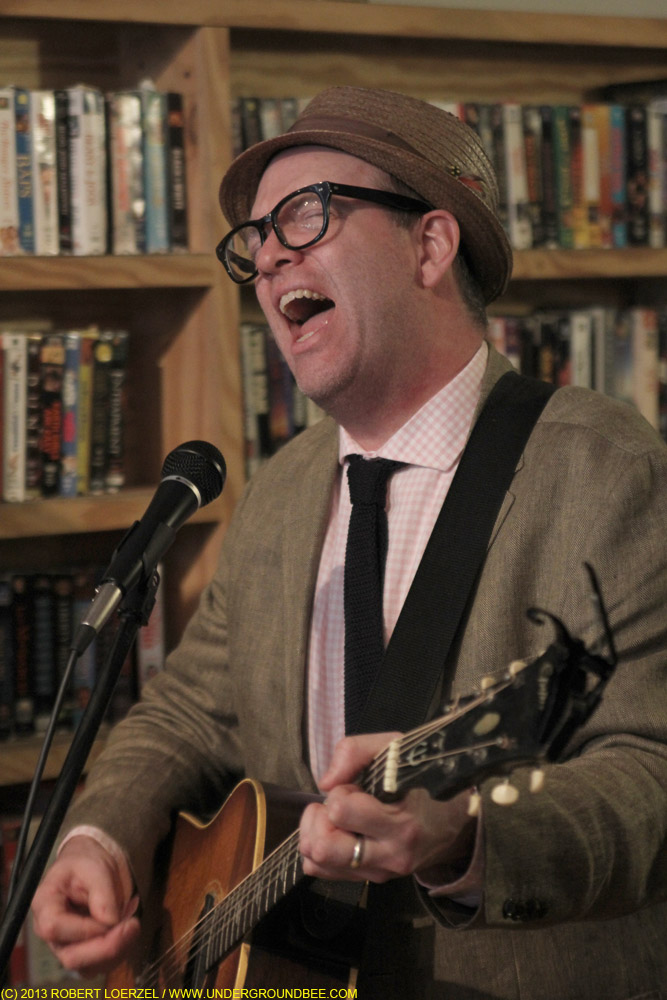
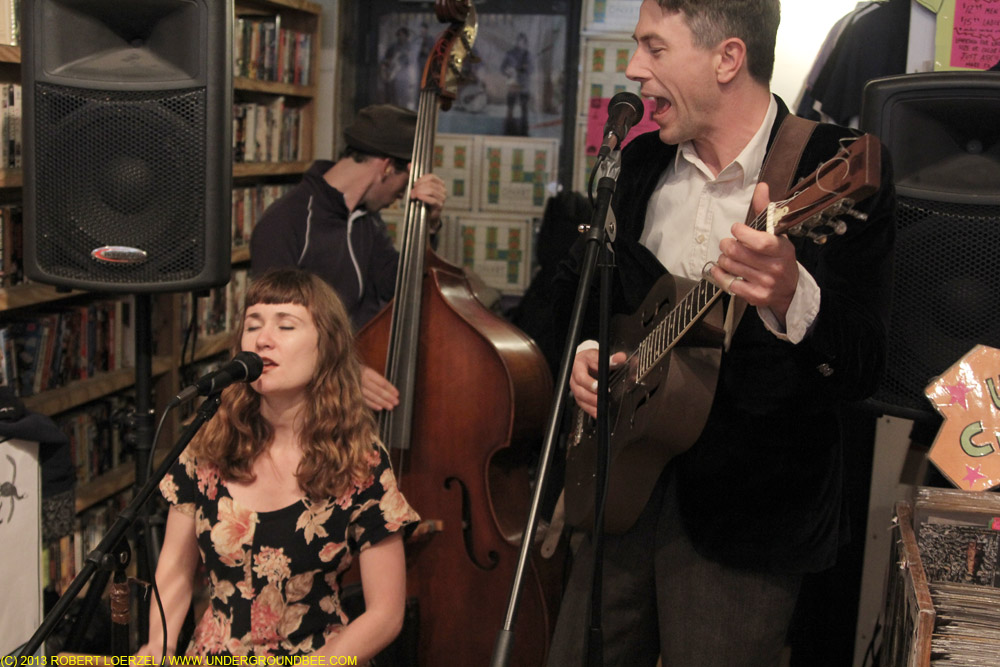
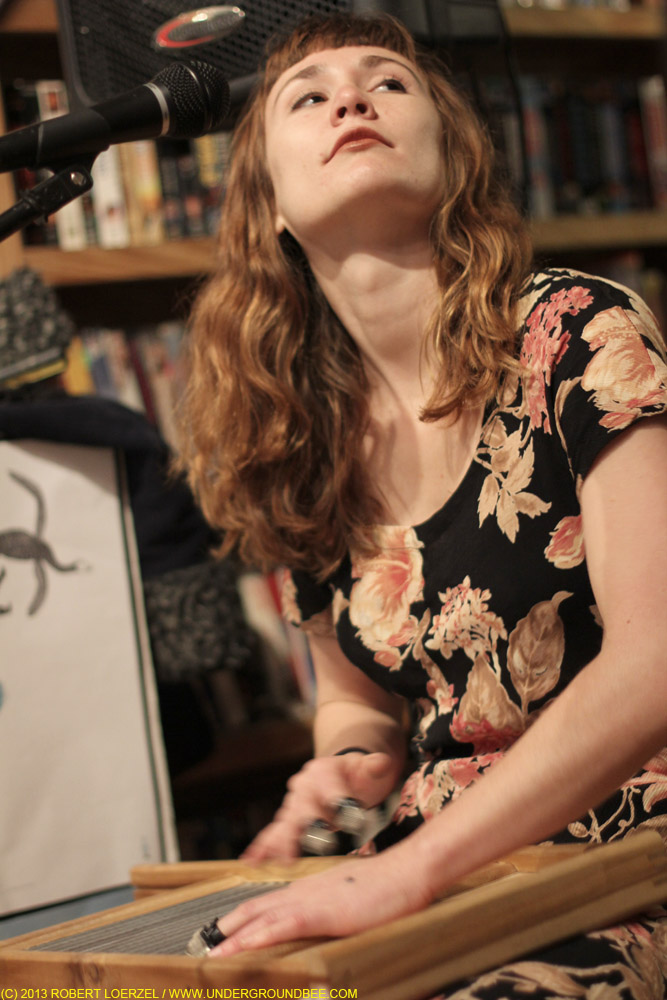
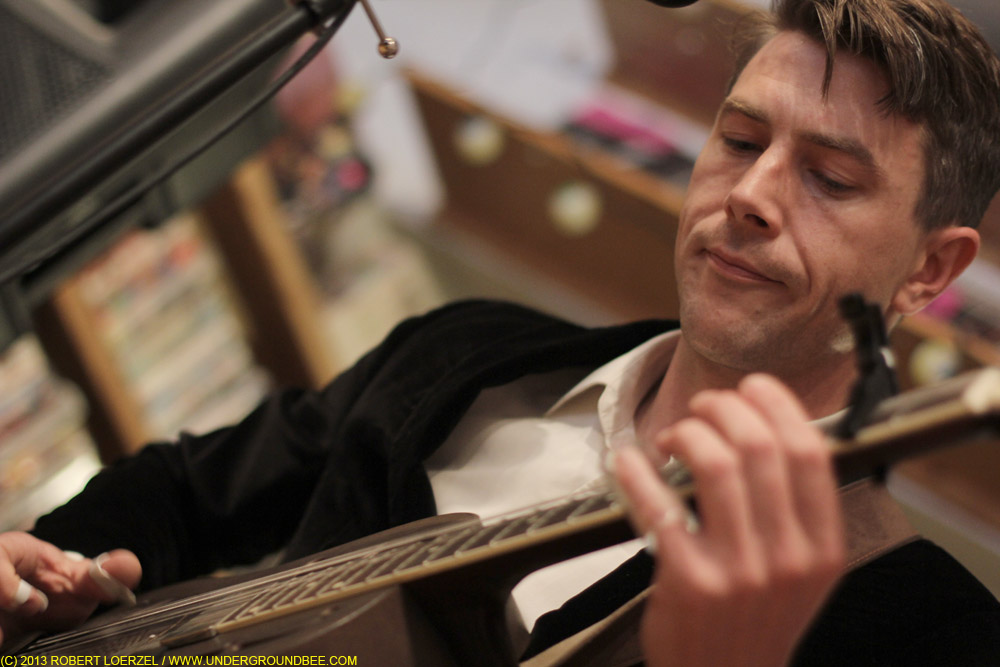
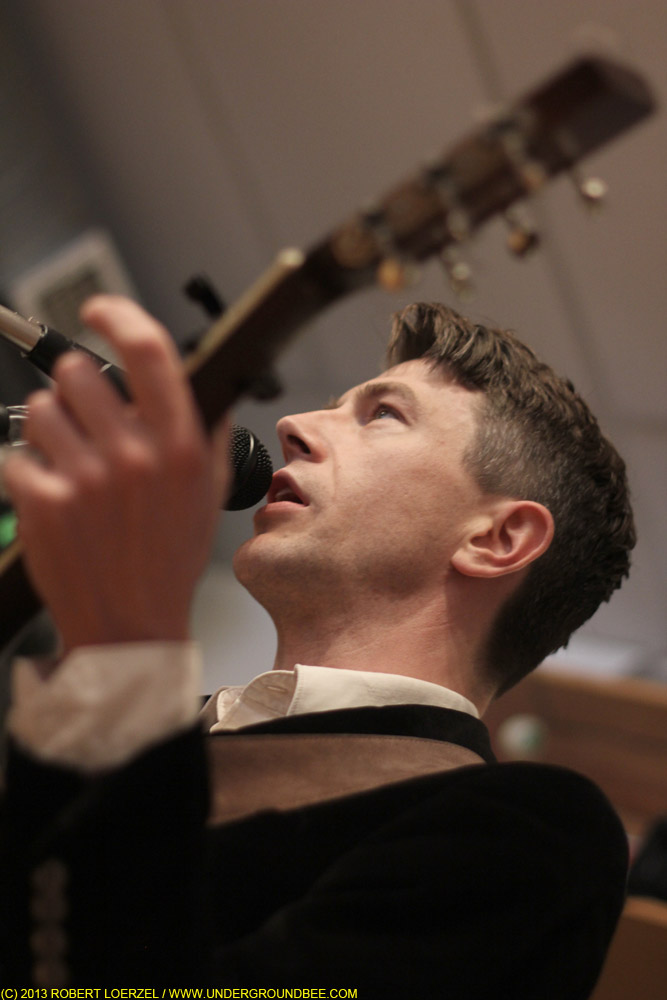
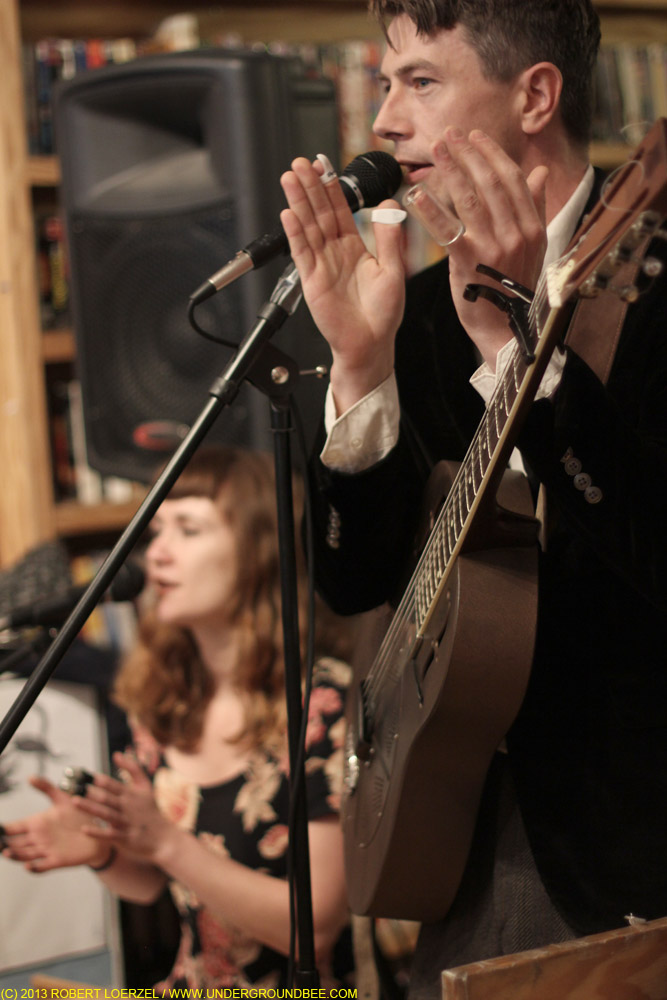
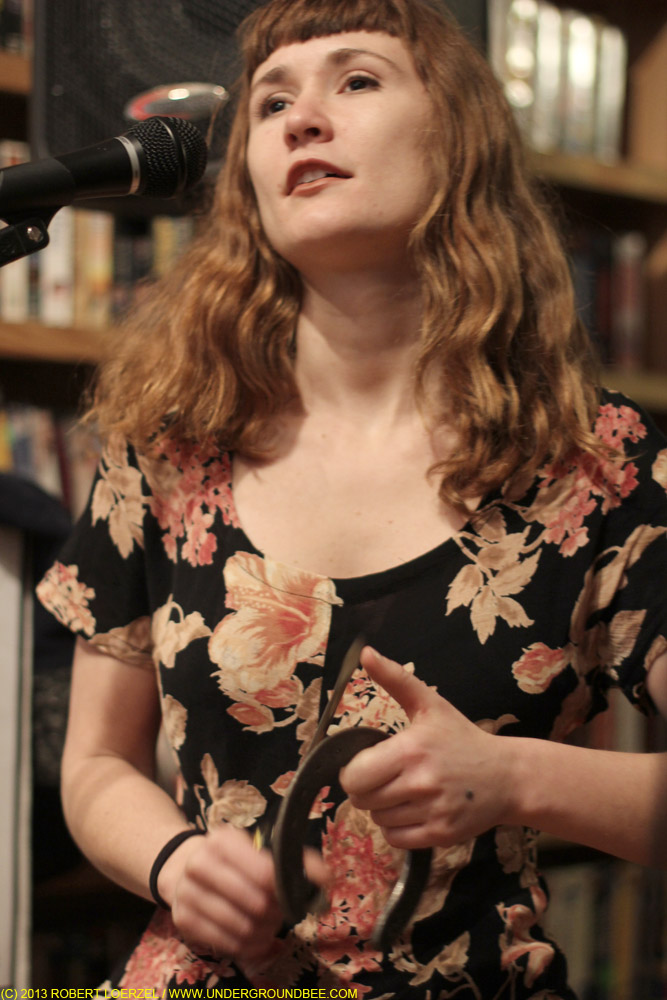
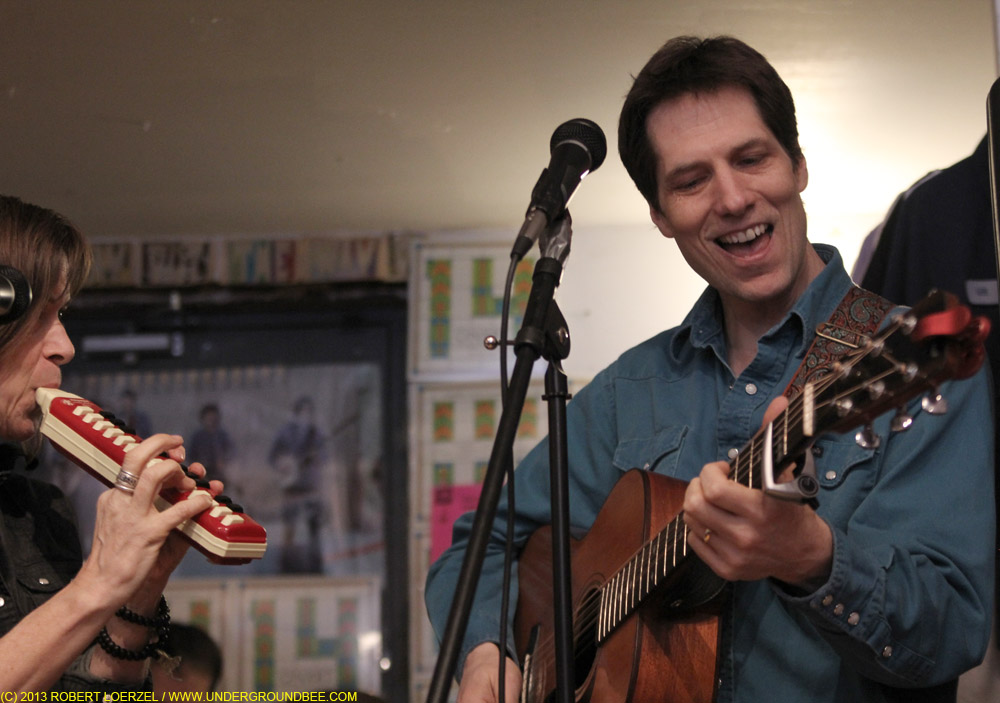
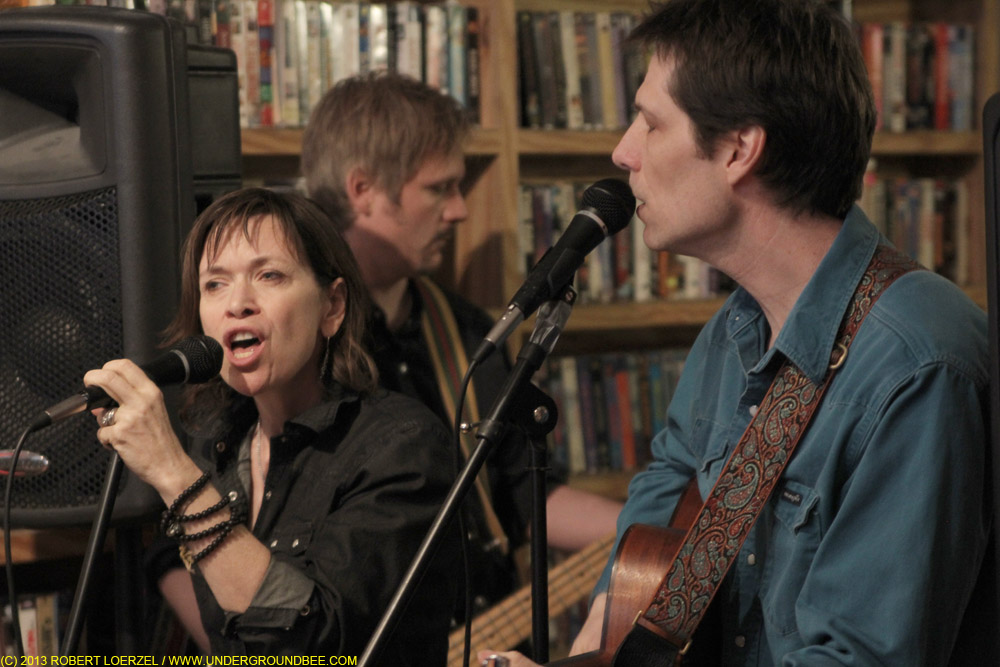

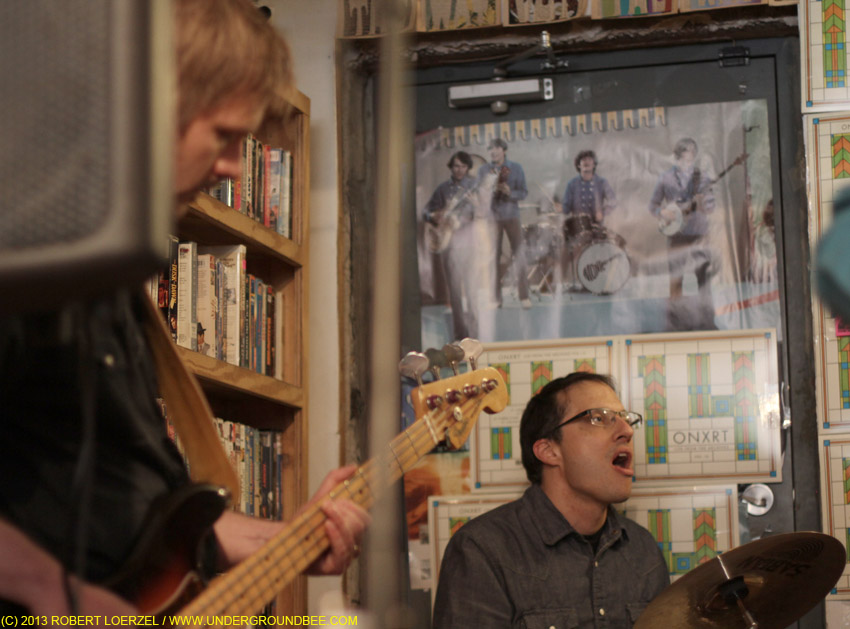
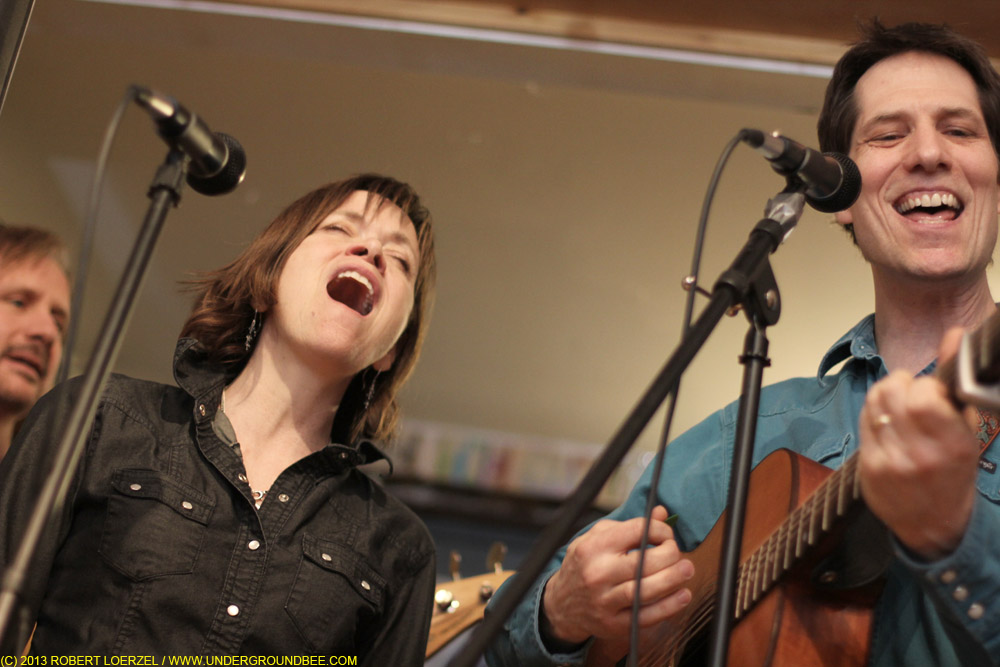
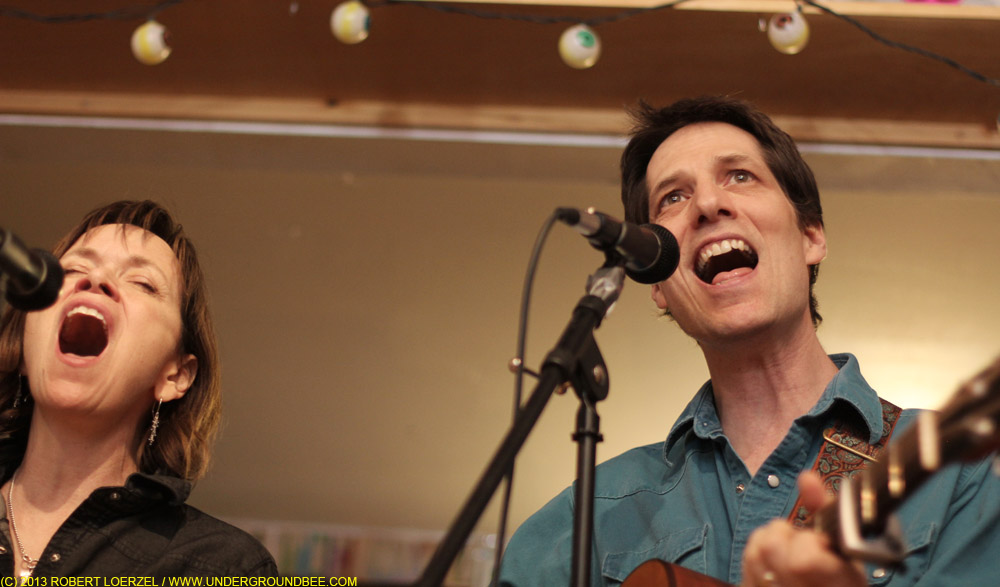
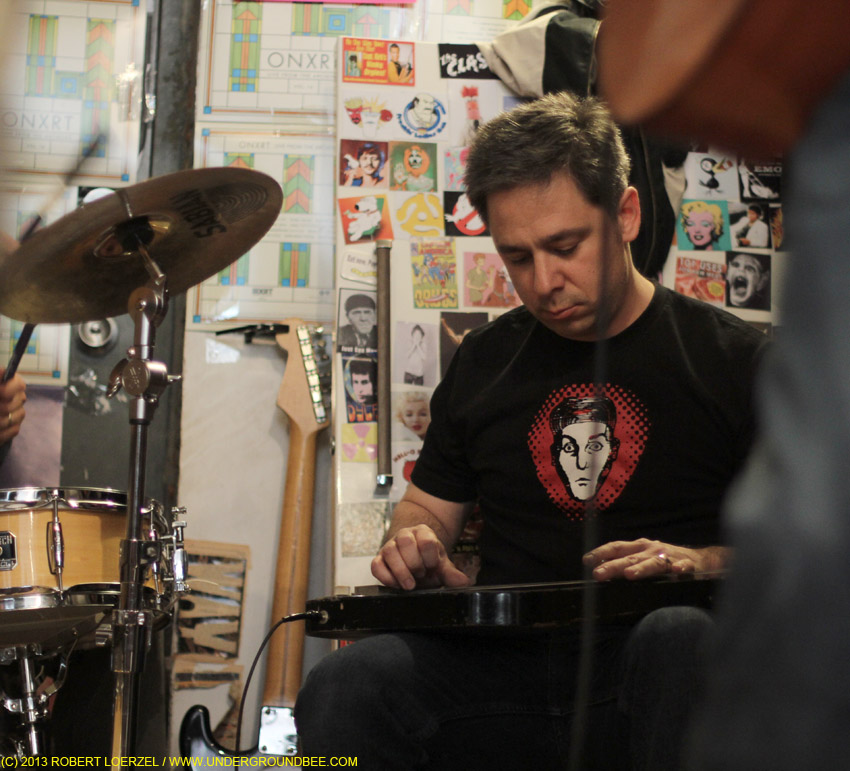
Acid Mothers Temple at the Empty Bottle
Japan’s masters of heavy psychedelic jams, Acid Mothers Temple, returned to Chicago last night (April 12) for a show — where else but the Empty Bottle, the same venue they’ve played several times in recent years? As always, the guys in the band were sitting behind a couple of merch tables, completely covered with dozens of different CDs. Acid Mothers Temple (in all of its various configurations and different names) is incredibly prolific.
Touring this time as a quintet under the old Acid Mothers Temple & The Melting Paraiso U.F.O. name, the group played just four songs, but each song stretched to somewhere around the 30-minute mark. Right from the first minute, the band dug into its cycling, circling guitar riffs with fierce intensity. The synth notes swooped up and down, and the noisy suites occasionally arrived at something that sort of resembled as a chorus, as a few of the band members joined together into a chant. Fans applauded when they recognized the bright riff from “Pink Lady Lemonade.” At the end, it all came to a crashing climax, with founding member Kawabata Makoto hoisting his guitar to the ceiling and letting it fall into the audience. It was another thrilling performance by a band that possesses great powers.
Denver band Tjutjuna — two drummers, a guitarist and a bassist who doubled on Theremin — opened the show with instrumental psychedelic rock jams, a perfect match with Acid Mothers Temple.
The Men at Lincoln Hall
After getting their concert last night at Lincoln Hall off to a strong start, The Men came to a screeching halt because of technical difficulties. One of the Brooklyn group’s members, Mark Perro, was playing a vintage keyboard — an instrument the band has apparently been using a lot lately — when it suddenly conked out on him. Or maybe it was the amp. In any case, the thing stopped making any sounds recognizable as music. Perro left the stage for a bit, while the rest of the band played a couple of songs. Then he returned, abandoning his malfunctioning keyboard and picking up an acoustic guitar.
The Men scrambled their planned set list, playing songs that they could do without the keyboard. They ended up playing several brand-new songs — songs even newer than The Men’s latest record, New Moon, which just came out last month. In spite of everything, The Men put on a thrilling performance of rock music reminiscent of the Replacements, with touches of roots rock and older classic rock. (The Faces, another appropriate reference point, were playing on Lincoln Hall’s speakers before The Men took the stage.) At one point, when I was standing in front of center stage, I heard what sounded like perfect stereo: two simultaneous and fantastic guitar solos, one on either end of the stage. This was clearly a band that knows how to play and has a good time doing it.
Michael Nesmith at the Old Town School of Folk Music
Former Monkee Michael Nesmith doesn’t tour often. But he recently played with the other surviving Monkees, and now, he’s playing his solo music in concert for the first time in two decades. The tour brought him to Chicago for a show on Saturday at the Old Town School of Folk Music — a rare opportunity to hear Nesmith performing the “cosmic” country-rock tunes that he recorded in the late ’60s and early ’70s. Those songs sounded beguiling in concert, with a skilled band (including guitarist Chris Scruggs) providing the accompaniment to Nesmith’s low-key vocals and 12-string guitar strumming. His later solo music hasn’t aged as well; Nesmith and his band missed an opportunity to strip away some of the ’80s sheen from those songs.
After noting that he thinks of his songs like movies in his head, Nesmith proceeded to recite reciting narrative introductions before nearly every song, “setting the scene” for his lyrics with vignettes that usually involved a romantic couple. A handful of excessively exuberant fans couldn’t resist shouting at Nesmith at a few points, shattering the sense of intimacy. Nesmith handled the interruptions with aplomb, mostly ignoring them and carrying on with his unorthodox mix of storytelling and songcraft.
SET LIST: Papa Gene’s Blues / Propinquity (I’ve Just Begun to Care) / Tomorrow and Me / Different Drum / Joanne / Silver Moon / Some of Shelly’s Blues / Rio / Casablanca Moonlight / Grand Ennui / Cruisin’ / Rays / three songs from The Prison: Opening Theme (Life, the Unsuspecting Captive) / Marie’s Theme / Closing Theme (Lampost) / Laugh Kills Lonesome / ENCORE: Thanx for the Ride
Radar Eyes and Night Beats
Radar Eyes are another one of the great Chicago bands these days making garage rock on the HoZac record label. The group celebrated the release of its self-titled debut CD on Saturday (March 24) with a show at the Empty Bottle. Radar Eyes’ music has a strong flavor of ’60s rock and psychedelia, with some of the distortion and sneering tone that you’d expect from a garage band as well as chiming Byrds-like guitar riffs and catchy vocal melodies. (Their album oddly closes with a song that sounds more like Joy Division, though.) In concert, Radar Eyes cranked everything up a notch from the studio recordings. Singer guitarist Anthony Cozzi climbed up on the monitors by the end of the show.
myspace.com/radareyeschicago
hozacrecords.com/2011/05/radar-eyes/
soundcloud.com/radar-eyes-chicago
The headline act at the Bottle show was the Night Beats, a Seattle band playing psychedelic garage music not all that far off from what Radar Eyes does. Their specific influence seems to be ’60s Texas psychedelic rock by the likes of the 13th Floor Elevator. Night Beats (who record for another great Chicago label, Trouble in Mind) sounded raunchy and wild, bringing the night to a raucous close.
myspace.com/thenightbeatswilleatyou
troubleinmindrecs.com/bands/nightbeats.html
And not to neglect the first band of the night: Sore Subject. I showed up just as they were finishing their set with a couple of songs that sounded very Ramones-esque.
myspace.com/soresubjects
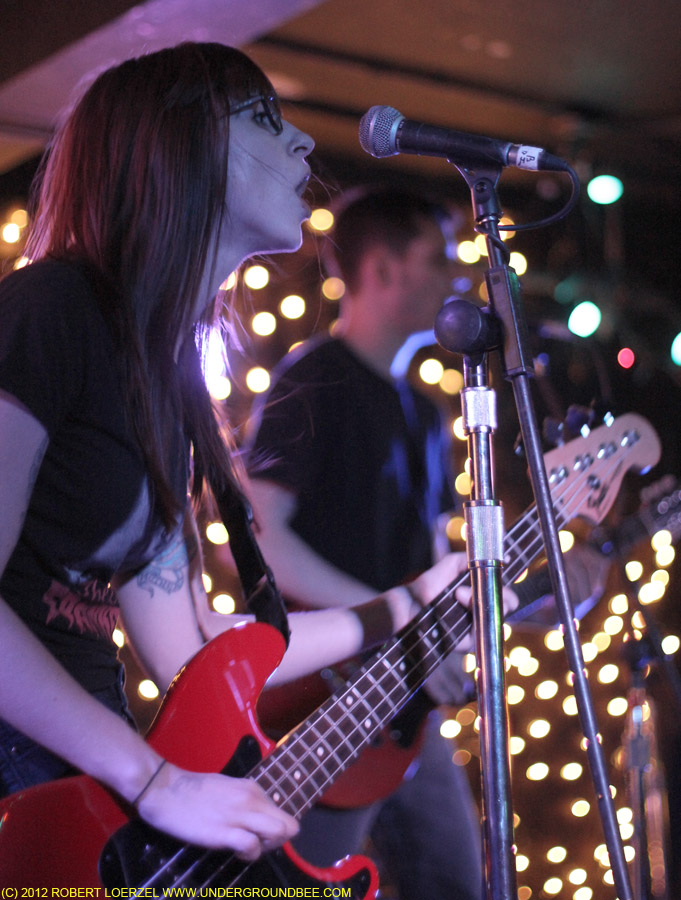
Andre Williams at the Hideout
Andre Williams has not just one new album, but two — plus an EP. You wouldn’t necessarily have known that from his concert Friday night (March 23) at the Hideout, however. Backed by the Goldstars, the suave-looking and foul-mouthed Williams played a set similar to the shows he has performed over the past couple of years. Like those past shows, this one offered up a lot of good, raunchy fun. The band (including a fine horn section) cranked out solid, old-fashioned rock ‘n’ roll riffs with exuberant energy and without many frills, while Williams intoned his profane stories about sex, vice, potato chips and jailbait in his trademark half-sung, half-spoken gravelly vocals.
Unless I missed something, I don’t think he played many or any songs from his fine new album on Bloodshot, Hoods and Shades, on which producer Don Was gives Williams’ songs an acoustic, bluesy, almost jazzy setting. Williams calls it his “folk album.” The musicians on these Detroit sessions include Matt Smith, Funk Brother Dennis Coffey, Jim White, Greasy Carlisi and Jim Diamond.
Williams also has a new EP called Nightclub out on another Chicago label, Pravda, which captures him playing with his regular touring band, the Goldstars. And although Williams didn’t even mention it during Friday’s show, he has yet another new album coming out May 15 from Yep Roc, Night and Day, featuring Williams backed by one of the world’s best bands, the Sadies, plus cameos by Jon Langford, Sally Timms and others. That one’s a belated release from some sessions Williams recorded in Detroit in 2008, but the lively tunes give no hint as to why they’ve been sitting on the shelf for so long.
That’s a lot of activity from this 75-year-old stalwart of Chicago’s music scene, and Friday night, he showed no signs of slowing down.
The opening act was Jon Langford’s Skull Orchard — yet another one of Langford’s many musical endeavors. Last year, Langford reissued the first Skull Orchard record and played some shows with a full-size Welsh men’s choir, including an appearance at the Hideout Block Party. Friday’s set was a smaller-scale affair, including songs from the first Skull Orchard record as well as 2010’s Old Devils, with solid accompaniment from guitarist Jim Elkington and Langford’s usual cohorts in the Waco Brothers, bassist Alan Doughty and drummer Joe Camarillo. The band even played a song from one of Langford’s other old bands, “Death of the European” by the Three Johns.
Occupy Chicago, October 22, 2011
Mekons do Pecha Kucha at SPACE
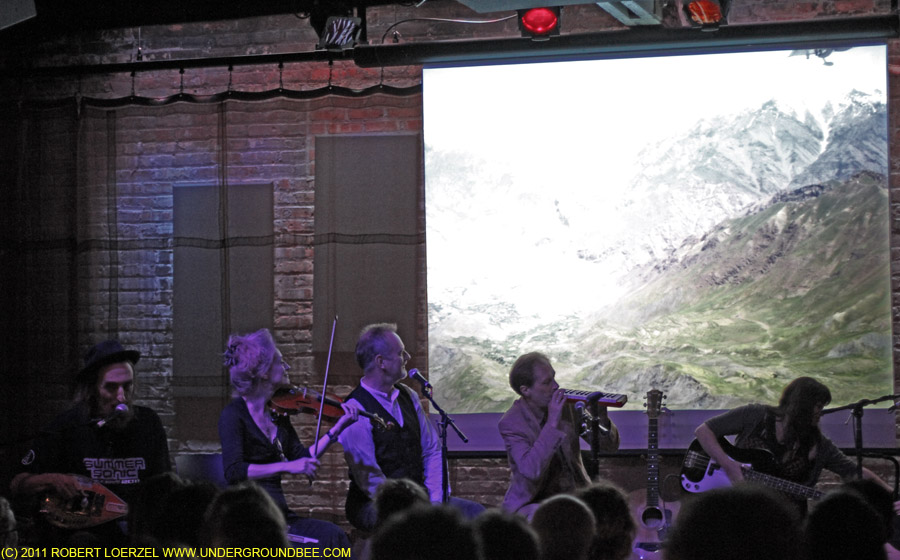
Leave it up to the Mekons to stretch the concept of a concert into strange realms yet again. Touring to promote their excellent new record, Ancient & Modern (or is that Ancient & Modern: 1911-2011 — it’s proving hard to determine exactly what the title is), the seemingly unstoppable old punk-art-country-whatever band played two shows this week in Chicago. Alas, I was unable to attend last night’s electric rock show at Lincoln Hall, but I was at SPACE in Evanston Tuesday night (Oct. 4) for the stranger evening of mostly acoustic music and Pecha Kucha slide-show lectures. Originating in Japan, Pecha Kucha is a program consisting of people speaking about a variety of topics as slides are projected, with presentations (supposedly) limited to 6 minutes and 40 seconds.
So on Tuesday, the Mekons not only performed music — each of them also got up to speak and show some pictures. Sally Timms spoke about a suggested walking tour in Yorkshire, England, while Sarah Corina introduced us to the part of London where she lives, Brixton. Rico Bell gave a hilarious and illuminating talk about paintings of livestock, including some fantastically large pigs — both historic paintings and his own artworks inspired by them. Susie Honeyman proposed a fascinating project to send music across the water at Scotland’s Isle of Jura. Lu Edmonds assumed the role of a pilot with Mekon Air and took us on a ride to Tajikistan, while the band made ridiculous sounds to simulate a dangerous airplane flight.
And then the music began. Part one of the set included “Hole in the Ground,” “Thee Olde Trip to Jerusalem,” “Geeshi,” “Honey Bear” and “Heaven and Back.” Although the Mekons were sitting in a half-circle for most of the evening, Timms and Tom Greenhalgh stood up to sing a few times, and Greenhalgh even kicked up one of his legs a couple of times during “Heaven and Back.” Like other Mekons acoustic shows, it was loose and a little shambling, but whenever all those voices came together, it had the glorious feeling of a rousing English drinking song or a hoedown. “Who doesn’t like to rock when you’re sitting down?” Timms cracked at one point.
Intermission was followed by more slide shows. Filmmaker Joe Angio talked about the “Revenge of the Mekons” documentary he’s making. Tom Greenhalgh spoke about … well, what did he speak about? It was the most peculiar and difficult to summarize talk of the evening, but the most poetic. Steve Goulding discussed his recent experiences playing with the reunited Graham Parker and the Rumour in a new film by Judd Apatow. And Jon Langford told us about Welsh author Arthur Machen. Then came more music. A few people in attendance seemed to be impatient with the Pecha Kucha stuff, but most of it was pretty fascinating, presenting the personalities and interests of these musicians in a rare way. “I don’t care if you don’t like talking,” Langford said. “Talking is communication.” (Once the band started playing again, some cheeky audience member heckled, “More slides!”)
The second “musical interlude,” er, set of the evening included … well, I believe I’m missing one song from the set list, due entirely to my sloppy handwriting. But here’s the rest: “Arthur’s Angel,” “Diamonds,” “Space in Your Face,” “I Fall Asleep,” “Orpheus,” “Waltz,” “Shanty,” “Hard to Be Human.” And then an encore. The band never actually left the stage, but Timms said, “We’ve got two more songs, so pretend that we went off. … We’re back!” The encore was “Wild and Blue” and “Last Dance.”
Tribute to Diane Izzo
Singer-songwriter Diane Izzo, a former Chicagoan, died of cancer in February at the age of 43. Many of her friends and musical collaborators gathered Sunday (Oct. 2) at the Hideout for a concert billed as “the First Annual Diane Izzo Memorial Concert.” The poster for the concert also featured a title taken from one of Izzo’s lyrics: “Yeah, we’re pitiful but we’re gods.” I missed the first set of the evening (with Crooked Mouth String Band and Beau O’Reilly & Jenny Magnus) but arrived in time for a beautiful and moving ritual performed by a Buddhist monk blowing into conch shells and horns and ringing gongs and bells. And then Hideout owner Tim Tuten got choked up as he recited the lyrics from the song “O Death,” which Izzo had performed with the Pine Valley Cosmonauts. As Tuten noted, that was part of an effort to repeal the death penalty, and this year, Illinois did just that.
After a spoken-word performance by Cheryl Trykv came the centerpiece of the evening: a performance by Friends of Diane Izzo. Jim Becker, other members of Califone and a revolving set of musicians functioned as the band, while various singers stepped up to the microphone and performed Izzo’s songs. It was a true celebration of her life and music.
The evening closed out with sets by Souled American and Califone. Souled American played a sort of alt-country in the 1980s and early ’90s — before it was widely known as alt-country — but haven’t released an album since 1992. On Sunday, Souled American sounded as creaky and ramshackle as ever, playing loose, shaggy folk-rock songs.
Califone played with heightened intensity, perhaps inspired by the occasion. A highlight was a cover of the Izzo song “Freight Train,” which Califone stretched out into a meditative epic, with Tim Rutili playing a single note on his guitar that sounded positively monumental as it pierced the air. When the song finally died down, he remarked, “I just want to play one note now.”




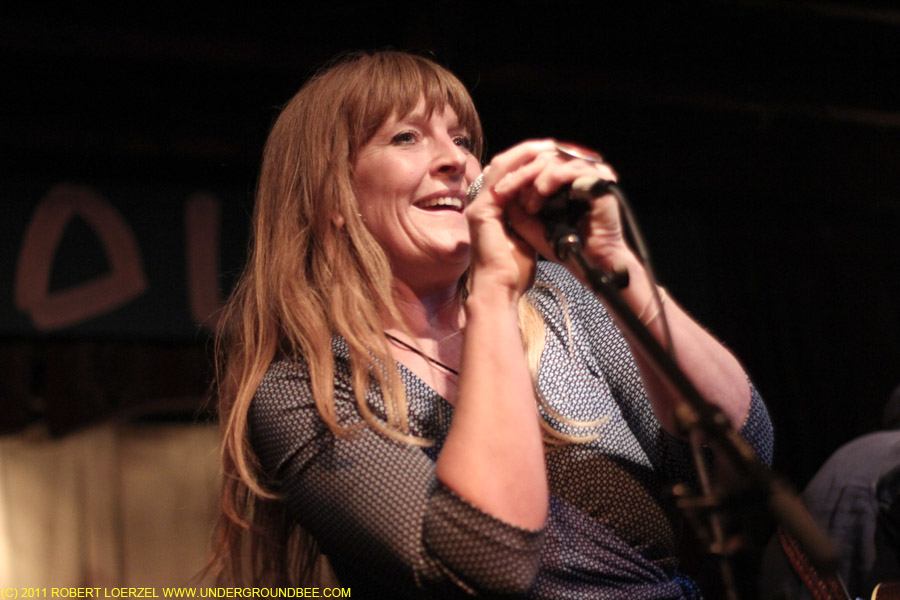
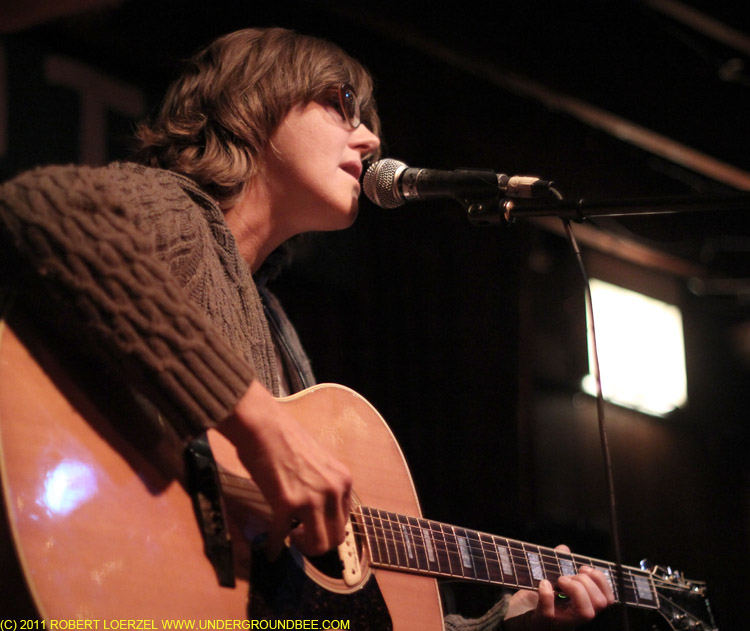
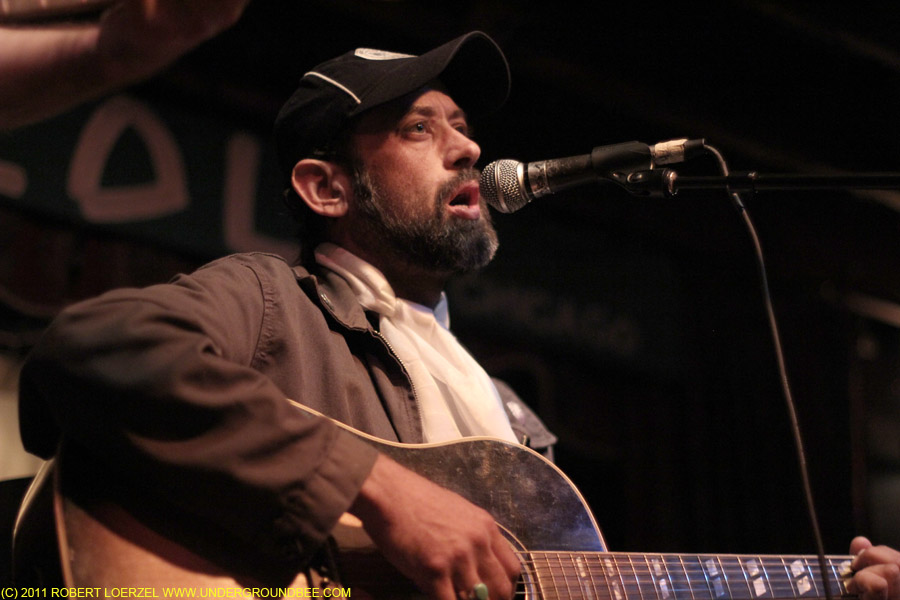


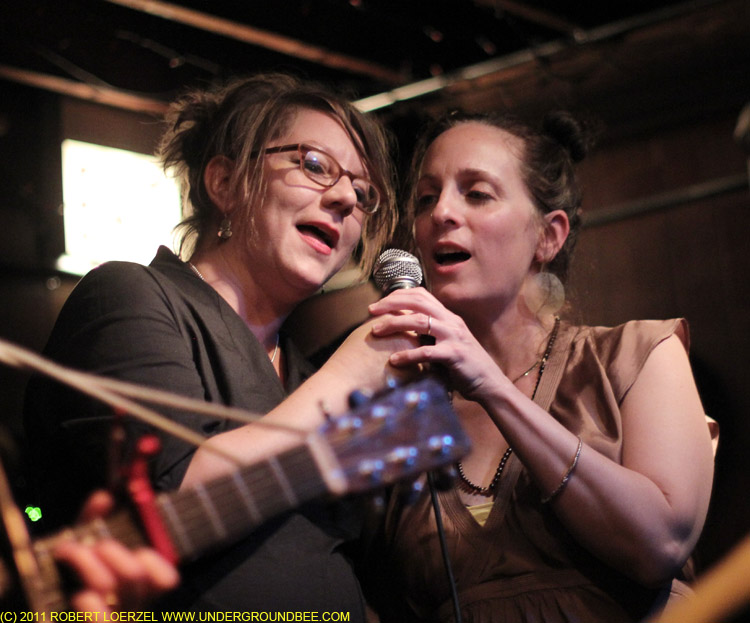

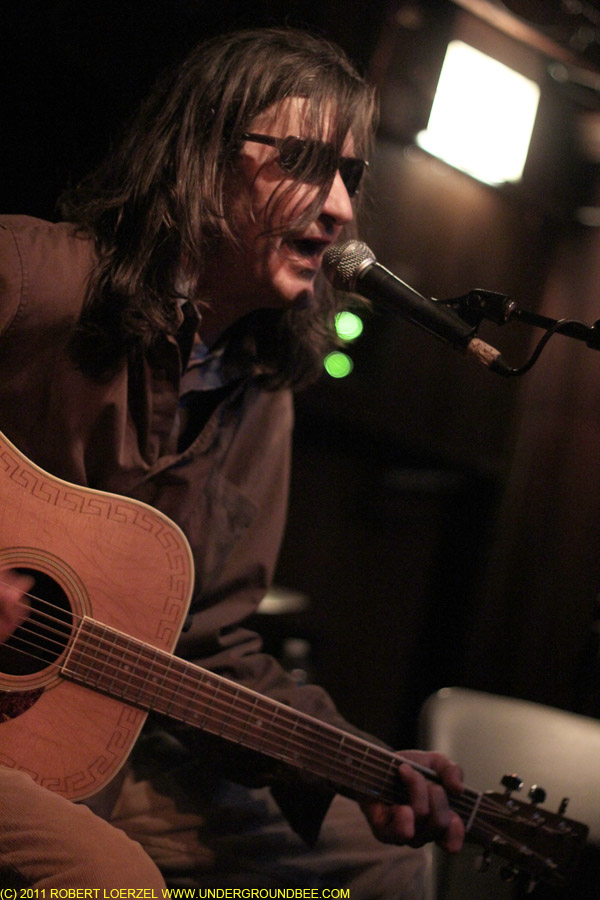
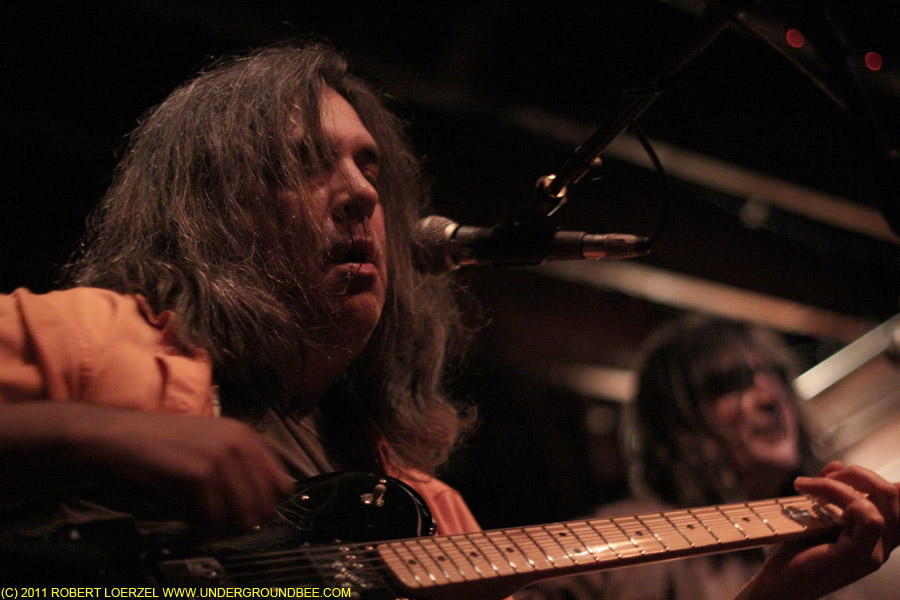
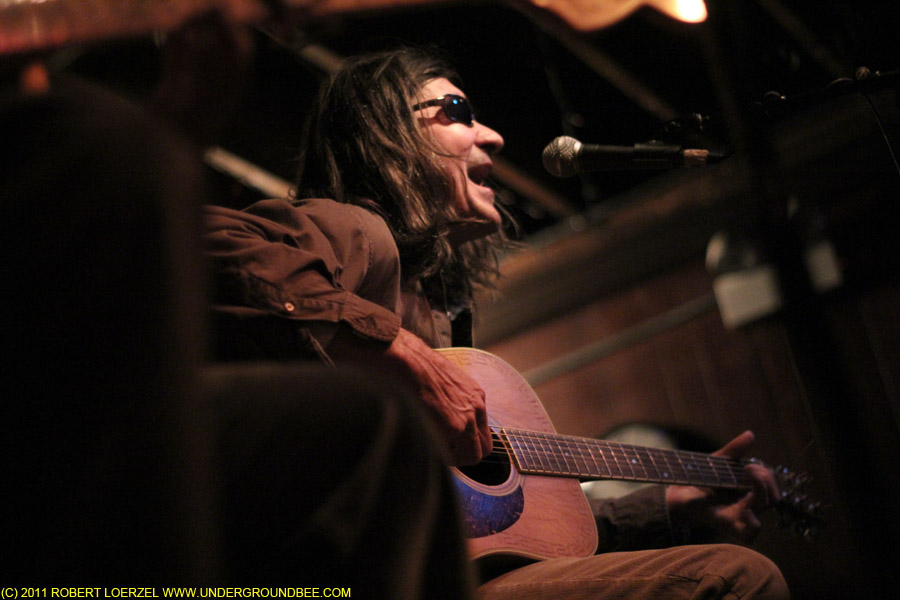
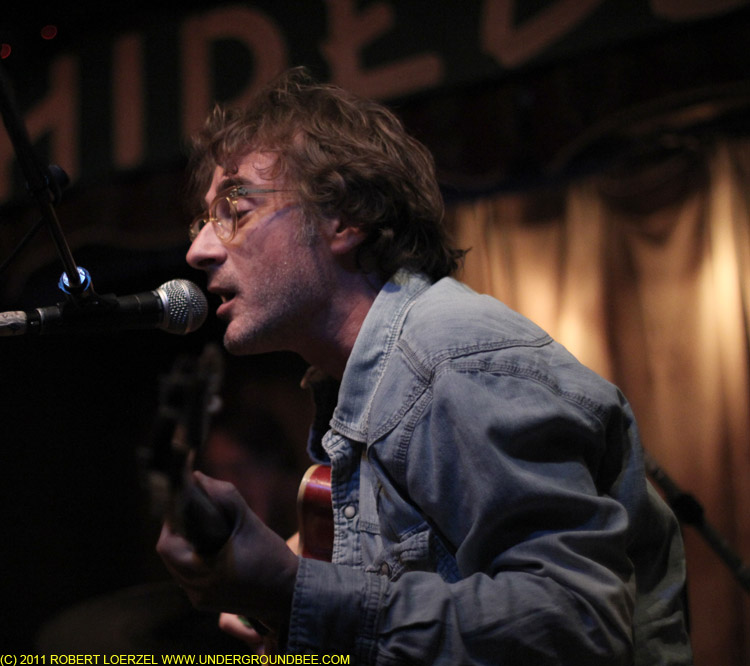
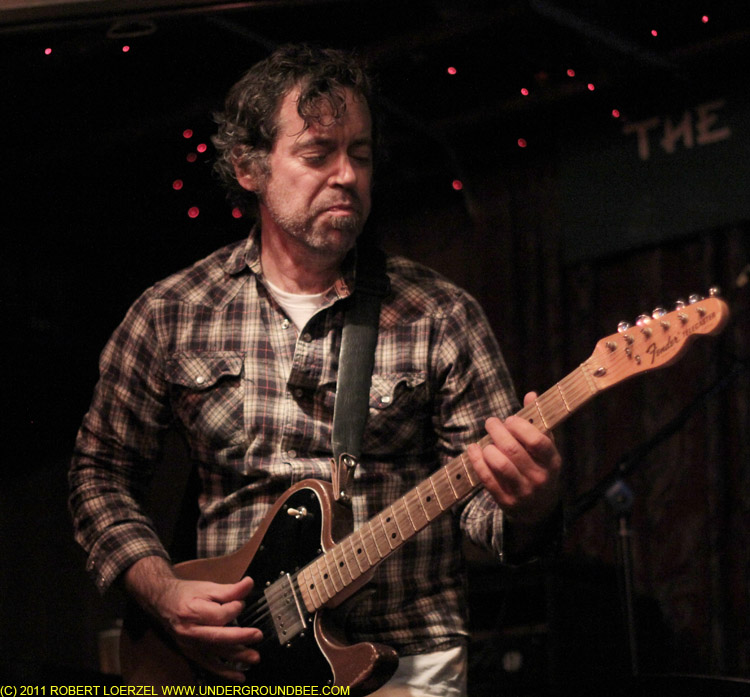
Cultivate Festival
The Chipotle restaurant chain has its very own “music director”? Yes, it does. And he was DJing Saturday (Oct. 1) at the Cultivate Festival in Lincoln Park, a free event sponsored by the restaurant chain with bands, chefs and, of course, burritos. Whatever you think of Chipotle or corporate branding of music, this was a pretty nice festival — and probably the last outdoor music I’ll see in 2011.
The headliners were Calexico, a band with an appropriate Tex-Mex musical flavor, but alas, I was not able to stay that long. I did catch cool sets by the Cave Singers, Rural Alberta Advantage and White Rabbits, who had a special guest on bass guitar: Britt Daniel of Spoon. I always thought White Rabbits sounded a bit like Spoon (maybe it’s the way they use piano), and this confirmed that. And as always, Rural Alberta Advantage sounded like Neutral Milk Hotel, not that that’s a bad thing.





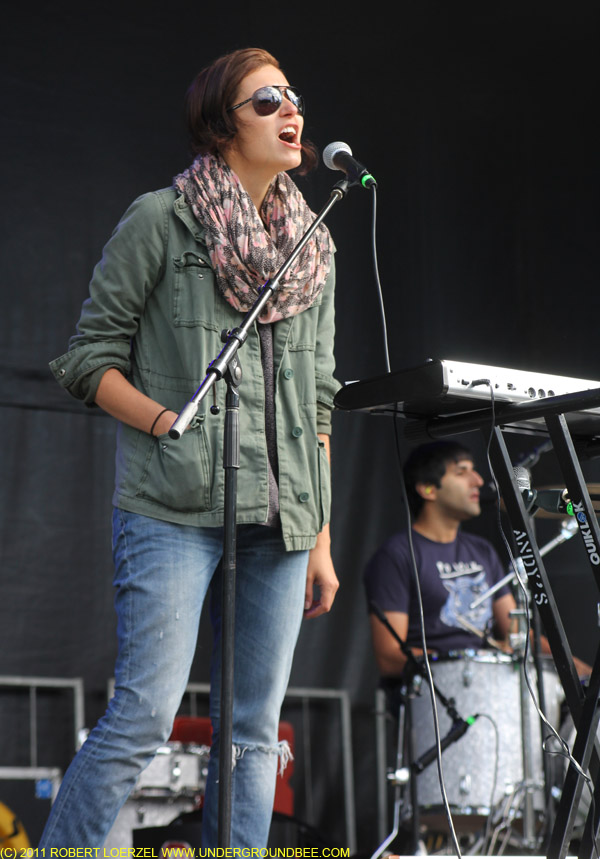
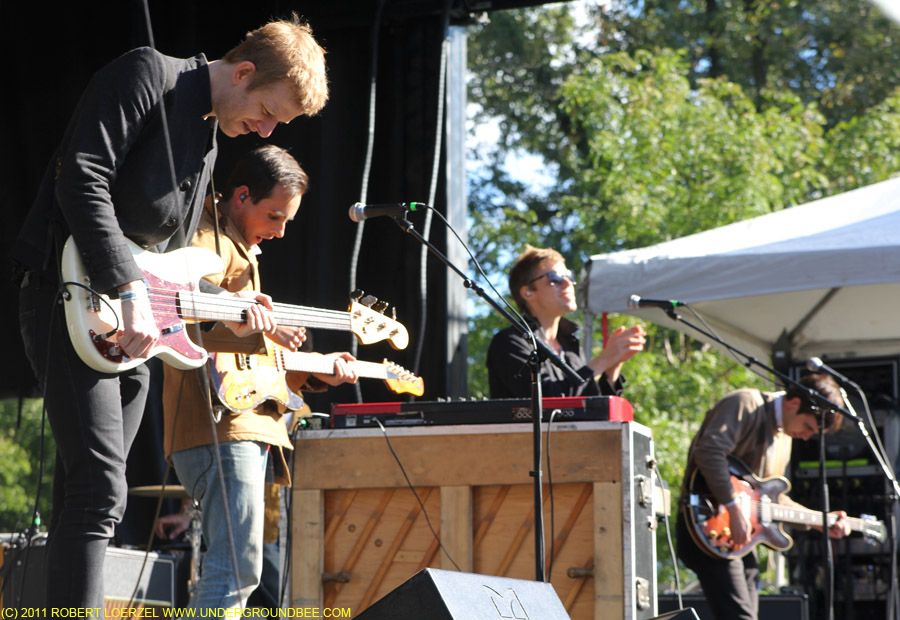

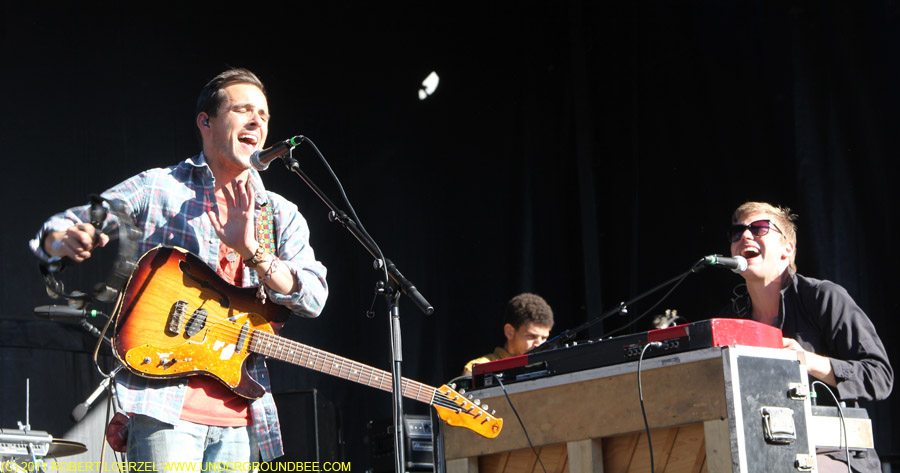
An Interview with Sally Timms
The Mekons have a strong new album, Ancient and Modern, and the band plays Tuesday (Oct. 4) at Evanston SPACE and Wednesday (Oct. 5) at Lincoln Hall. I interviewed Sally Timms of the Mekons a couple of weeks ago for an article in Pioneer Press. Here’s a longer transcript of my conversation with Timms.
Q: Let’s talk about the new album.
A: OK. I wish you were getting one of the more intellectual members, but I’ll try my best.
Q: Why don’t you just tell me how this particular record came together, what the process was like?
A: As far as the original concept — generally, that’s how it starts, with all the records. The concept begins. And that begins in different ways. I wouldn’t necessarily say I’m behind the different ideas for that. But they kind of come out of the ether. We end up talking about similar things. And I think this is really Jon and Tom talking about … there was the idea that the generation that served in the First World War were dying off, the last British serviceman died last year, I think, who served in the First World War, Harry Patch. And so I think these conversations had been happening because there was a lot of run-up to this 100-year period. And then looking at the similarities of what was happening then and what is happening now. … The Edwardian period was considered very shallow. In a lot of ways, it was frivolous and consumerist. Then there were these changing ideas that were fomenting underneath it. And you can definitely see similarities with things that are happening now. It was a kind of almost superficially comfortable lifestyle, but underneath it there are plenty of cracks and things were degenerating. It came out of those ideas — that the modern world was beginning and now we’re sitting, almost looking at, weirdly enough, the tail end of the modern world. Space travel is finished.
Q: We’re having trouble sending someone up to the space station.
A: Right. Are we really dreaming those ideas any longer? There was, through that whole post-Second World War period, a kind of optimism that I would say is, definitely in the West, disintegrated. And being led to wars that are basically wars about money and not about morals. And just the world disparities. Who’s controlling what. And yet, we kind of think it’s OK, until it suddenly hits us, and then it’s not. So I think those ideas were coming a lot to the surface with them.
Q: So are the Mekons just sitting around one night and this is the topic of conversation and you say, “Let’s do an album about this?”
A: (Laughs.) No. It doesn’t really, to be honest with you. I’d say it almost a little backwards. There are people who deal with ideas, and there are people who deal with playing, and a mishmash in between. So, I’d say what we do is we decide to make a record and we book time to do it in different places. And then people will come with these — Jon will come in with books. Tom will come in with ideas. Lu will come in with some stuff. And people will bring in a variety of different snippets of ideas. And what happens over the course of recording and writing is those ideas would coalesce. I’d say maybe someone had a title to begin with. I doubt it. I doubt if anyone really thinks that what it’s going to be. I mean, you know how it works. There’s little things knocking around, people are kind of formulating, and as everything develops, you kind of go: ‘Oh, this is it. This is what it means.’ But at the time, I don’t know if it was as coherent as that. So what happens is people get together with books and ideas. We all get together in one place. We don’t really write songs separately. That doesn’t happen. No one comes in with a finished song. No one really walking in with finished lyrics. It’s very unusual. I can’t even think of an instance in which that happened. So, basically, with the Mekons, we always make the rule, somewhat a little unspoken, that we do the work when we’re together. And that is block books. And obviously, we live on different continents. Half the band are in the U.K. and half are in the U.S. So what we have to do is make time. And we booked a house about half a mile from Tom’s place in Devon, which is extremely rural anyway, in the middle of nowhere. We found this large rental house and we all moved in there with recording equipment. And then he would come at night after work, because he has a day job and four kids. We would get together and we started formulating the songs at that point. Some of them, actually, in the space of three or four days, final vocals were done on them. Others were completely torn up and rewritten. And then we booked another chunk of time in a Welsh residential studio. And we did the majority of the rest of it there. And then Lu took it away and did tons and tons of stuff on ProTools. He added a lot of elements to it like the fall-apart bit in the middle of “I Fall Asleep.” He did all that himself. So, it came together in different stages.
Q: In one of the interviews I read that Jon gave, I think he said the house near Tom’s place had pictures of nude ladies on the wall?
A: It looks like something out of Lord of the Rings. It’s a thatched cottage nestled against a giant cliff by a tiny river, just over a stone bridge. It’s a very odd little home. It’s beautiful, but it’s completely — well, there are a couple of neighbors, but it’s sort of in the middle of nowhere.
Q: So is there any truth to the story that you came downstairs awakened by Tom doing some recording in the middle of the night?
A: Yeah, there was a tendency to run late. But it might have been slightly exaggerated, because I go to bed at 9 o’clock, so it might have just been 11:30. (Laughs.) That’s the middle of the night for me.
Q: I believe you told me once that you see your part in this process as an editor of sorts?
A: Yeah, I’m a good editor. I wouldn’t say I’m a good starter. I don’t find it easy to write songs myself. But what I think I’m good at is looking at the overview and the shape of things. I’m good at sequencing. So I think what I’m good at is when something is done, I can very much help it be finished. I think I’ve probably got a good critical eye. So that is a role I have. I also have the role of doing all the shit jobs that no one else wants to do, like … booking bands and making sure that they all get on the flight. So I play a sort of servant role, with occasional intellectual pluses. But then, I’m in a bad mood about this today.
Q: You sing lead vocals on three songs on the album. Should someone listening to the album think those are the songs you had more of a role in writing?
A: No, it doesn’t work that way. I mean, literally, we all — I wouldn’t say I do much lyric writing. Very occasionally. Melodies and maybe some ideas for arrangements. I don’t even read into the different songs being different band members’ personalities or commentaries.
Q: How would you describe the sound of this record and where it fits in with other Mekons records?
A: People say this to me a lot: ‘All the records sound different.’ But to me, they sound the same, because it’s the same instrumentation going on. Some are quieter, some are louder. I suppose a record like Me doesn’t sound like other things we’ve done, but even that, I would say, does. … The closest record, I would say it sounds like, which is one of my favorite Mekons records, is Curse of the Mekons. And I think there’s a lot of elements in that, there’s a lot of spaciousness and then there’s these odd little rock tunes occasionally. So it’s got those elements in it. But there are definitely parts of it that sound like Natural. To me, I don’t see them sounding that different. But I suppose, thematically, I can see why people would think that. Because they are called certain things and the sound is a certain sound. But I think we were moving away from recording another — we were almost starting to do another Natural because we were recording once again in a rural environment without a full studio setup, so the inclination was to make it a little more acoustic. And suddenly, we were like, ‘No, we can’t make another record like that. Let’s make it more rocking, man.’ So there’s a bit of both there. But I would say it’s got an airy spaciousness to some of it. ‘Warm Summer Sun’ definitely reminds me of something that might have been on Curse, or even earlier Mekons records. I think that almost sounds like an odd, spacey experimental kind of punk song, from that period. That’s kind of what it reminds me of. Or even going back earlier.
Q: Ian Caple worked on the record, and he’s been on previous records?
A: He worked on Natural as well. He’s a very easy person to work with. He seems to understand the Mekons’ sound, and he’s also very good at dealing with the fact that we’re bringing in stuff that’s been recorded in a lot of different places. So it needs to be someone who’s a pretty good technician who can knock that into some kind of cohesiveness, because it can tend to sound different if it’s done in different rooms. So he’s very, very good at that. And he likes us and doesn’t charge us a load of money, so good for him all around.
Q: So you’ve got the tour coming up, including the show in Evanston—
A: Yeah, that’s a weird one. We’re doing a slide show.
Q: Describe what that’s going to be all about.
A: Peter suggested it, he does Pecha Kucha — I can never say it right — night at Martyrs’, and he said, ‘The band should just do their own Pecha Kucha.’ And so we decided to call it Meka Kecha. And I didn’t really know if everyone would get their slides together, but it looks like they’ve all been very active. Eric is going to talk about various breeds of pigs, real and imagined. I don’t know if you know this, but he used to do all of these odd paintings, based on 16th century paintings of pigs and barnyard animals and sell those for quite a lot of money. So he’s going to show slides of those and his own imagined breeds of pigs and then real pigs. He’s not going to bring any real pigs. And then Lu’s idea, I can’t even remember it, because it was so odd. But I’m sure his will be fantastic. So I’m curious to see what people come up with.
Q: What’s your slide show going to be about?
A: The problem is, I actually haven’t prepared mine yet, because I thought, ‘Oh, everybody’s going to do one,’ and so we were worried about time limitations, and so I thought, ‘I won’t bother.’ But now I realize I have to, so I don’t know. Last time I did it, I did it about Yorkshire — a pretend walk around a part of Yorkshire that I came from. I don’t know. Maybe I’ll keep it in that theme. I haven’t quite worked it out. But I don’t think people will talk about the band. I think it’ll be interesting because nobody’s interested in just talking about music, and they all have very different interests. So I’m curious. And then Joe Angio, who’s making the Revenge of the Mekons documentary, is going to come in, too, and do a slideshow himself, which is fun. And we’re going to combine that with an acoustic show. We might split it up into slides, music and then interval, slides music. And then we’re going to do the loud representation of the album at the Lincoln Hall show. So it’s too different nights because, you know, a lot of the same people come and they need some encouragement. Variety. Not just for us, but for them.
Q: And is Tom able to make this tour?
A: He is making this tour. Shock. Horror. He hasn’t got on the plane yet, but I bought the tickets and his immigration is approved. We believe it is the return. Although I won’t believe it until he’s got on that plane and got off it. A full complement — and Suzie. It’s the full band. Because Suzie sometimes doesn’t come, but she’s coming, too. So everyone.
Q: Are you working on a new record of your own?
A: (Sigh.) No. (Laughs.) Not really.
Q: Why the big sigh?
A: Well, because I should be. And then to be honest, Robert, I can’t be asked. I worked really hard at the last one and no one really bought it. And I just feel like, ‘Myahhh.’ I know I should try, but it’s hard. It’s hard to do all that work and then, you know — not that I expect anything special to happen, but I like my pottery life now, I do my puppets with Kathleen Judge. We do shadow puppet shows, occasionally. We have this project, we’ve been doing shadow puppetry with her, four or five people, Jason Krebs. And we have a little art collective, so we come in and we do that. And I really enjoy that. I mean, I like making music, but I feel like, you know, I’m getting — I’m an old lady.
Q: I wouldn’t say that.
A: It’s not dignified. (Laughs.) No, I don’t know, I’m just being stupid. But I don’t know. I’m sure I will manage to make something, but what’s the hurry? It’s like, if I’m not feeling that, why force it? There’s enough friggin’ music out there. Do I have to get my little offering out and force it down people’s throats? I don’t know. Maybe I’m — my boyfriend said, ‘This is the late stage period for you, Sally,’ and actually it could be very interesting. People very often come into their own in their late stage. But obviously, I’m not quite old enough for my late stage yet.
Q: You still have your day job at, what is it, a law firm in Evanston?
A: I’m getting outside it right now, yeah. I am here. Yep.
Q: What exactly do you do there?
A: Property tax appeals. The most boring job known to man, in the most insane environment known to man. So it’s a combination of very dull and very, very bizarre. (Laughs.) That’s the most I’m going to say about it. And very, very understanding of needing to take time off, which is a major factor. And it’s a job. You know, it’s hard to find work. People are struggling. More jobs for the people, man.
Oval at the MCA
The German electronic music artist Oval (aka Markus Popp) makes intricate, odd little shards of sound. On his 2010 album O the noises he uses in his palette sometimes seem surprisingly similar to the acoustic pluck of real strings, with the breathy whisper of actual, physical objects moving in the air. But nothing is really identifiable. These seem like recordings of some alien instruments never seen. The dense bursts of frantic whirs are fascinating sonic sculptures, but it’s difficult to listen to whole album’s worth in one sitting.
The same goes for Oval’s performance Friday at the MCA Chicago, part of the Empty Bottle and The Wire’s Adventures in Modern Music festival. Impressive in small doses. Tedious at length. Oval seemed to be mixing up the elements of his music, adding a bit more of a beat at times, but never pausing long enough between “songs” for the audience to applaud … or do whatever it might do. As with anyone who performs music on a laptop, it was impossible to know what Oval was doing … checking email while he was letting iTunes play his tracks? No, probably not. But the performance was so minimal, it was hard to say.
Pitchfork: More photos
One last gallery of photos from the 2011 Pitchfork Music Festival.
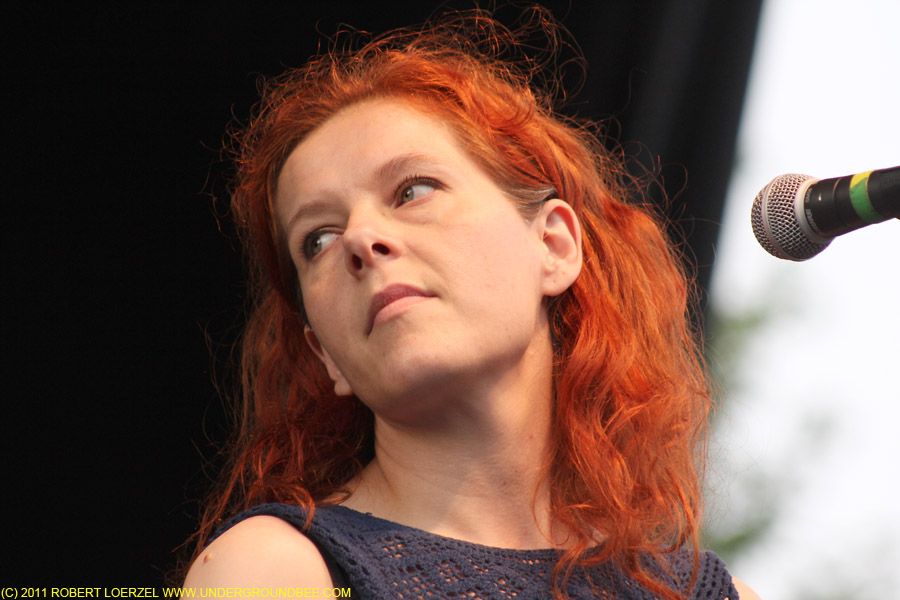
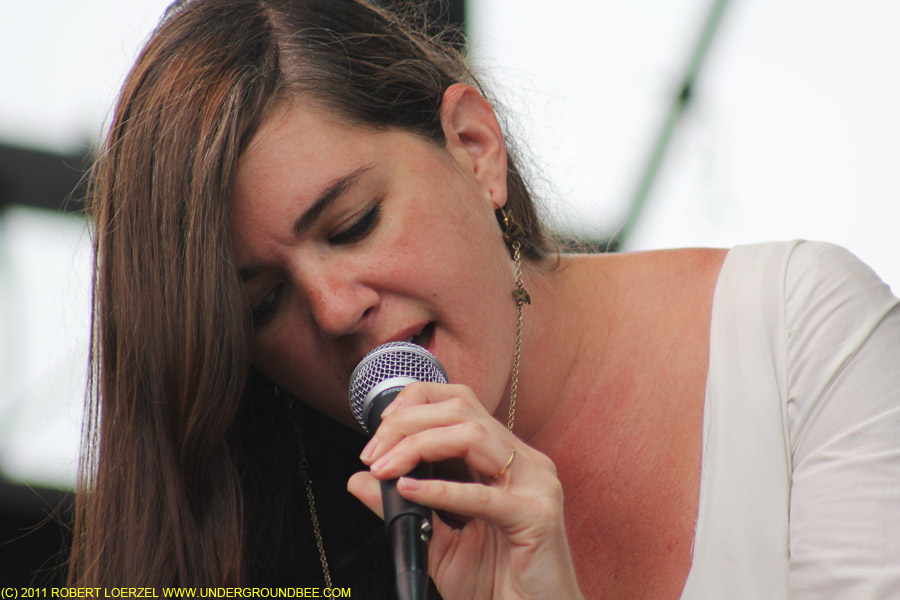


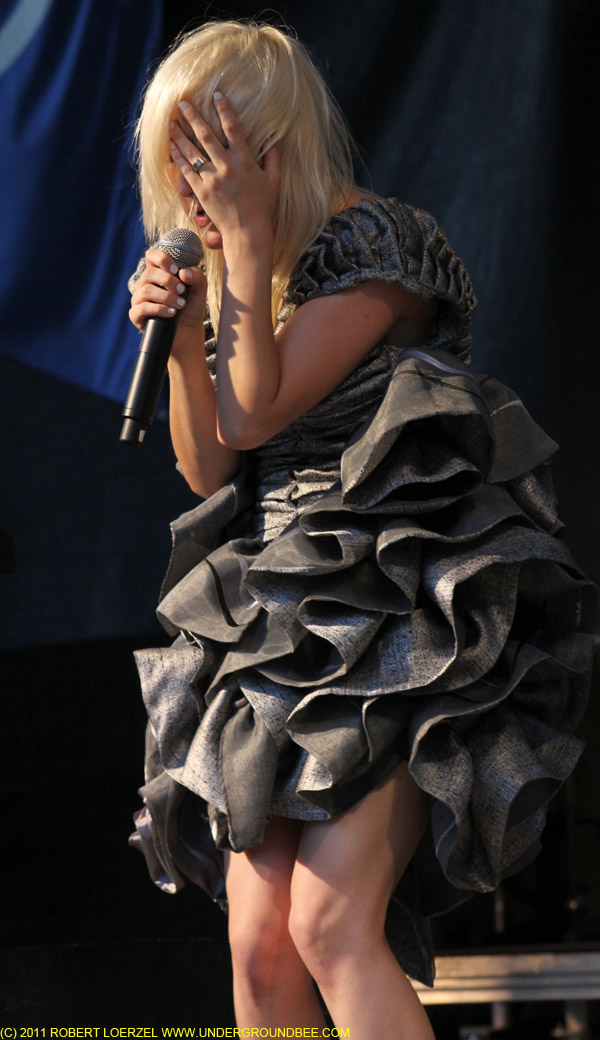
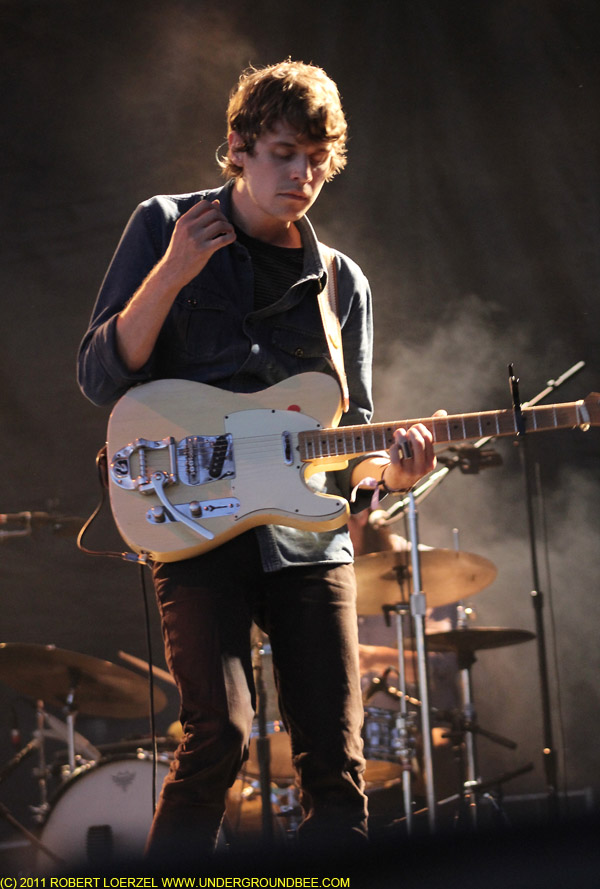

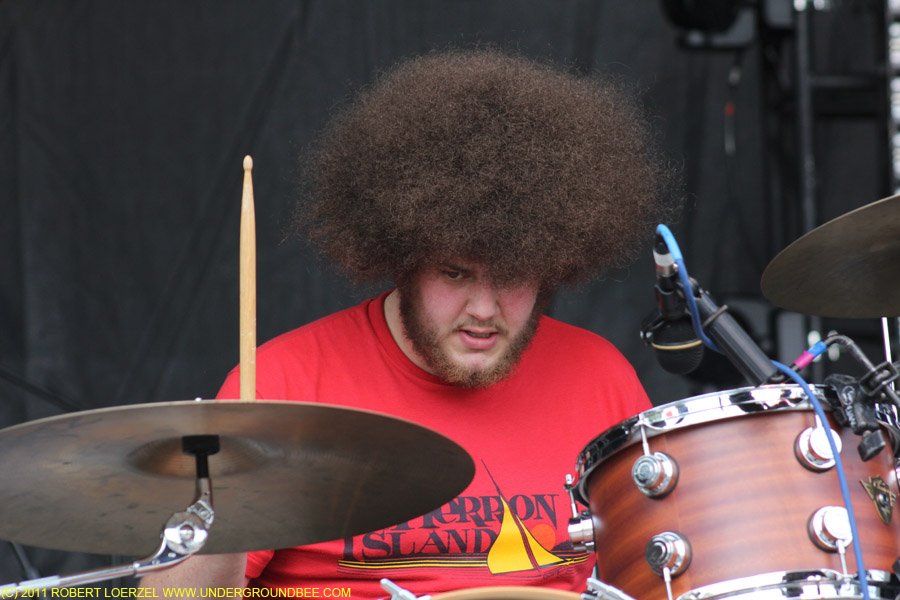

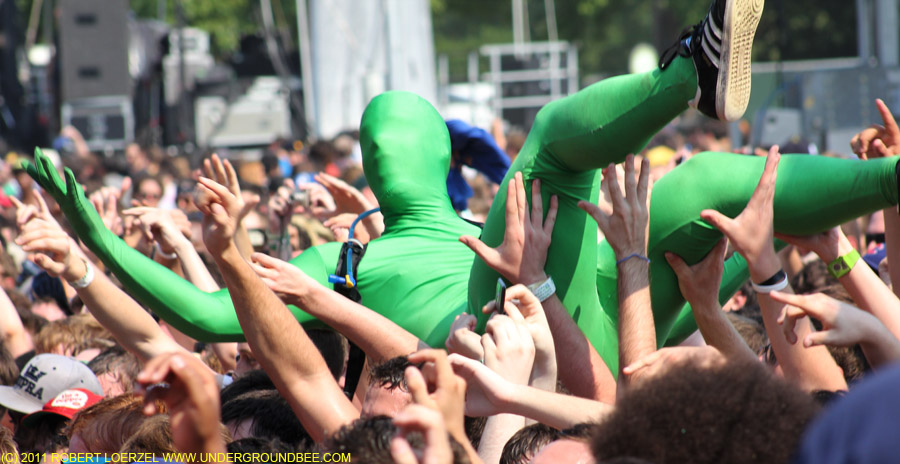

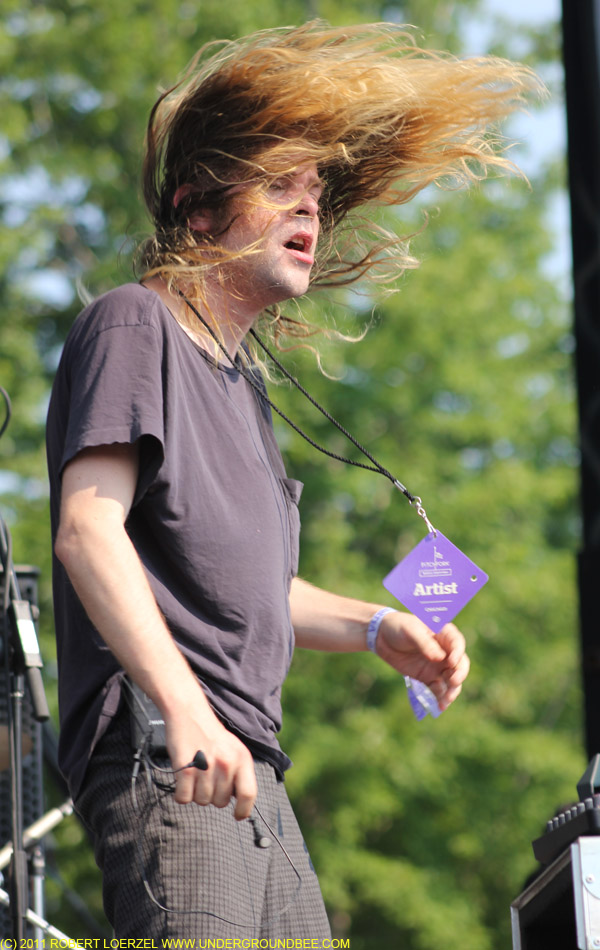
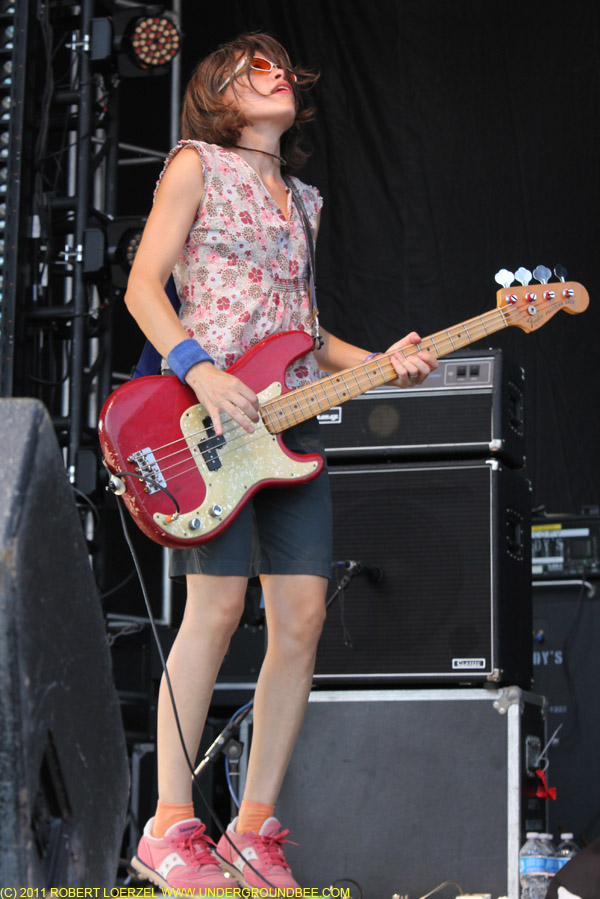
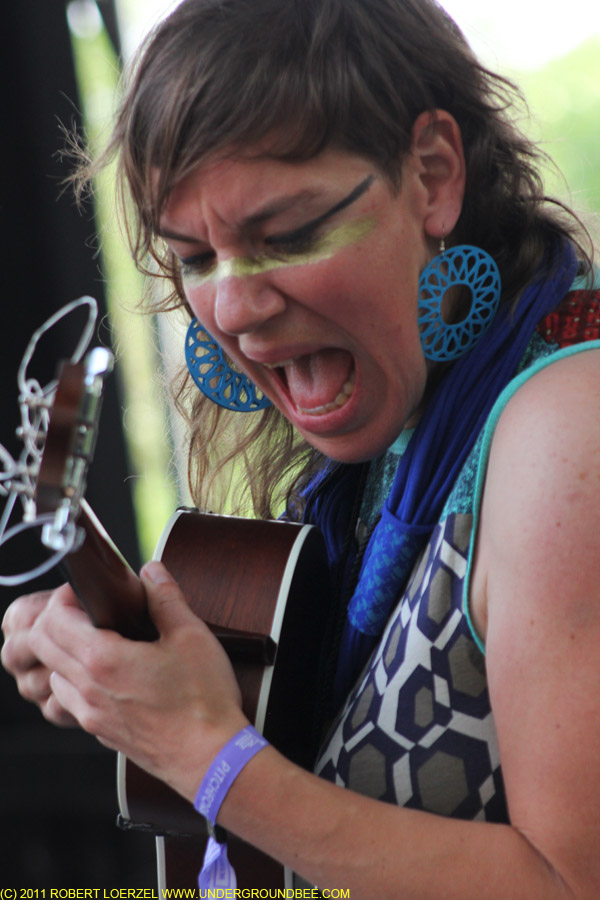
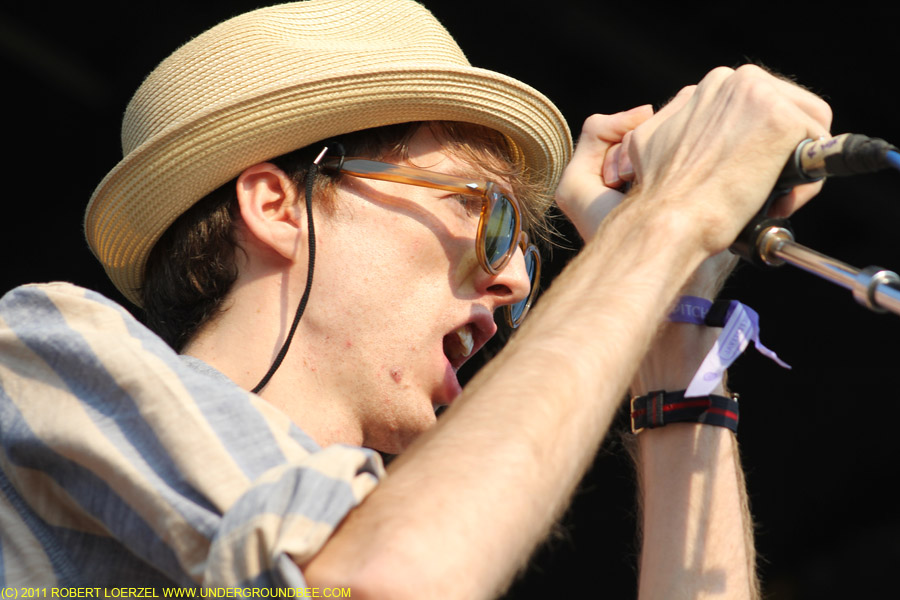
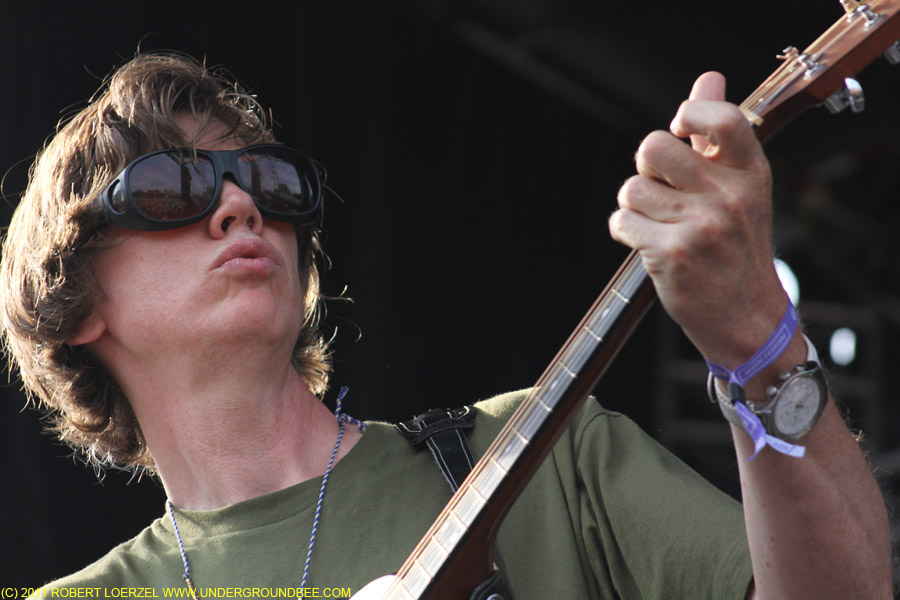
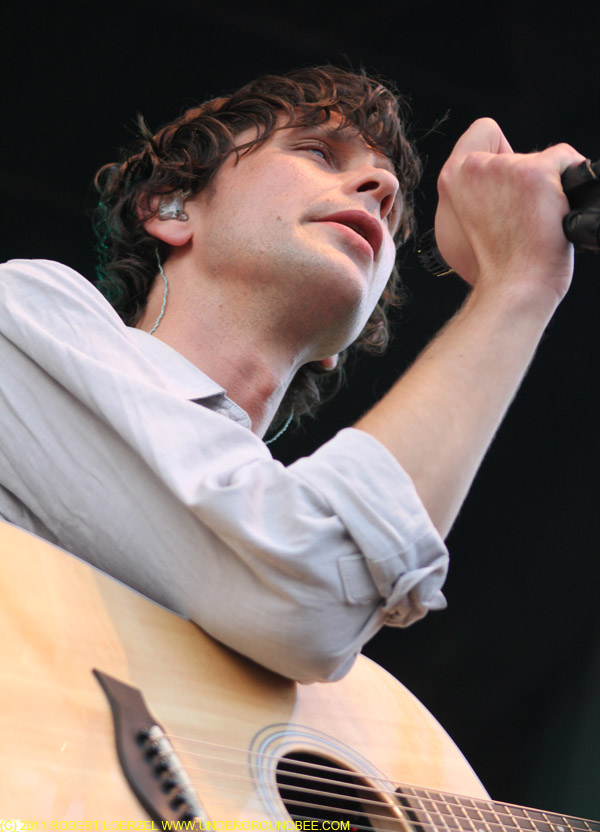
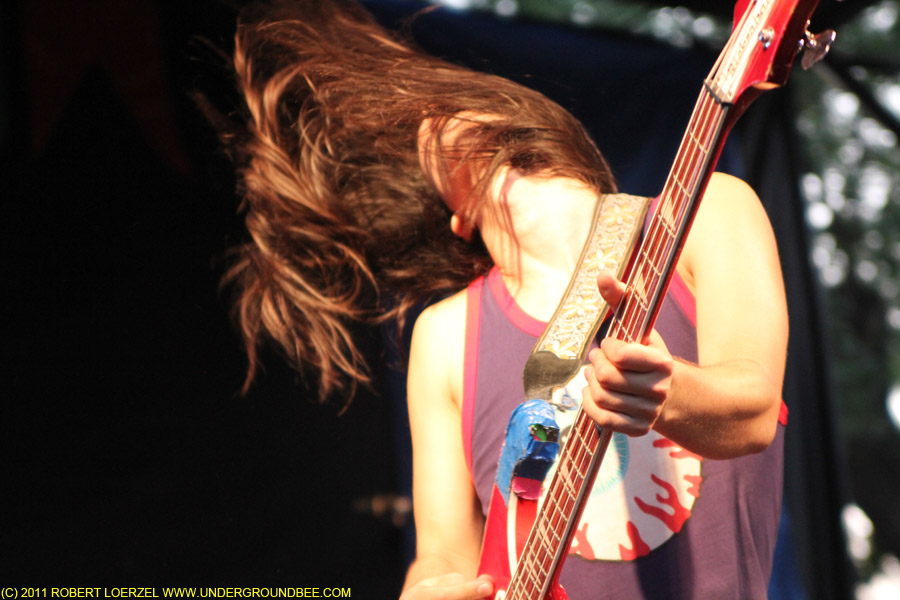
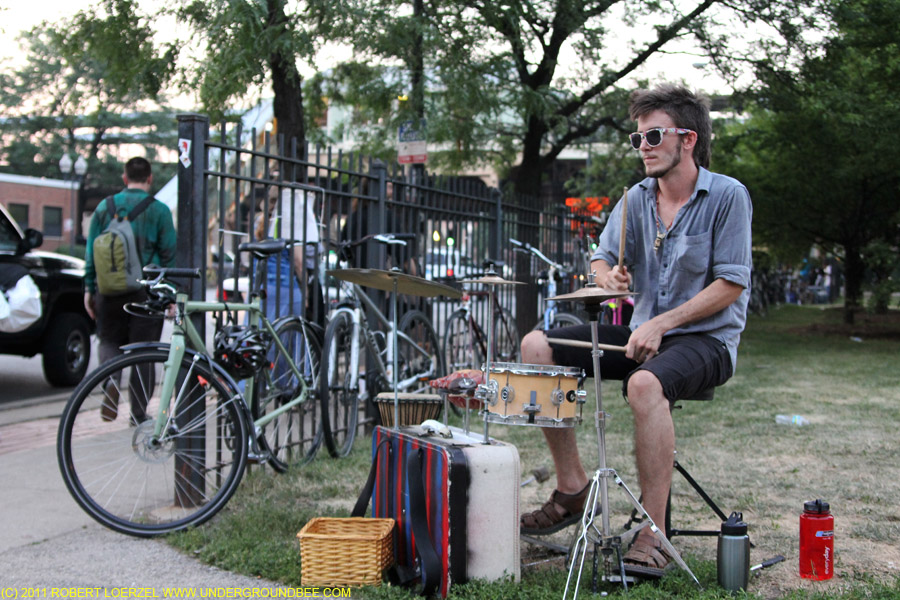
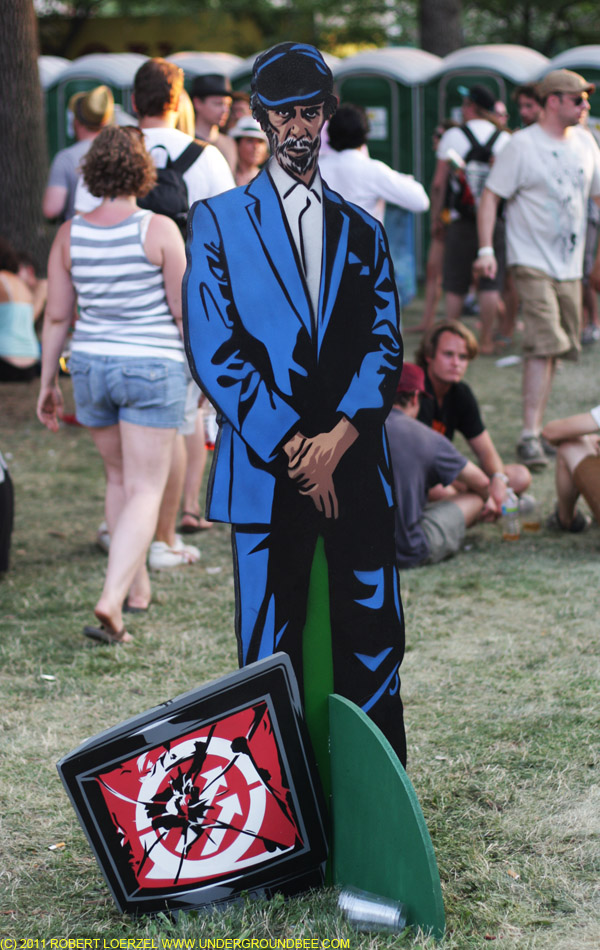
More Pitchfork Music Festival 2011 coverage: Day One Photos / Day One Review / Day Two Photos / Day Two Review / Day Three Photos / Day Three Review / Photos for WBEZ
Pitchfork Day Two: Review
The 2011 Pitchfork Music Festival ran the musical gamut — from the softest and prettiest music to the loudest and most aggressive. And sometimes, the contrasting musical styles could be heard simultaneously, thanks to the sound bleed of noise from one stage wafting through the hot summer air to the other end of the park.

As the day began, the hip-hop of Crissy Murderbot and MC Zulu intruded on the lovely harmonies of one-woman choir Julianna Barwick. Thankfully, if you were close enough to the “Green” stage, Barwick’s sublime voice overpowered everything else, as she used looping to build so many layers of vocals — it was hard to tell at time if it was four parts of harmony or 25. It was a beautiful benediction of sorts to begin the day with.

Other highlights Saturday included the early-afternoon set by Woods, who have released three strong albums in as many years. The latest record, Sun and Shade, features a few longer jams and even some Krautrock-style beats — and the band offered up all of that during its Pitchfork performance. Singer-guitarist Jeremy Earl sounded vulnerable with his appealingly warbly falsetto, while G. Lucas Crane, as usual, sang into a headset and manipulated sounds from tapes to add psychedelic touches to the mix. (It’s hard to tell exactly what he is doing or contributing to the band just from watching him, but he seems to be a key player in making it all work.) Woods’ folkier songs sounded nice, but the bigger jams were the best, with the guitar/tape/whatever solos shimmering out across the park.
No Age’s pummeling punk rock (also using some tape effects) got the audience at the “Red” stage revved up — lots of people seemed to be throwing their water instead of drinking it.

Also on the noisy end of the Pitchfork spectrum, the band Off! (a sort of punk-rock supergroup with members from the Circle Jerks, Burning Brides, Red Kross and Rocket From the Crypt) played punk of a more old-school variety — you could actually hear some melodies hidden inside the growls — generating a similarly raucous response, including some crowd surfing. As singer Keith Morris remarked before the set, “We are going to bring a different flavor to the party.”

The band Destroyer inspires either love or hate reactions, and that was true of its set Saturday at Pitchfork. I like Destroyer frontman Dan Bejar’s contributions to the New Pornographers well enough, but his nasal, affected vocals put me off. Bejar’s fans insist there’s some real genius in his songwriting, but I’m just not hearing it. And Destroyer’s latest incarnation, with lots of soft-rock trumpet and sax, was particularly annoying.

The reunited Dismemberment Plan was buoyant, practically giddy, during its set. The guys certainly looked like they were having a good time playing their old songs. When they stuck with the more straightforward post-punk rock, with clean guitar lines, it sounded pretty good, too. The band’s forays into hip-hop and dance music were less successful.

I was peripatetic at Pitchfork on Saturday, running from one stage to the next and trying to get photos of everyone. I wish I’d seen more of the set by Zola Jesus, who completely dominated her stage. When I saw her two years ago at the Wire Fest at the Empty Bottle, she was an intense performer, but much more contained. (Here’s a photo of her from that show.) This time, she was striding the stage in a outlandishly frilly dress and singing with force.

DJ Shadow began his set by climbing into a giant golf ball and then staying inside it for a good 20 minutes or so, with nothing apparently happening on the stage… just a scintillating musical mash emanating from inside the ball. At least, we think it was emanating from inside the ball. The problem was that he was scheduled to play at an hour when the sun was still up, so the video projections onto the sphere were almost completely invisible. After a while, the ball spun around, revealing an opening on the other side, where DJ Shadow was sitting with his equipment. He asked if anyone had been able to see any of the projections, seeming disappointed that the environment wasn’t working for the show he’d planned. He continued to play an inventive mix, but the lack of visuals was a big minus.

Fleet Foxes turned out to be an excellent act to finish the night. They’re a pretty mellow band for that headlining spot, but their smartly composed folk rock and art-rock suites had a lively, spry feel, and the audience clearly included a lot of people intimately familiar with these songs. Cigarette lighters were lofted. Up-raised hands swayed. Some people even danced. On their second album, Helplessness Blues, Fleet Foxes has gone almost baroque with complexity on some of its songs, and the band’s interplay on mostly acoustic instruments was as dead-on as the vocal harmonizing. A little too mainstream for Pitchfork? Maybe, but the music was some of the best heard all day.
More Pitchfork Music Festival 2011 coverage: Day One Photos / Day One Review / Day Two Photos / Day Three Photos / Day Three Review / More Photos / Photos for WBEZ
Pitchfork Day One Review
This year’s Pitchfork Music Festival includes some reruns from previous year’s editions — such as Friday’s headliner, Animal Collective — as well as the usual smattering of new acts that have received the Pitchfork website’s stamp of approval. It’s a reasonably diverse lineup and considerably more interesting than what’s coming up later this summer at the other big summer fest in Chicago, Lollapalooza.

In some previous years, the fest’s first day featured a theme, such as bands performing albums in their entirety or playing songs requested online by fans. This time, it was just a Friday full of music, with the show starting mid-afternoon. EMA (aka Erika M. Anderson, former member of the Gowns) got things off to a good start with her band’s set, which built from quiet verses to louder moments — not loud choruses or solos, so much as instrumental passages when the volume of the guitars and violin and drums went up, with Anderson showing a wakening sense of urgency, lifting up her guitar or kicking. For her last song, “California,” she put down her guitar and chanted to the crowd, almost like Velvet Underground-style spoken word, to dark, doomy string accompaniment. It was an odd mismatch with the rest of EMA’s music.
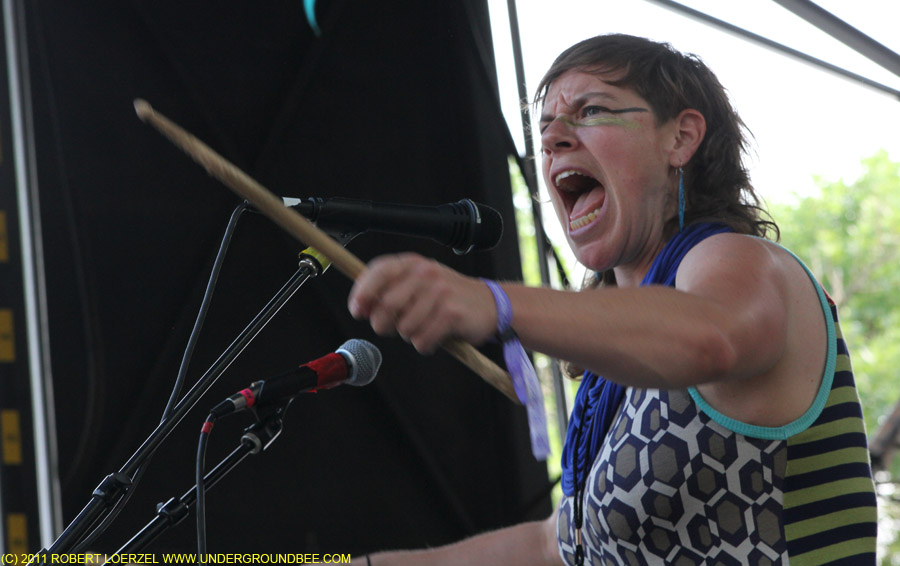
Tune-Yards (aka Merrill Garbus) was one of the day’s highlights, agilely reconstructing the complex, quirky layers of her studio recordings with assistance from three backup musicians, some looping pedals, a ukulele and her strong, brassy voice. Her latest album, W H O K I L L, has been praised by some critics as one of the year’s best records. As a live act, Garbus seemed like she was having a lot of fun. Making that complicated music wasn’t work for her — just a cool game. Her face often took on the intense look of someone screaming in anger, but then she would flash a disarming smile. And when the clattering percussion cut out in some passages, allowing her voice to come through almost a cappella, you could feel its strength.
In one of the scheduling conflicts that can drive music fans crazy, Tune-Yards was playing at the same time as Battles was across the park; I caught some of each set. Battles seems to have survived the departure of its multi-instrumentalist and vocalist Tyondai Braxton just fine. The emphasis was still on tricky time signatures, a sort of indie-rock version of math rock.
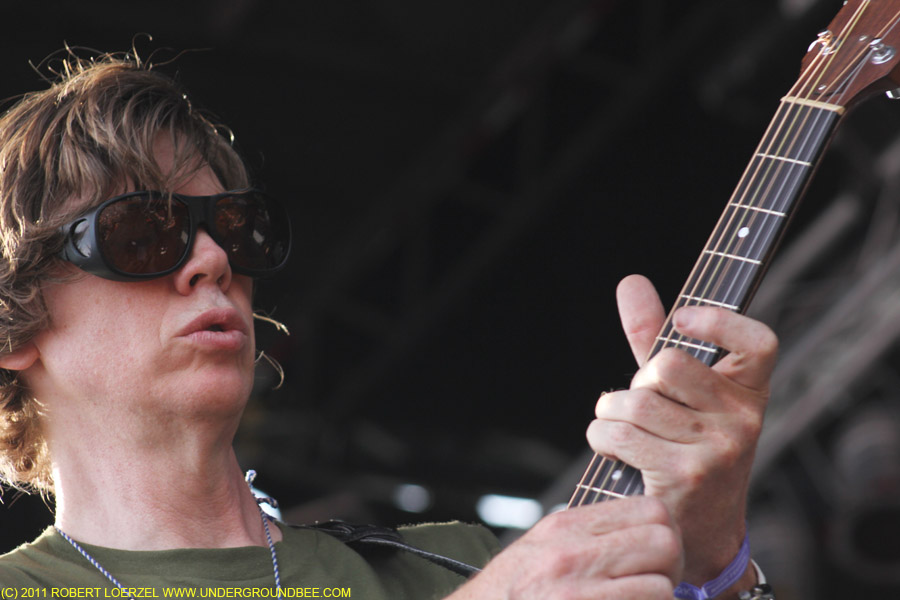
Sonic Youth’s Thurston Moore, who recently released a mostly acoustic and mostly mellow album, Demolished Thoughts, played a, yes, acoustic and mellow set of his solo music. “You guys want to hear songs about rape, incest and carnage?” he asked sarcastically just before playing alongside a harp and a violinist. “We’ll do the best we can.” If anything, Moore’s set was a little too lulling for the festival scene, but it’s a fascinating musical exercise to hear the sort of droning chords and alternate tunings he plays with Sonic Youth with all of the noise stripped away. Some of the songs feature just a small smattering of vocals, more like haiku than typical rock lyrics.
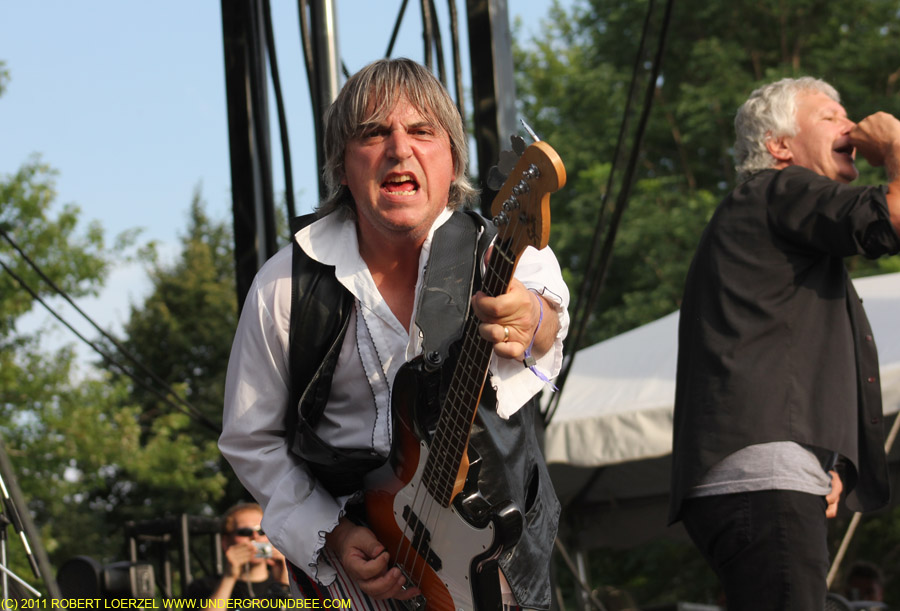
The reunited “classic” lineup of Guided By Voices — that is, to say, the version of the band that played on classic records such as Bee Thousand — played a set of greatest hits mostly from that era. Neko Case joined the band on harmony vocals on the first song of the set, “Echos Myron.” Robert Pollard already seemed to be fairly sloshed as the band began playing — although I heard another GBV fan remark that he seemed less drunk than usual. Either way, he was right on target with his singing of all those fantastic lyrics, even if he wasn’t at his sharpest with the kicks and jumps and microphone twirls. This lineup of GBV is apparently going back into retirement soon, but Pollard continues to be prolific with solo albums and other projects. And it will be a surprise if GBV doesn’t surface again in some form. Friday’s made a good case for keeping the band going until the end of the universe.

With her usual casual and unassuming air, Neko Case beautifully sang a strong set of songs, mostly drawn from her last couple of albums, plus a couple of new ones. Judging from that evidence, it doesn’t sound as if she’s going to make any dramatic change in her style of music on her next record — which is perfectly fine, considering how staggeringly great her last couple of albums have been, proving that she’s not just a fabulous singer but also a true poet of musical and lyrical form. Case’s band and harmony vocalist Kelly Hogan know exactly how to provide the perfect accompaniment for her. It was not only a joy to hear Case’s and Hogan’s voices blending, but also the way Jon Rauhouse’s pedal steel guitar sounds like a plaintive human cry, a third voice entering into the harmony.

And then came the headliner, Animal Collective. This band has played some interesting music over the years, and its 2008 performance at Pitchfork wasn’t bad. As I noted back then: “Nice trance vibe, though I wish it had taken off into higher realms.” This year, Animal Collective’s attempts at creating a trippy ambience just fell flat. The psychedelic visuals on the big video screens failed to distract from the fact that the songs had taken on an almost grating edge.
More Pitchfork Music Festival 2011 coverage: Day One Photos / Day Two Photos / Day Two Review / Day Three Photos / Day Three Review / More Photos / Photos for WBEZ
Gillian Welch: ‘The Harrow & The Harvest’
The wait is finally over. Tuesday (June 28) is the release date for Welch’s fifth album, The Harrow & the Harvest. The good news is that she and Rawlings are up to their old tricks. This record does not reinvent their formula — not in the least. And that’s just fine. Why fix something that isn’t broken? Welch writes, sings and plays modern-day old-timey music. That is to say, the idiom is old-fashioned, a style of folk song with its roots in bluegrass, gospel, blues and other old traditions. And even the words Welch sings can seem as if they’re ripped pages out of some century-old chapbook. But this is a modern girl singing, and sometimes contemporary references surface on the lyric sheet. The feelings are certainly universal, penetrating from whatever distant, imaginary place these pieces of mountain music are supposedly set.
As with most of their previous recordings, Rawlings co-wrote all of the songs here, and his fluid soloing on the acoustic guitar is a constant presence. Rawlings sings subtle harmonies — his voice is never distinct enough for its own personality to emerge, but it lends an emotional undertow or uplift to Welch’s lead vocals — but the real duet going on here is the pairing of Welch’s voice with the singing of Rawlings’ guitar strings, a really exquisite dance. Welch doesn’t have the grandiose voice of a diva, but she doesn’t need it with this music. For all we know, she might be capable of more flamboyant singing that would wow us, but her personality seems too modest to try knocking us over by belting out a big note. She’s subservient to the songs and the stories they tell.
The production of The Harrow & the Harvest sounds as simple as could be: two voices and two guitars, and just about nothing else. (What else is there? A bit of banjo, some harmonica and a hand knocking on the body of a guitar.) The performances sound like live concert performances, without any overdubs, and with a spontaneous sense of invention in Rawling’s searching melodies on the guitar. There’s a lovely sense of stereo separation among these spare elements. Listen with headphones for the full effect.
And the songs? These are another 10 great ones by one of our greatest songwriters. The album opens with “Scarlet Town,” a lively number that jumps along, thanks to some fast runs on Rawlings’ guitar. The lyrics are ominous, describing a mysterious place the narrator visits despite being warned to stay away. “The things I seen in Scarlet Town did mortify my soul,” Welch sings. “Look at deep well, look at that dark grave, they’re ringing that iron bell in Scarlet Town today.” A metaphorical place? A state of being? It seems so: “You left me here to rot away,” she sings, adding later: “I’ve been looking through a telescope from hell to Scarlet Town.”
Then the record shifts gears with the second track, “Dark Turn of Mind,” which sways along, softly and slowly. The melody is so beautifully bittersweet that it’s hard to know if Welch (or whoever her character is this time) is happy or sad. “You’ll never know how happy I’ll be, when the sun’s going down,” she sings. And as the song ends, she confesses to being the sort of person with one of these dark minds, but she doesn’t make it sound like such a bad thing. “Some girls are as bright as the morning. Some girls are blessed with a dark turn of mind.” It seems like a confession, to having the sort of personality that doesn’t fit into the conventional idea of a happy, normal person.
The album continues on in this vein, shifting tempos and moods and styles, but all within the framework of old-fashioned acoustic music that Welch and Rawlings have honed during their many years together. The melodies and chord progressions take some delicious and unexpected turns at a few points, adding depth and sophistication that go far beyond simple three-chord ditties.
Even in a song that sounds fun, like “Six White Horses,” which features banjo, harmonica and a hand-slapping rhythm, the lyrics are foreboding and Biblical. “Six white horses, coming two by two, coming for my mother, no matter how I love her…” At first, it seems like just a simple description of some animals — but then it becomes a harbinger of death. And by the end of the song, the horses are coming after the song’s narrator. But while your mind wanders to thoughts of those horses straining at the reins, the music keeps clopping happily along. It’s a joy to hear.
That’s the sort of dichotomy that makes Welch’s music so wonderful. But more than anything else, to put it quite simply, this is beautiful music, skillfully written and superbly performed. It’ll take many more listens to decide how The Harrow & the Harvest rates in Welch’s already accomplished discography, but it’s already certain that this record’s more than up to snuff. Gillian Welch is back, and that’s a cause for celebration.
Bonnie “Prince” Billy at Millennium Park
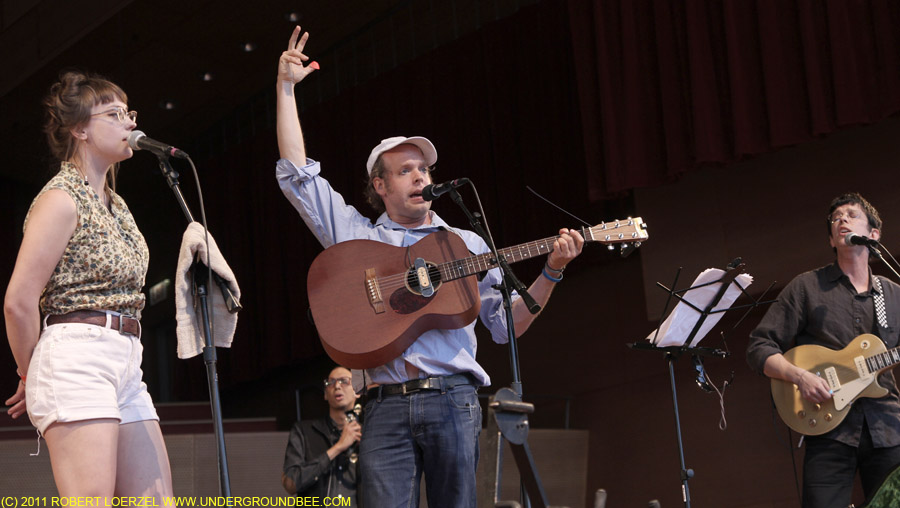
Yes, it is hard to believe sometimes how unusual and wonderful the concerts promoted by the city of Chicago in the beautiful Millennium Park are. The summer season of free concerts got started Monday night (May 23) with … Bonnie “Prince” Billy? And Eleventh Dream Day as the opening act?
I love both of these acts, but they’re not exactly superstars or even what most people would think of as mainstream crowd pleasers. But over the past few years, the programmers in the city’s Department of Cultural Affairs have proven that they’ve got good taste and they’re willing to take risks. There’s been a shakeup since last fall, and I’m still trying to make sense of what it means that the city has moved around jobs and transferred some of these responsibilities to the tourism office. So far, so good — interesting and cool music is still being booked at the Pritzker Pavilion in Millennium Park. Let’s keep our fingers crossed that it stays this way in the months and years to come. (Check out this summer’s concert schedule at Millennium Park here.)
The first act of the night Monday was Chicago’s venerable but still very lively indie-rock band Eleventh Dream Day, although it was questionable for a while whether they would actually play. Drummer and harmony vocalist Janet Beveridge Bean broke an ankle Sunday, and initially the band was planning to cancel the gig as a result. But Jim Elkington (who was in the Zincs and collaborated with Bean in the Horse’s Ha) was recruited to fill in on drums. Bean came out onto the stage in crutches and stood at her own mini drum set, singing throughout the set and offering some backup percussion. Elkington sounded pretty good, considering he’d just had one chance to rehearse the songs. It wasn’t quite the full Eleventh Dream Day experience, but the songs still sounded pretty great … and it made for an unusual and unique show. Bean joked that she was worried about keeping her job with the band. I don’t think there’s any need for her to worry about that, as her vocals came through as strong as ever Monday night.
Bonnie “Prince” Billy, aka Will Oldham, performed Monday with the same band he’s had with him last year, the Cairo Gang, which is led by guitarist Emmett Kelly of Chicago, and also includes Chicago singer Angel Olsen. Oldham was a bit more mellow than he’s been the past few times I’ve seen him, but he was just as expressive with his oddball yoga/dance moves, lifting his bare foot at skewed angles while he sang, cradling his guitar in his hands when he wasn’t playing it.
Unless I failed to recognize some of the songs (which is certainly possible, given how many records Oldham has put out), I believe that the bulk of songs he played Monday were brand-new ones, not yet released. He opened with “Troublesome Houses,” off of 2010’s Wonder Show of the World, and played another song from that same terrific album, “Go Folks, Go” just before the encore. But everything in between seemed to be new, with Oldham using lyrics sheets. The songs tended toward the quiet, with lyrics about spiritual seeking as well as the casual references to sex we’ve come to expect. At one point, he warned the audience to clap hands over the ears of anyone children in attendance, then proceeded to sing, “As boys, we fucked each other.” Another song mentioned sweaty thighs locked together. The first of the new songs he performed was almost a solo a cappella performance, with just a few eerie accents from the Steinway piano and the upright bass. The audience in the section of the pavilion near the stage fell almost completely silent as Oldham delivered this melody from the peculiar depths of his throat.
In its loveliest moments, the new material built to gospel-like choruses and impressive three-part harmonies featuring Oldham, Olsen and Kelly. More listens will be needed to decide how the new songs stack up — Oldham’s work usually needs repeat listens before it clicks with me — but it was a daring and beautiful performance. I was wondering what the people in the audience less familiar with Oldham’s work made of it all. It was steady, low-key folk-rock with tinges of jazz and gospel, the sort of music that requires close listening. Did it win over the audience or were people scratching their heads? It’s impossible for anyone to tell what everyone else is thinking in a crowd, but I got the sense that people were at least respectful and intrigued by what they were hearing.
During the encore, Bonnie “Prince” Billy played “There Is No God,” a single he’s releasing June 12 on Drag City, with profits going to Save Our Gulf and Turtle Hospital to support efforts to clean up and maintain waterways — a good cause, in the wake of the recent flooding along the Mississippi River basin. (Watch the video here.) After sounding spiritual in other songs earlier in the evening, Oldham now declared bluntly, “There is no god.” But the declaration wasn’t quite that simple. “There is no god,” he sang, “But that which surround the tongue/That which sees love in the chest/That which puts mouth on cock and vagina/That that is the best.” In his own odd way, Oldham reminds me of poets like Walt Whitman.
His occasionally vulgar lyrics made the spectacle of the concert in the park seem all the more subversive… or surreal, anyway. So the city of Chicago is paying this guy to stand in his bare feet on that fancy stage designed by Frank Gehry and blurt out lyrics about cocks and vaginas and sweaty thighs and how god doesn’t exist? Yep. Pretty cool, isn’t it?
Elvis Costello at the Chicago Theatre
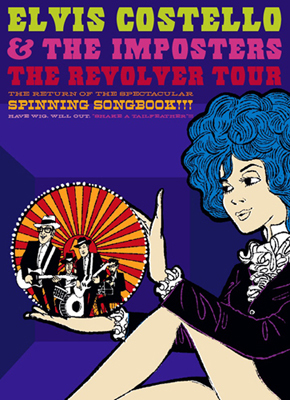 Elvis Costello is billing his current tour as “The Spectacular Spinning Songbook,” and it lived up to that title Sunday (May 15) at the Chicago Theatre. It was indeed pretty spectacular — a highly entertaining show. And it was truly a “show,” not just a typical concert. Reviving a gimmick he featured in a 1980s tour, Costello gave audience members a chance to come up on stage and spin the big wheel, which had about 40 songs or “jackpot” slots on it (each of which would prompt Costello and the Imposters to play a mini set of songs on one theme).
Elvis Costello is billing his current tour as “The Spectacular Spinning Songbook,” and it lived up to that title Sunday (May 15) at the Chicago Theatre. It was indeed pretty spectacular — a highly entertaining show. And it was truly a “show,” not just a typical concert. Reviving a gimmick he featured in a 1980s tour, Costello gave audience members a chance to come up on stage and spin the big wheel, which had about 40 songs or “jackpot” slots on it (each of which would prompt Costello and the Imposters to play a mini set of songs on one theme).
It’s a great vehicle for someone like Costello who has a huge repertoire of great songs to play — giving Costello an excuse to vary up his set list from night to night and to have fun doing it. After the opening set of five songs, Costello put on a top hat and grabbed a cane, shifting into emcee mode. In addition to being an excellent all-around singer-songwriter, Costello is a bit of a ham. Speaking in the grandiose language of a game-show host, with heavy doses of irony, Costello guided Sunday’s audience through a diverse set of songs, letting audience members dance or sit on stage sipping drinks in a “lounge.” The show also featured a go-go dancer in a sort of cage, and a hostess who plucked people out of the audience. During the interludes when the wheel was being spun, the Imposters played instrumental music, including songs such as “Time Is Tight” by Booker T. & the MG’s.
Costello’s set leaned heavily toward his early records, and the Imposters sounded tight as they played driving versions of those classic songs. (Personally, I was thrilled to hear him do one of my favorite songs by him, “Man Out of Time,” from the Imperial Bedroom album.)
Throughout the night, Costello tossed in little bits of other people’s songs — songs that sound similar or share some of the same spirit. During “Uncomplicated,” he played a bit of Junior Walker’s “Shotgun.” During “Alison,” he briefly segued into two different songs by Smokey Robinson and the Miracles, “The Tracks of My Tears” and “The Tears of a Clown.” One of the few songs that Costello radically changed for the live performance was “Pump It Up,” which he played at the piano with a bluesy feeling, adding a couple of verses and choruses from Ray Charles’ “Busted.” Perhaps most surprising was the final song of the night, at the end of a long, satisfying concert: Costello’s iconic version of Nick Lowe’s “(What’s So Funny ’Bout) Peace Love and Understanding” briefly transformed in Prince’s “Purple Rain.” Odd choice, but somehow, he made it work.
SET LIST
Overture (featuring “The Tersichorean Stylings of Miss Felicity Sisters”)
I Hope You’re Happy Now
Doll Revolution
Mystery Dance
Uncomplicated (with Shotgun, Junior Walker cover)
Radio, Radio
(The Spectacular Spinning Songbook)
45 (SPIN 1)
This Wheel’s On Fire (The Band cover)/The River in Reverse (SPIN 2)
Living in Paradise (SPIN 3)
The Other Side Of Summer (SPIN 4)
Accidents Will Happen (SPIN 5)
(“Time” Jackpot, SPIN 6)
Strict Time
Out of Time (Rolling Stones cover)
Next Time Around
Man Out Of Time
Element Within Her (SPIN 7)
(“Girl” Jackpot, SPIN 8 )
This Year’s Girl
Girls Talk
Girl (Beatles cover)
(I Don’t Want to Go To) Chelsea (SPIN 9)
Beyond Belief (SPIN 10)
(“Napoleon Solo” Jackpot, SPIN 11)
Pump It Up (with Busted, Ray Charles cover)
ENCORE 1:
A Slow Drag With Josephine
God’s Comic
Alison (with The Tracks of My Tears and The Tears of a Clown, Smokey Robinson & the Miracles covers)
ENCORE 2:
(“Beauty or Beast” Jackpot, SPIN 12)
Rocking Horse Road (with Wild Thing, Troggs cover)
Waiting for the End of the World (with Gloria, Them cover)
Watching the Detectives
(What’s So Funny ’Bout) Peace Love and Understanding (with Purple Rain, Prince cover)
Favorite photos of 2010 Part 2


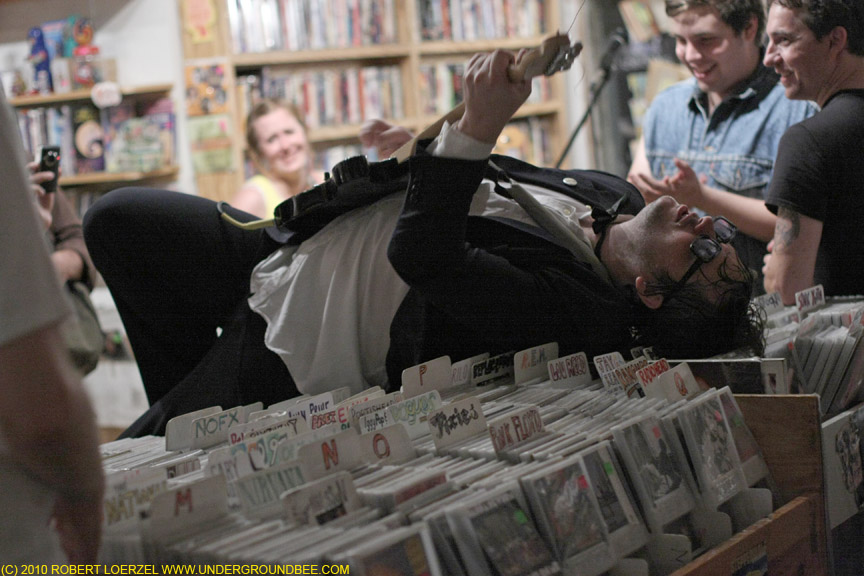
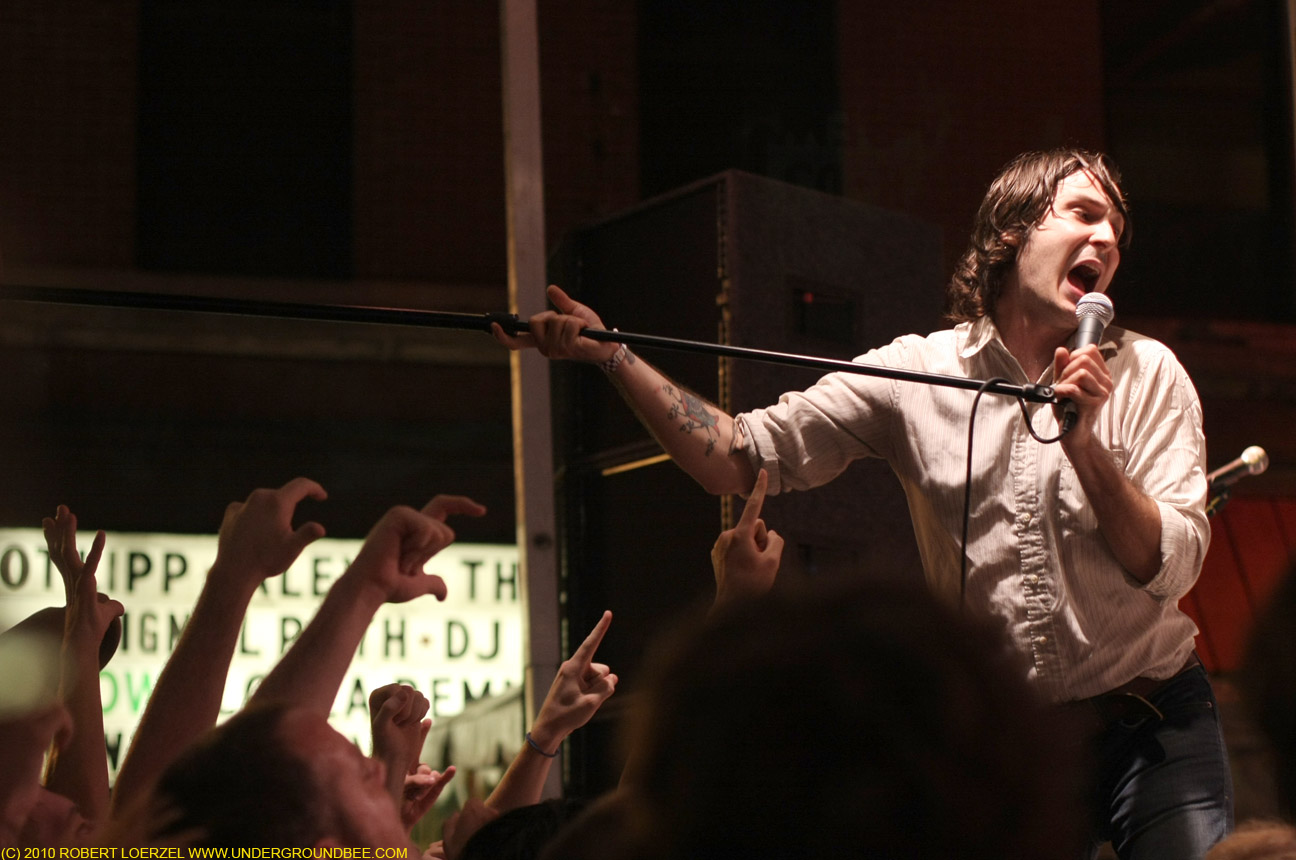
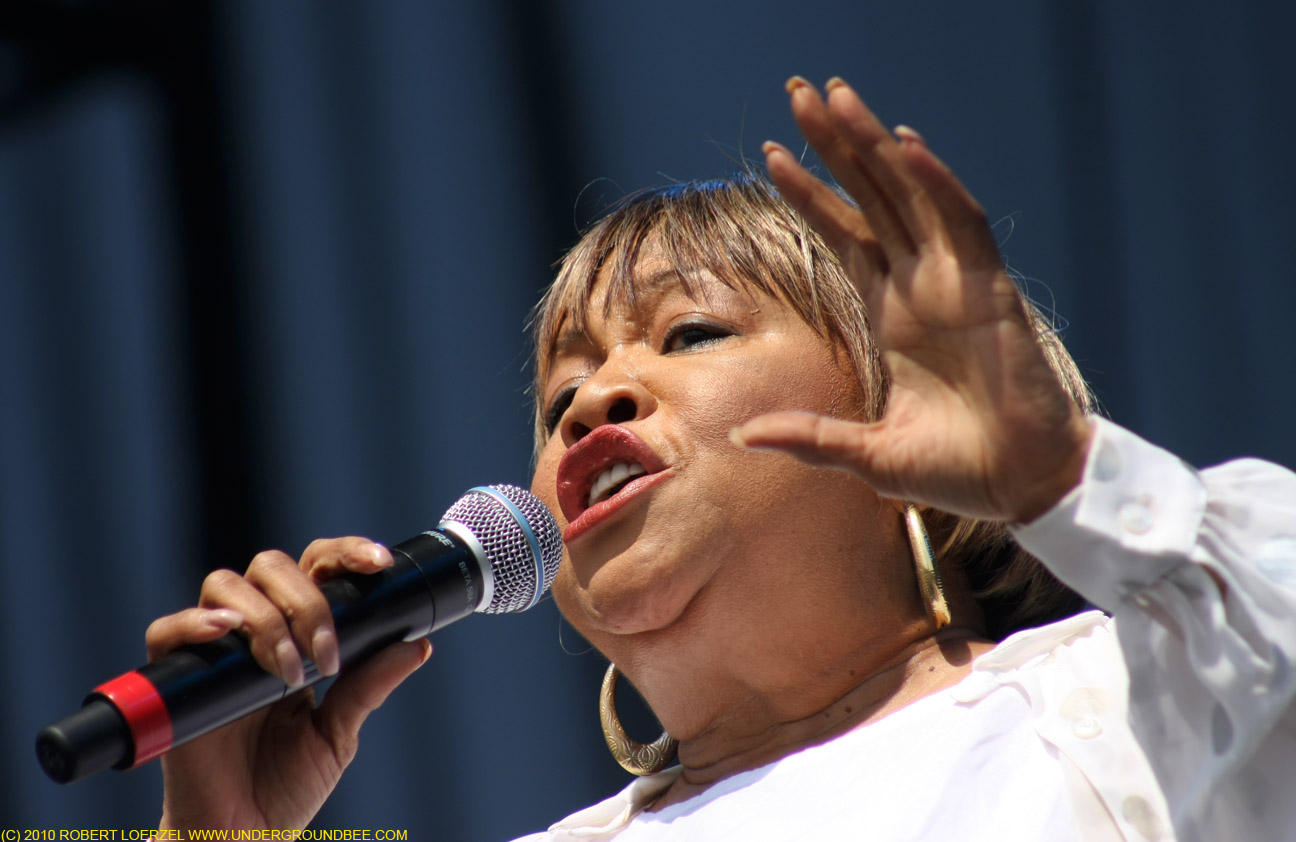
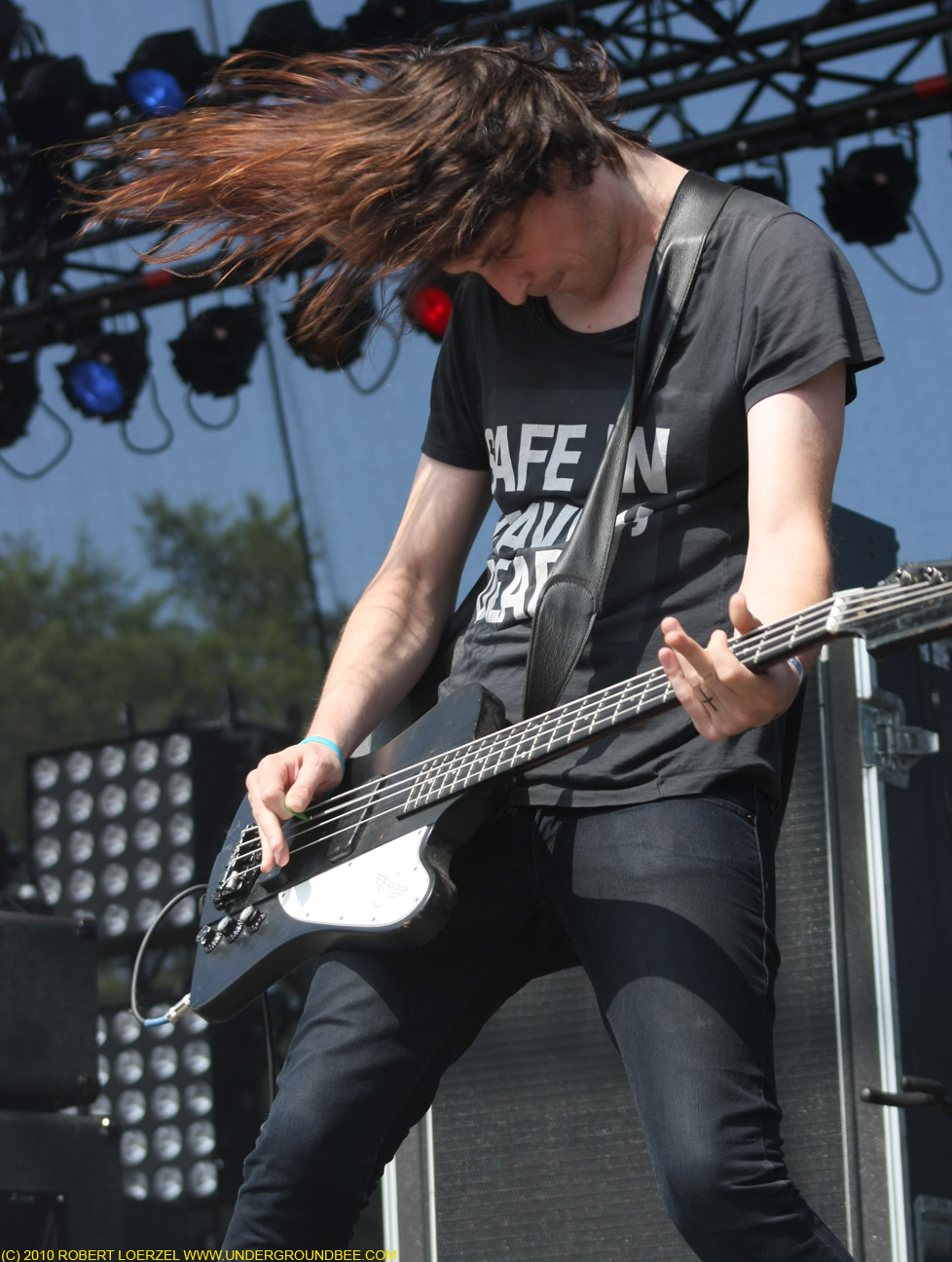
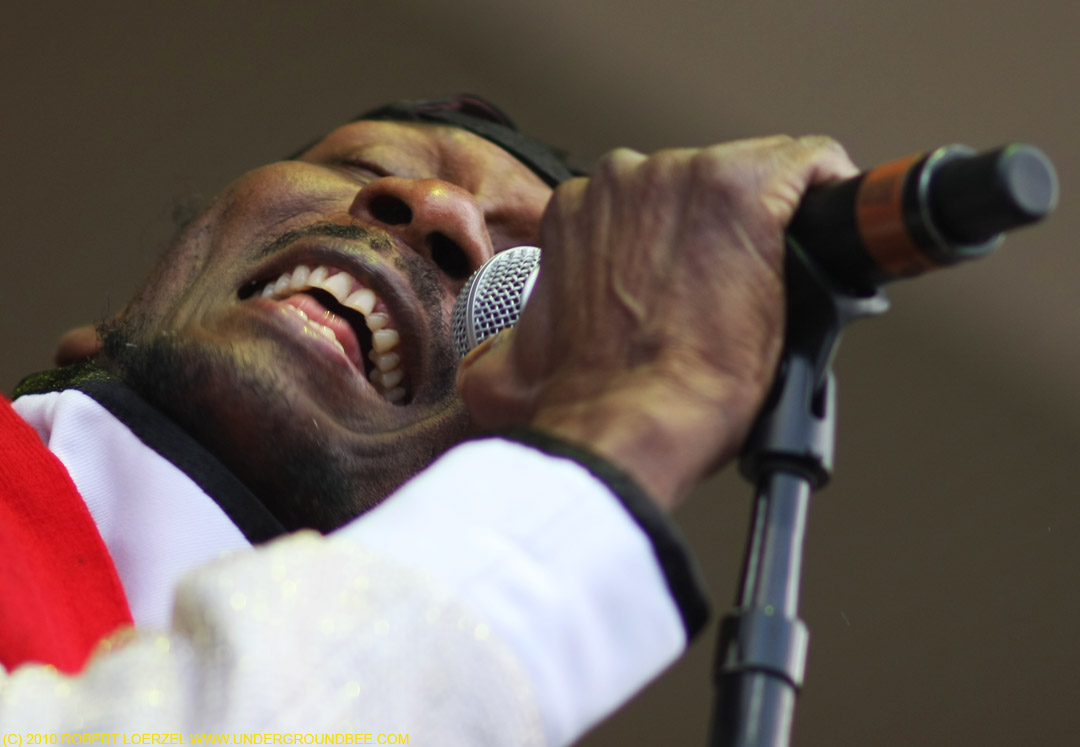
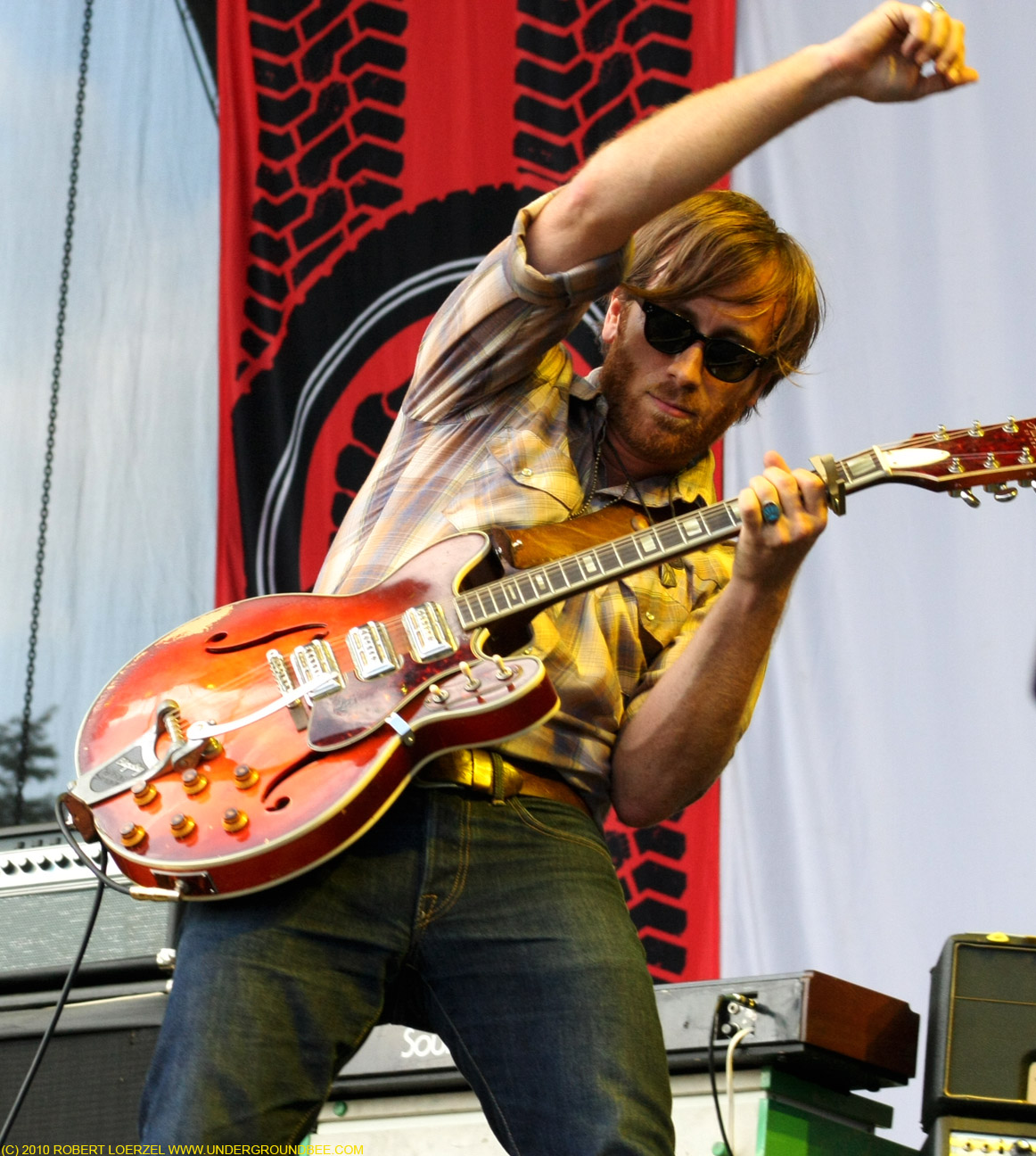
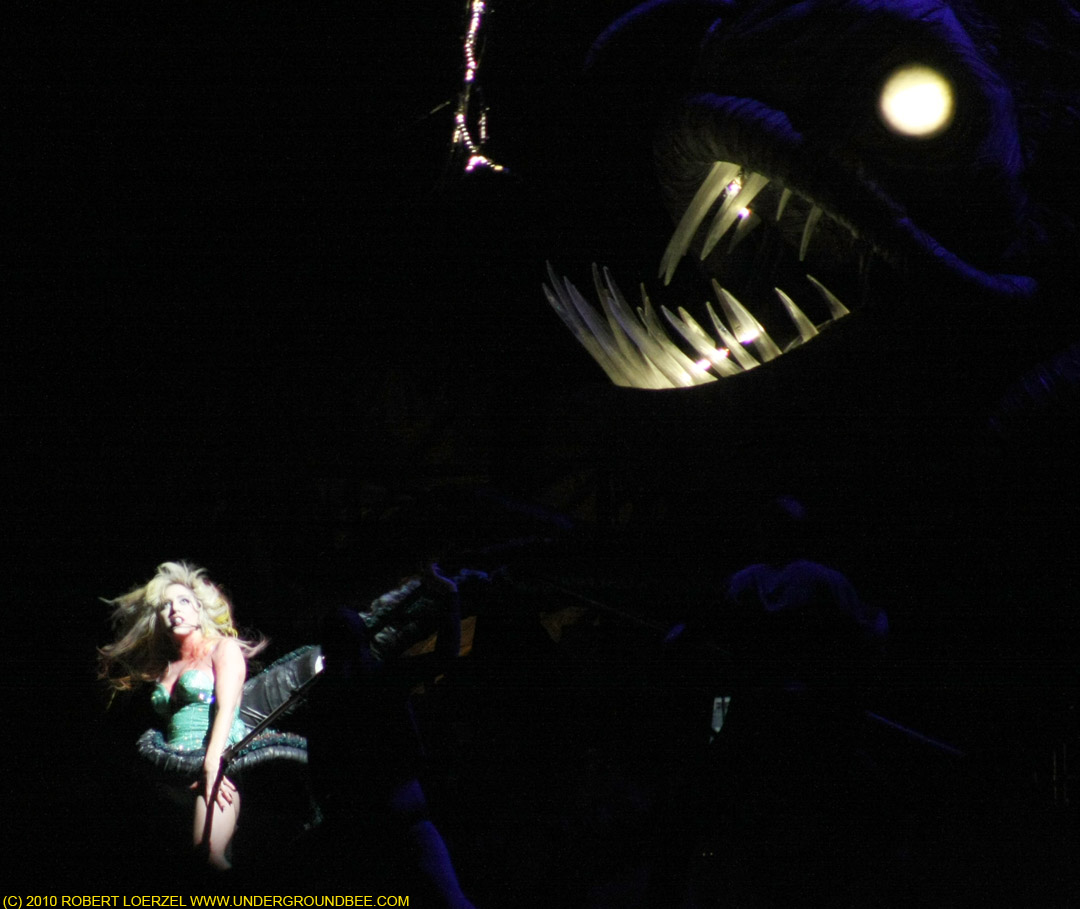
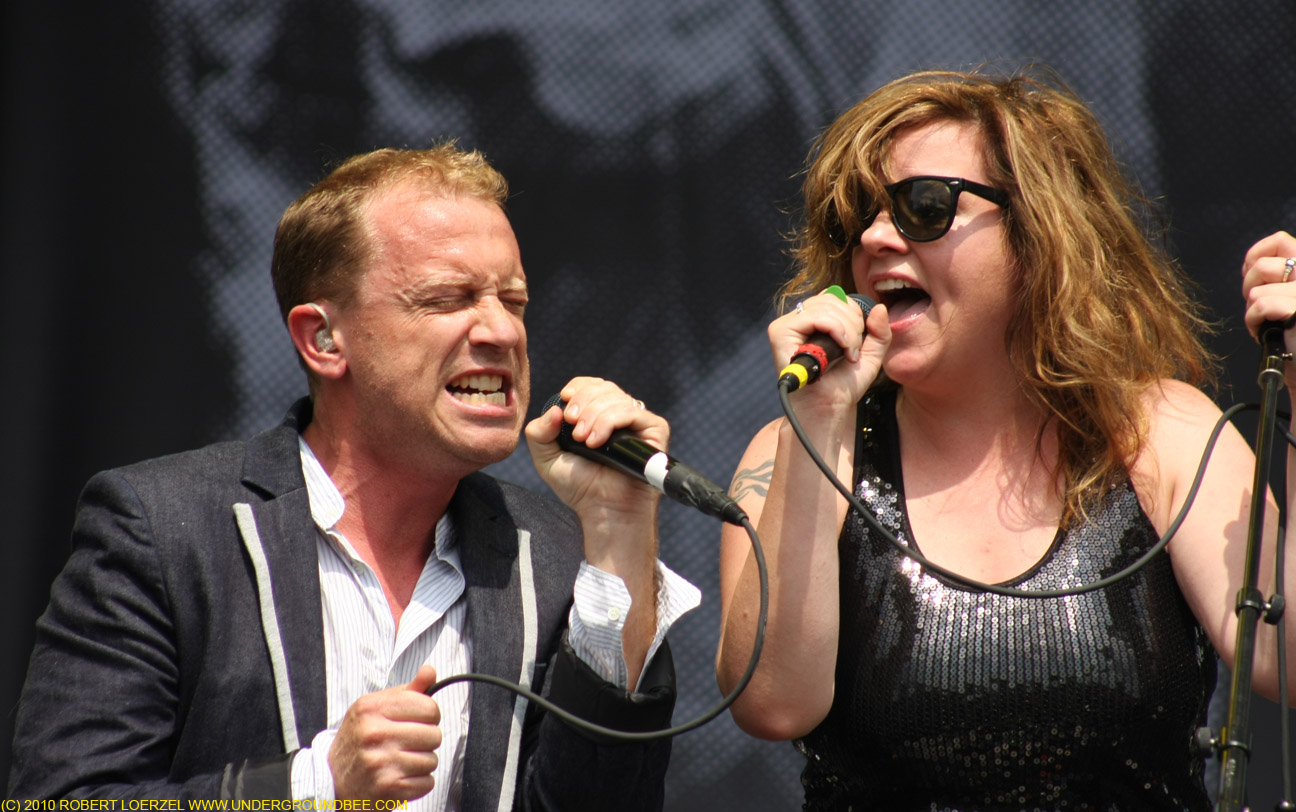
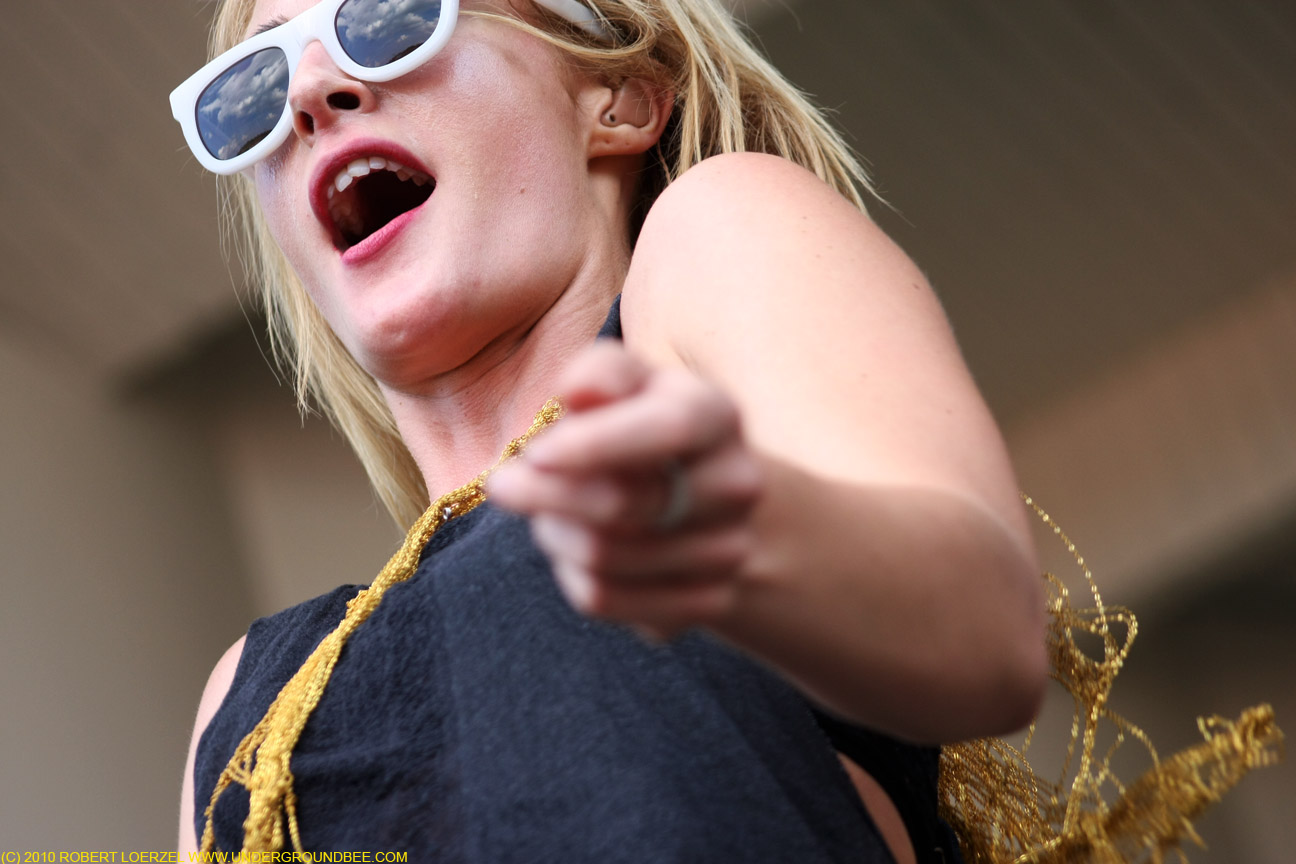

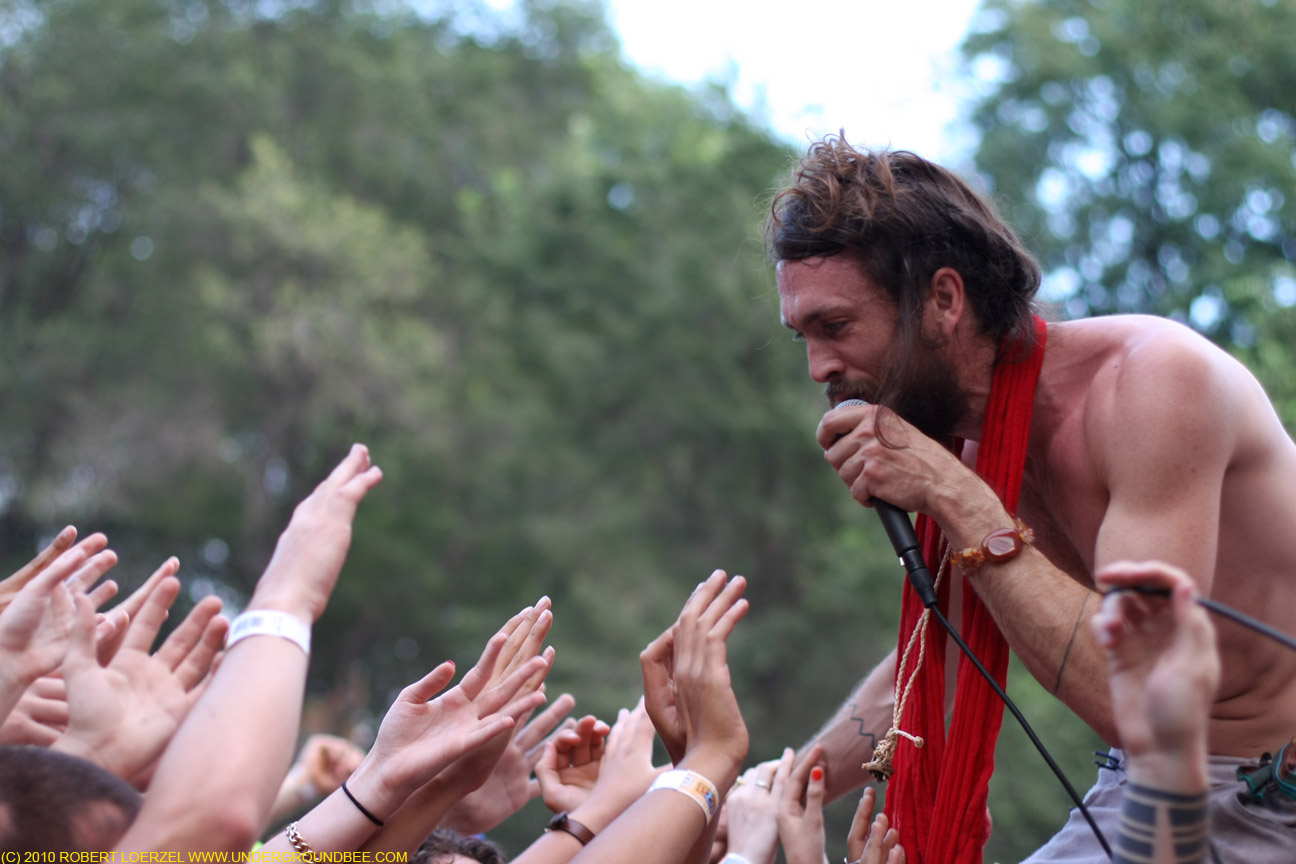
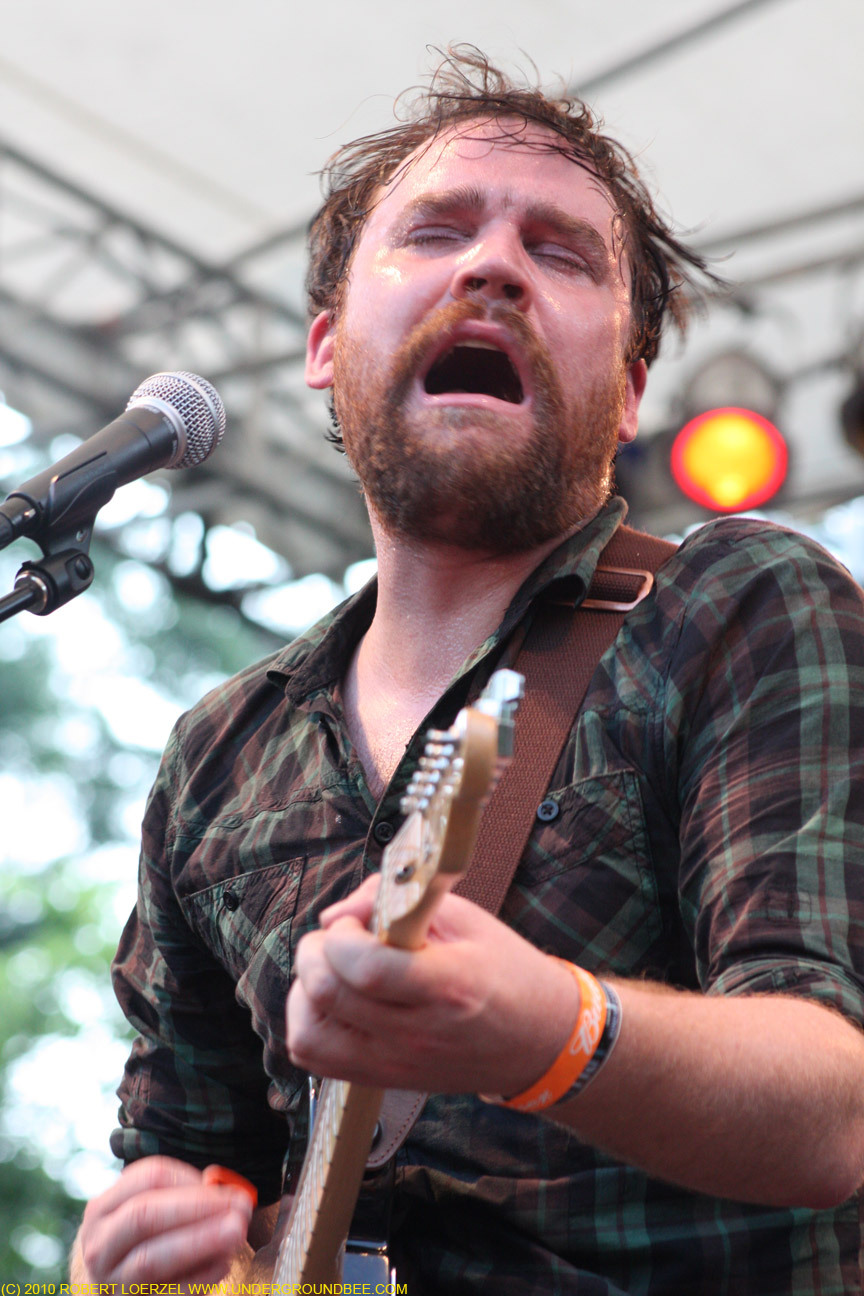
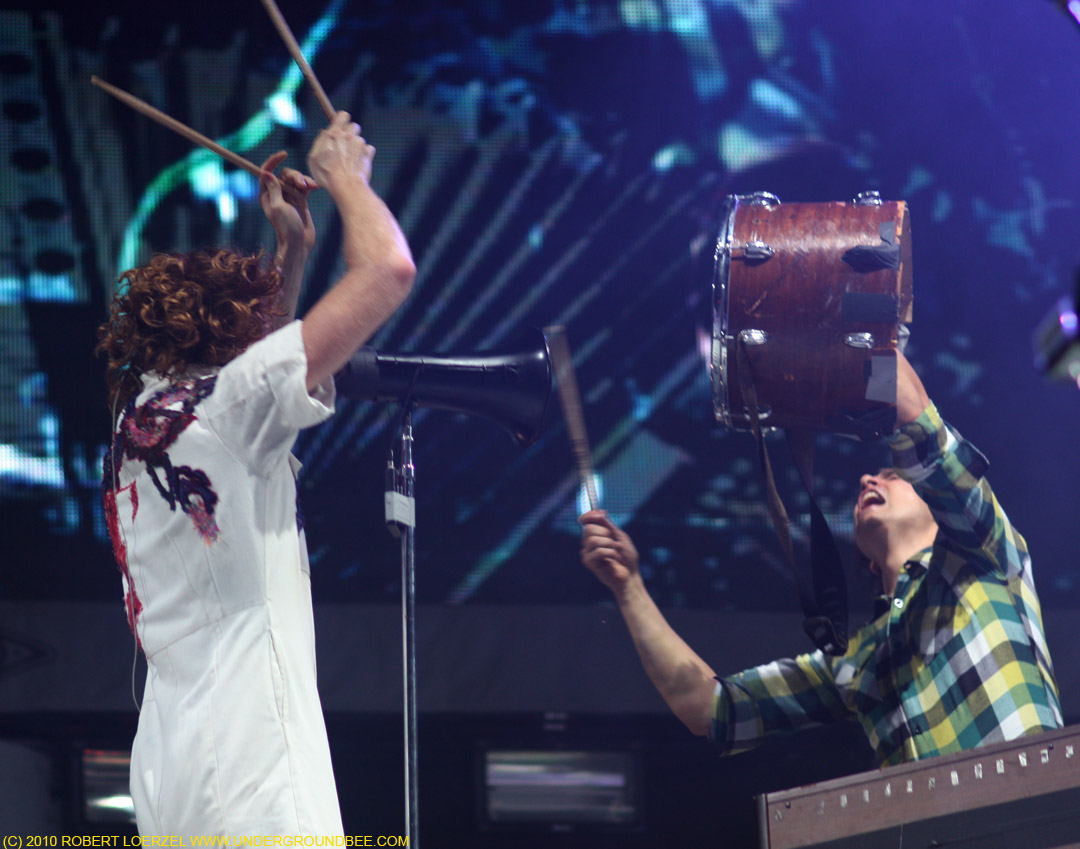

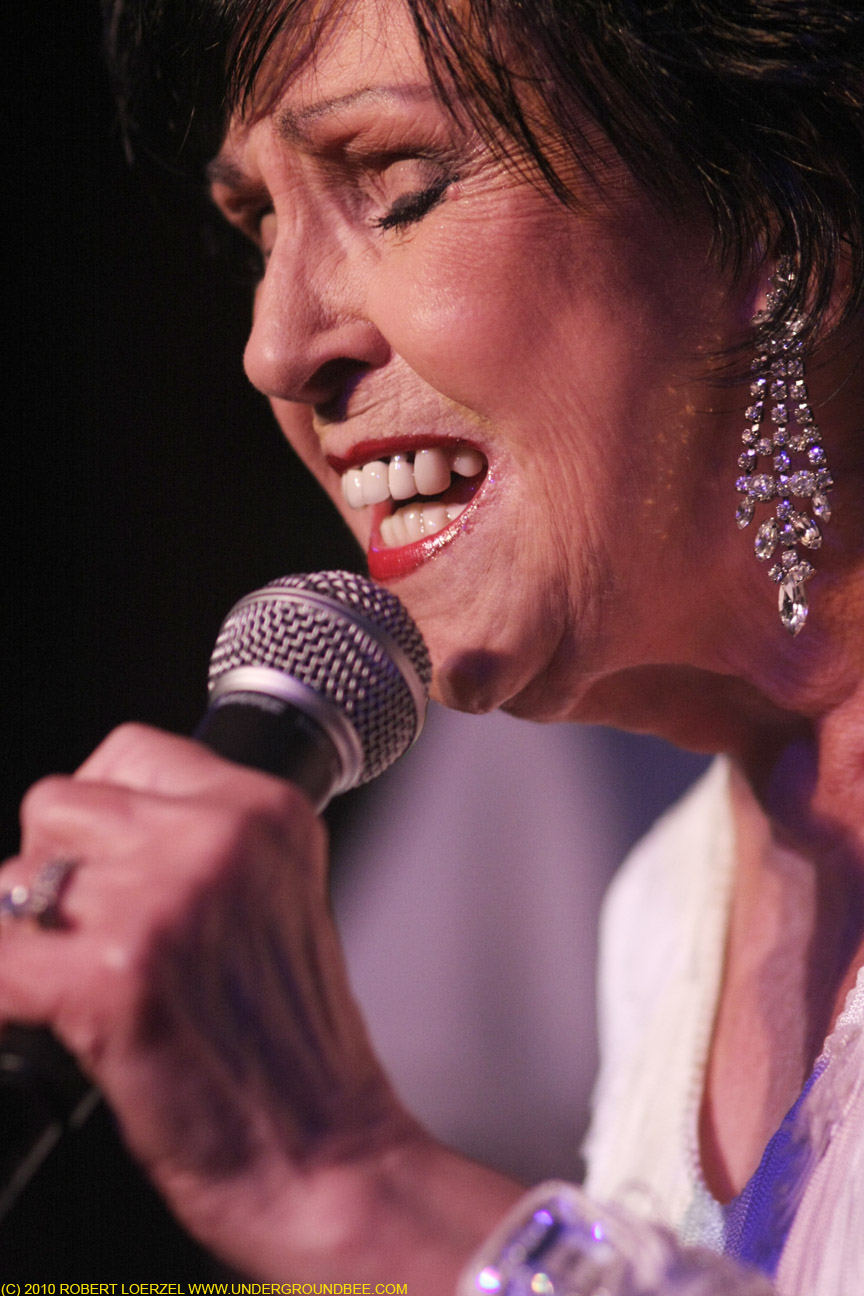
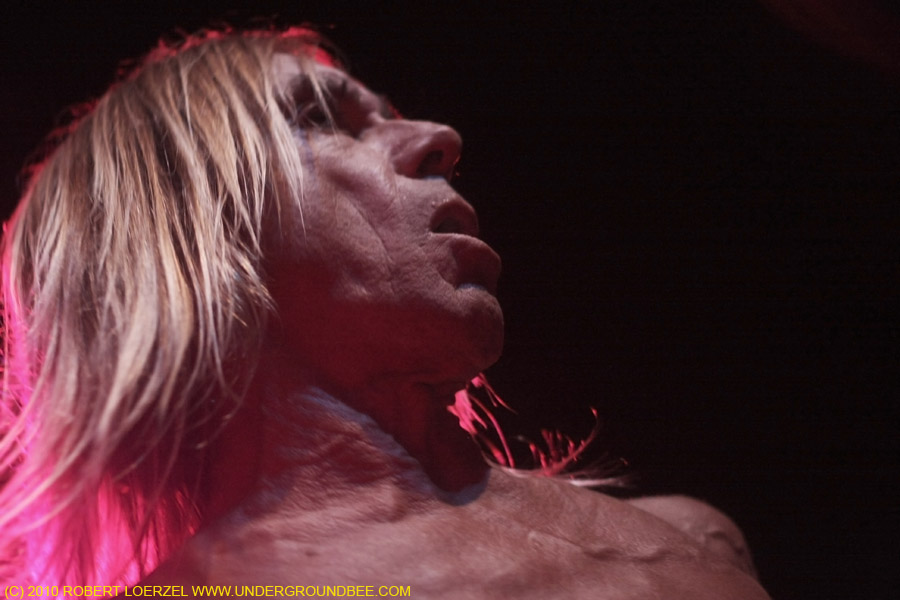

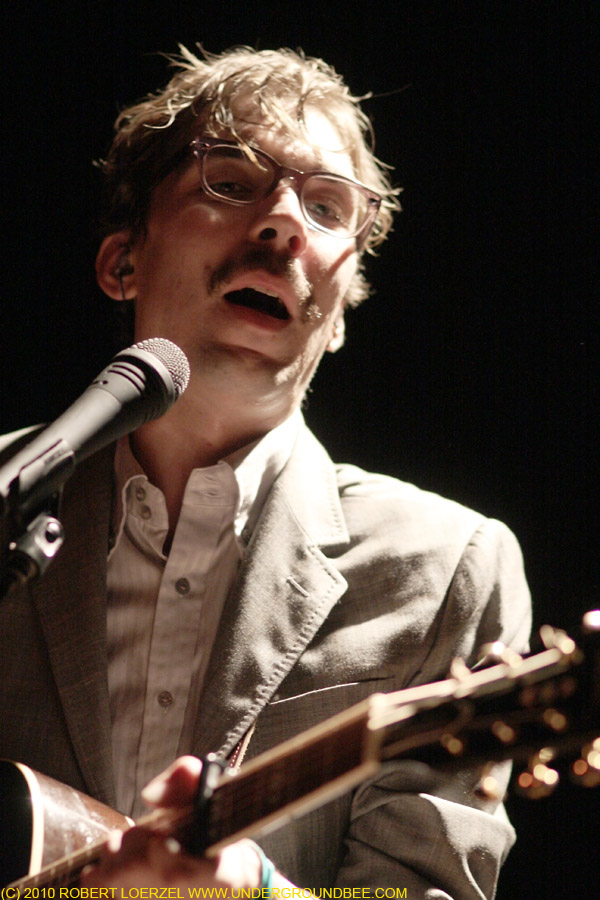

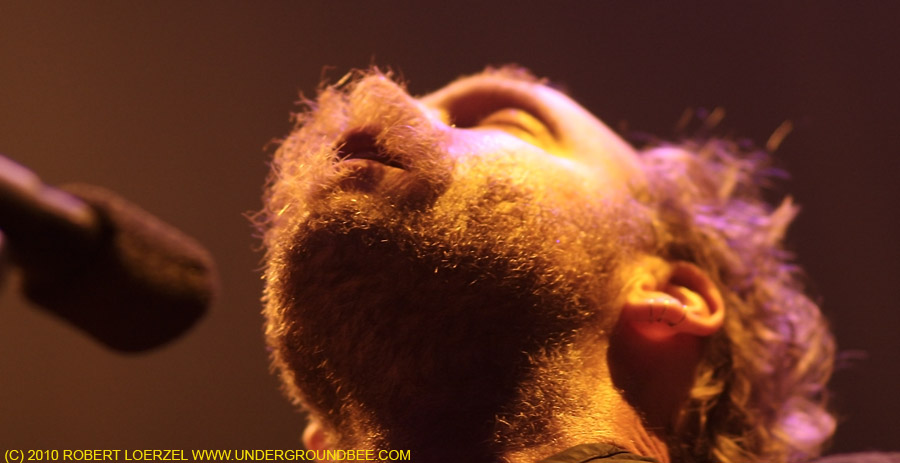

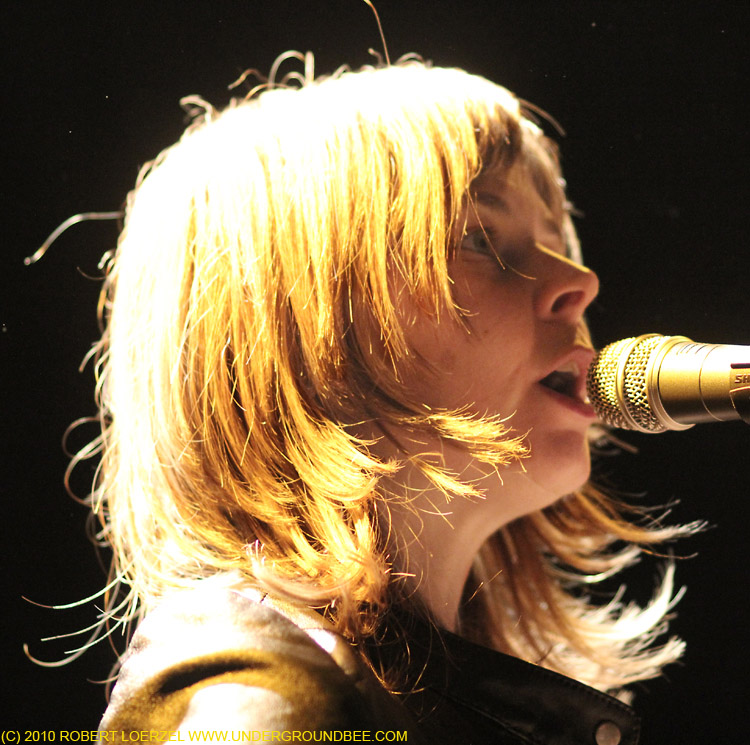


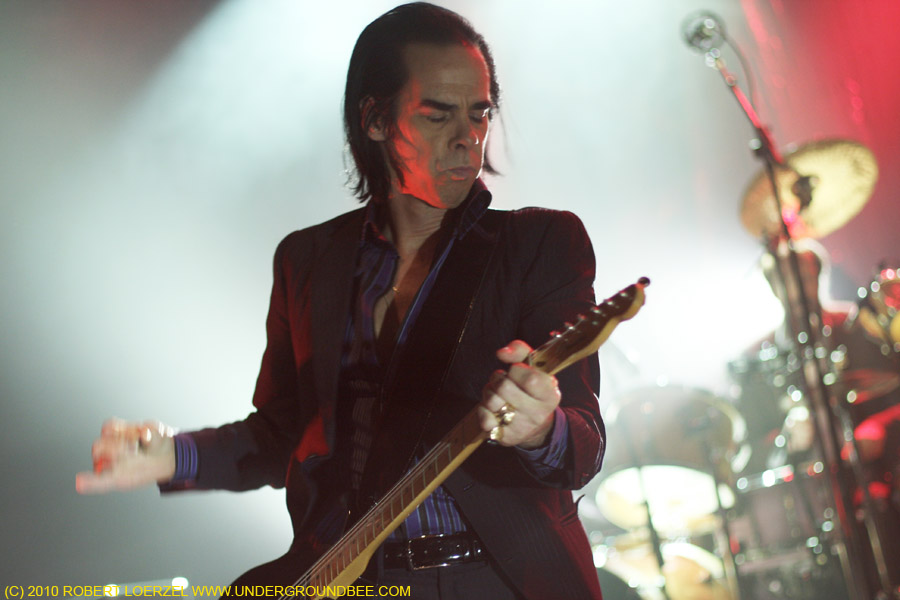
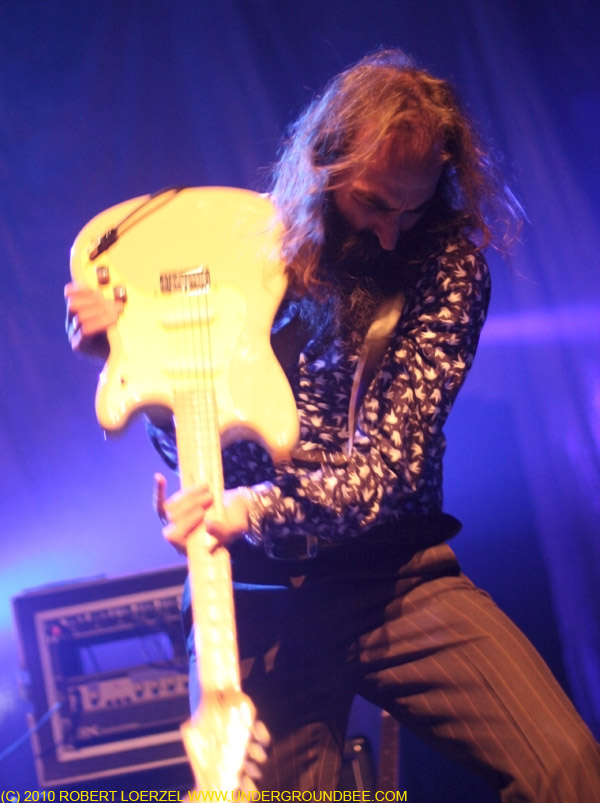
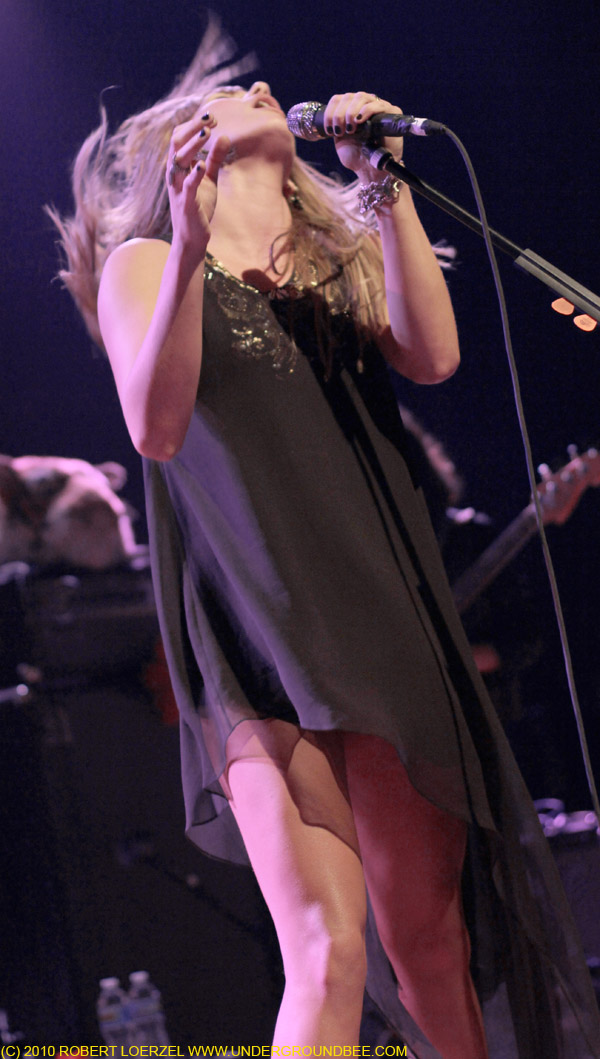


MusicNOW opens 2010-11 season
MusicNOW performances are the sort of concerts where you might actually get to meet the composers. The Chicago Symphony Orchestra presents these concerts of new music several times a year — but not inside the CSO’s usual home, MusicNOW takes place over at the Harris Theater for Music and Dance.
The 2010-11 MusicNOW series opened with a concert on Monday (Oct. 4), putting Mason Bates and Anna Clyne in the spotlight. They’re the CSO’s new composers-in-residence, and they’re playing a major role in shaping the MusicNOW concerts. (I took the above photo when they appeared Oct. 13, 2009, at a CSO press conference.)
Monday’s concert began with Enrico Chapela introducing his 2009 composition, “Li Po,” which was inspired by the famous Chinese poet. Cliff Colnot conducted 18 musicians, but they weren’t the only sources of sound. Other, more abstract noises came from speakers out in the auditorium, providing a stereo counterpart to the ensemble. In one passage, “Li Po” sounded like a deconstructed version of a more traditional orchestral piece. At another point, the sawing of the violin bows sounded like the cawing of seagulls, juxtaposed against a noise resembling the revving of motorcycles. Bells and gongs added some important punctuation points to “Li Po,” which concluded with all the string players plucking single notes simultaneously, making one impressive thwap.
Next, Marcos Balter introduced his 2009 string trio “Vision Mantra.” Violin, viola and cello played rapid, repeating lines, creating an aural puzzle as the notes overlapped and converged: Which instrument was playing which note? It wasn’t always clear until the violin or viola stretched out the notes above the more frantic backdrop.
Clyne’s “Steelworks” (2006) is industrial music — inspired by scenes of a steel factory at work. A video by Luke DuBois showing steel-mill images duplicated in a two-by-two grid played as Cynthia Yeh played a vibraphone and other percussion, creating rhythmic patterns. Wearing outfits that looked like factory uniforms, bass clarinetist John Bruce Yeh and flutist Jennifer Gunn came out onto the stage in the middle of the piece (something you don’t usually see at a classical concert) to play their parts. Near its climax, the piece featured notes that rose until they reached a pressure point and fell — something like a steam engine or hydraulic machine.
All of the composers were present at Monday’s concert except for Ana Lara — and as it happened, her piece, “Bhairav” (2000), was my favorite of the evening. While the other pieces all had striking moments, this was the one that, for me, was more than an interesting academic exercise. This string quartet found a balance between the beauty of melody and the eeriness of dissonance.
The concert concluded with Bates’ 2005 piece “Digital Loom,” which pitted organist Isabelle Demers against a click track of electronic beats. Although Bates said he was inspired by electronica, the rhythms he employs in “Digital Loom” aren’t exactly the more frantic sort of tempos usually heard on a dance floor. In the opening passage, the noises included something that sounded like frogs chirping. Divided into five movements but never pausing, “Digital Loom” felt more like a contest between the organ and the electronic beats than a duet. Spotlights cast red columns up from the stage as Demers played, creating a spooky, twilight mood in the dim auditorium.
The MusicNOW series will continue with concerts on Dec. 13, Jan. 31 and March 21. For details, see http://cso.org.
Bonnie “Prince” Billy Photos
I caught two of the four shows by Bonnie “Prince” Billy and the Cairo Gang this week in Chicago: The late set on Tuesday (Sept. 28) at Ronny’s and the early set Wednesday (Sept. 29) at Lincoln Hall. Click here to read my review.
SEPT. 28 AT RONNY’S
Photos: Pitchfork days two and three
DAY TWO: My photos from day two of the 2010 Pitchfork Music Festival are in a new gallery, including pictures of Netherfriends, Real Estate, Sonny & the Sunsets, Delorean, Kurt Vile, Titus Andronicus, Raekwon, Smith Westerns, Jon Spencer Blues Explosion, Wolf Parade, Panda Bear and LCD Soundsystem July 18 in Union Park.
My photos are also on Flickr.
DAY THREE: My photos from day two of the 2010 Pitchfork Music Festival are posted in a new gallery, including pictures of Alla, Cave, Cass McCombs, Best Coast, Girls, Beach House, Local Natives, Lightning Bolt, St. Vincent, Here We Go Magic, Sleigh Bells and Pavement July 18 in Union Park
My photos are also on Flickr.
Patti Smith at the library
 I count myself lucky to have seen three concerts by Patti Smith and, now, two other public appearances by this rightfully legendary singer, poet and artist. I missed her sold-out concert Saturday at Park West, but I made sure to show up for her book signing and reading Sunday afternoon (Feb. 21) at the Harold Washington Library.
I count myself lucky to have seen three concerts by Patti Smith and, now, two other public appearances by this rightfully legendary singer, poet and artist. I missed her sold-out concert Saturday at Park West, but I made sure to show up for her book signing and reading Sunday afternoon (Feb. 21) at the Harold Washington Library.
Smith’s new memoir, Just Kids, has been getting great reviews, including the cover of the New York Times Book Review. I haven’t had a chance to read it yet, but the passages Smith read aloud on Sunday were powerful, with crystal-clear prose. The book focuses on Smith’s relationship with Robert Mapplethorpe during their early days as youngsters in New York, before they became famous (Smith for her music, Mapplethorpe for his photos).
After reading from the book, Smith played two songs solo acoustic (“Beneath the Southern Cross” and “My Blakean Year”) and took questions from the audience, before singing a few hundred copies of her book, plus whatever Smith memorabilia fans brought with them, including old LPs.
During the Q&A, she explained that she wrote her memoir using old journals and diaries as reference points. “There’s nothing in the book that isn’t so,” she said.
Someone asked if she’s surprised that she’s been famous for more than 15 minutes. She replied that being famous was never her goal. “What I really wanted to do was something great … Write something as good as Pinocchio,” she said.
She reminisced about meeting Jeff Buckley for the first time, the way he was standing on the side of the stage when she felt nervous during a Lollapalooza performance in the 1990s, how the very presence of an unknown stranger off to the side somehow gave her confidence. “I felt an energy to the left of me,” she said. Later, “I walked over to thank him, and it turned out to be Jeff Buckley.”
Asked for advice to aspiring musicians, artists and writers, Smith said: “Work hard. … The goal to me is always to do good work.” She spoke of artists who were not recognized during their lifetimes. “William Blake was almost totally ignored in his time,” she said. “Yet he never let go of his visionary power. He never stopped working.”
To hear Smith’s appearance at the Harold Washington Library, visit Chicago Public Radio’s Chicago Amplified site.
Joe Pug’s ‘Messenger’
 The first time I saw Chicago singer-songwriter Joe Pug, I thought: Boy, this guy is really doing the traditional Bob Dylan folk singer-songwriter thing. Not that there’s anything wrong with that. As a style of music, it isn’t anything new or original, but it’s a format (singing + acoustic guitar + interesting lyrics) with pretty much infinite possibilities, and Pug was doing a good job with it.
The first time I saw Chicago singer-songwriter Joe Pug, I thought: Boy, this guy is really doing the traditional Bob Dylan folk singer-songwriter thing. Not that there’s anything wrong with that. As a style of music, it isn’t anything new or original, but it’s a format (singing + acoustic guitar + interesting lyrics) with pretty much infinite possibilities, and Pug was doing a good job with it.
I saw him again, last summer at a Lollapalooza “after” concert at the Hideout, and boy, he had a following of fervent fans this time. And a full band playing with him. It was clear by now that the guy has a lot of charisma and a solid collection of songs. That night, I thought Pug might very well become a star — or at least, someone with a national following.
Pug gave away some of his previous recordings, posting free mp3s on his Web site. Now, he has a full album, Messenger, out this week on the Thirty Tigers label. The Dylan influence is still there, but Pug often sings in a throaty tone with just a touch of vibrato, giving the music more of a country flair. He’s playing with a band on most of these tracks, but the backing is subtle and the focus is on his acoustic guitar.
There are songs about romance and that eternal theme, searching for one’s self. “Disguised as Someone Else” is a particularly smart and emotional song about a romantic relationship. But it’s the most Dylanesque song that really gets me, the anti-war protest tune “Bury Me Far (From My Uniform).” It sounds almost exactly like something a folk-rocker would have sung during the Vietnam War, but it also resonates today because the ongoing wars in the Middle East. Pug’s song is told from the point of view of a soldier killed in battle, and it stings to hear his words from the grave.
www.joepugmusic.com
Pug plays Feb. 27 at Lincoln Hall opening for Justin Townes Earle (a good fit). And I’ll be talking about Pug’s record and playing “Bury Me Far (From My Uniform)” around 2:40 p.m. today (Feb. 18) on the public radio station Vocalo.
Ebony Bones at Green Dolphin
 The British singer who calls herself Ebony Bones put on quite a show Saturday night (Feb. 6) at Green Dolphin Street … after a seemingly interminable series of DJ sets and opening bands. I’m not much into the dance club scene, so that last hour of barely distinguishable electronic beats pounding into my head wore a little thin, but then Ebony Bones and her band finally take the stage around 2:15 a.m. She turned out to be worth the wait.
The British singer who calls herself Ebony Bones put on quite a show Saturday night (Feb. 6) at Green Dolphin Street … after a seemingly interminable series of DJ sets and opening bands. I’m not much into the dance club scene, so that last hour of barely distinguishable electronic beats pounding into my head wore a little thin, but then Ebony Bones and her band finally take the stage around 2:15 a.m. She turned out to be worth the wait.
In an Ebony Bones press release, she describes herself as follows: “I am Cleopatra reincarnated, in search of KFC.” I’m not even sure what the means, but that conveys something of the spirit of how she dresses and her goofy, bouncy stage presence. Her whole band was decked out in quasi-African or kitschy ancient Egyptian style outfits. And for the first half of the show, Ebony Bones was in a dress with the world’s biggest shoulder pads… or collars… or something jutting out, anyway. Her backup singers wore face makeup that seemed like a satire of the way “savages” used to be portrayed, and they clinked spoons against whiskey bottles for percussive effect.
Ebony Bones is one of those musical dynamos who barely ever stops moving during the course of a concert, and she was a wonder to behold. Her songs sounded good, too, the sort of electronic dance music with just enough quirks and smart touches to stand out above most mainstream pop. The set included cool covers of Pink Floyd’s “Another Brick in the Wall (Part 2)” and the Stooges’ “I Wanna Be Your Dog.” And then, around 3 a.m., a long night of music at Green Dolphin Street came to an end at last.
www.myspace.com/ebonybones
The only opening act that won me over was the R&B duo He Say She Say. Their soulful songs sounded like they have some good potential. Now they just need to put out a record. (They mentioned during their set that they don’t have any record out, due to “technical difficulties.” Whatever those difficulties, He Say She Say should overcome them.)
Happy Birthday, Pravda
 Chicago’s Pravda Records has been in business for 25 years now, which is reason enough to celebrate. Not many independent labels stay in business that long. Pravda’s musicians and fans partied Friday night at the Abbey Pub to mark the occasion.
Chicago’s Pravda Records has been in business for 25 years now, which is reason enough to celebrate. Not many independent labels stay in business that long. Pravda’s musicians and fans partied Friday night at the Abbey Pub to mark the occasion.
Three of the label’s early groups got back together for this special show: Boom Hank, the Slugs and the Service. Boom Hank started off the night with some country-tinged rock. And The Service — the band that really started the whole Pravda label — finished off the night with tuneful alternative rock and power pop songs, including a cameo appearance by soul singer Andre Williams.
Playing on the middle of the bill, the Slugs were the highlight of the show for me. I saw the Slugs a number of times back when the band was still together, and those shows were always a fun time. The fun feeling was back on Friday night, with some highly catchy rock songs, funny stage banter from lead singer Dag Juhlin and, of course, a lively rendition of “Hooked On a Feeling,” complete with those silly “ooga-chuckas.”
The Sadies at the Hideout
 I saw Canada’s great Sadies last night (Nov. 28) for the umpteenth time — well, maybe it was my 12th or 15th time seeing this band. Something like that. They never fail to deliver, and last night’s gig at the Hideout was yet another show filled with amazing guitar licks, evocative original songs and some choice cover tunes. From what the Hideout staff tells me, the Sadies came all the way from Toronto to do this one-off show because Sally Timms is celebrating her birthday this weekend. The Sadies played at least one new song from an album they’re working on and a good sample of stuff from almost all of their records, including a few of the best songs off their last one, New Seasons.
I saw Canada’s great Sadies last night (Nov. 28) for the umpteenth time — well, maybe it was my 12th or 15th time seeing this band. Something like that. They never fail to deliver, and last night’s gig at the Hideout was yet another show filled with amazing guitar licks, evocative original songs and some choice cover tunes. From what the Hideout staff tells me, the Sadies came all the way from Toronto to do this one-off show because Sally Timms is celebrating her birthday this weekend. The Sadies played at least one new song from an album they’re working on and a good sample of stuff from almost all of their records, including a few of the best songs off their last one, New Seasons.
The encore included covers of Neil Young’s “Everyone Knows This is Nowhere” and Love’s “A House Is Not a Motel,” and then for the last song of the night, the band dragged Jon Langford onto the stage and called themselves Eaglebauer — that was the name that the Sadies used back when they played some gigs as a Mekons tribute band, opening for the Mekons. With an extra mike for Langford, “Eaglebauer” finished off the night with a properly loud rave-up version of the Mekons’ classic, “Memphis, Egypt.”
Chris Mills opened the night with a set of his solo music — but unlike the last couple of Mills shows that I caught, this one featured a backup band: Gerald Dowd, a drummer who often plays with Robbie Fulks, and bassist Ryan Hembry, who’s played with a number of Chicago bands and is often seen working the sound board at the Hideout. They gave Mills’ songs a little more muscle, and some of his tunes sounded downright anthemic.
Choir gets a little help from friends
 As you may have heard if you follow the Chicago music scene, the local band Scotland Yard Gospel Choir was in an accident Sept. 24. As the band headed out on tour, its van crashed, injuring everyone in the group and destroying a lot of musical gear. The good news is that everyone survived. On Thursday (Nov. 12), the Hideout hosted a benefit show to help the SYGC pay its medical bills. The 1900s played, along with Brighton MA, a group featuring former SYGC member Matthew Kerstein.
As you may have heard if you follow the Chicago music scene, the local band Scotland Yard Gospel Choir was in an accident Sept. 24. As the band headed out on tour, its van crashed, injuring everyone in the group and destroying a lot of musical gear. The good news is that everyone survived. On Thursday (Nov. 12), the Hideout hosted a benefit show to help the SYGC pay its medical bills. The 1900s played, along with Brighton MA, a group featuring former SYGC member Matthew Kerstein.
As Brighton MA was playing, Scotland Yard Gospel Choir frontman Elia Einhorn got up on the stage. Until recently, Einhorn had been wearing a neck brace as he recovered from injuries to his head and vertebrae. He still looked a little bit stiff as he stepped up to the microphone, but he was all smiles. Elia announced that the most seriously injured member of his band, Mark Yoshizumi, had just been released from the hospital. Another Choir member who was seriously injured, Mary Ralph, was in the crowd, standing near the stage with a cane for support.
After previewing some strong new folk-rock songs, Brighton MA closed its set by playing three of the songs that Kerstein played with Einhorn back when they were together in Scotland Yard Gospel Choir. First, Kerstein sang “Bet You Never Thought It Would Be Like This.” And then, after Elia made his announcement and thanked the crowd, he played the harmonica solo that kicks off “Mother’s Son.” It felt like a truly celebratory moment as Matt and Elia sung together into the same microphone. Then the set closed with Elia taking over lead vocals for the buoyant “Tear Down the Opera House” (which SYGC originally released on the 2003 CD I Bet You Say That to All the Boys and then re-recorded on 2009’s …And the Horse You Rode In On.
Elia couldn’t dance around as much as he did when SYGC played this same tune in September at the Hideout Block Party, but he made it clear he isn’t going to let these latest setbacks stop him from making music. This morning, I dug out my copy of that 2003 CD and listened to it for the first time in a while. I was struck by the lyrics of “Would You Still Love Me If I Was in a Knife Fight,” in which Ellen O’Hayer sings: “I would still love you if you were in a car crash, your glasses smashed, your hair in a mess with broken glass. I’d come to see you inside your hospital room, I’d bring flowers and brush your hair and sing to you.”
 Up next were the 1900s, a band I’ve seen, oh, countless time. Well, I guess I could count how many times I’ve seen them (and photographed them), but let’s just say I’ve been a regular at their shows over the past few years. It had been several months since the last time I’d seen them, however, and Thursday’s show reinvigorated my enthusiasm for this band’s delightful ’60s-influenced music. The 1900s debuted a few new songs, and also pulled off the unusual trick of reinventing some old ones. It sounded especially cool when the 1900s melded together two of the songs from their 2007 CD Cold & Kind, “Two Ways” and “Acutiplantar Dude,” bridging the songs with a psychedelic guitar jam.
Up next were the 1900s, a band I’ve seen, oh, countless time. Well, I guess I could count how many times I’ve seen them (and photographed them), but let’s just say I’ve been a regular at their shows over the past few years. It had been several months since the last time I’d seen them, however, and Thursday’s show reinvigorated my enthusiasm for this band’s delightful ’60s-influenced music. The 1900s debuted a few new songs, and also pulled off the unusual trick of reinventing some old ones. It sounded especially cool when the 1900s melded together two of the songs from their 2007 CD Cold & Kind, “Two Ways” and “Acutiplantar Dude,” bridging the songs with a psychedelic guitar jam.
For more information on how to help out the Scotland Yard Gospel Choir, visit http://www.bloodshotrecords.com/news/sygc-van-accident. And while you’re at it, buy one of their albums.
Fanfarlo at Schubas
I’ve been singing the praises of Fanfarlo since discovering this British band in 2008 at SXSW. Fanfarlo finally played in Chicago for the first time last night (Nov. 9). I was starting to think they were avoiding our fair city for some reason, since they made an earlier U.S. tour that involved traveling straight from California to Philadelphia, bypassing Chicago. But at last, here they were, playing at Schubas. I wondered what kind of turnout Fanfarlo would get, since I often misjudge such things. They didn’t receive much press here in Chicago. In fact, I was irritated by a Chicago Tribune story that hyped the opening band, Freelance Whales, without even mentioning that Fanfarlo was the headline act. As it turned out, the show sold out during the day on Monday — probably due to a combination of the buzz about both bands.
 I wasn’t that familiar with Freelance Whales, other than giving the songs on their myspace page one listen, but I liked what I heard. Hailing from Queens, they were a good match with Fanfarlo, playing the sort of rousing sing-along folk anthems that the Arcade Fire is known for. And a lot of the fans at Monday’s show were clearly familiar with the Freelance Whales already, singing right along. Definitely a group worth checking out.
I wasn’t that familiar with Freelance Whales, other than giving the songs on their myspace page one listen, but I liked what I heard. Hailing from Queens, they were a good match with Fanfarlo, playing the sort of rousing sing-along folk anthems that the Arcade Fire is known for. And a lot of the fans at Monday’s show were clearly familiar with the Freelance Whales already, singing right along. Definitely a group worth checking out.
 And then it was onto the main act, and Fanfarlo received a similar reception from the audience. I had seen Fanfarlo three times at SXSW gigs last year and this year, and two of those shows were marred by technical difficulties or bad sound. Fanfarlo had no such problems Monday at Schubas, other than two brief moments of bad feedback caused by a musical saw. This was probably the liveliest show I’ve seen by Fanfarlo so far. Singer Simon Balthazar moved around more than at previous shows, doing a little jig of sorts during the instrumental breaks in the songs.
And then it was onto the main act, and Fanfarlo received a similar reception from the audience. I had seen Fanfarlo three times at SXSW gigs last year and this year, and two of those shows were marred by technical difficulties or bad sound. Fanfarlo had no such problems Monday at Schubas, other than two brief moments of bad feedback caused by a musical saw. This was probably the liveliest show I’ve seen by Fanfarlo so far. Singer Simon Balthazar moved around more than at previous shows, doing a little jig of sorts during the instrumental breaks in the songs.
As with Freelance Whales, Fanfarlo is clearly influenced by the Arcade Fire. They play with a similar sense of communal spirit, switching instruments frequently, adding extra drum beats, raising all their voices high in chorus. It’s a little more on the folk end of the rock spectrum, though. While Fanfarlo uses some synth sounds, the emphasis in concert was more on mandolin, violin and acoustic guitar, with Balthazar’s dulcet voice carrying the melodies with assistance from violinist-singer Cathy Lucas.
Fanfarlo played several songs from its debut album, the excellent Reservoir, including “I’m a Pilot,” “Ghosts” and “Luna,” though I was disappointed that the band yet again chose not to play one of my favorite tunes, “Fire Escape.” The show could have been longer — Fanfarlo stopped performing after about an hour, with a number of good songs unplayed. The band did play at least one new song. Actually, I think there were two new songs, but maybe one of those was just some obscure track I failed to recognize.
Fanfarlo left me wanting more, but for that one hour, it sounded wonderful.
www.fanfarlo.com
www.myspace.com/fanfarlo
Listen to the Sept. 27 NPR interview with Fanfarlo’s Simon Balthazar and Cathy Lucas.
Hacking problem fixed…
… I think. Looks like the regular index page for this blog is up and running again.
I’ve been hacked!
In case you noticed anything weird happening at this page, it appears that a Turkish hacker was messing around with it. I hoped it’s fixed now.
TV on the Radio & The Dirtbombs
 It was a great double bill Wednesday (Oct. 22) at the Riviera, with one of my favorite Detroit bands, the Dirtbombs, opening for TV on the Radio. My review is on the Southtown Star Web site.
It was a great double bill Wednesday (Oct. 22) at the Riviera, with one of my favorite Detroit bands, the Dirtbombs, opening for TV on the Radio. My review is on the Southtown Star Web site.
Steve Reich at SXSW
 One of SXSW’s stars, Sonic Youth guitarist THURSTON MOORE, interviewed another star, composer STEVE REICH, Thursday afternoon at the Austin Convention Center. It was interesting to see Moore in the role of an interviewer; he was genuinely curious, asking some probing questions while making it all seem like the friendliest of casual conversations. Some interesting facts about Reich emerged from the talk. For one thing, Reich used to live in the same house as Sonic Youth’s Lee Renaldo, and when he moved out, he left behind four of the Farfisa organs he had famously used in his music.
One of SXSW’s stars, Sonic Youth guitarist THURSTON MOORE, interviewed another star, composer STEVE REICH, Thursday afternoon at the Austin Convention Center. It was interesting to see Moore in the role of an interviewer; he was genuinely curious, asking some probing questions while making it all seem like the friendliest of casual conversations. Some interesting facts about Reich emerged from the talk. For one thing, Reich used to live in the same house as Sonic Youth’s Lee Renaldo, and when he moved out, he left behind four of the Farfisa organs he had famously used in his music.
Reich mentioned a few of the pieces of music that influenced him to become a pioneer in the repetitive pattern-based style usually known as minimalism. One influence was the John Coltrane album Africa/Brass. Reich loved the idea that Coltrane could create such interesting music while staying for a long time on the same chord. He recounted a jazz player asking, “What are the chords?” and getting the answer, “E … No, it’s just E.”
“If you want to make glorious melody and raucous melody, you can (use just one chord),” Reich said. “Harmonically, you can stay put.”
Another surprising influence was the Junior Walker song “Shotgun,” which has one bass line repeating throughout. “You’re waiting for a B section,” Reich said, “but guess what? There’s no B section … Stay put harmonically.”
William Carlos Williams and other poets sparked Reich’s interest in using the spoken word in his compositions. “When we speak, we almost sing,” he said.
Reich also liked the drumming of Kenny Clark, whom he saw playing with Miles Davis at Birdland. Reich liked the way he seemed to be “floating on his cymbal.” He remarked, “I didn’t know if I could achieve that – that floating.”
Reich also recalled seeing the book Studies in African Music by A.M. Jones. Seeing the complex drumming patterns analyzed on the page was an eye-opener. Finding the “1” beat that’s standard in Western music was all but impossible. “Where’s 1? That was really a shocker.”
In his early years, Reich worked odd jobs to support his composition. He was a cab driver, mailman and social worker, and he once ran a moving company with Philip Glass. Although Reich said his reading of philosophers did not influence his music much, he did say, “I used to read a lot of Ludwig Wittgenstein, and he said, ‘Get an honest job.’ So I did. I think.”
American Music Festival
 The American Music Festival at FitzGerald’s is often the best fest going anywhere in the Chicago area over the Fourth of July week. Not as big as things such as Taste of Chicago, of course, but the musical selection tends to trump everything else. Don’t expect much that’s cutting-edge, but for a broad range of the music that makes up the American spectrum, it’s always enjoyable. I missed the first three days of the fest this year, but I got to the final night (July 3).
The American Music Festival at FitzGerald’s is often the best fest going anywhere in the Chicago area over the Fourth of July week. Not as big as things such as Taste of Chicago, of course, but the musical selection tends to trump everything else. Don’t expect much that’s cutting-edge, but for a broad range of the music that makes up the American spectrum, it’s always enjoyable. I missed the first three days of the fest this year, but I got to the final night (July 3).
Jon Dee Graham was in an especially talkative mood during his set. That can be a bad thing with some musicians, but Graham was funny and wise with his stories, and his music sounded strong, too, with some searing guitar solos. Incidentally, near the end of the set, when he was taking requests, someone yelled out “Aqualung!” and he said it was a creative alternative to yelling “Free Bird!” How strange – for a while I had been promoting the very idea of substituting “Aqualung” as the song title to yell out when you want to make a stupid request at a concert. I’m thinking, however, that “Radar Love” may be the better choice. Depends on the band, I guess.
Out in the tent, Robbie Fulks was in full-on shtick mode. I missed the first half of his concert and enjoyed what I did see, and I do like his sense of humor, but sometimes he needs to rein it in a little bit. I caught a little bit of Jeff and Vida in the Sidebar, doing some pleasant folk/country songs, and then I saw Tributosaurus in the tent transforming itself into The Band. (It’s odd that I’ve seen Tributosaurus, a band that pays tribute to a different group each month, and two of the three shows were Band tributes. The other was The Replacements.) They did a good job of capturing the rollicking fun and the grandeur of those old Band tunes.
Ian McLagan and The Bump Band closed out the festival inside the club. For a guy who’s known almost strictly as a keyboard player, McLagan actually sings pretty darn well, in a hoarse voice reminiscent of his old Faces bandmates Rod Stewart and Ronnie Lane. The old Faces tunes sounded great and McLagan’s solo music sounded pretty good, too. It was a nice way to cap off the night.
Graceland Cemetery
Every October, the Chicago Architecture Foundation offers guided tours of Graceland Cemetery, which is just a couple of blocks from where I live. It was unseasonably chilly, but this was a fascinating chance to see sculptures by Laredo Taft (including an eerie statue of a hooded death-like figure) and ornamentation by Louis Sullivan and other noted designers – and the resting places of Chicago tycoons, boxing champion Jack Johnson and perhaps the most courageous politician Illinois has ever produced, Governor John Peter Altgeld, who pardoned the anarchists imprisoned for the Haymarket Square bombing. You don’t need a guided tour to look around inside Graceland; I know I’ll be back for return visits.
Search me
Just what are the search phrases leading people to visit the Underground Bee and the other two Web sites I run (www.robertloerzel.com and the site for my book, www.alchemyofbones.com)?
Most people come here looking for photos or reviews of specific bands. Brazilian Girls and Sabina Sciubba are one of the most popular searches. (Gee, I wonder why? — See photo above. It’s too bad I was using my old camera during that Brazilian Girls concert last year and didn’t get the crisper images that I could have with my new camera.)
Here are a few of the more unusual search phrases that have led people to my sites (some of the items listed below are linked to the appropriate parts of the sites):
WWW.UNDERGROUNDBEE.COM
killing underground bee
tallwomen
senegalese fucked
[I think that last one must have led to my site because I mentioned Senegalese music and used the word “fucked” at some point, though I have no idea what this person was trying to find!]
WWW.ROBERTLOERZEL.COM
aimee mann best songwriter not on radio
dream phone ringing
watch advertisement
my husband wears panties
theatrical show-ninja
culture dish goo
dibujos animados
dibujos de vida
“in her stomach”
girlfriend unaware
kikkoman soy sauce
[Some of these have to do with my fiction or artwork… The “my husband wears panties” search ties in with a short story I wrote in which I switched the genders of the main characters.]
WWW.ALCHEMYOFBONES.COM
palmistry fate line divides in three
dog faced boy
jojo the dog faced boy
insane asylum stories
Notes from New York
My first visit to New York since August 2001 (yes, just a couple of weeks before 9/11) began with walking around the former site of the World Trade Center. In fact, I walked past this fenced-off vacant space several times over the course of four days… until it became almost routine. Still, how strange to see all that emptiness where the towers used to be. The closest thing to a shrine is actually across the street from the WTC site, over at St. Paul’s Chapel, a church that’s been open since 1766, with centuries-old tombstones in the churchyard. The inside of the chapel remains decorated with 9/11 banners.
 No New York trip is complete with a stop at the Museum of Modern Art, which has three current exhibits well worth seeing. “Edvard Munch: The Modern Life of the Soul” is an excellent retrospective of paintings and prints by the Norwegian artist famous for “The Scream.” Interesting to see this earlier painting, “Despair” (left), depicting the same scene of torment – but with the figure representing Munch looking on passively rather than opening his mouth in agony. And it’s amazing to think that Munch got his family members to pose for a reconstructed scene of his sister’s death years after the tragedy. Despite all the darkness and angst in Munch’s life, I sensed more peace in the images from late in his life, and it was interesting to see how his style evolved – and how he himself changed in a series of self-portraits from over the decades. Also at MoMA, “Without Boundary: Seventeen Ways of Looking” is a set of works by artists either from the Islamic world or commenting in some way (not always clearly) on Islam. (Interesting, though the connections between the artworks are not always easily grasped.) And “On-Site” is a really stunning overview of the cutting-edge architecture happening lately in Spain.
No New York trip is complete with a stop at the Museum of Modern Art, which has three current exhibits well worth seeing. “Edvard Munch: The Modern Life of the Soul” is an excellent retrospective of paintings and prints by the Norwegian artist famous for “The Scream.” Interesting to see this earlier painting, “Despair” (left), depicting the same scene of torment – but with the figure representing Munch looking on passively rather than opening his mouth in agony. And it’s amazing to think that Munch got his family members to pose for a reconstructed scene of his sister’s death years after the tragedy. Despite all the darkness and angst in Munch’s life, I sensed more peace in the images from late in his life, and it was interesting to see how his style evolved – and how he himself changed in a series of self-portraits from over the decades. Also at MoMA, “Without Boundary: Seventeen Ways of Looking” is a set of works by artists either from the Islamic world or commenting in some way (not always clearly) on Islam. (Interesting, though the connections between the artworks are not always easily grasped.) And “On-Site” is a really stunning overview of the cutting-edge architecture happening lately in Spain.
 I caught a performance of Peter Morris’ play “Guardians,” produced by the Culture Project. Inspired by Abu Ghraib, it’s essentially two alternating monologues – one by a British tabloid journalist who fabricates photos of British soldiers engaging in torture (Lee Pace) and the other by a female U.S. soldier obviously patterned after Lynndie England (Katherine Moennig). The common theme is S&M and human cruelty. Neither character is very likable, but while the play does have some difficulty reaching closure, it does pack a powerful punch – and Pace and Moenning are both top-notch.
I caught a performance of Peter Morris’ play “Guardians,” produced by the Culture Project. Inspired by Abu Ghraib, it’s essentially two alternating monologues – one by a British tabloid journalist who fabricates photos of British soldiers engaging in torture (Lee Pace) and the other by a female U.S. soldier obviously patterned after Lynndie England (Katherine Moennig). The common theme is S&M and human cruelty. Neither character is very likable, but while the play does have some difficulty reaching closure, it does pack a powerful punch – and Pace and Moenning are both top-notch.
 Some highlights from walking around the gallery scene in the Chelsea neighborhood: Rona Podnick’s sculptures atSonnabend Gallery (left), with realistic human heads on globular bodies (among other things)… Didier Mahieu’s elaborate installation “A Day Elsewhere: Think Tank 2” at the Chelsea Art Museum, which made you feel like you were wandering into haunted ruins… The diverse show “Great Performance: Chinese Contemporary Photography” at Max Protech.
Some highlights from walking around the gallery scene in the Chelsea neighborhood: Rona Podnick’s sculptures atSonnabend Gallery (left), with realistic human heads on globular bodies (among other things)… Didier Mahieu’s elaborate installation “A Day Elsewhere: Think Tank 2” at the Chelsea Art Museum, which made you feel like you were wandering into haunted ruins… The diverse show “Great Performance: Chinese Contemporary Photography” at Max Protech.
The Chelsea galleries had plenty of big art installations, which were also dominant at the Whitney Biennial. This major show of what’s happening in contemporary art had its share of interesting works, but it also had too much mediocre video art. Give an artist a video camera, and too often you get a half-baked bit of badly filmed and badly edited (or totally unedited) movie… projected onto a wall in a dark room, where it becomes “video art.” That being said, I do like the way the presentation of video art changes your expectations – narrative is no longer the thing. Other works in the Biennial followed in Duchamp’s and Warhol’s footsteps, appropriating other objects and turning them into “art.” OK, I get the concept… and now I’m bored. I did like plenty of the art at this show, however. My highlights were the works by Dawolu Jabari Anderson, Kenneth Anger (taking on Mickey Mouse as his latest icon) Troy Brauntuch, Carter, Peter Doig, Pierre Huyghe (the best of the video artists)Daniel Johnston, Liz Larner, Marilyn Minter, Jim O’Rourke (yeah, the same guy who records with Wilco and Sonic Youth, featured here as a video-installation auteur) Ed Paschke and Nari Ward.
 David Hare’s “Stuff Happens” is now in a strong production at the Public Theater – but it is rather odd to see current events turned into a play, with “characters” such as George W. Bush, Donald Rumsfeld, Condoleezza Rice, Colin Powell and Tony Blair right there onstage in front of us. It’s hard not to think how you would have edited the same news stories into a play of your own, which parts you would have included or left out. I think the script could be focused into tighter, more natural scenes without all of the overarching newscast-style narration… and Bush gets a little bit lost in all of the action, his motivation as much a mystery as ever. Maybe that’s the idea. The scene at the end of Act 1 between Powell and Bush was powerful, and there were many other strong moments, but I’m not sure “Stuff” is an unqualified success. The performances were good. Some of the actors look pretty similar to their real-life counterparts, while a few are not so close (playing Bush, Jay O. Sanders is too stocky, though he has the facial expressions and voice down, and Byron Jennings looks too old to play Tony Blair, something that the makeup department could have fixed). As the audience laughs at some of the examples of Bush’s idiocy, it’s hard not to feel a little uncomfortable. The laughs felt a little too easy, perhaps the audience’s fault as much as the playwright’s. I wonder how “Stuff Happens” will be viewed decades from now, assuming it survives as an enduring work of theater (and assuming Hare doesn’t continue revising it every time it is performed). It should make for an interesting time capsule from the Iraq War.
David Hare’s “Stuff Happens” is now in a strong production at the Public Theater – but it is rather odd to see current events turned into a play, with “characters” such as George W. Bush, Donald Rumsfeld, Condoleezza Rice, Colin Powell and Tony Blair right there onstage in front of us. It’s hard not to think how you would have edited the same news stories into a play of your own, which parts you would have included or left out. I think the script could be focused into tighter, more natural scenes without all of the overarching newscast-style narration… and Bush gets a little bit lost in all of the action, his motivation as much a mystery as ever. Maybe that’s the idea. The scene at the end of Act 1 between Powell and Bush was powerful, and there were many other strong moments, but I’m not sure “Stuff” is an unqualified success. The performances were good. Some of the actors look pretty similar to their real-life counterparts, while a few are not so close (playing Bush, Jay O. Sanders is too stocky, though he has the facial expressions and voice down, and Byron Jennings looks too old to play Tony Blair, something that the makeup department could have fixed). As the audience laughs at some of the examples of Bush’s idiocy, it’s hard not to feel a little uncomfortable. The laughs felt a little too easy, perhaps the audience’s fault as much as the playwright’s. I wonder how “Stuff Happens” will be viewed decades from now, assuming it survives as an enduring work of theater (and assuming Hare doesn’t continue revising it every time it is performed). It should make for an interesting time capsule from the Iraq War.
 The Guggenheim’s hosting a great exhibit of sculptures by the legendary David Smith. I was not that familiar with Smith’s work, to be honest, and not being a huge fan of modern sculpture, I went into the show without high expectations. Seeing his small-scale sculptures as well as the big ones was quite illuminating, however, and I ended up really liking Smith’s distinct shapes – sometimes whimsical, sometimes simple, sometimes complex, always primal.
The Guggenheim’s hosting a great exhibit of sculptures by the legendary David Smith. I was not that familiar with Smith’s work, to be honest, and not being a huge fan of modern sculpture, I went into the show without high expectations. Seeing his small-scale sculptures as well as the big ones was quite illuminating, however, and I ended up really liking Smith’s distinct shapes – sometimes whimsical, sometimes simple, sometimes complex, always primal.
Bee content
Lately, some folks have been suggesting this site should contain some actual content pertaining to bees or beekeeping… topics of which I am fairly ignorant. Bee experts, feel free to send me your ephemera. (I have a feeling I’m going to regret having said that.)
Pictures of Bees
While searching the Web for some pictures of bees
that might be useful for designing this site, found the following.


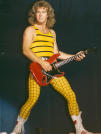




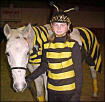
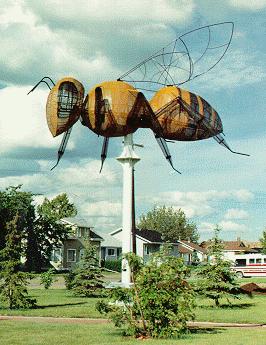

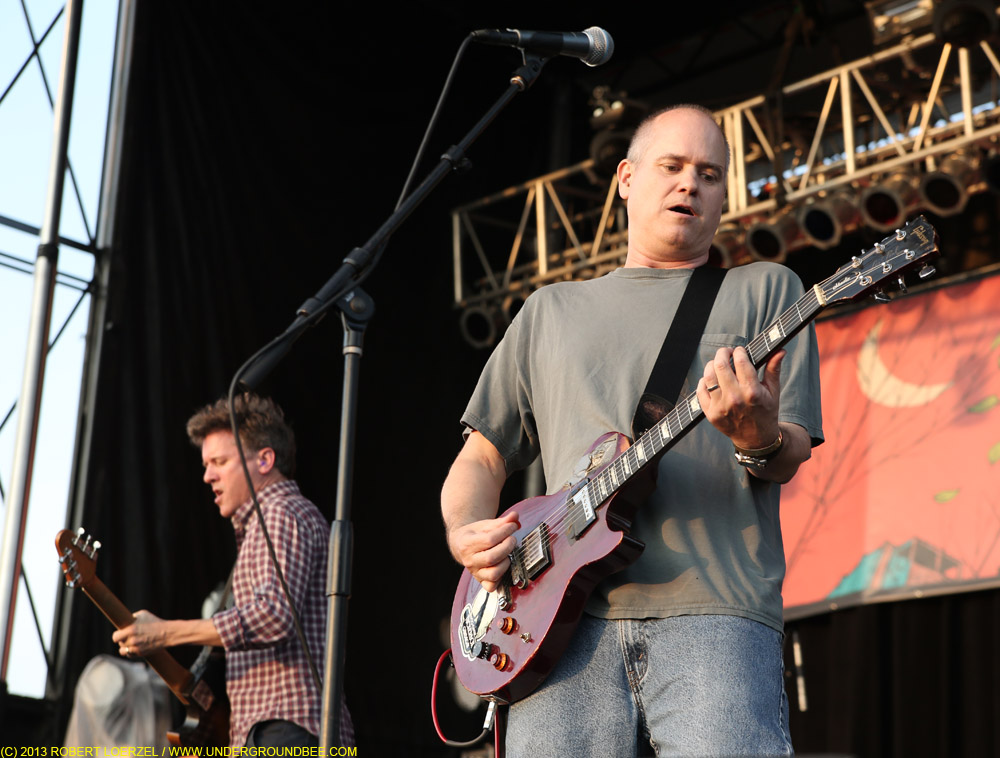
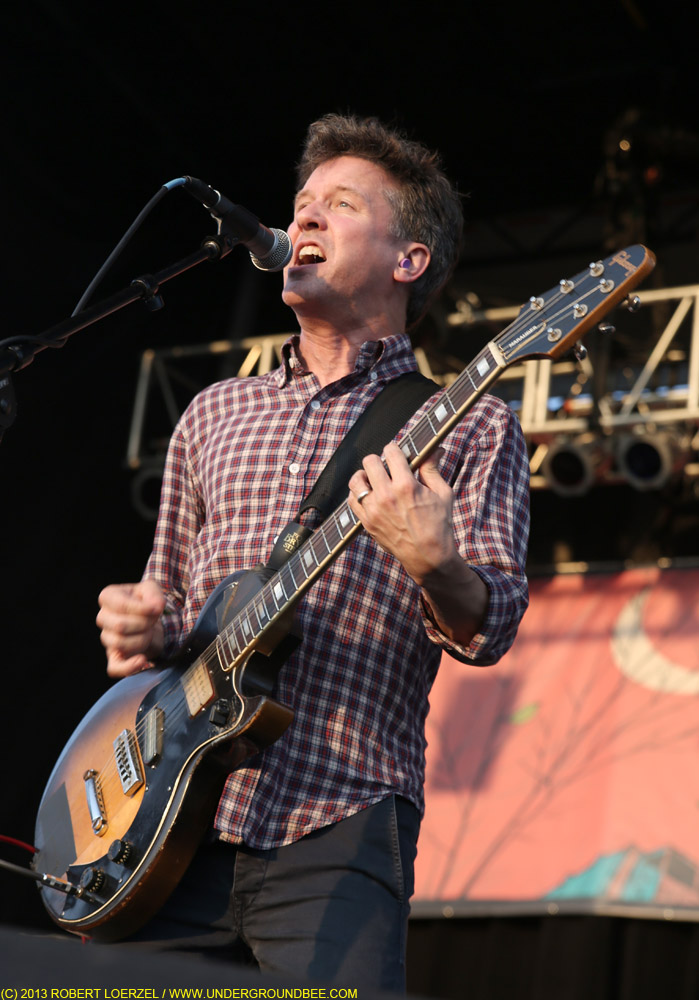
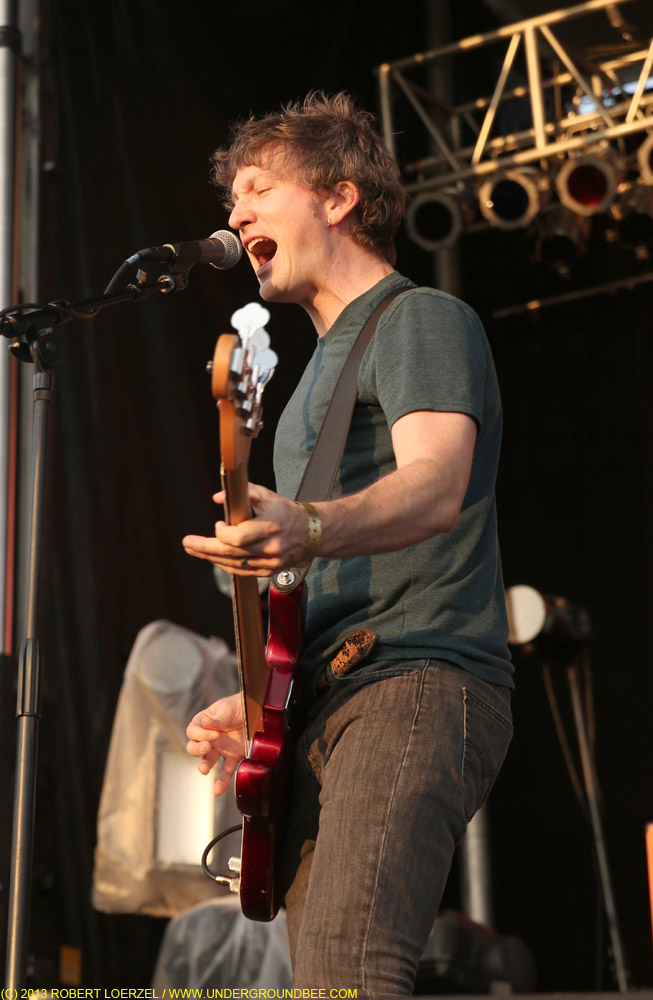
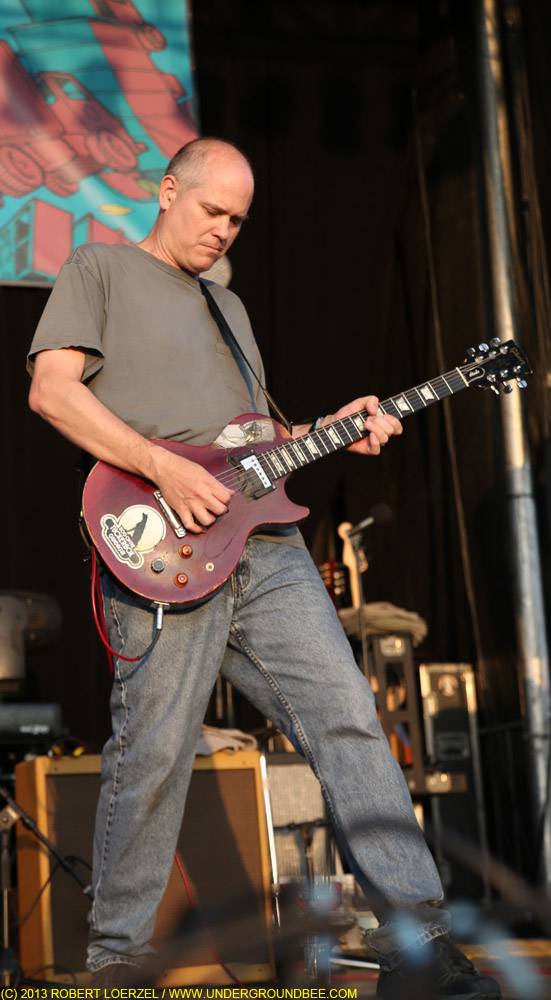
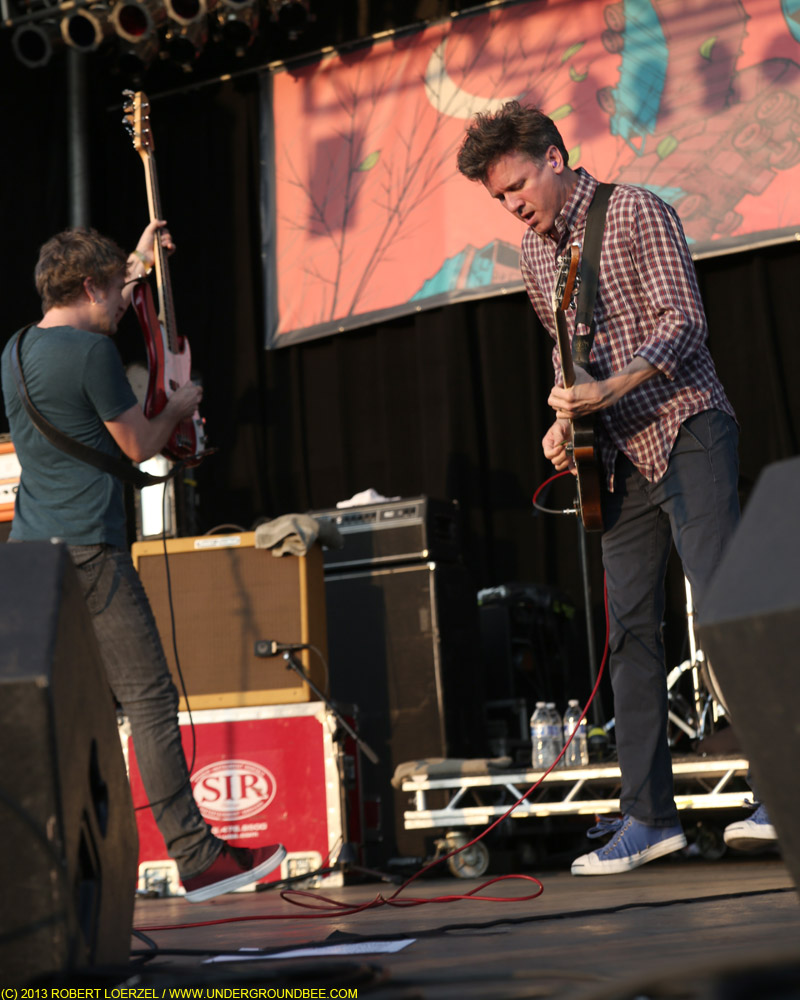
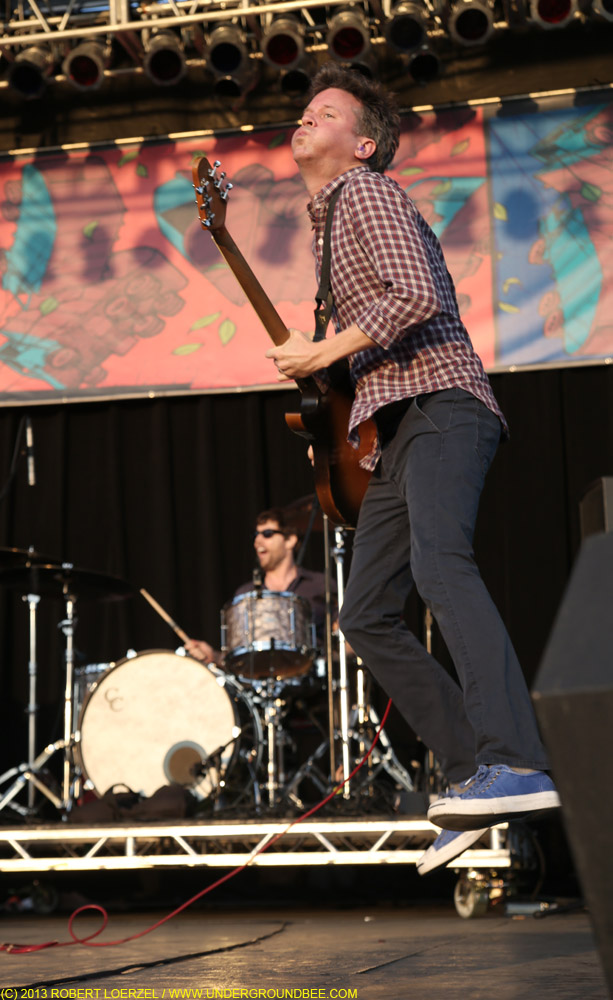
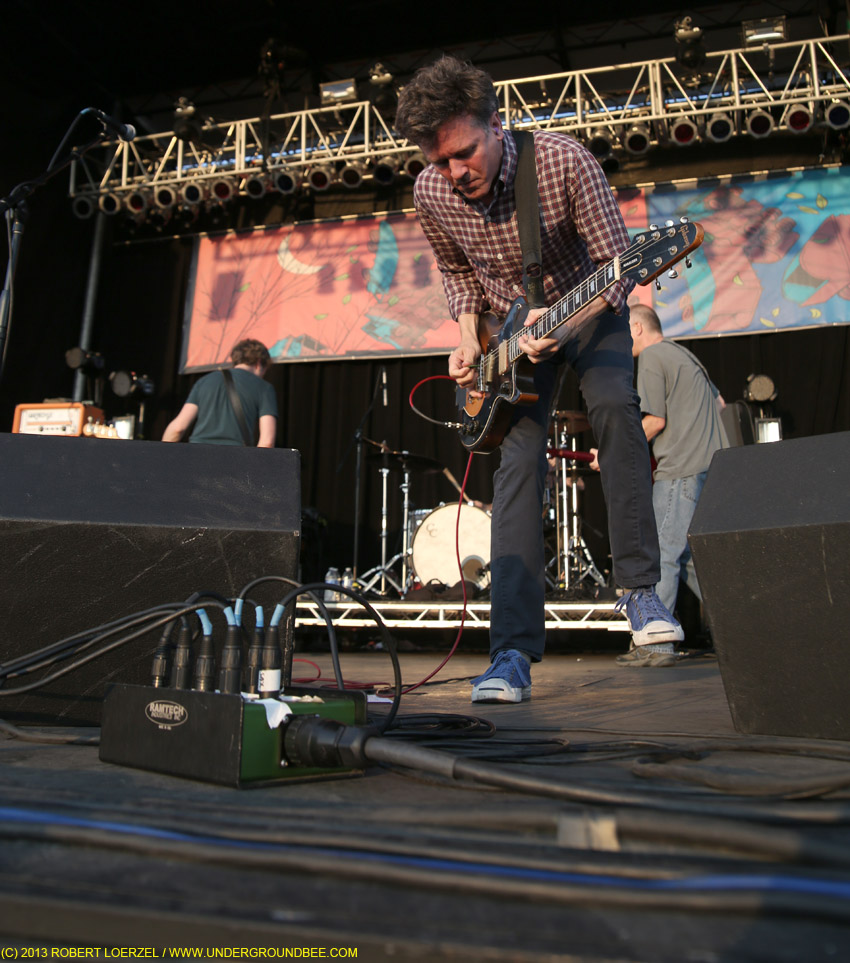
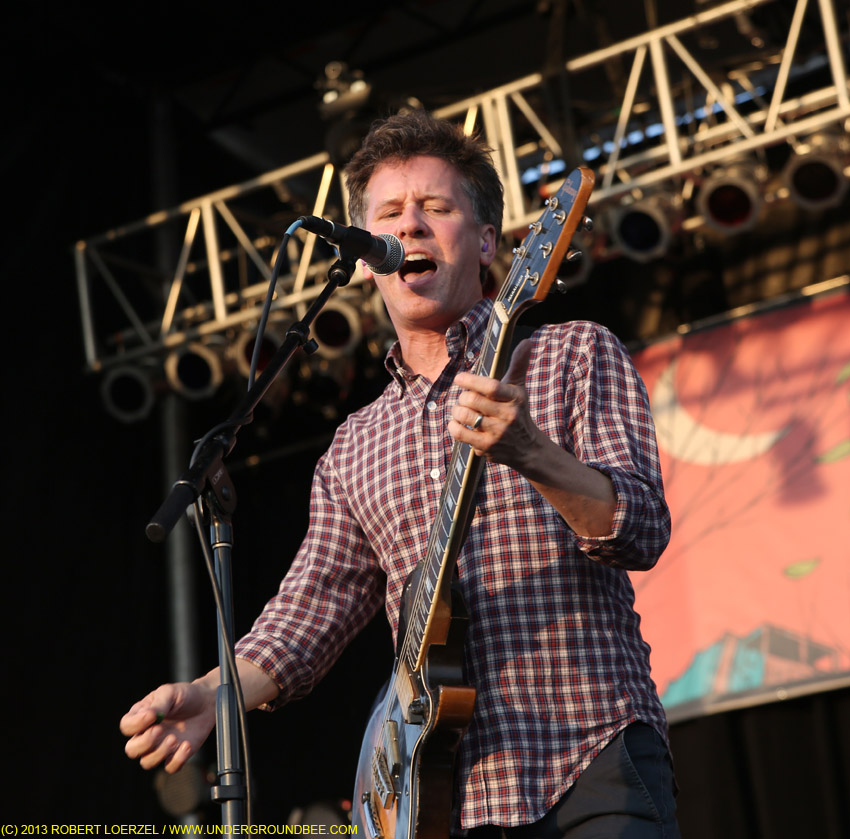
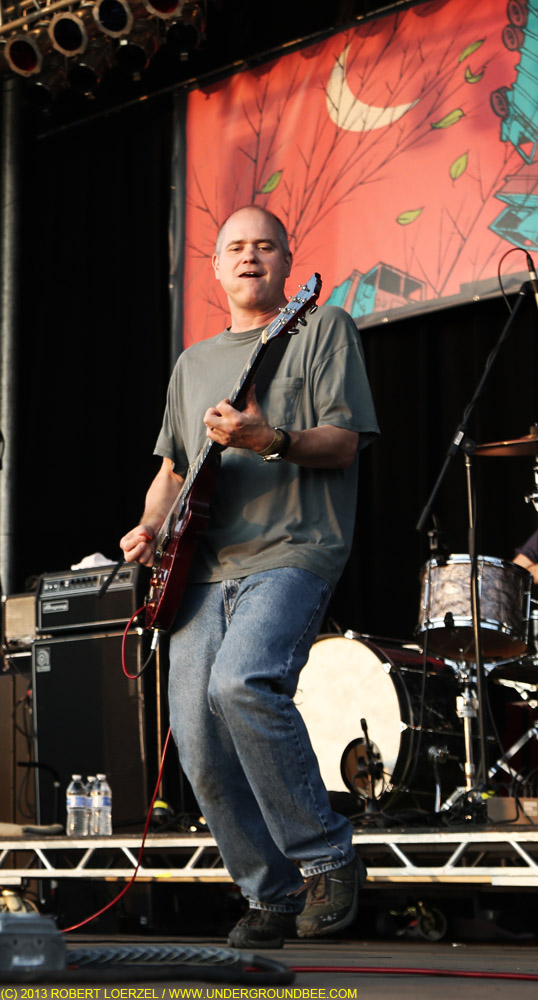
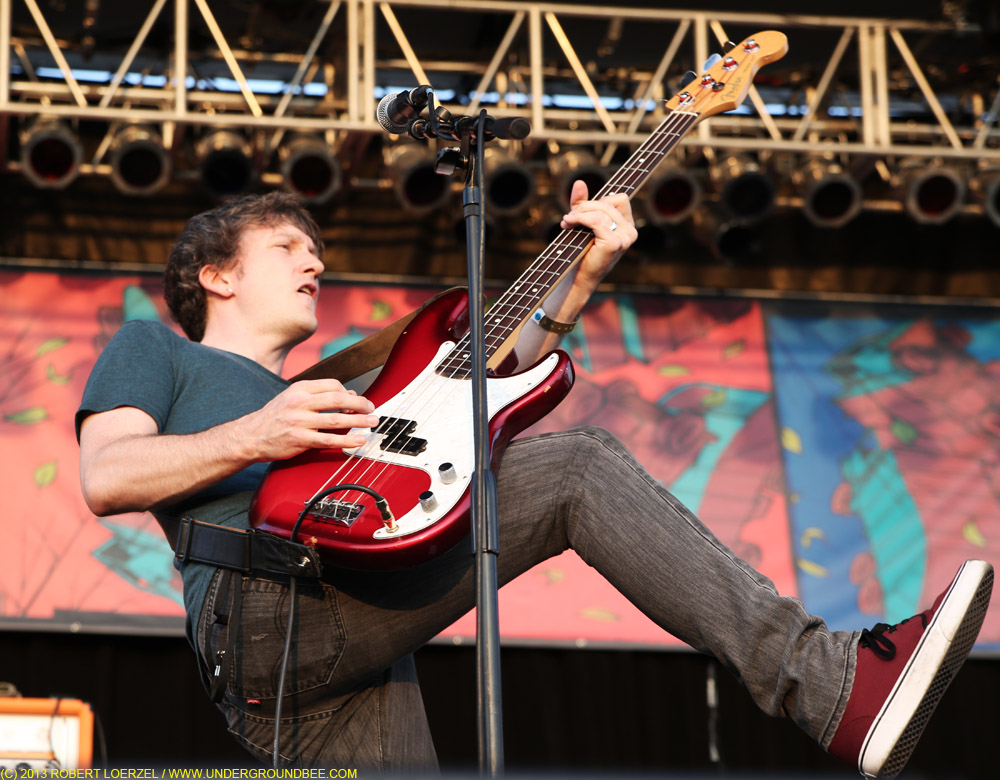
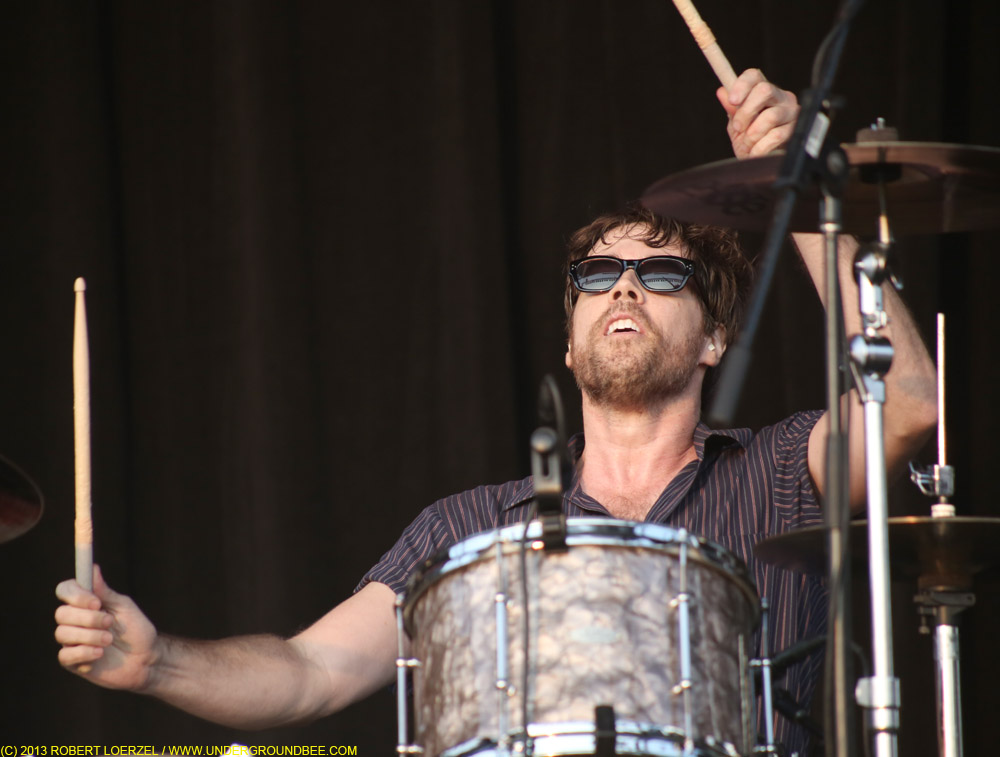
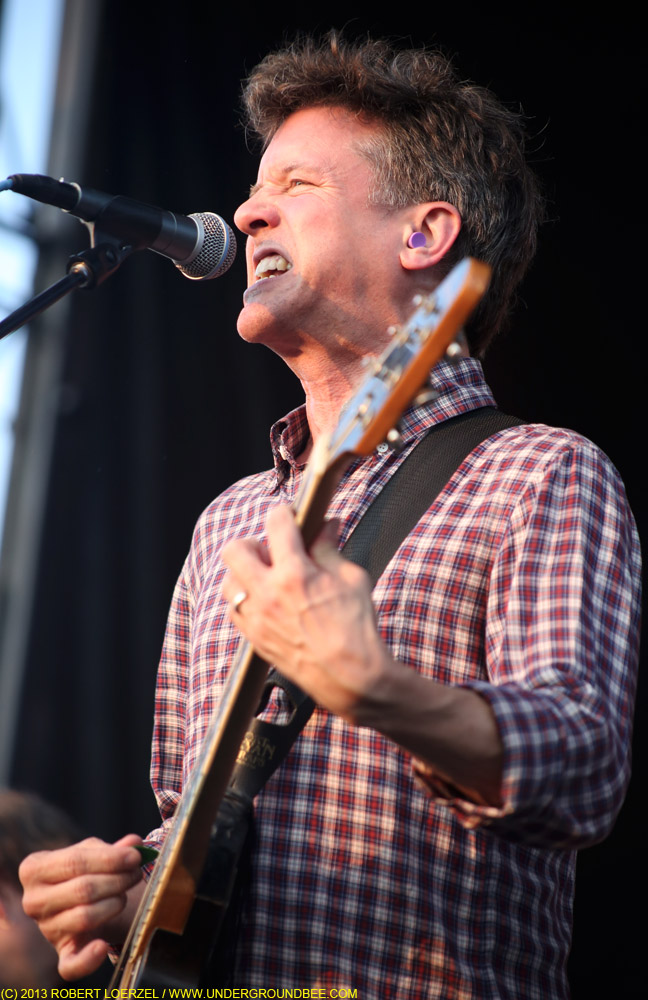
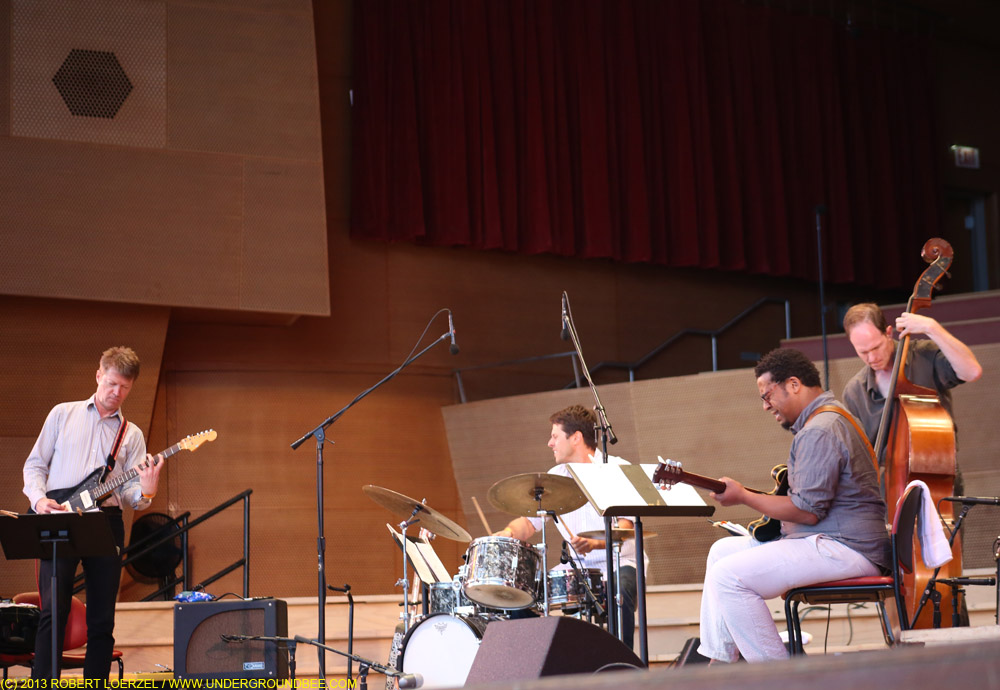
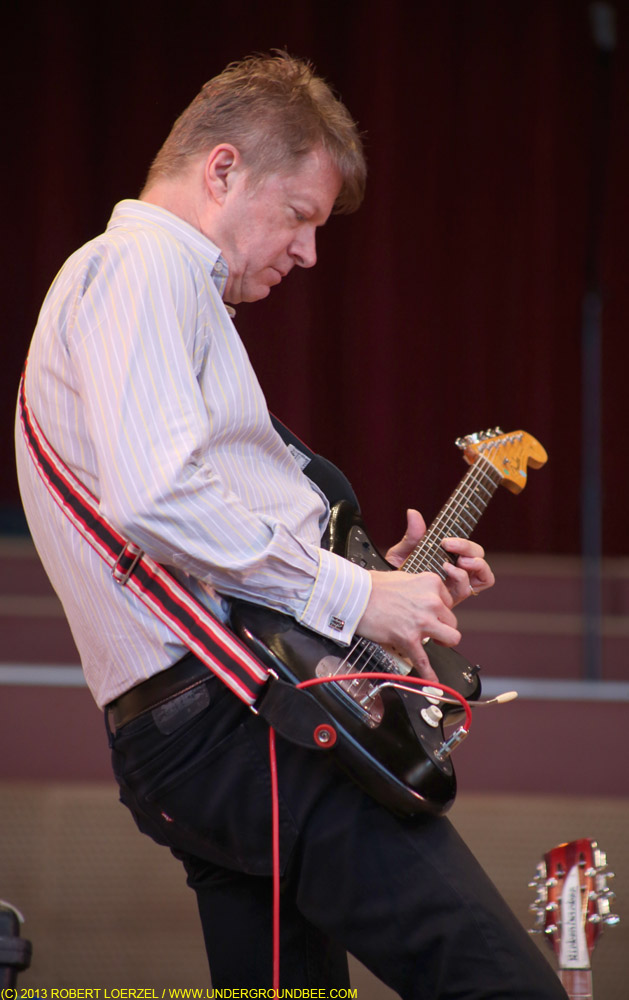
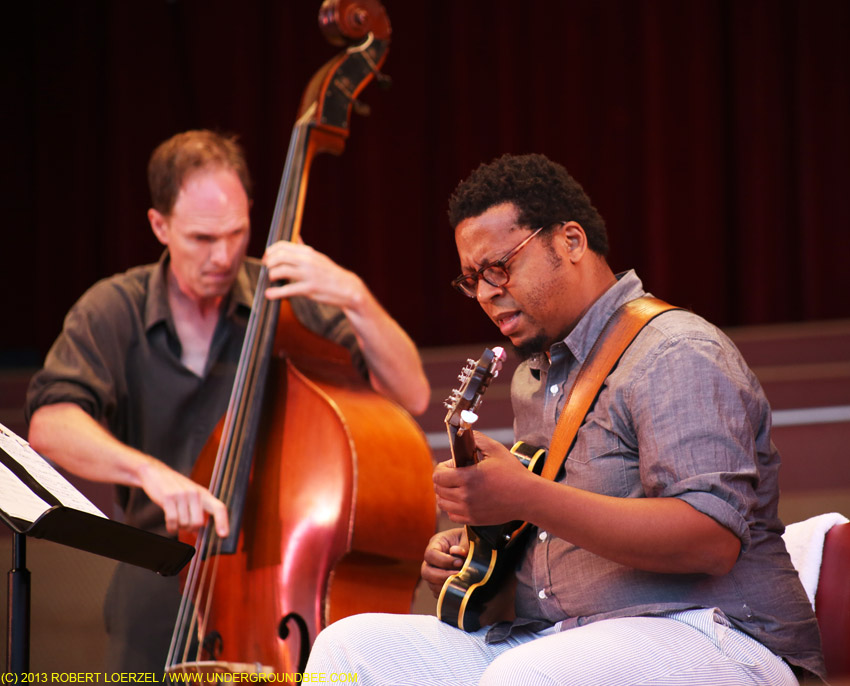
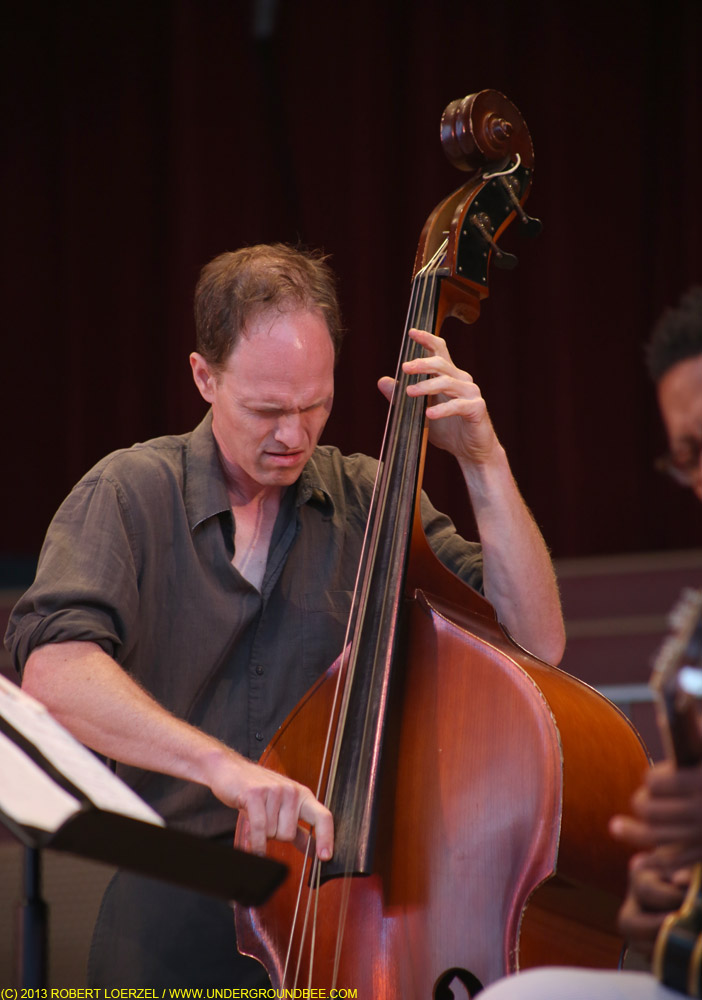
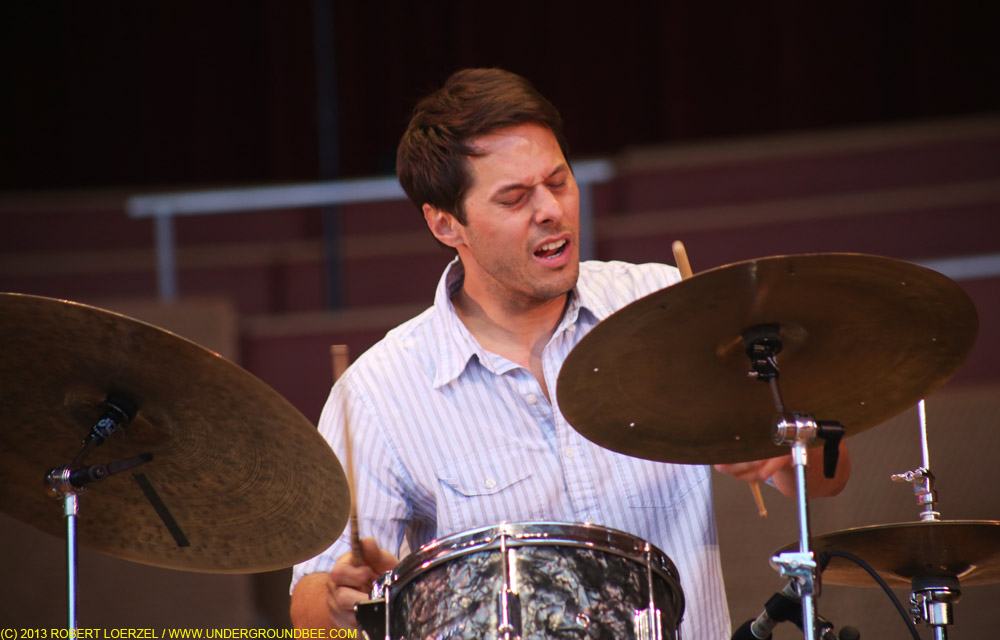
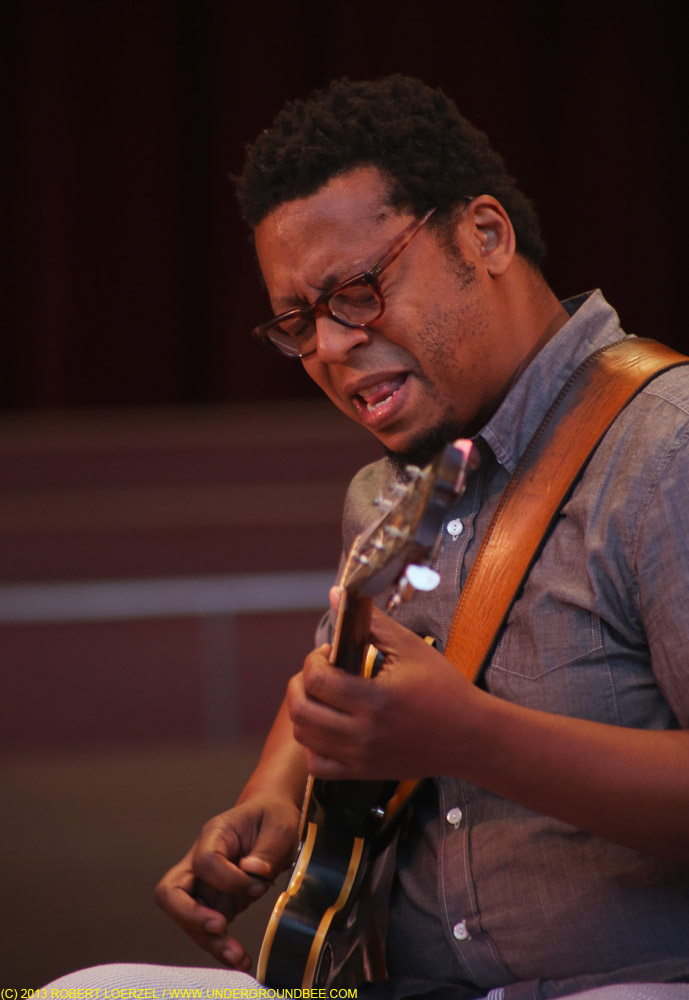
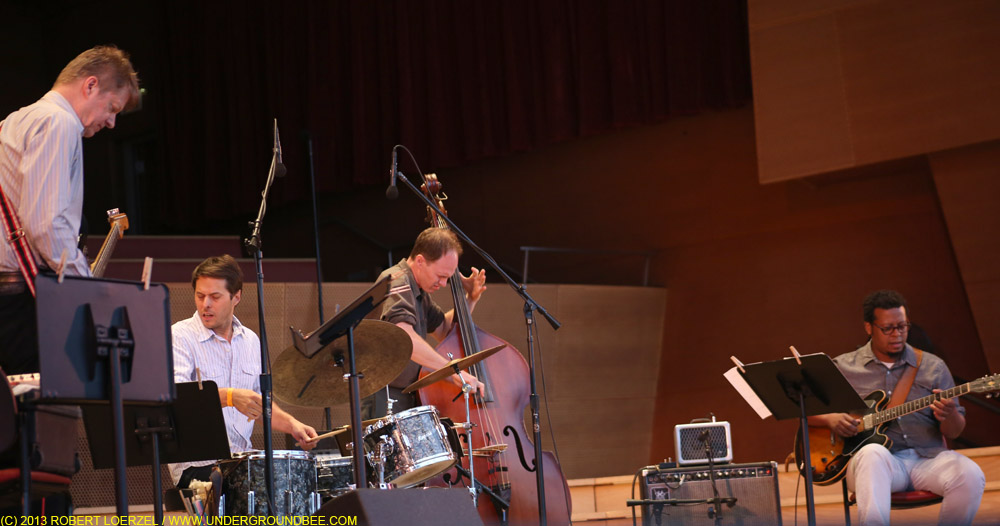
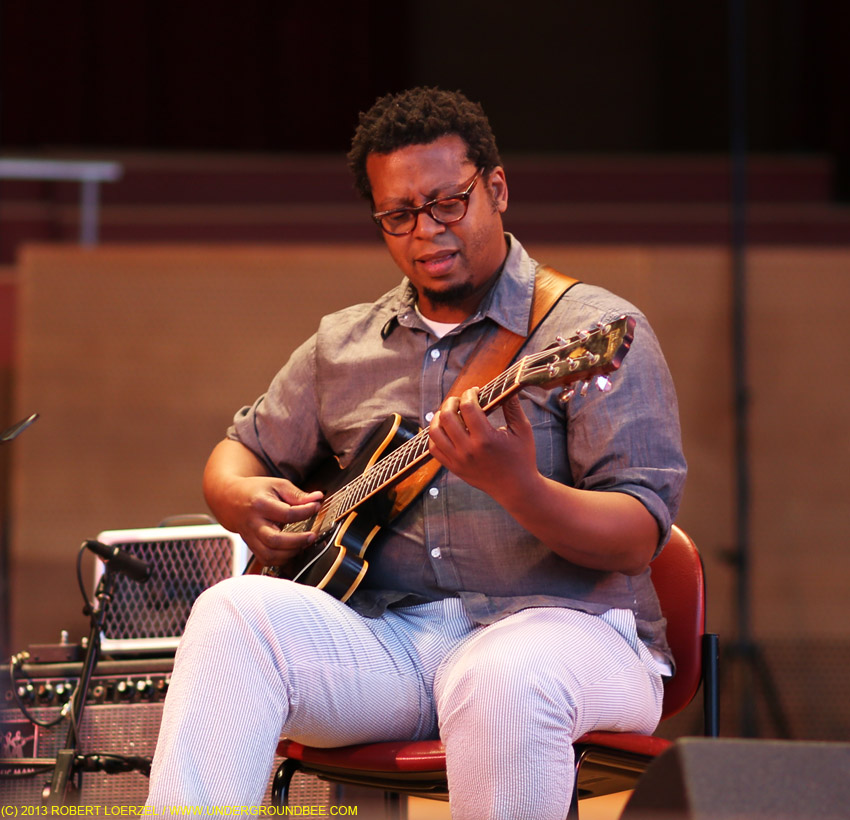
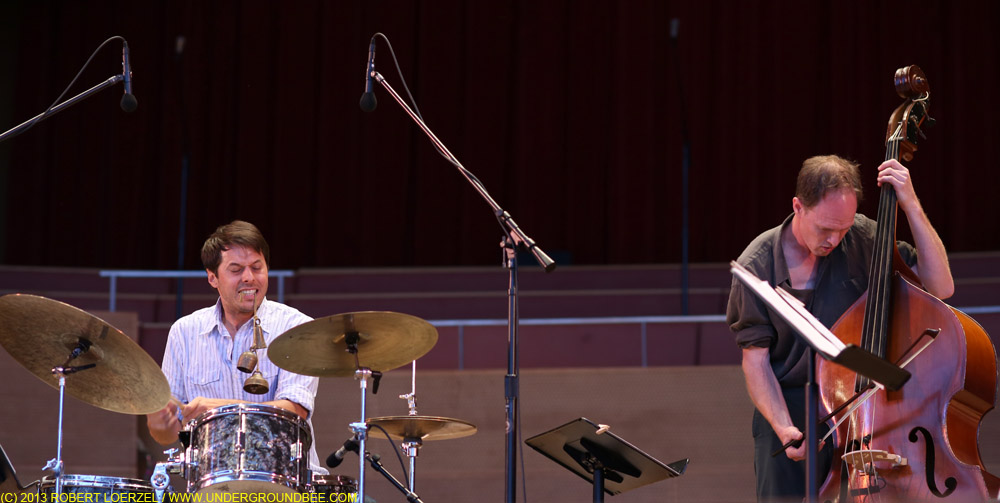
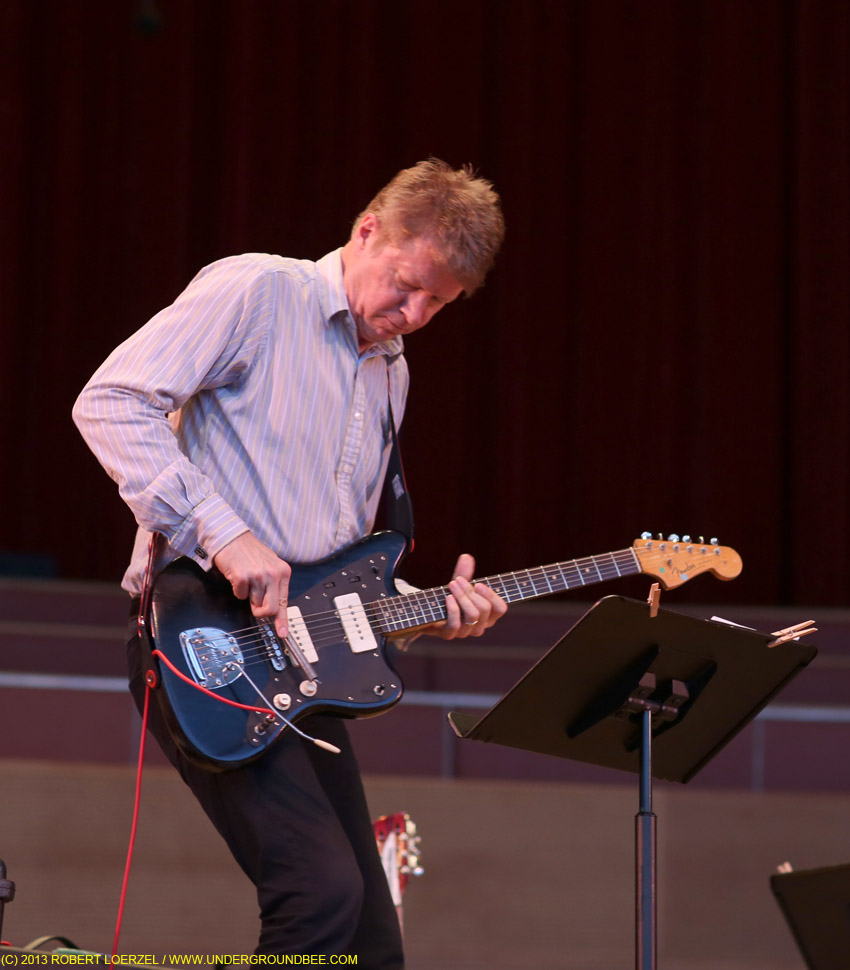







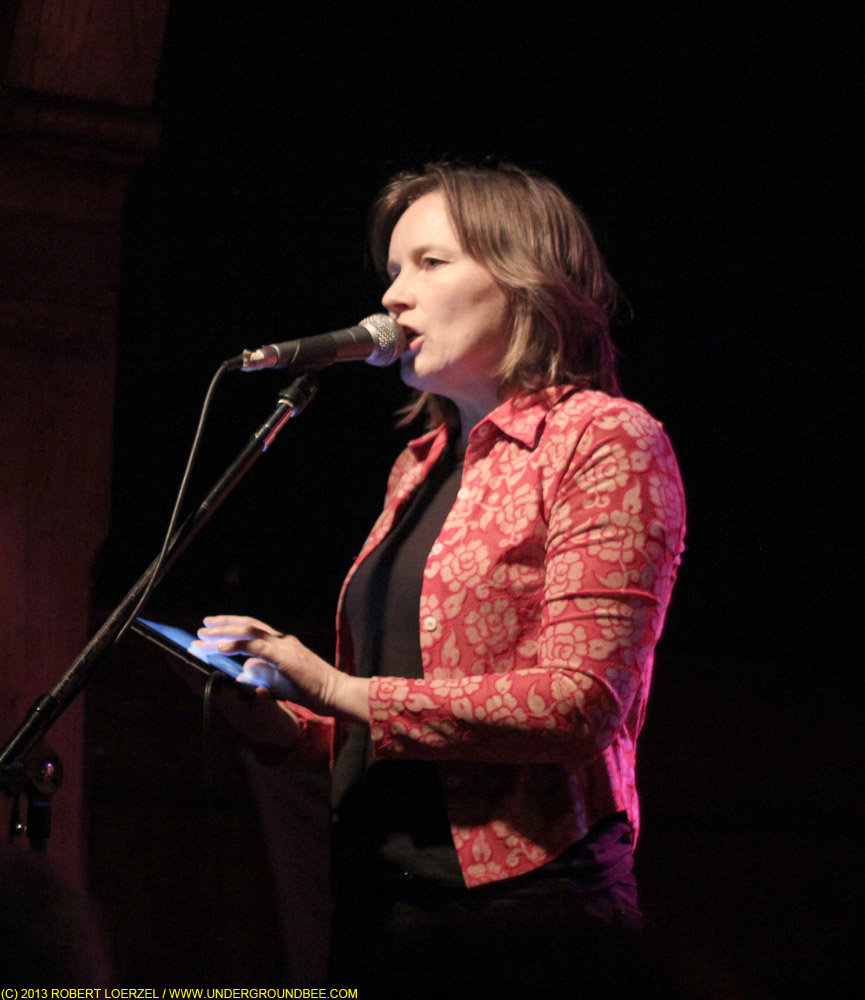

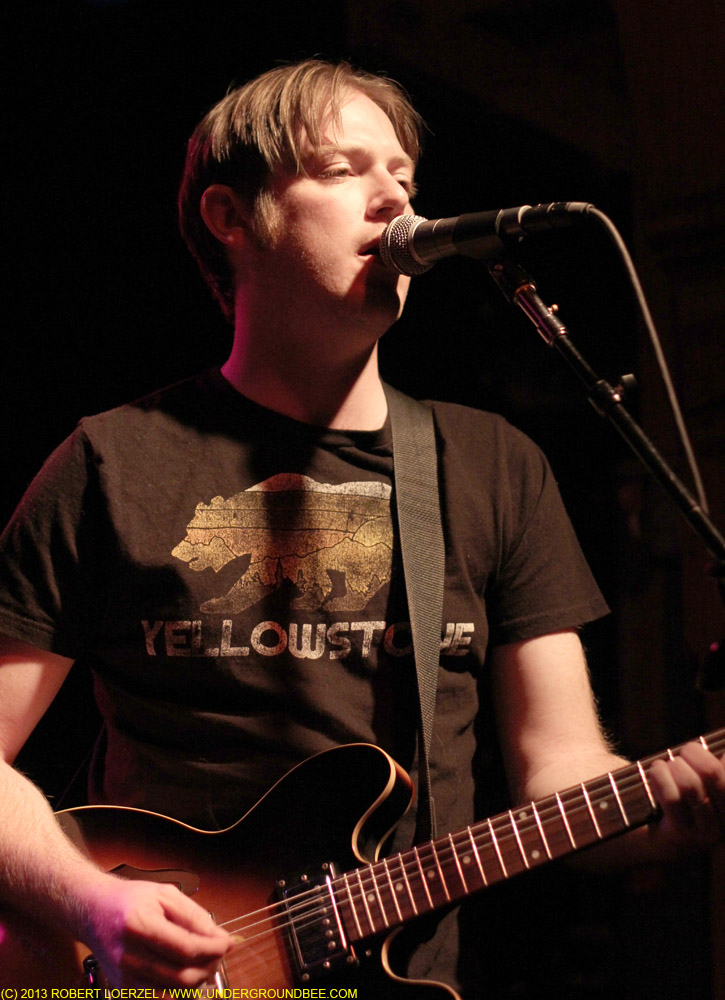












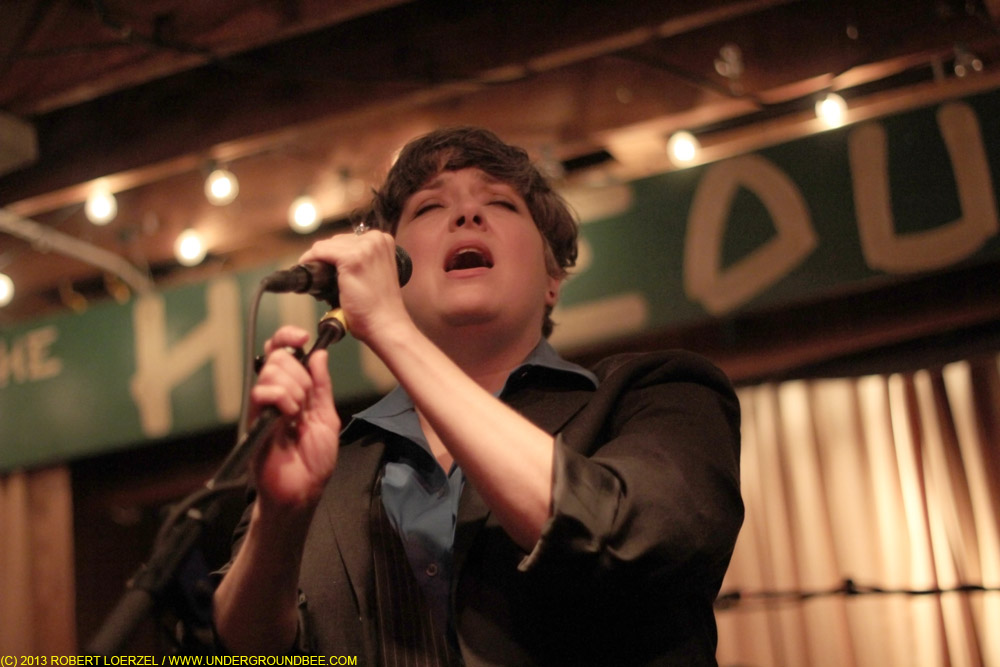
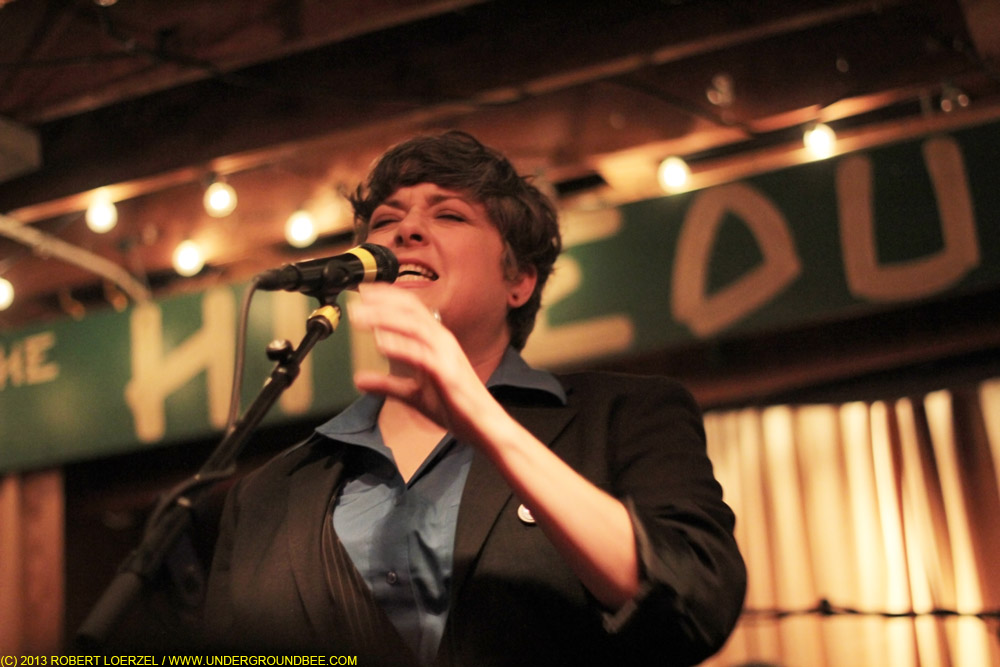
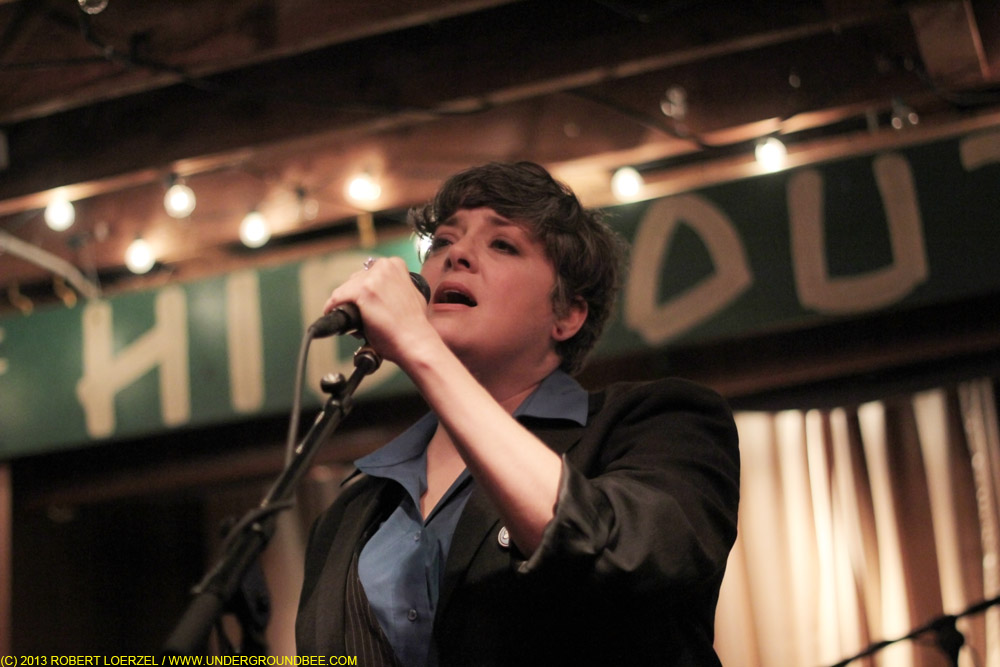
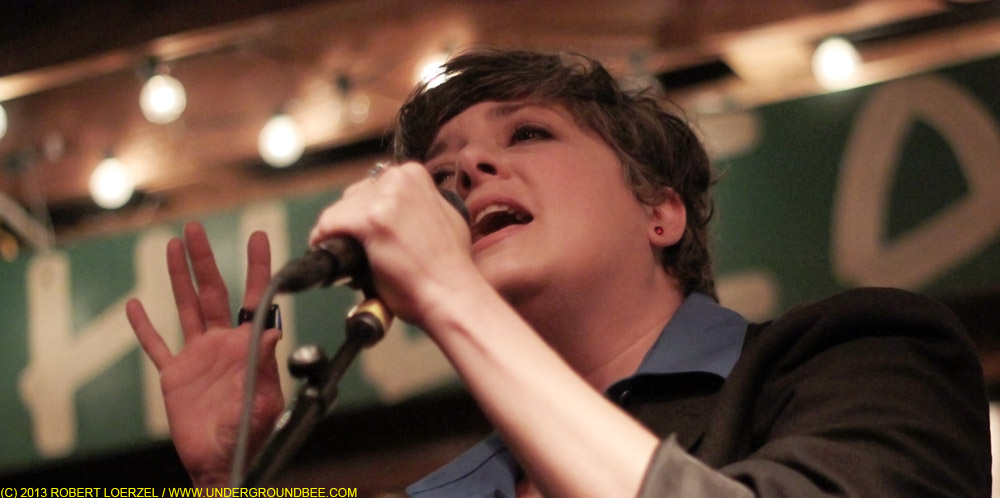
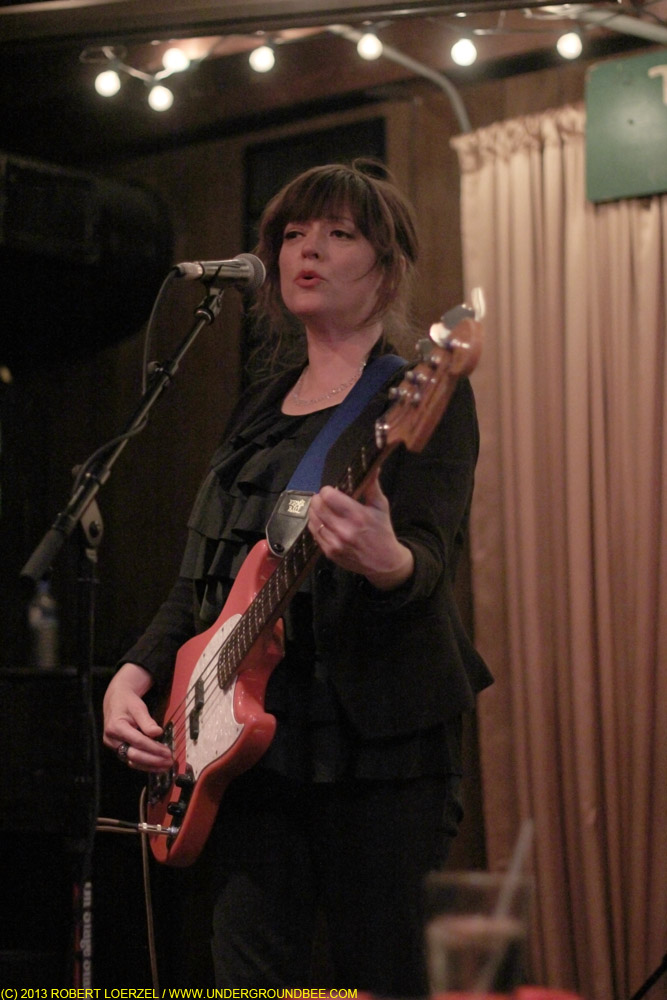
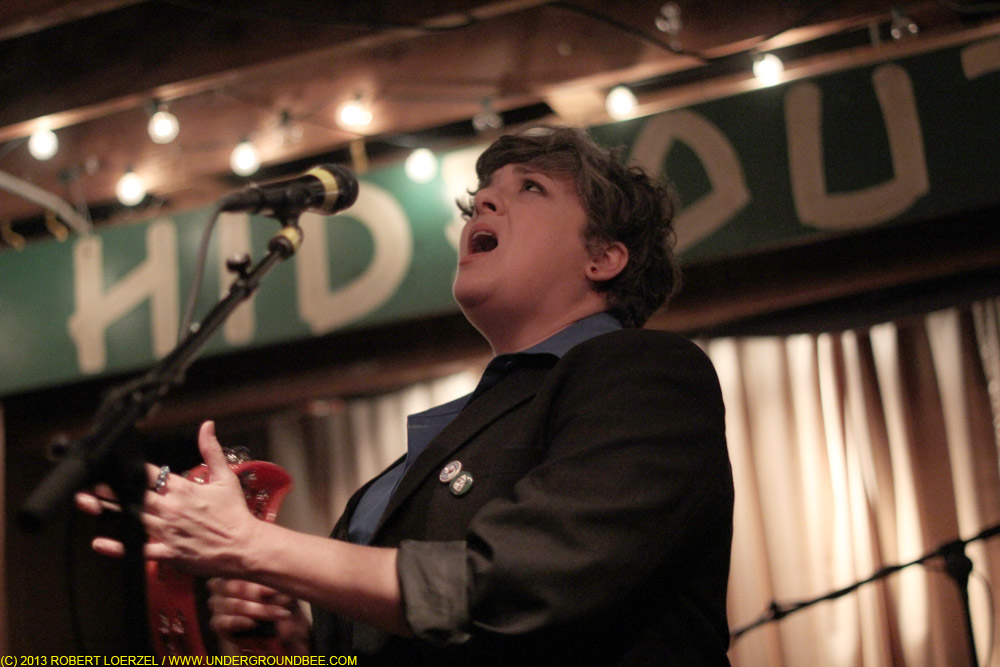
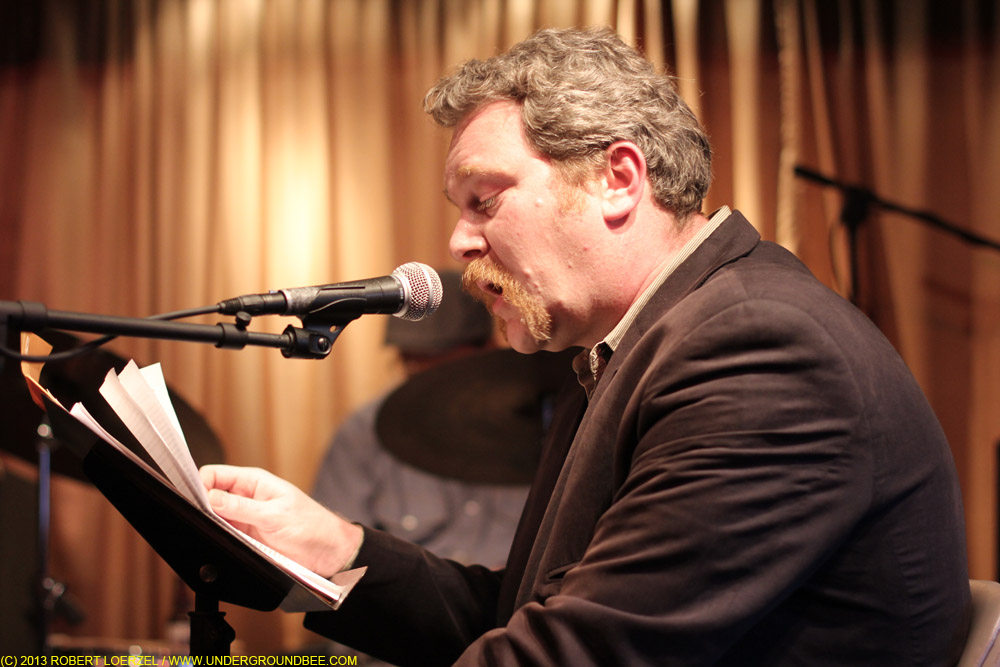
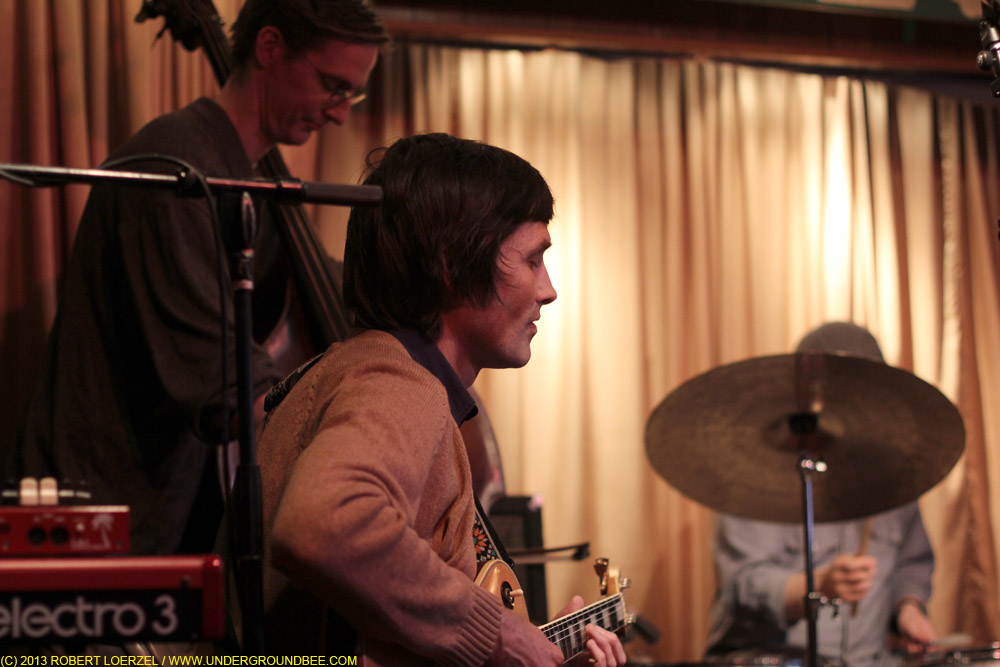
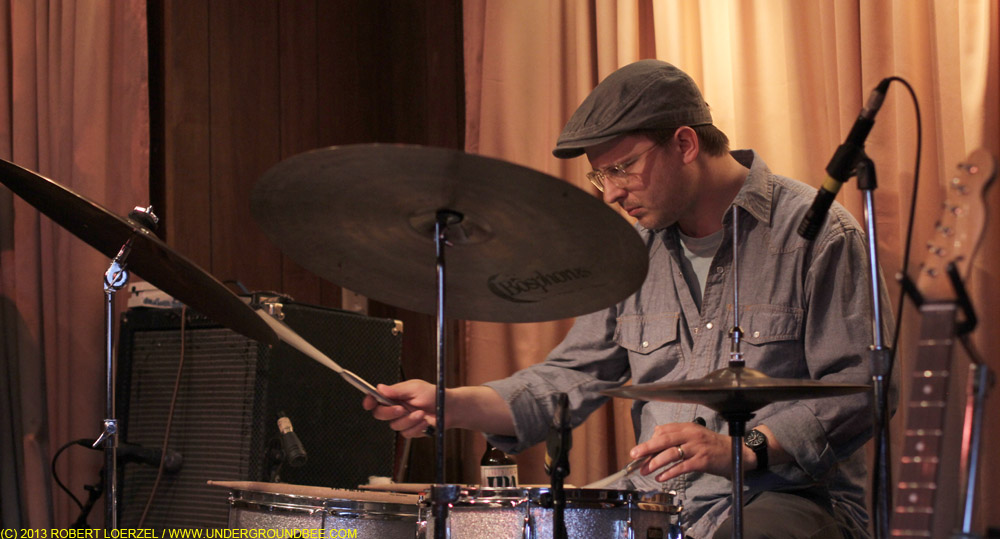
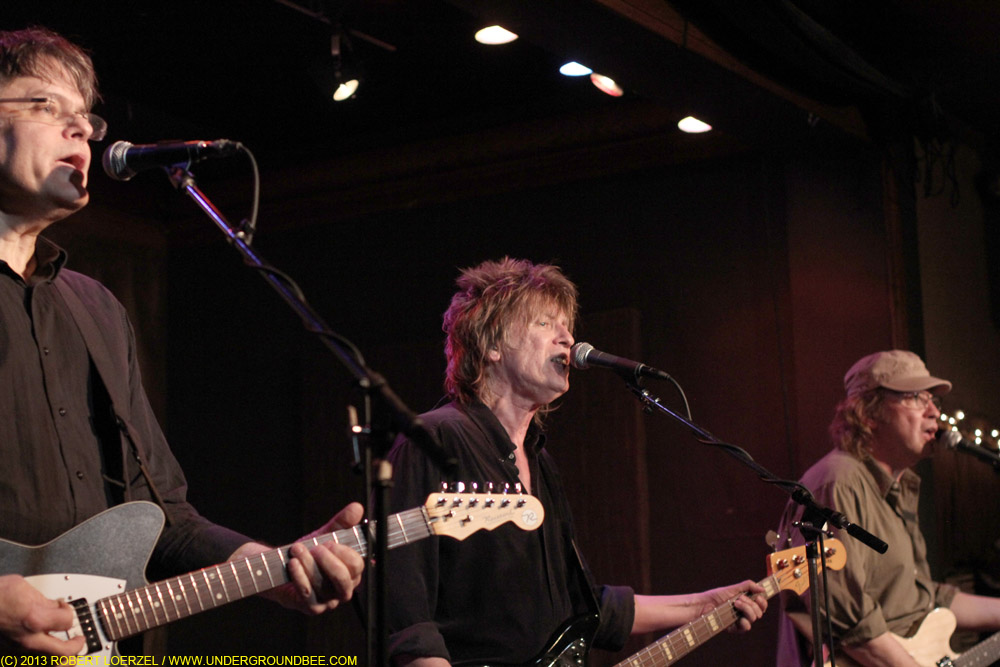

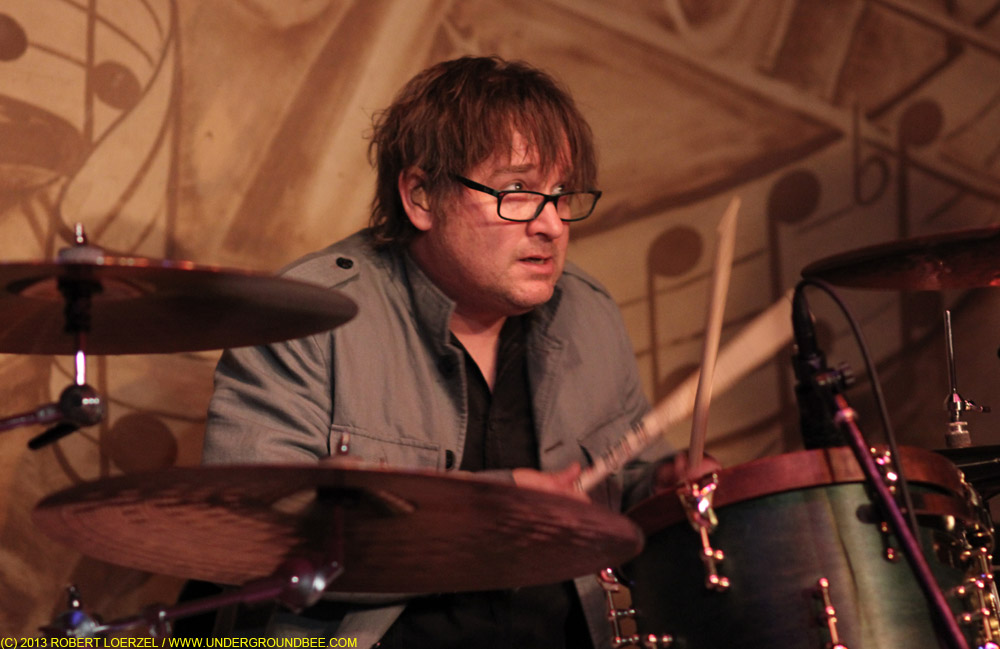

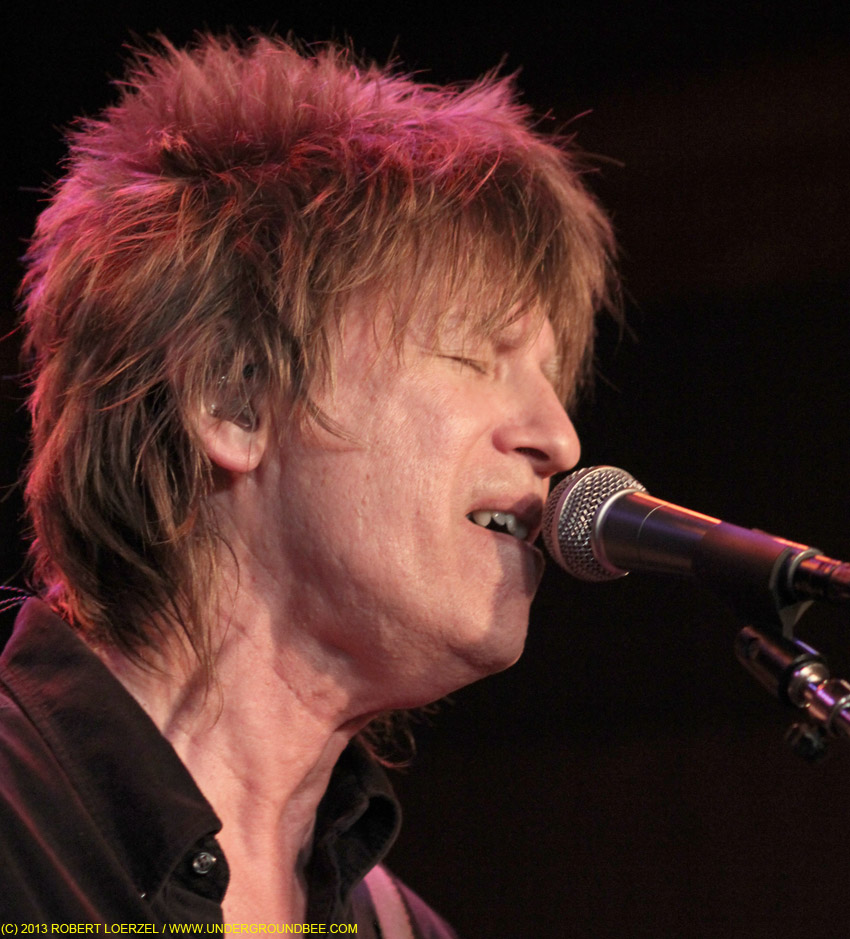
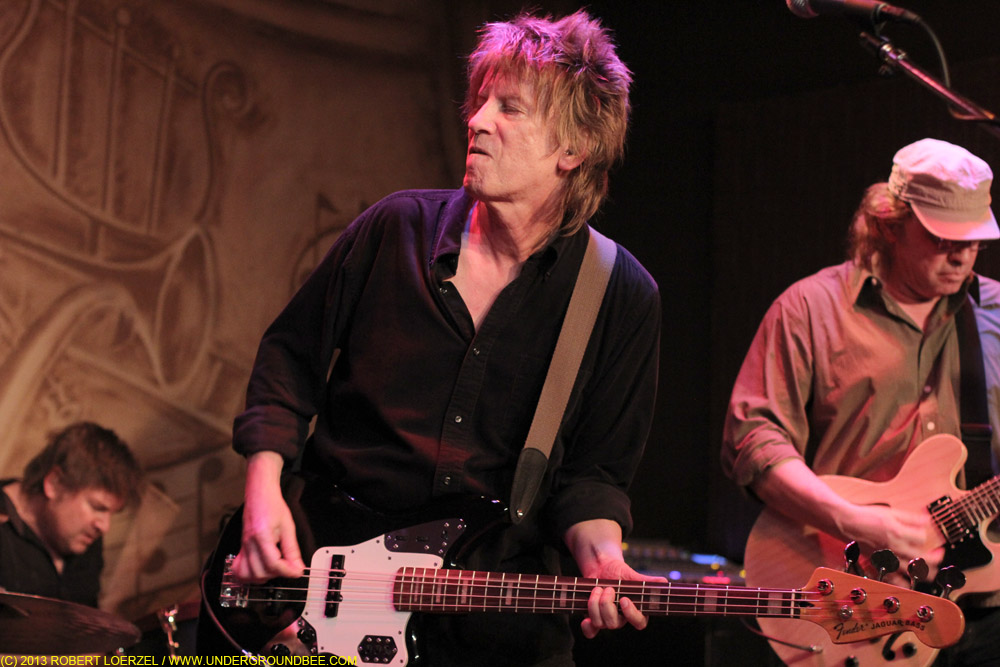

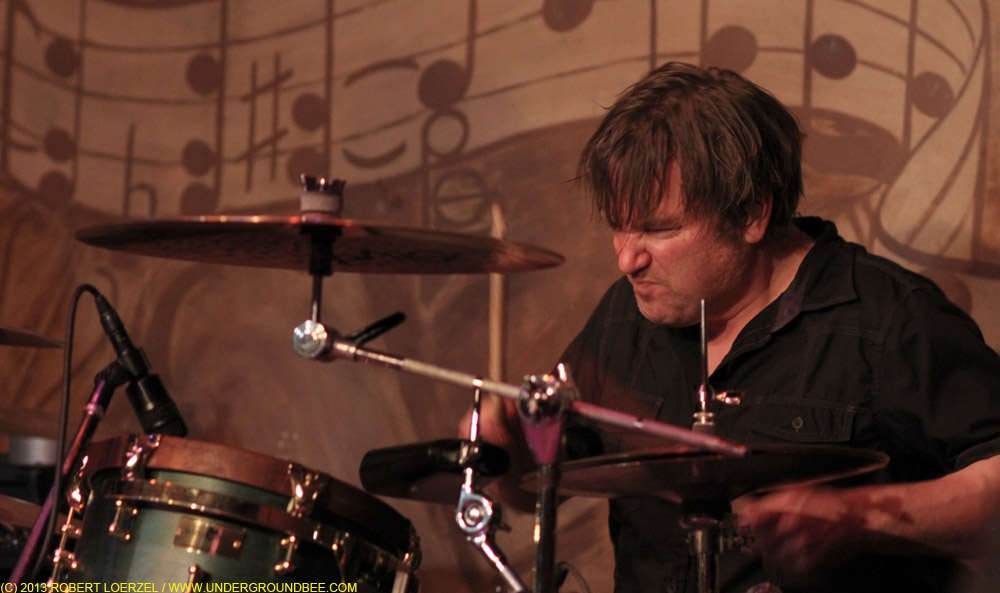
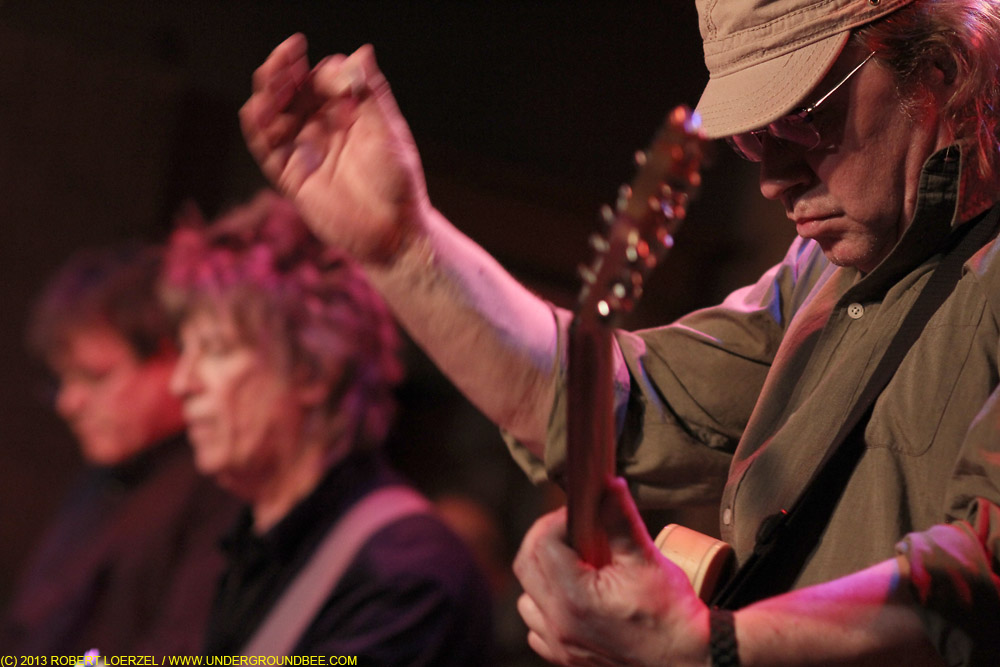
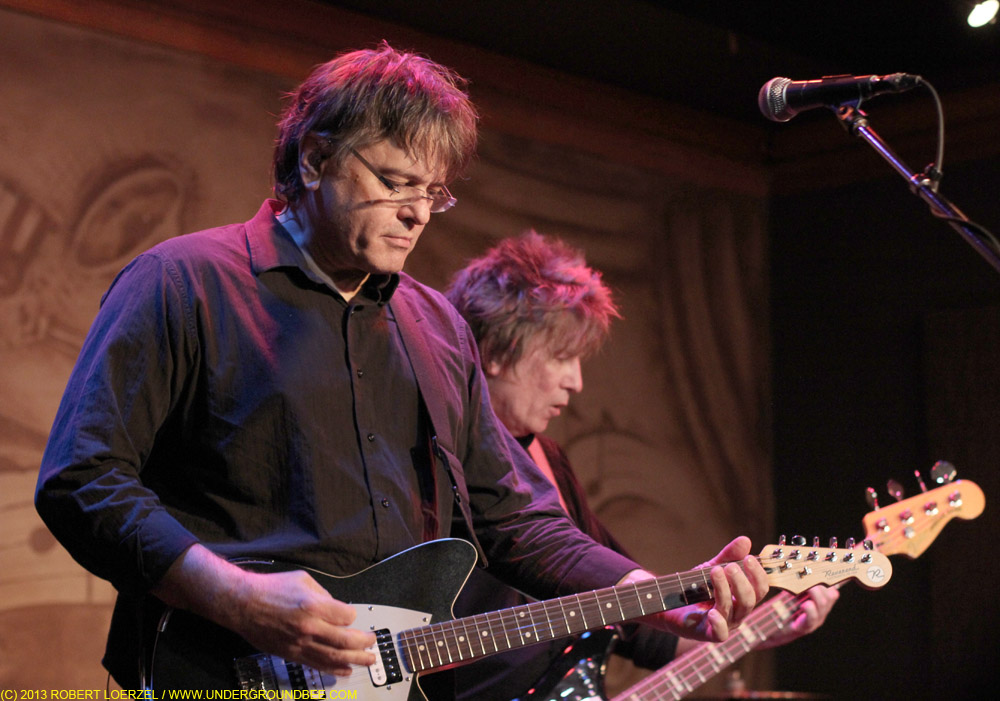
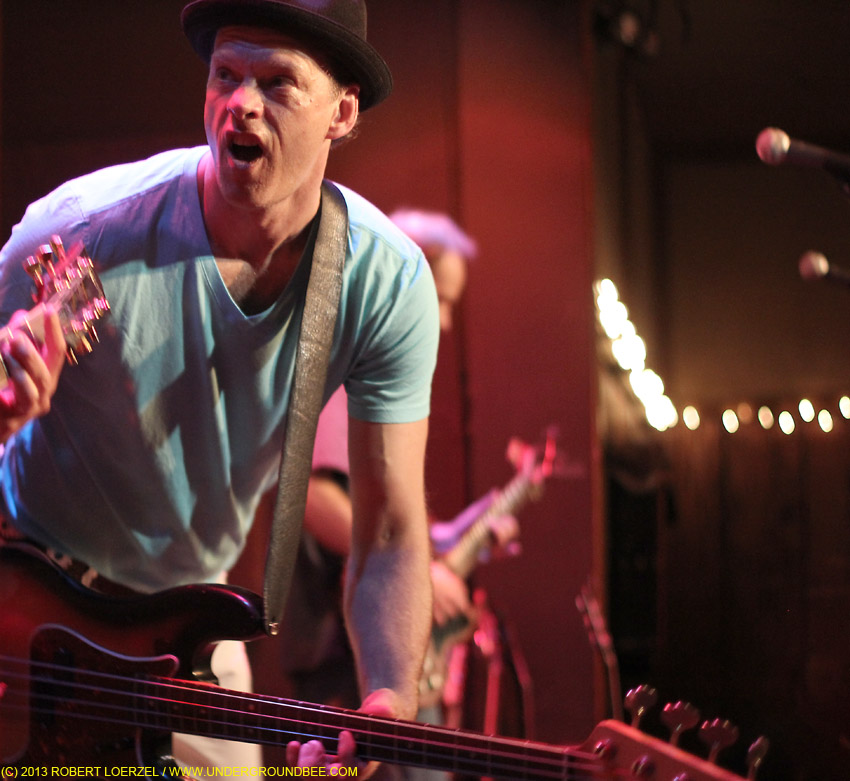
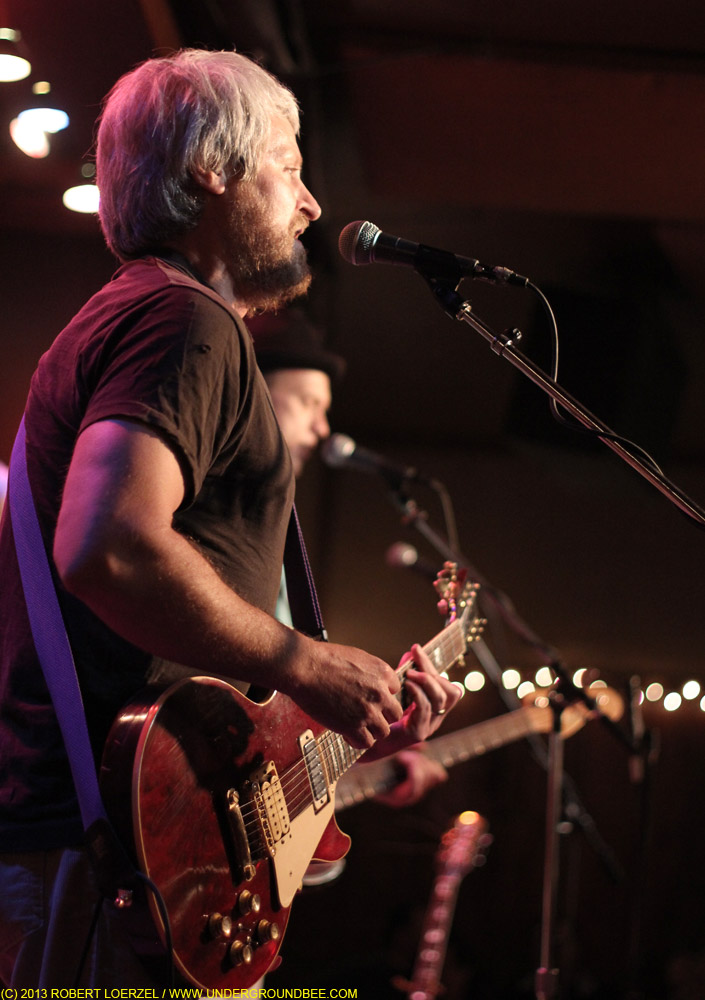
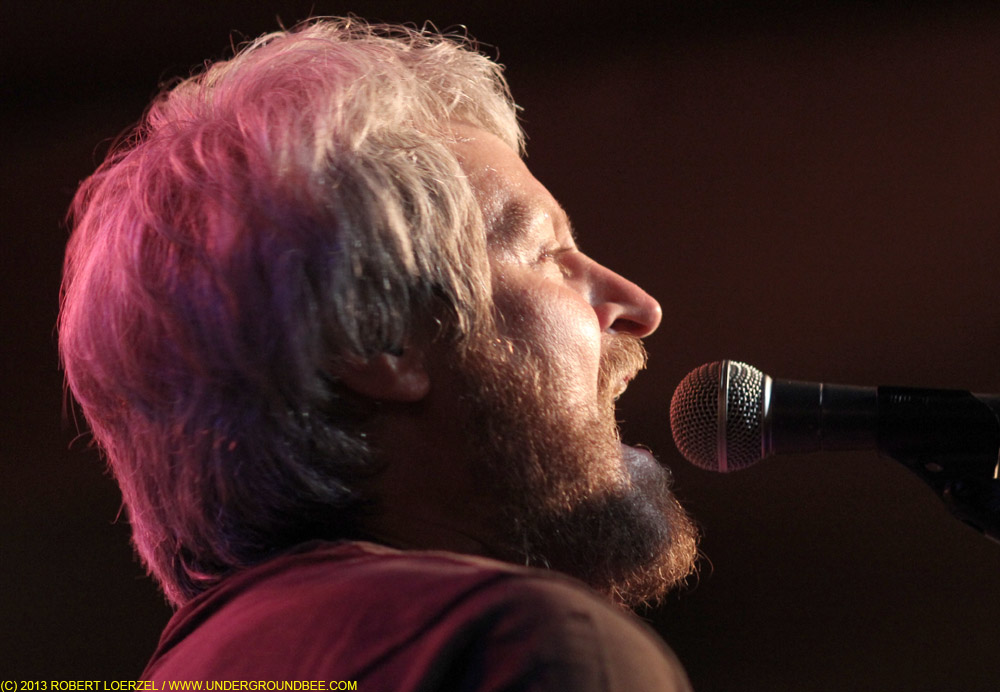
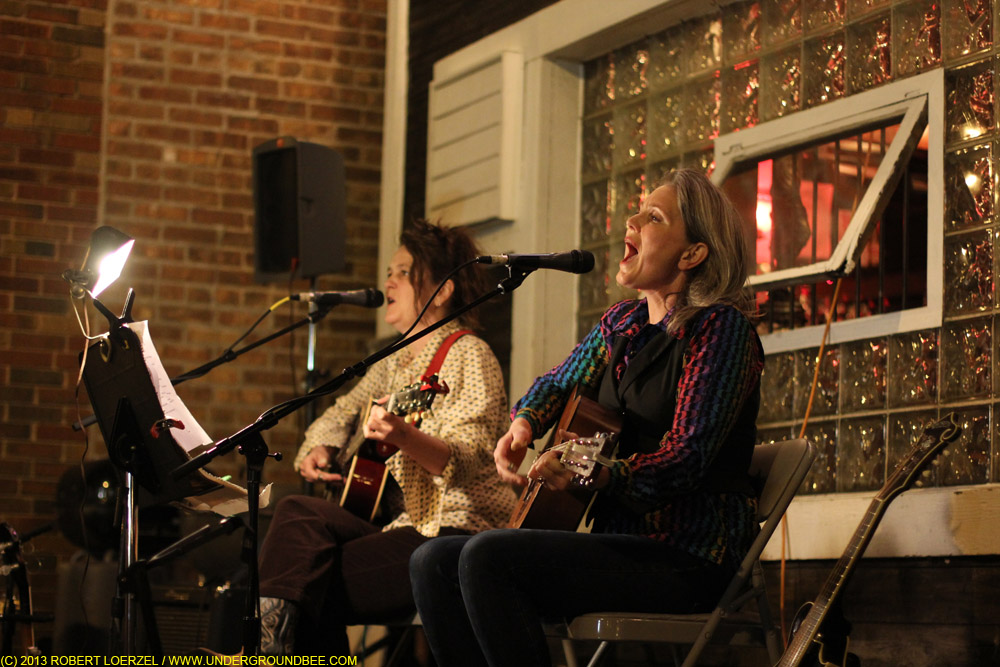
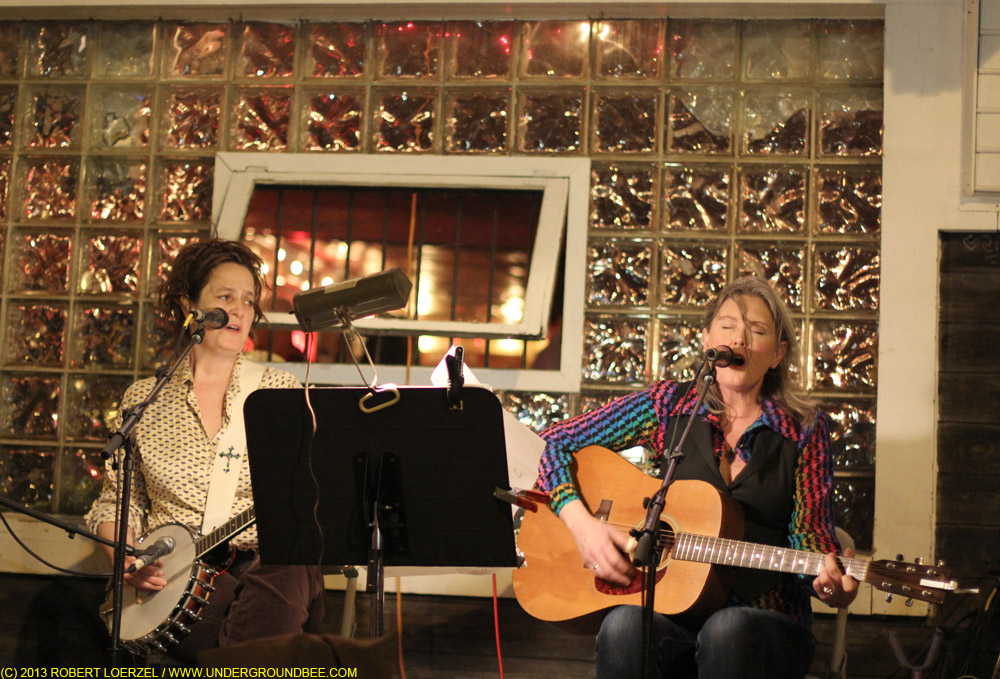
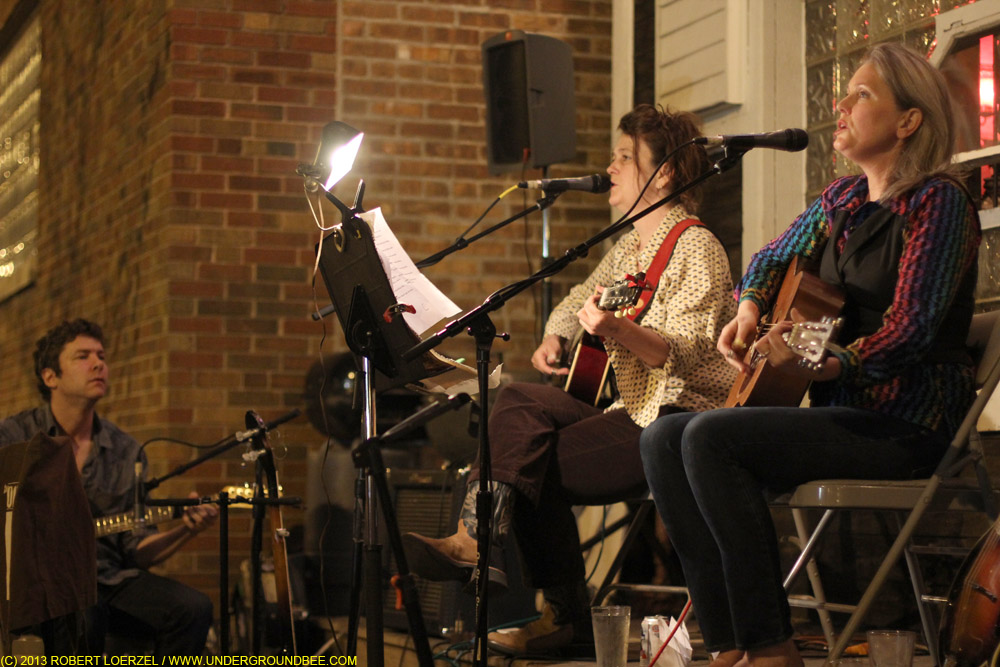
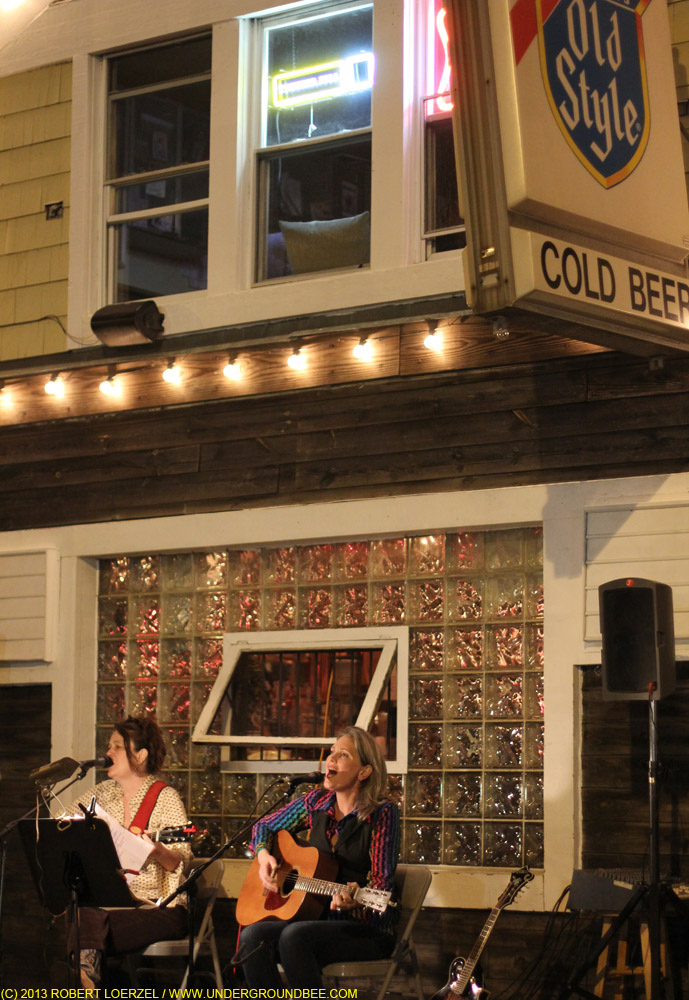
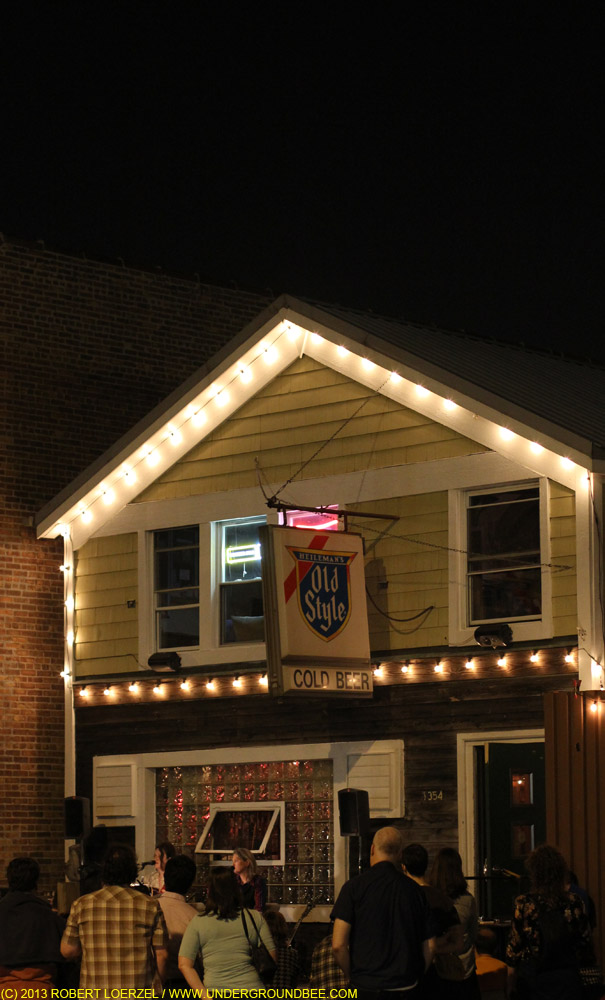

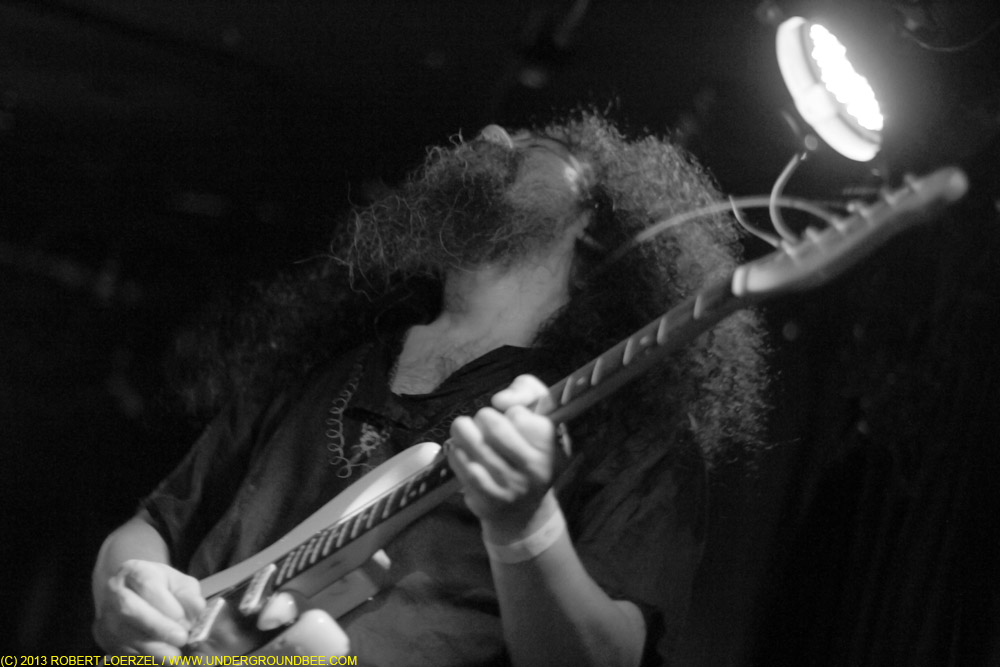
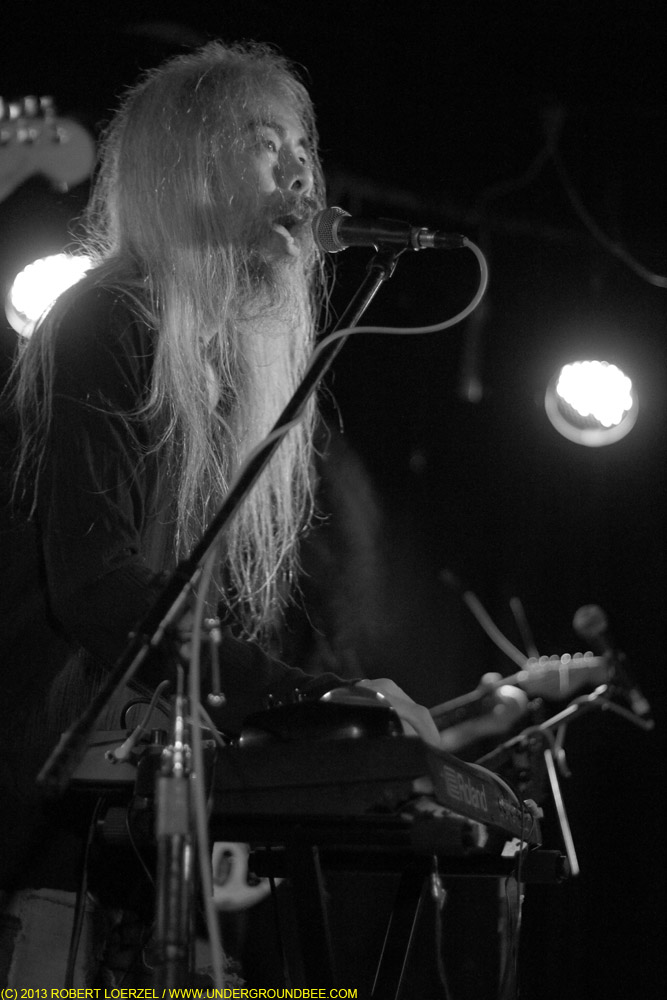

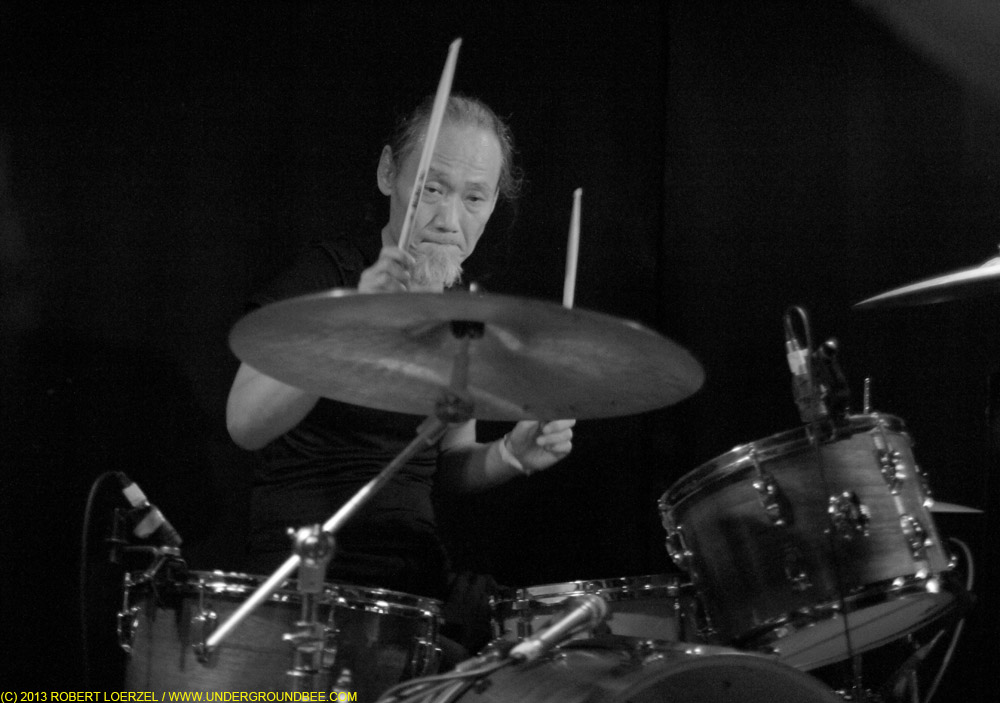
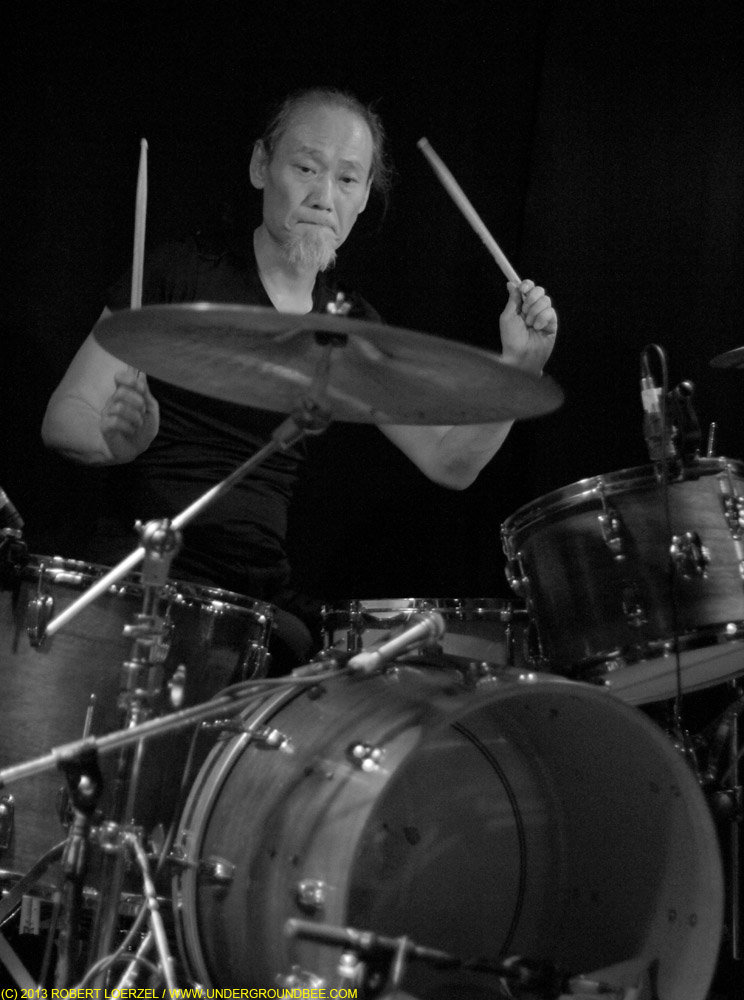


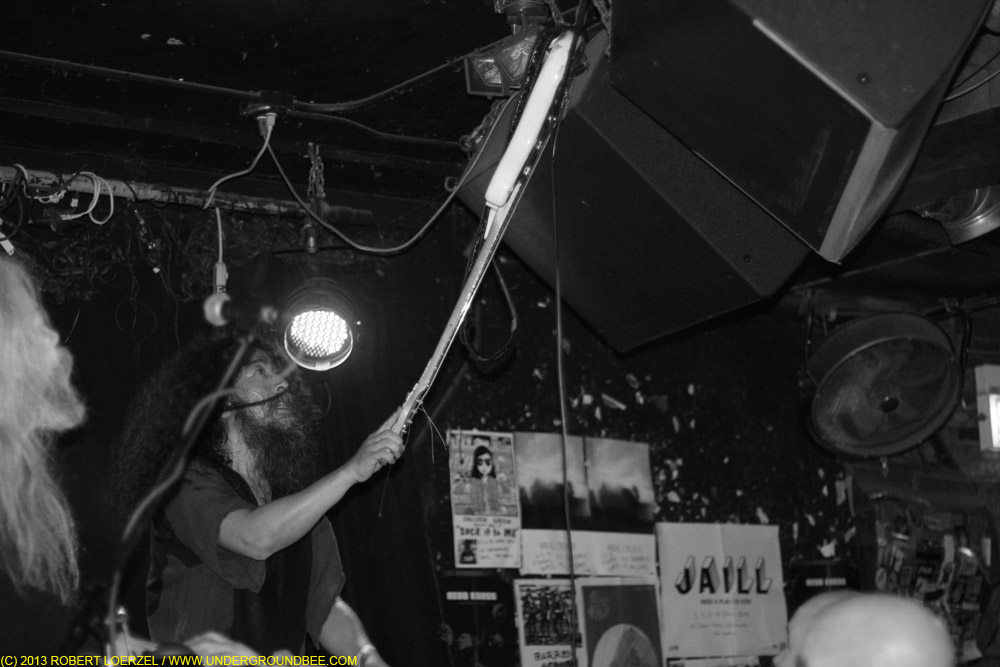
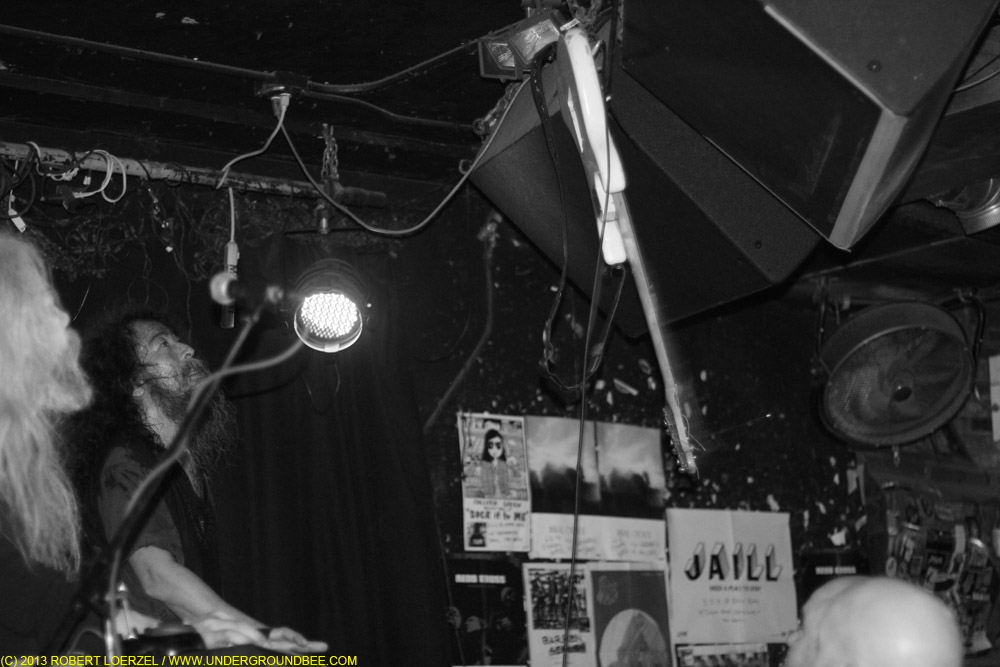
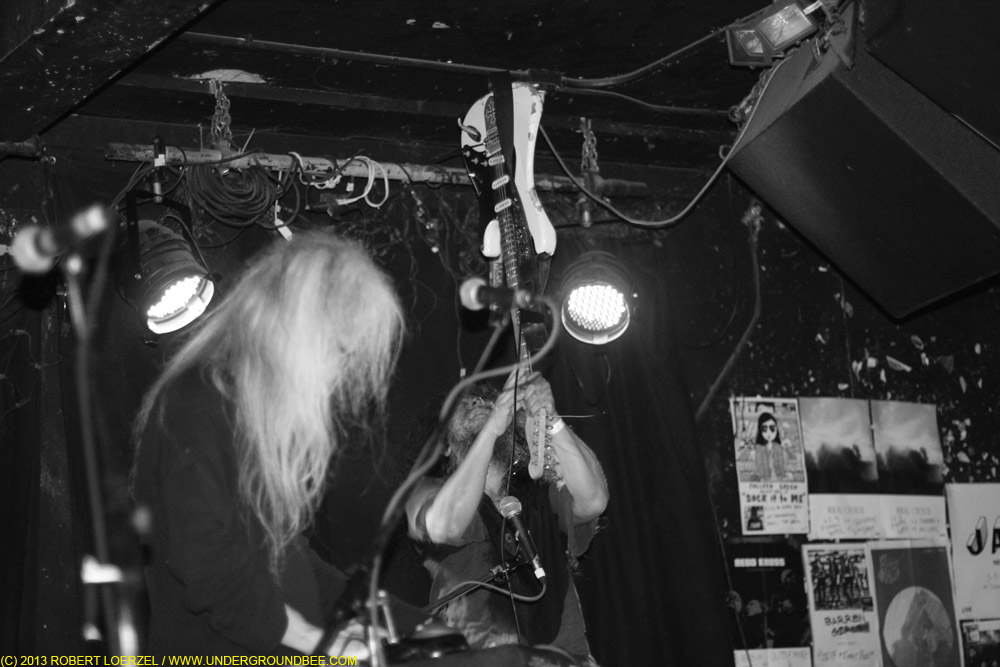

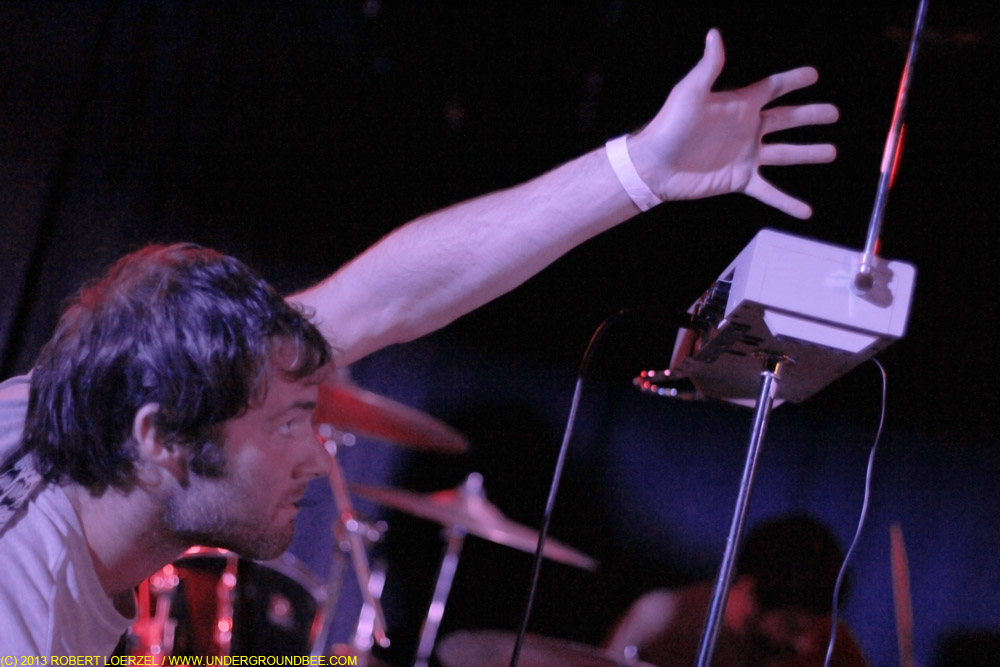

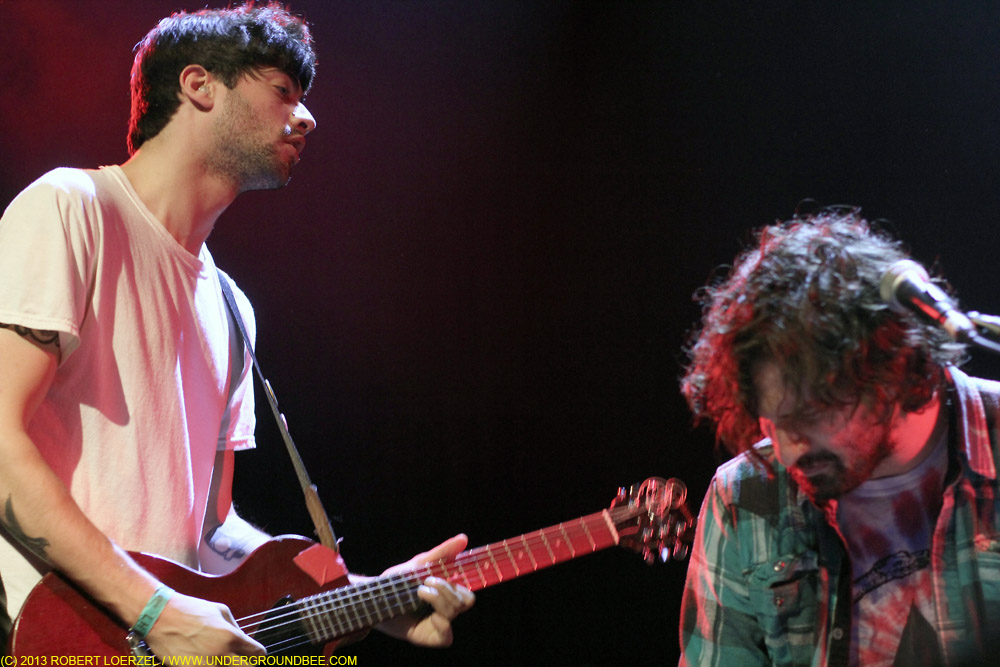


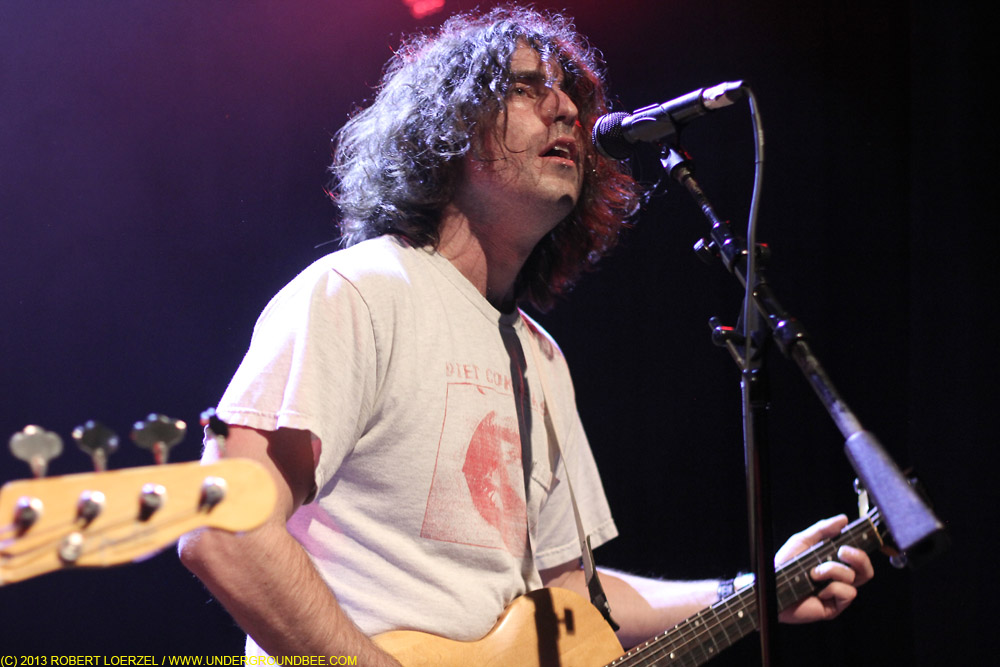
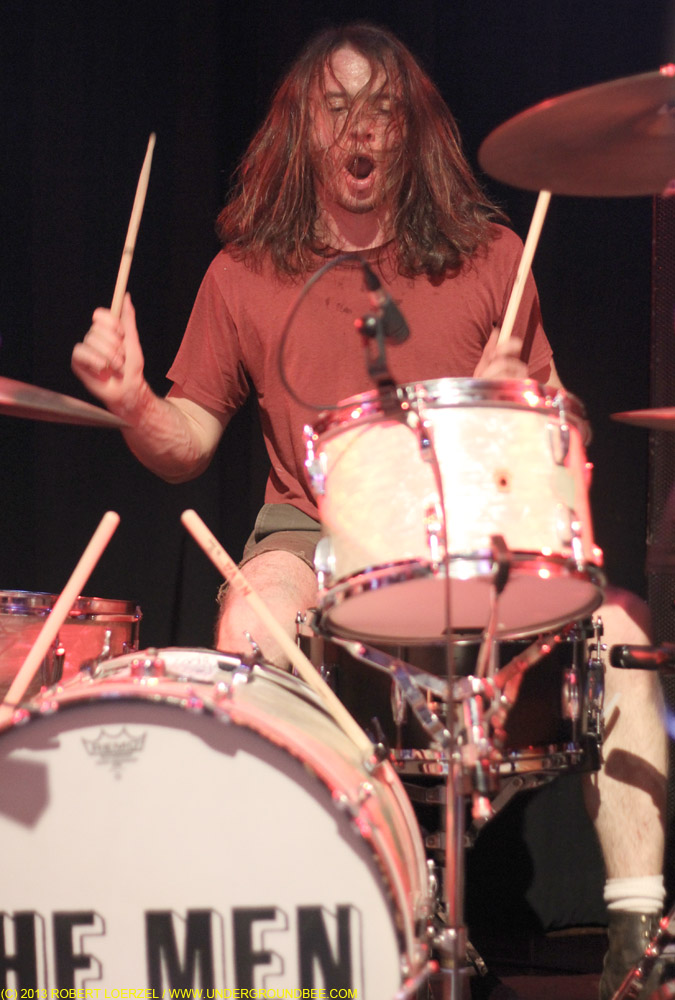

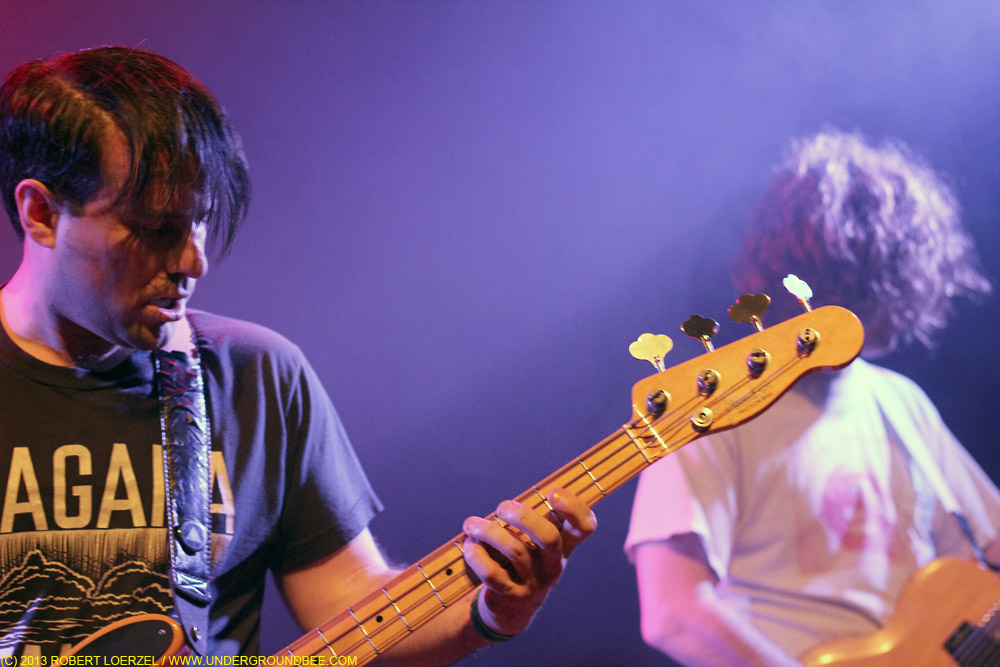

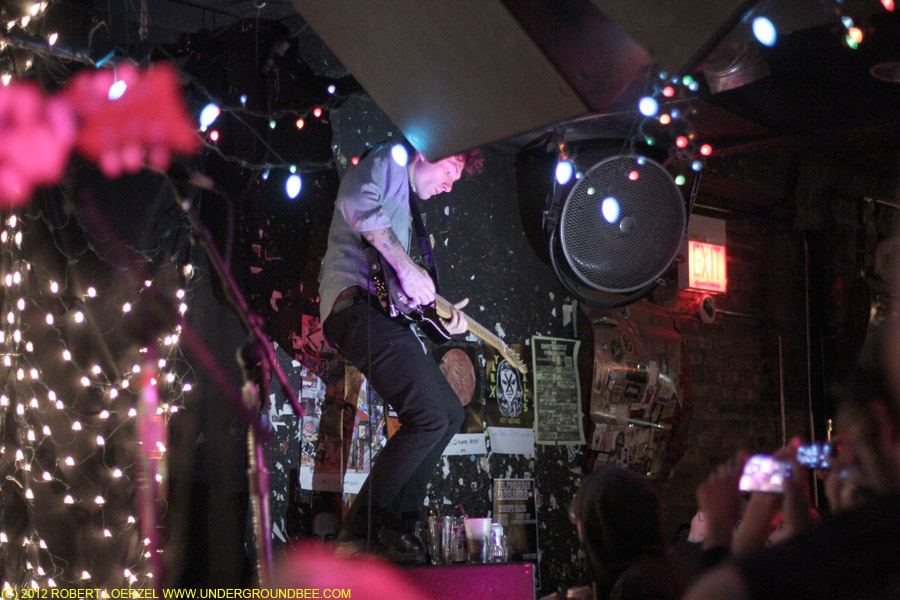
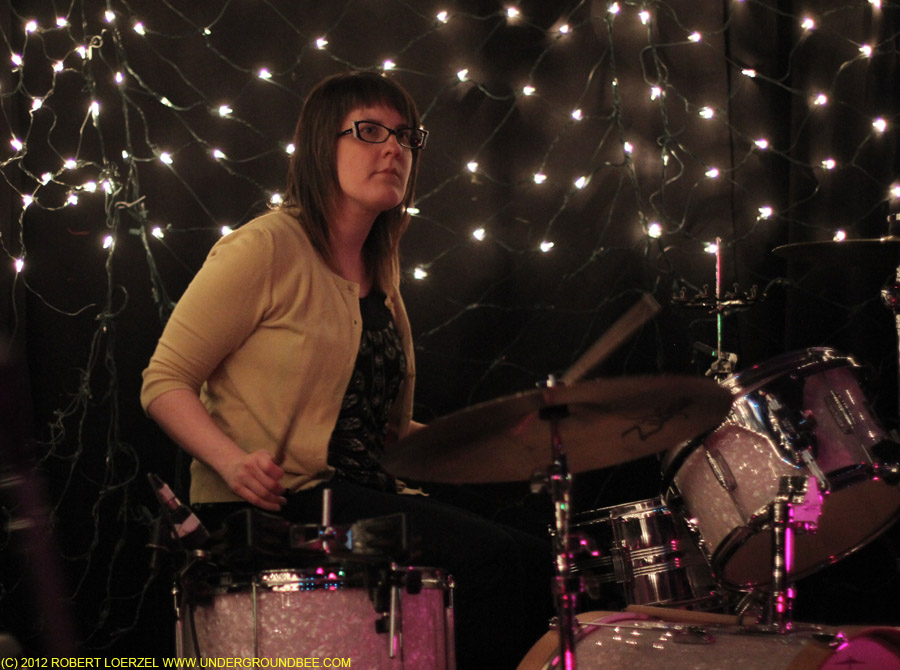
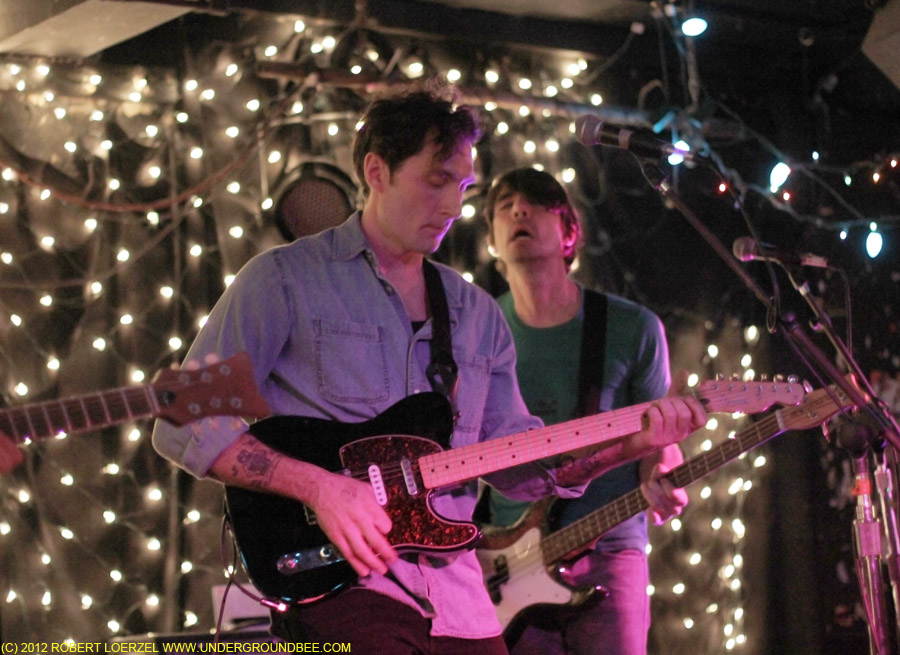
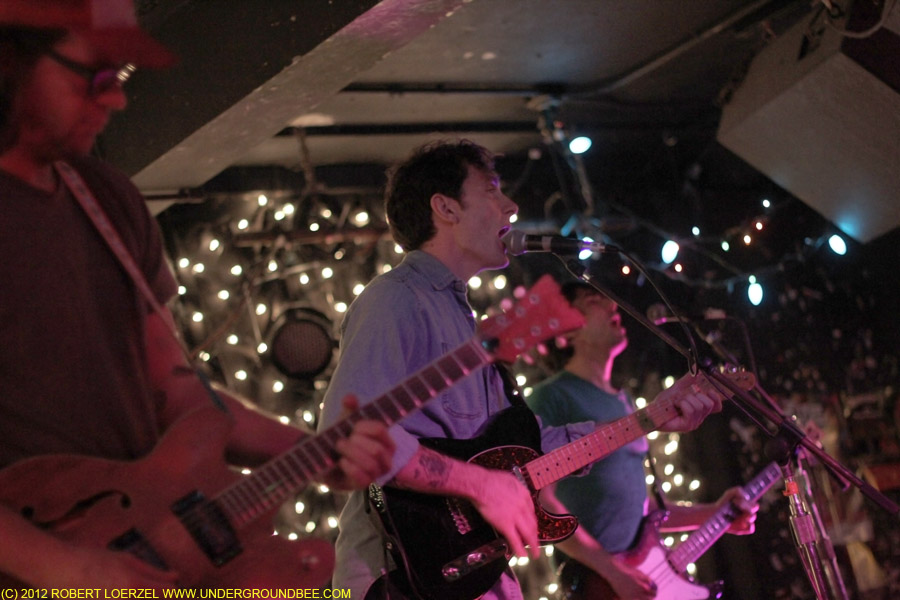

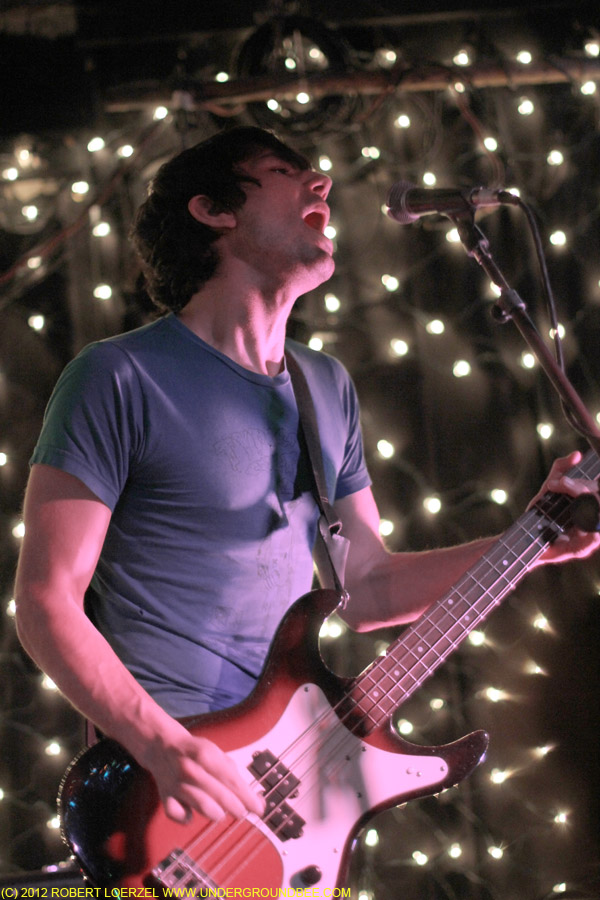
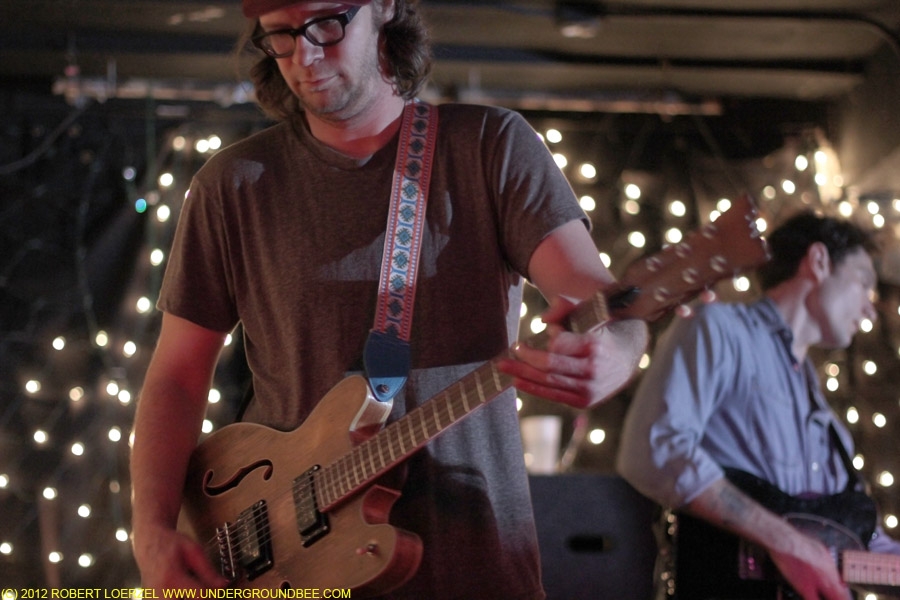
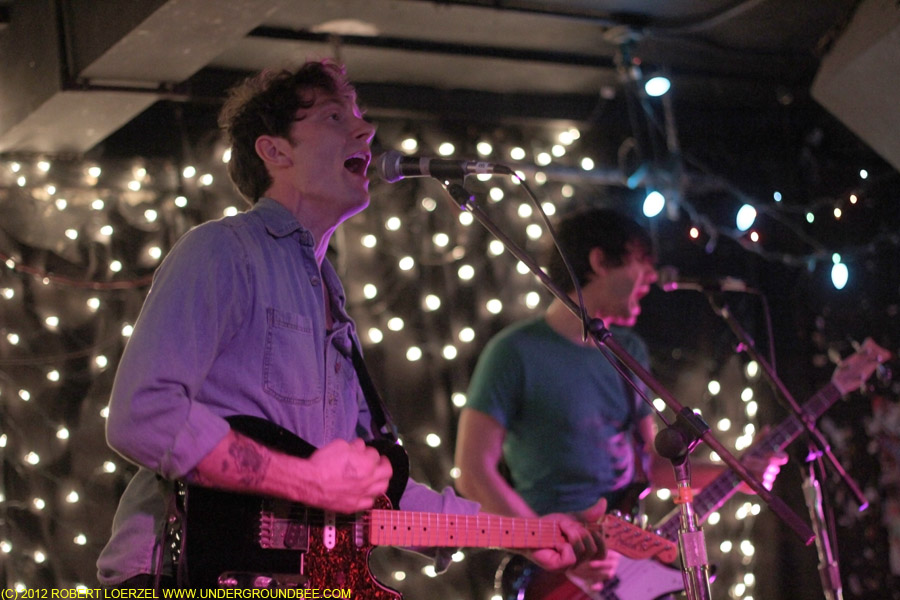
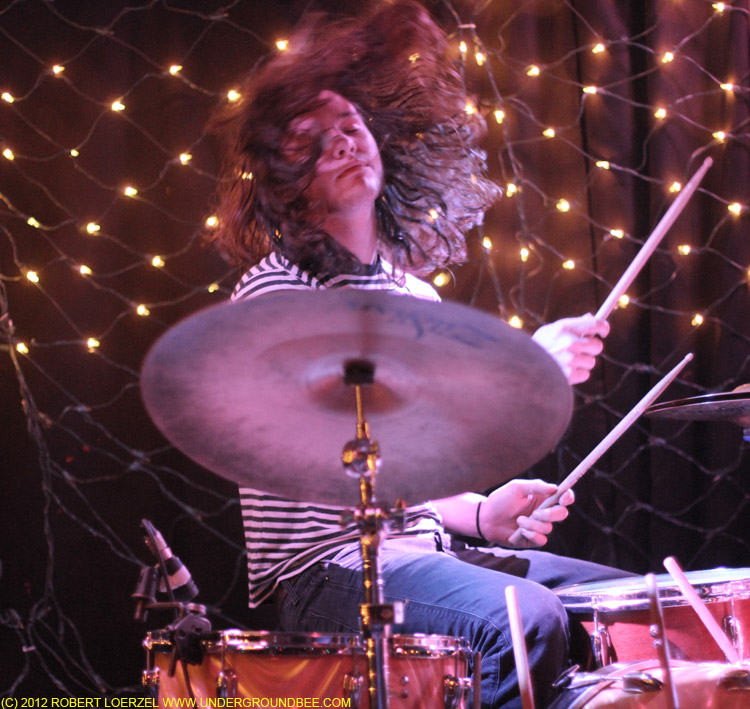


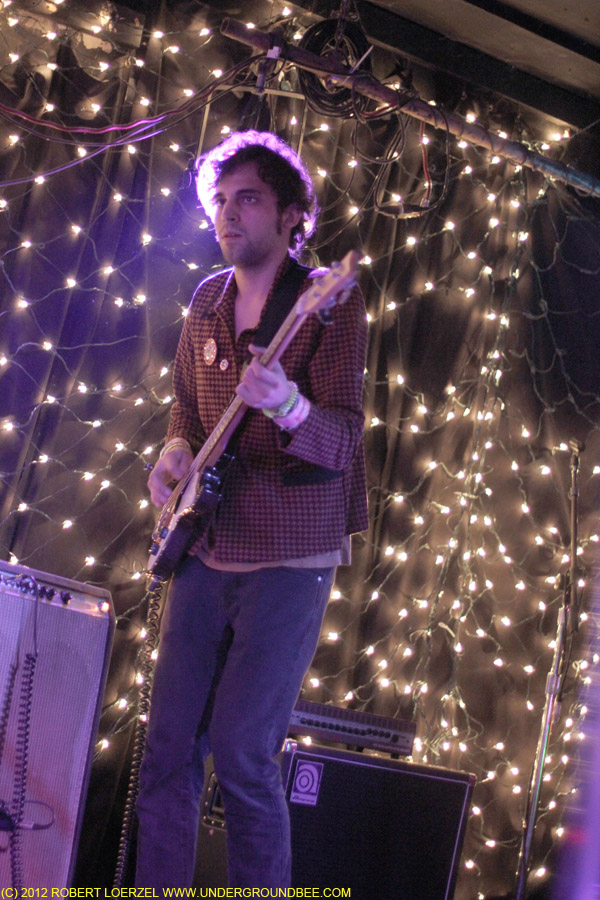
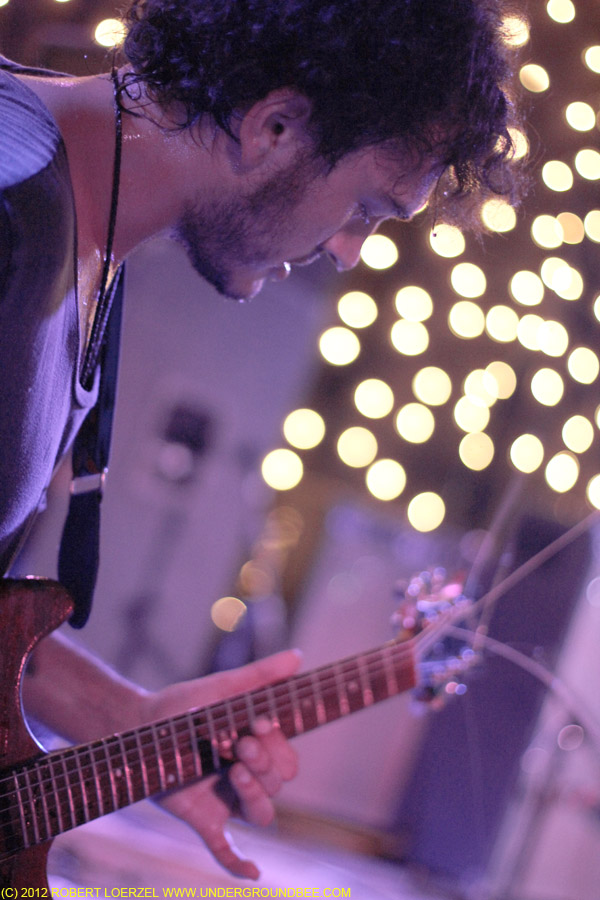
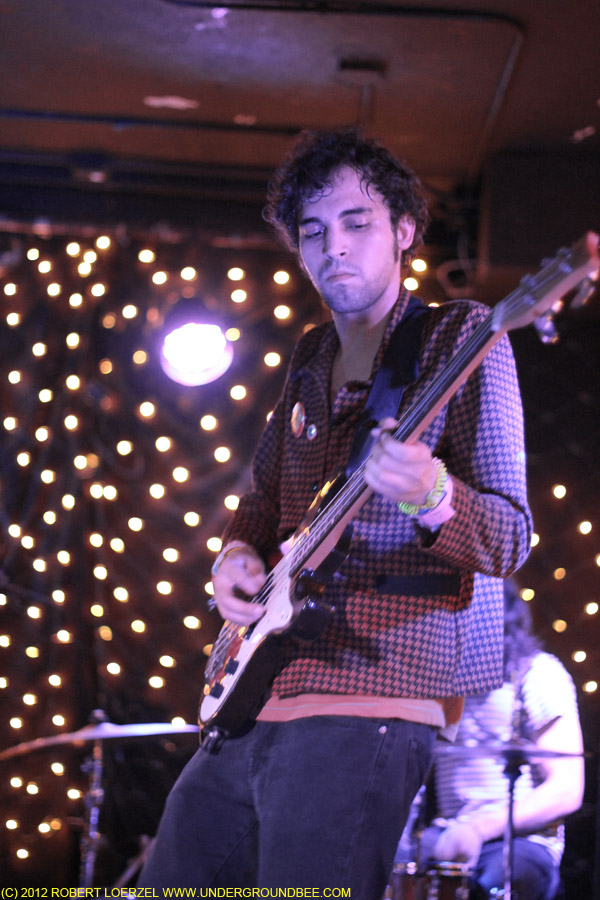
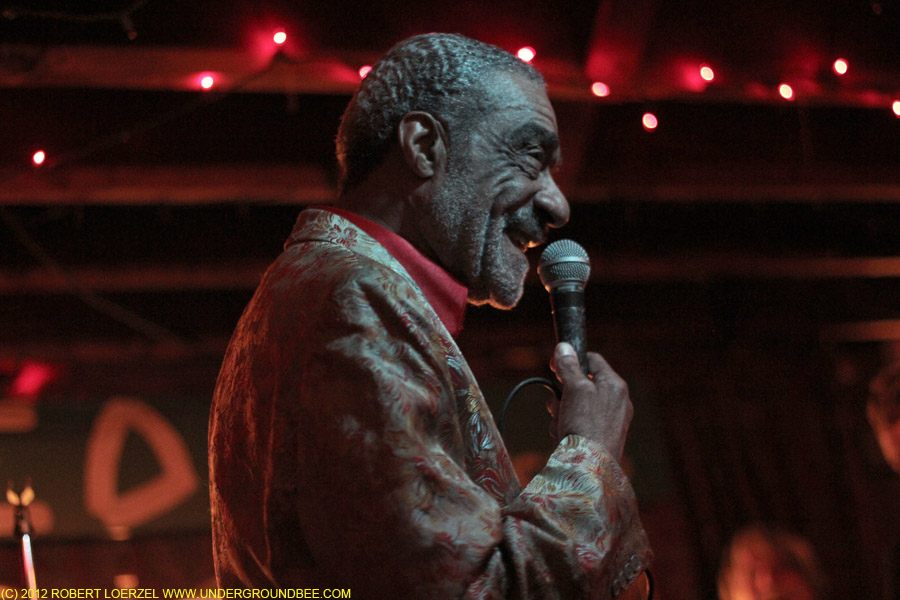
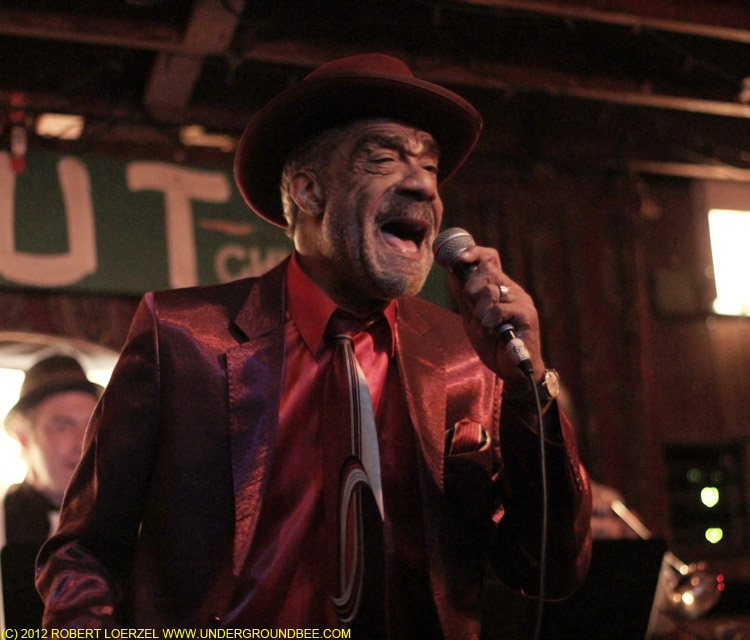

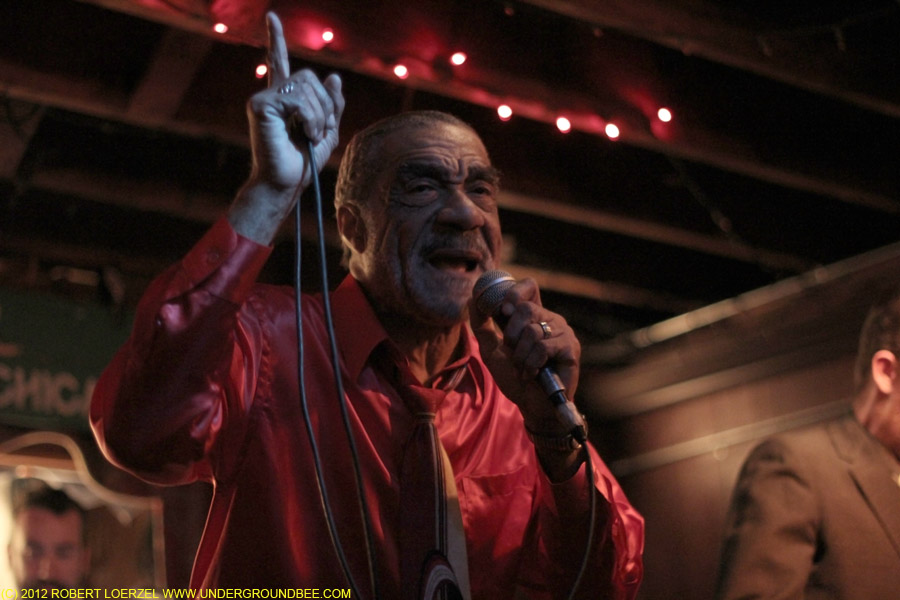
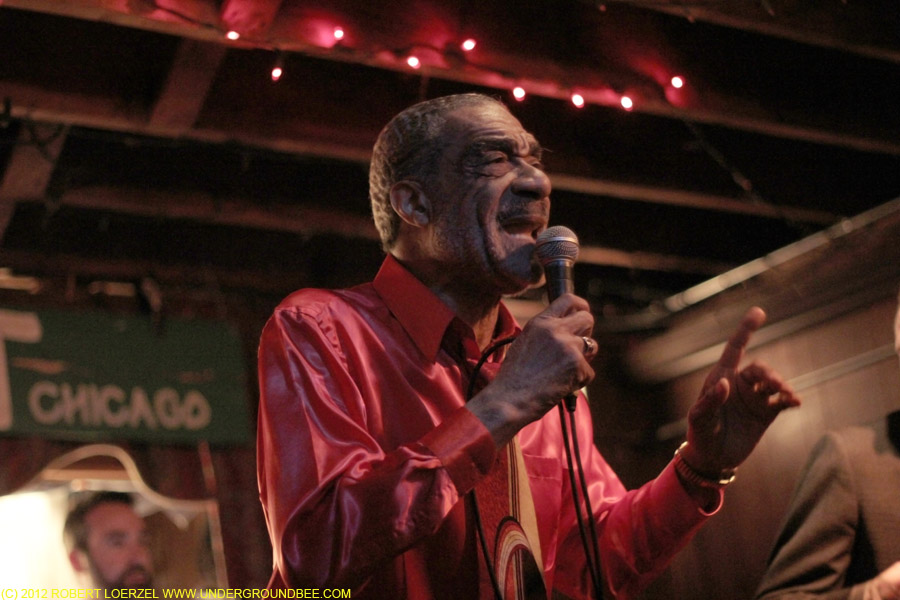

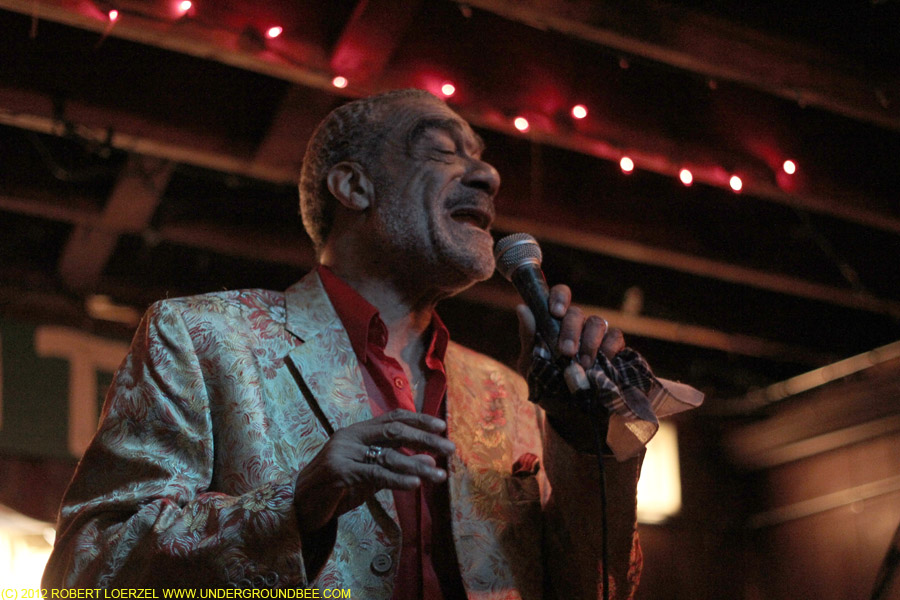
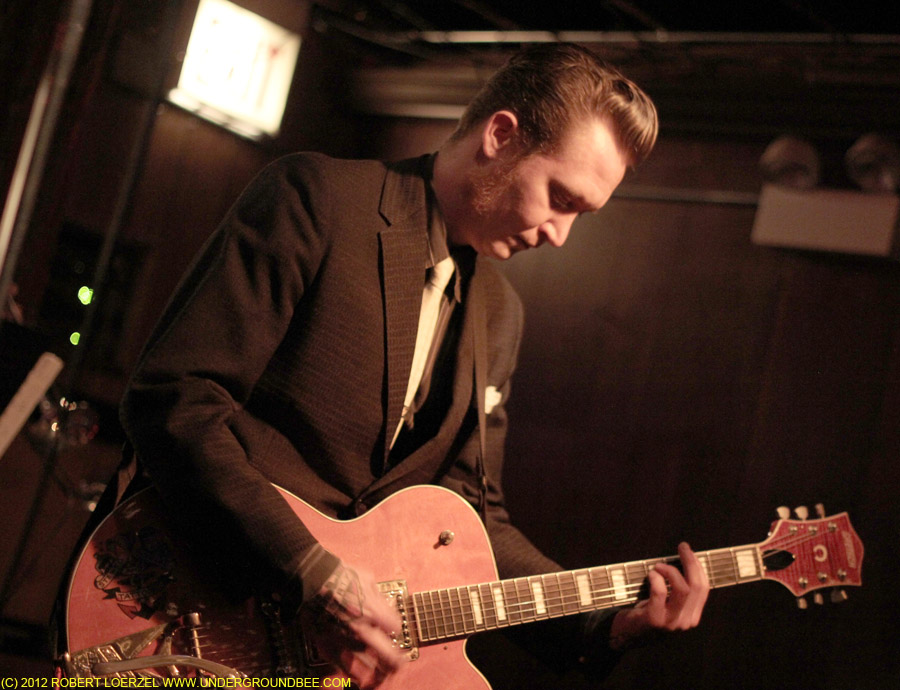
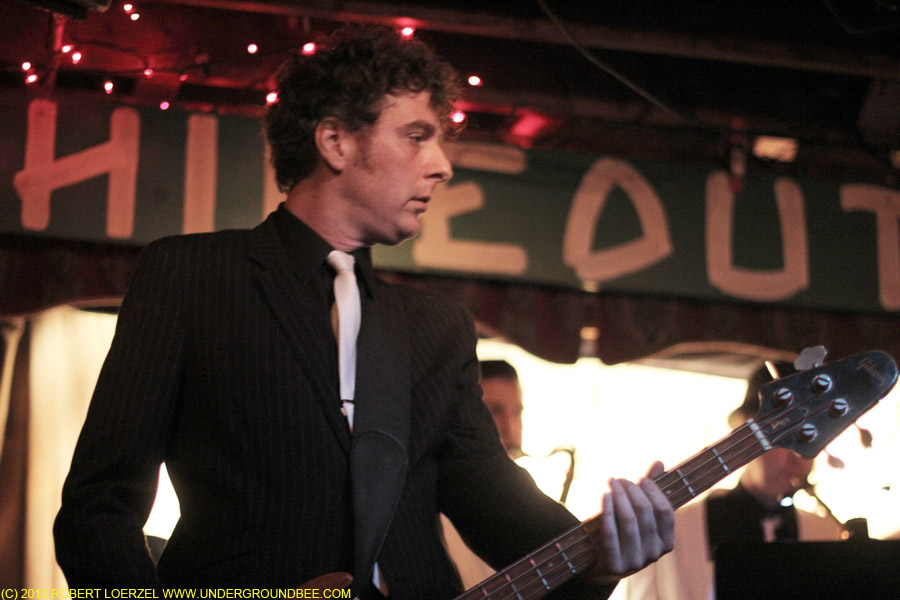


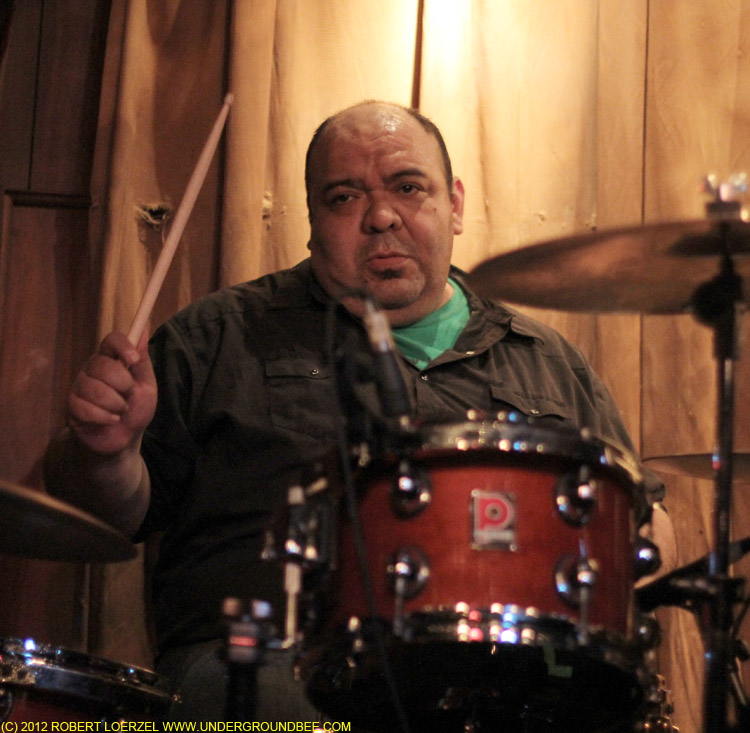
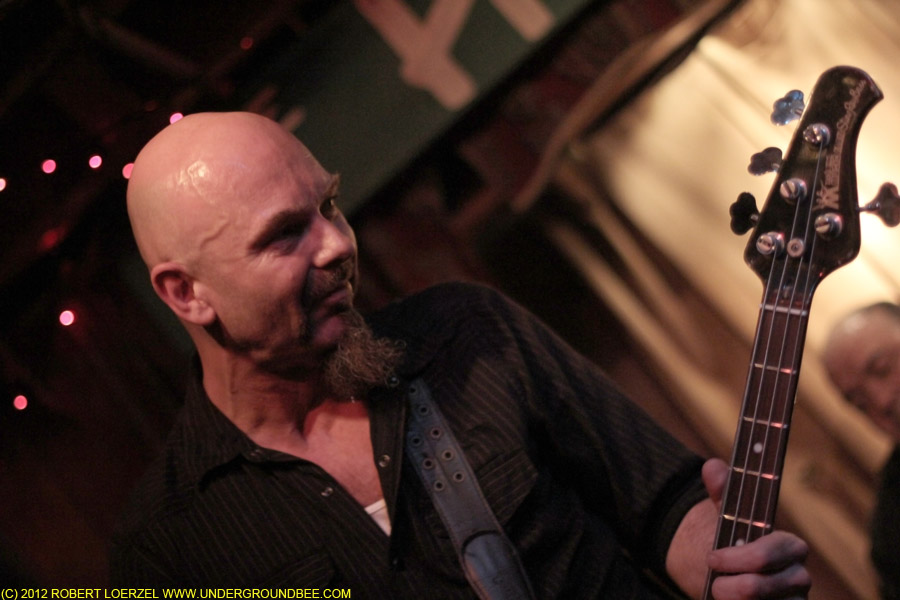
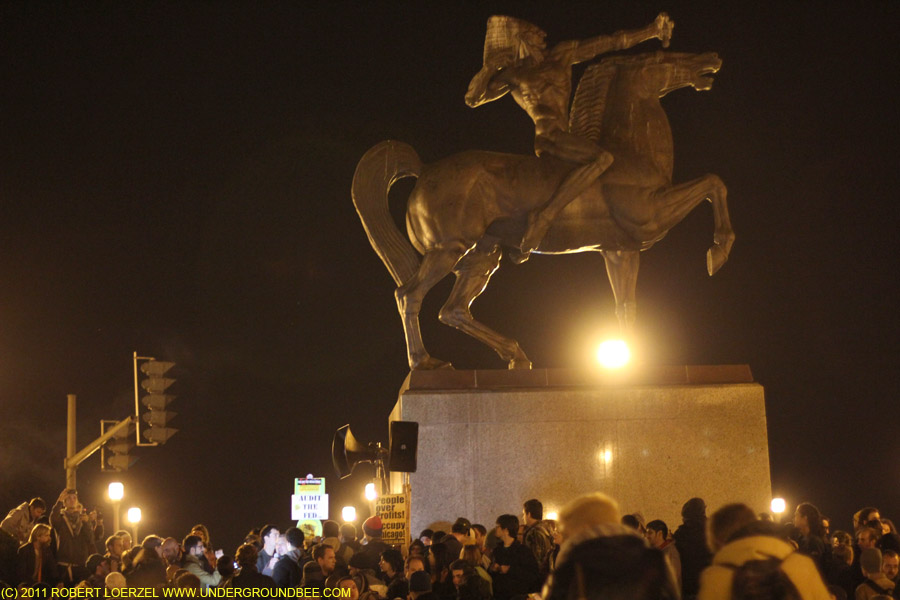
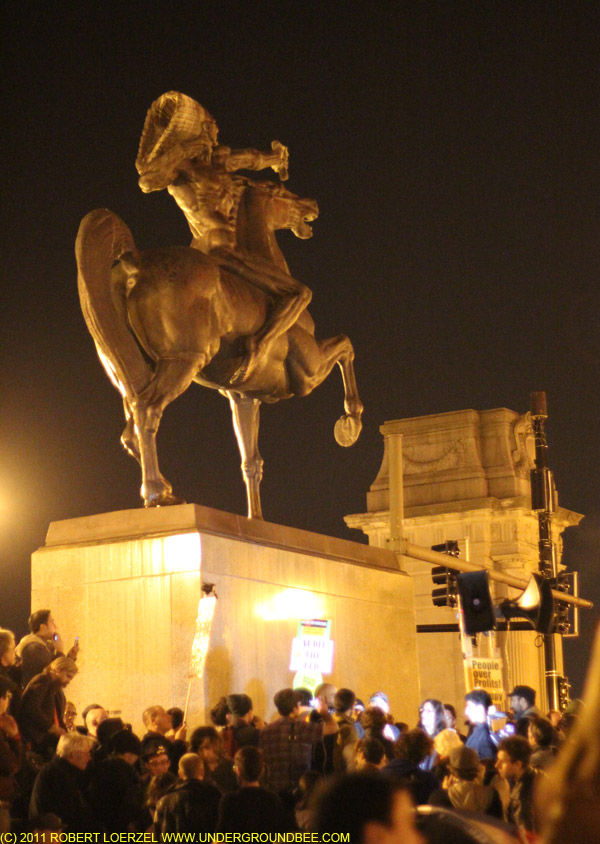
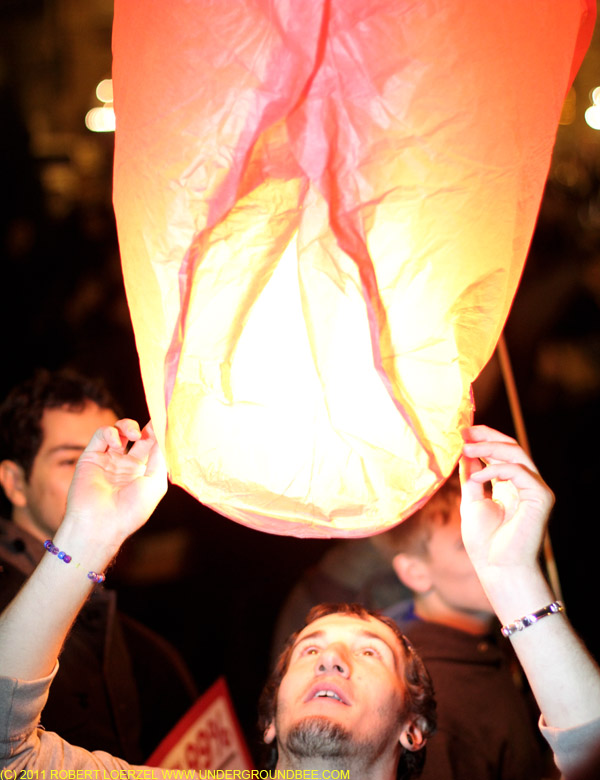
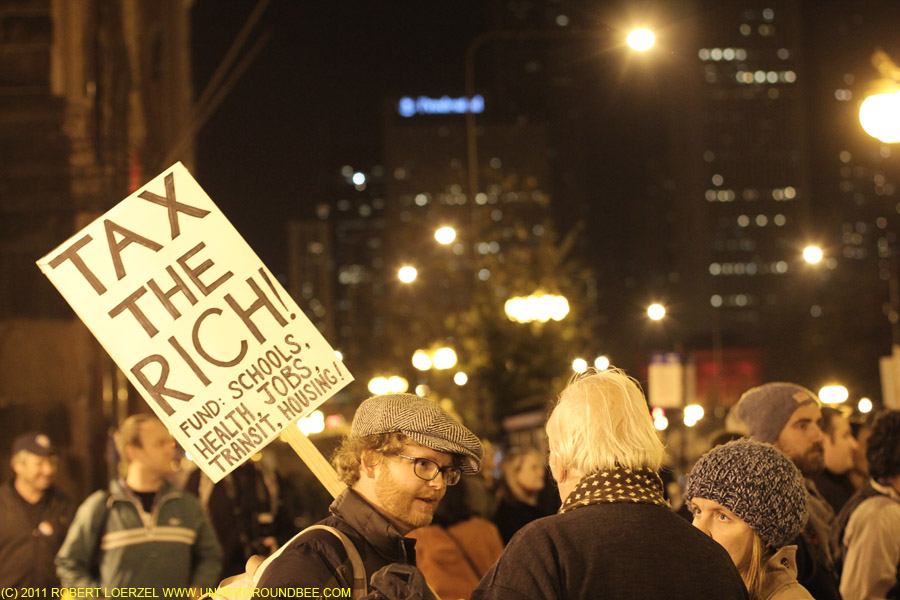
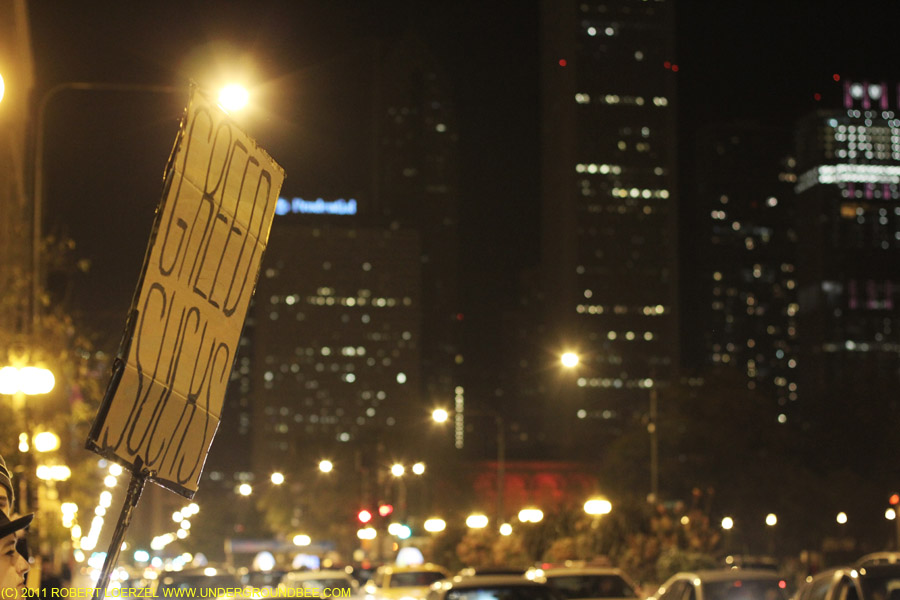





















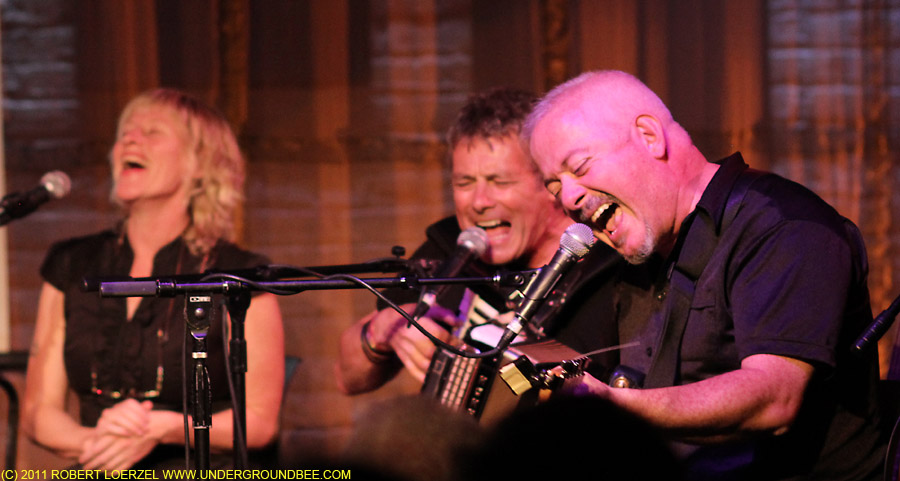
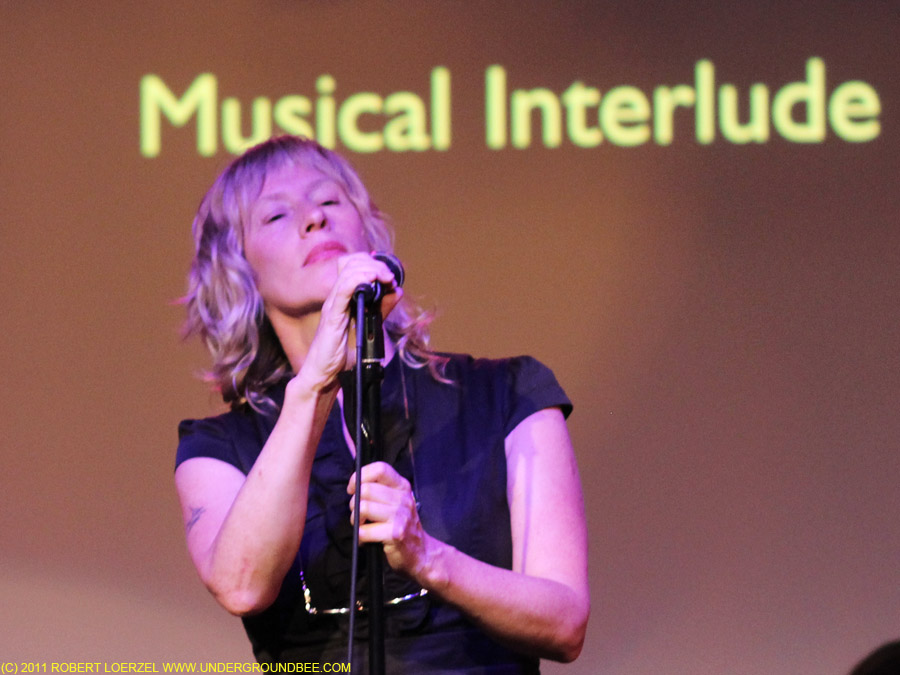
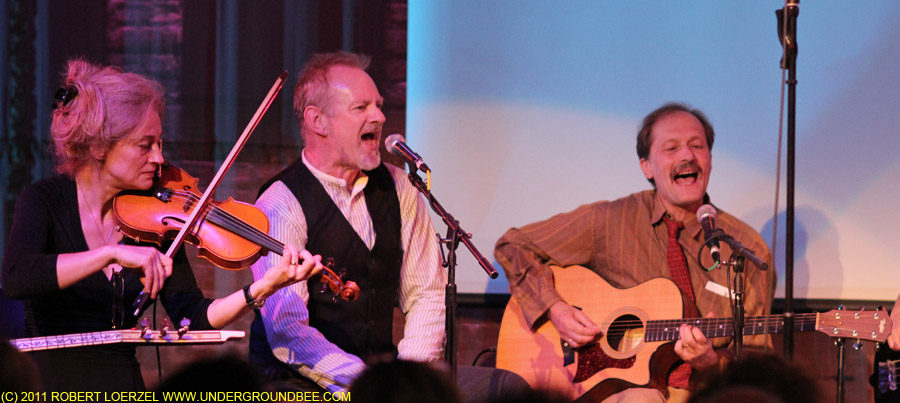
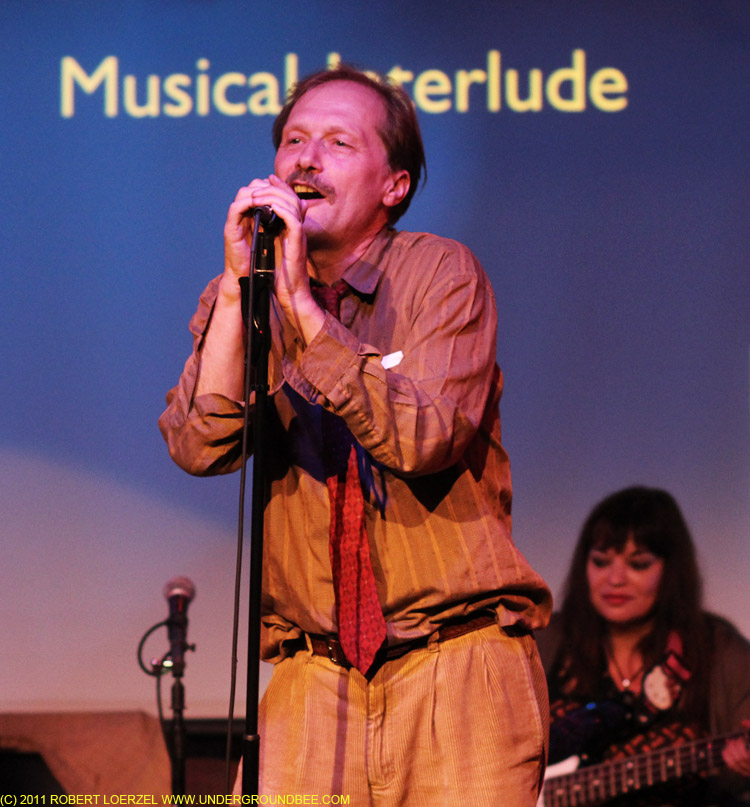
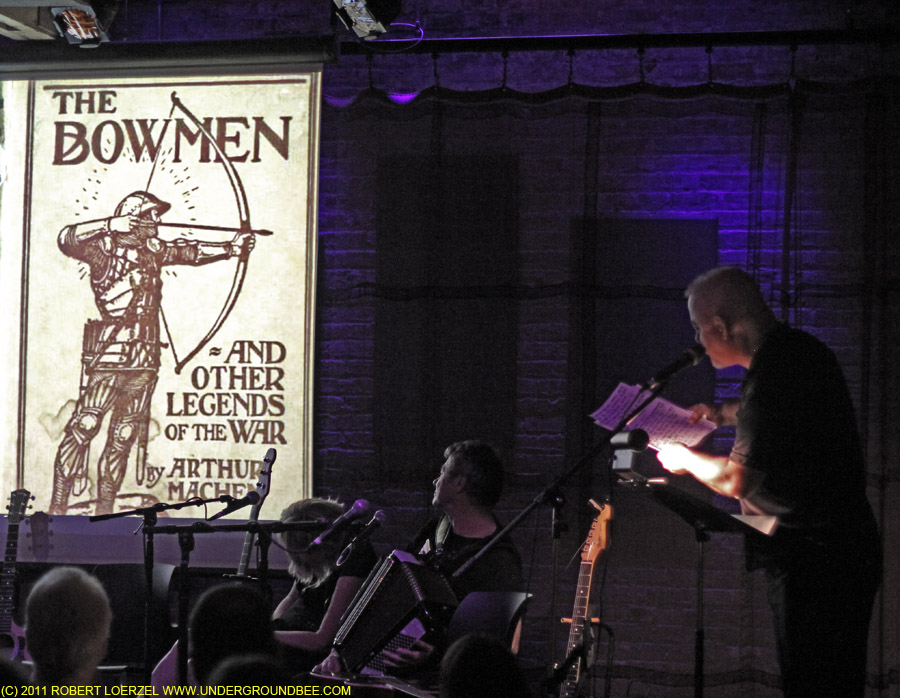



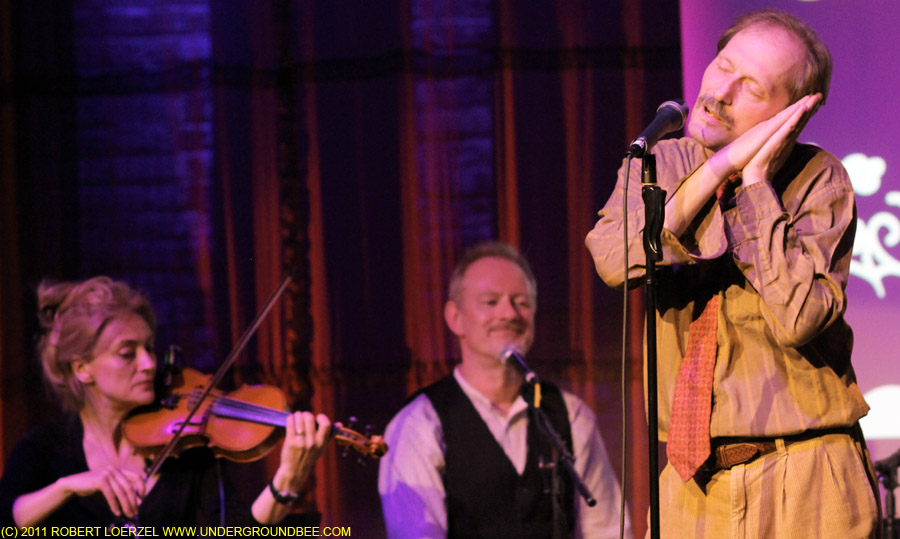
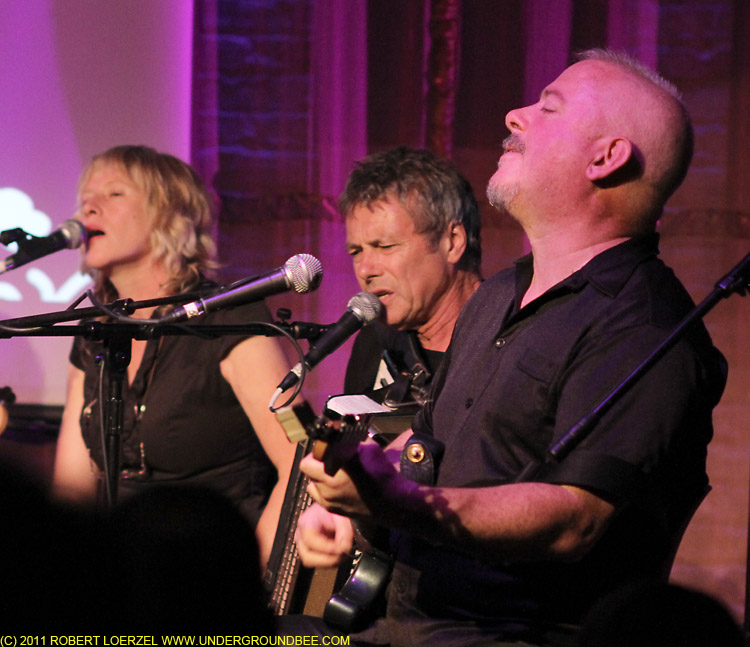
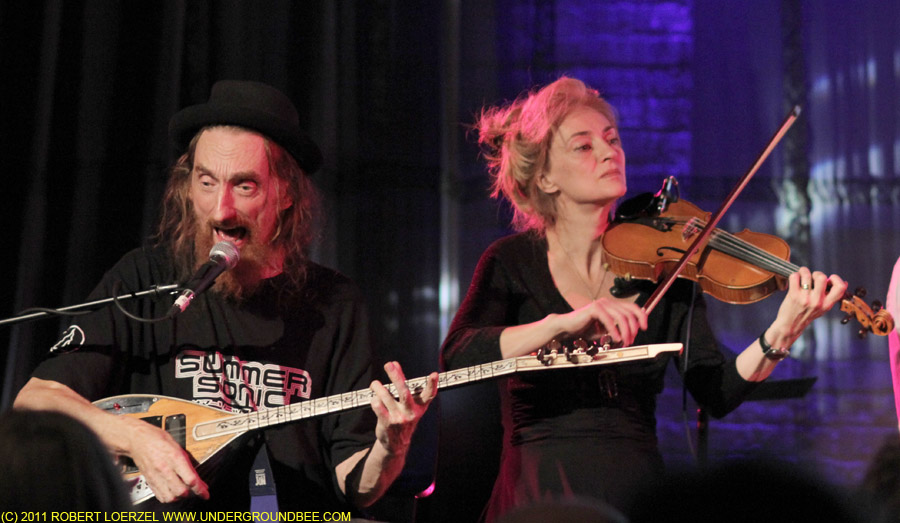
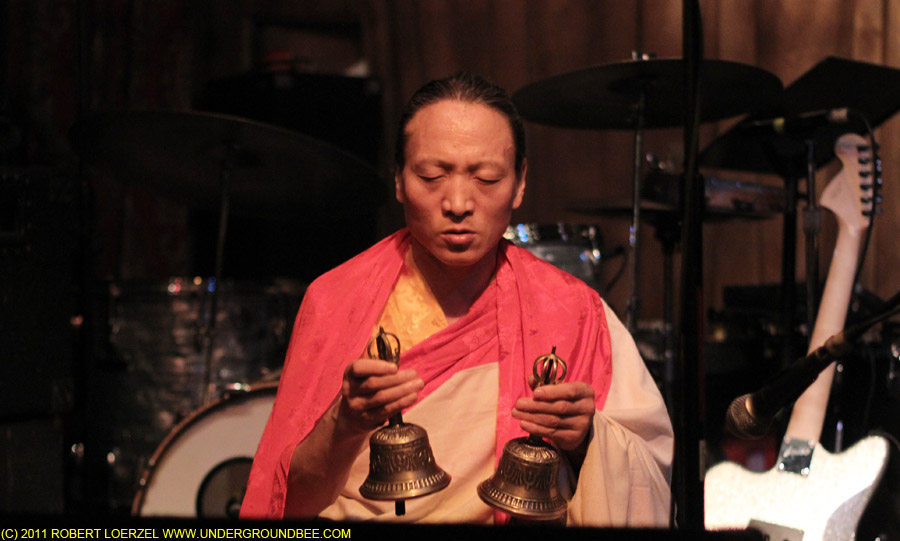



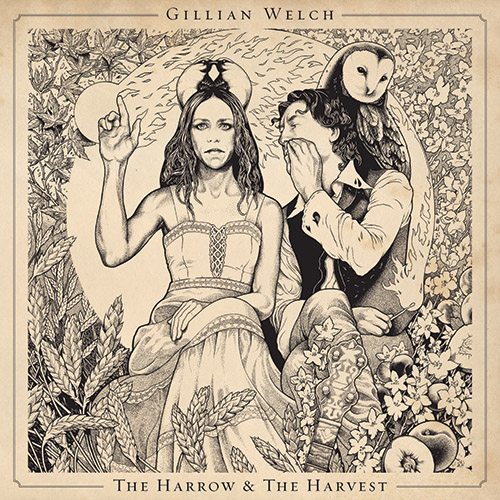 of the great musical mysteries of the past decade has been the lack of new songs by Gillian Welch. Her first four albums left little doubt that she’s one of today’s best songwriters. But eight years have gone by since her last album, 2003’s Soul Journey. She hasn’t been a recluse during that time. She’s continued to perform concerts, and she backed up her longtime partner and musical collaborator, David Rawlings, on his project, the David Rawlings Machine. But it’s been a long time since we’ve heard a new batch of songs by Welch.
of the great musical mysteries of the past decade has been the lack of new songs by Gillian Welch. Her first four albums left little doubt that she’s one of today’s best songwriters. But eight years have gone by since her last album, 2003’s Soul Journey. She hasn’t been a recluse during that time. She’s continued to perform concerts, and she backed up her longtime partner and musical collaborator, David Rawlings, on his project, the David Rawlings Machine. But it’s been a long time since we’ve heard a new batch of songs by Welch.












